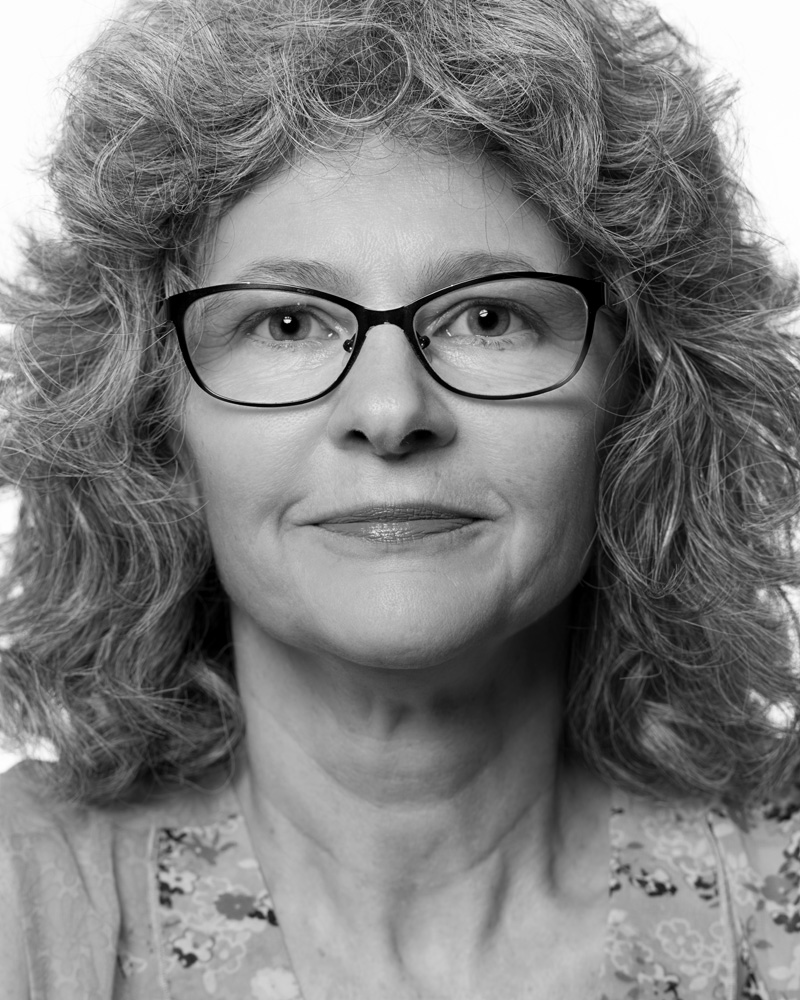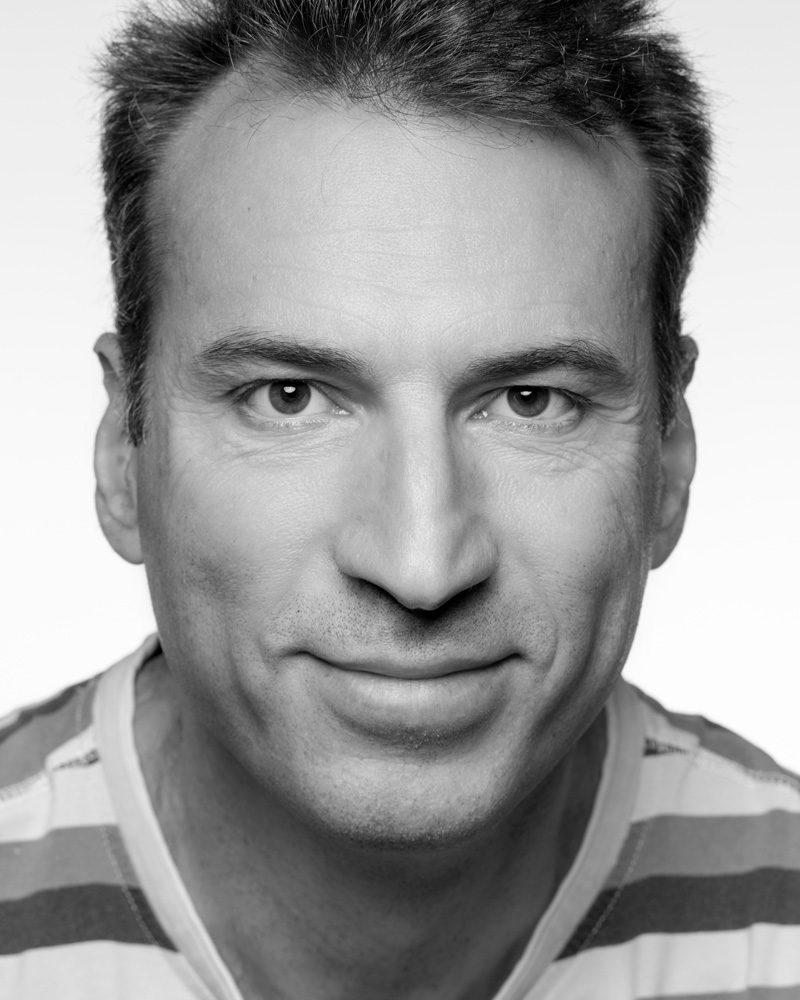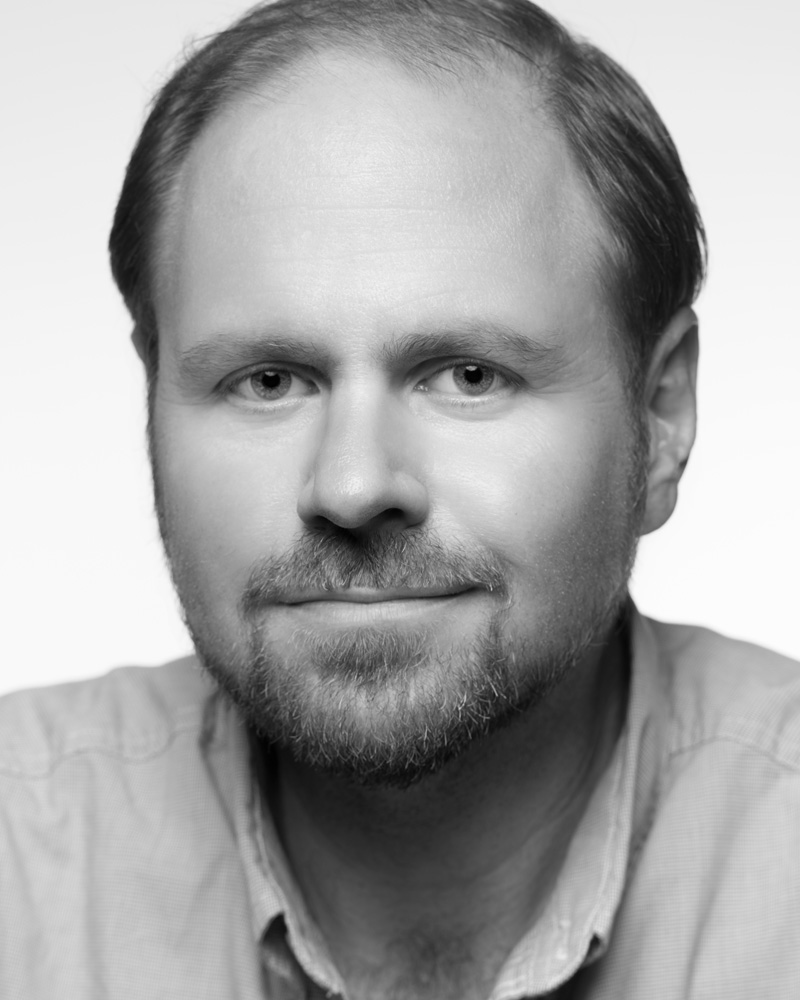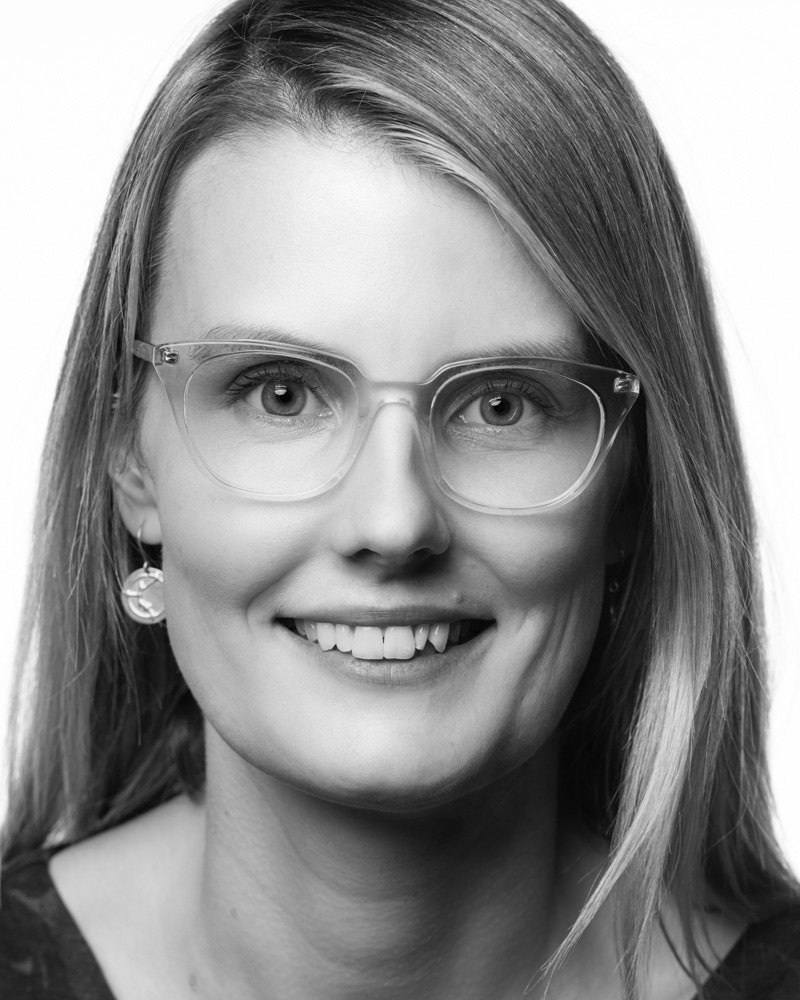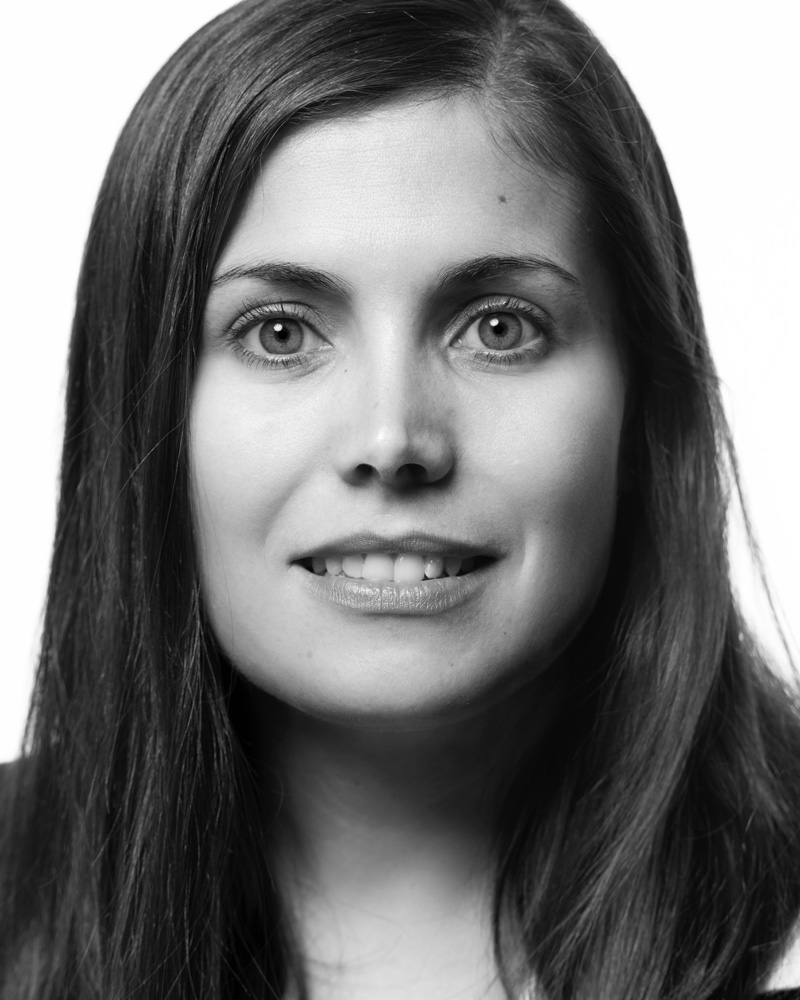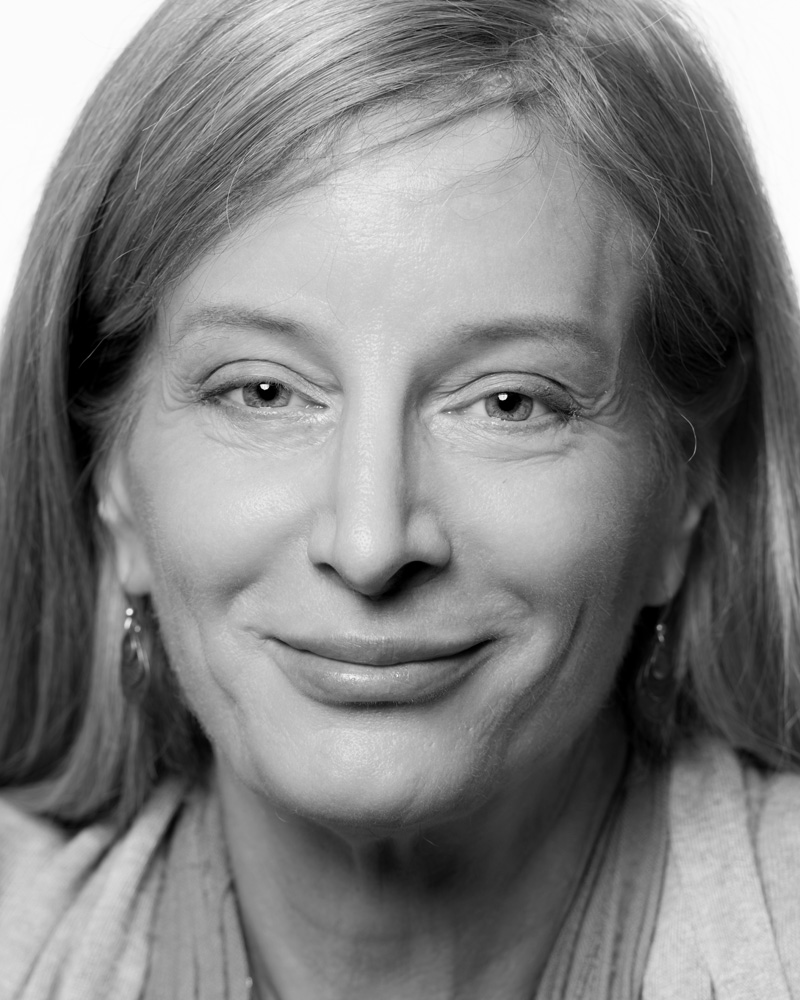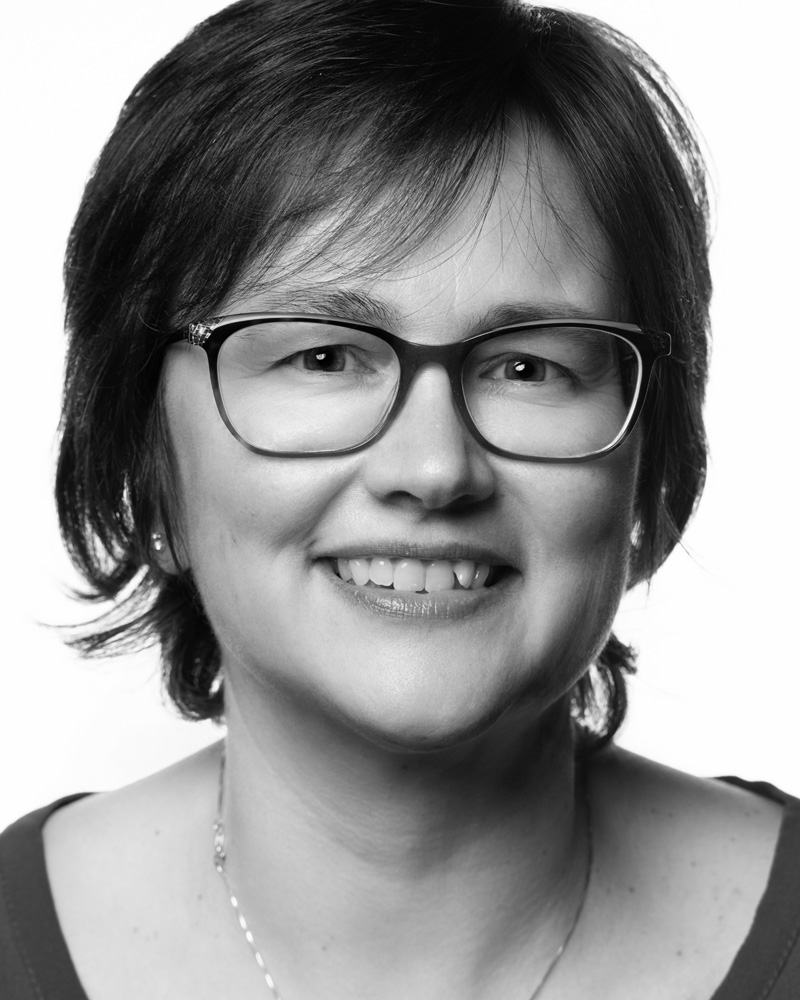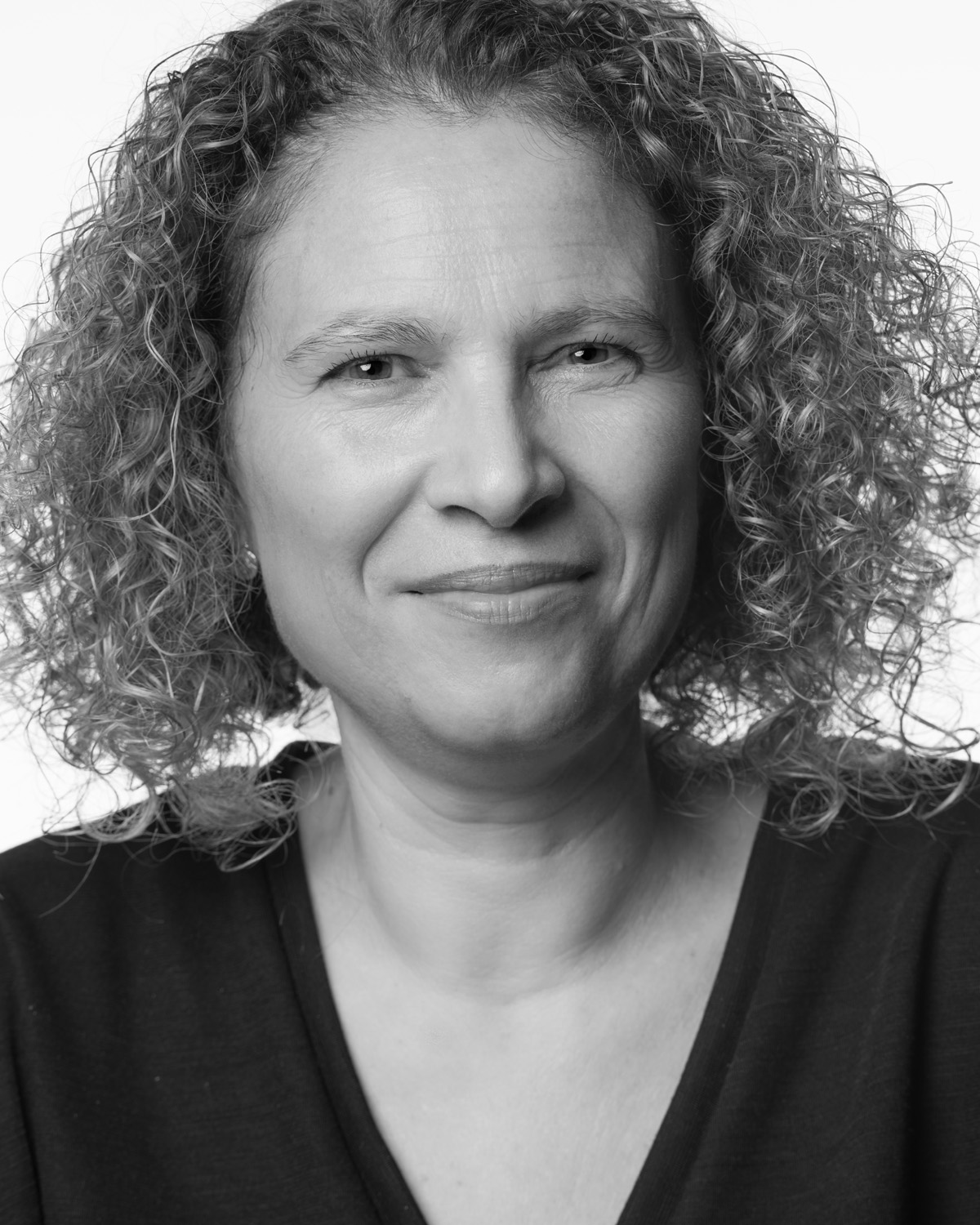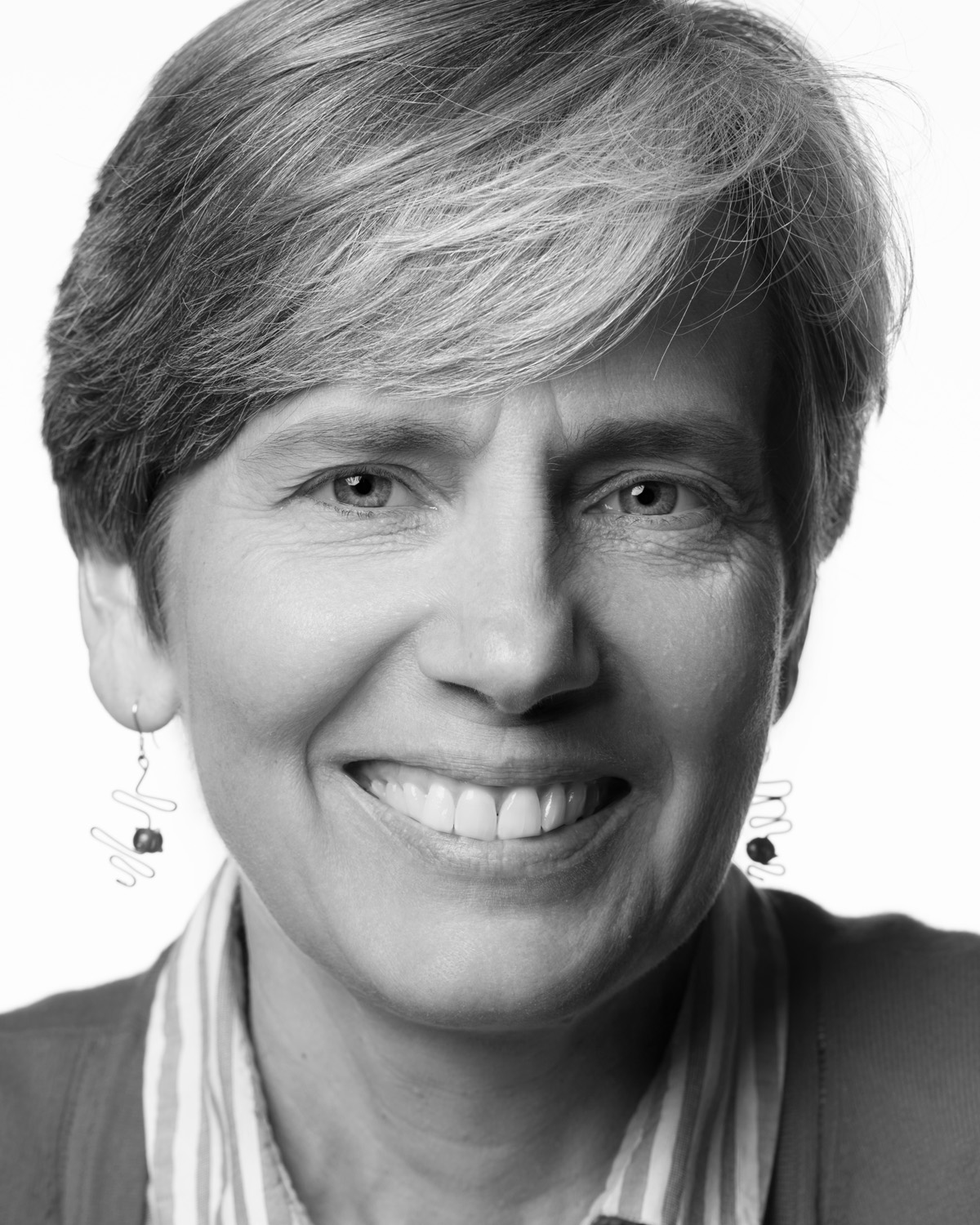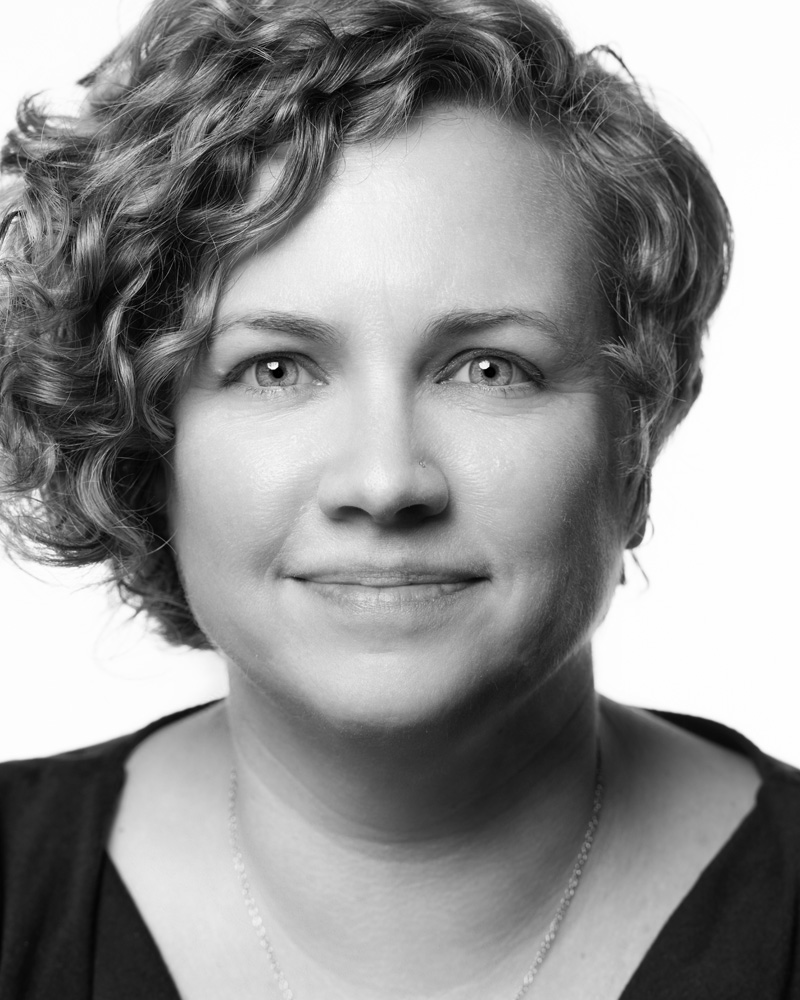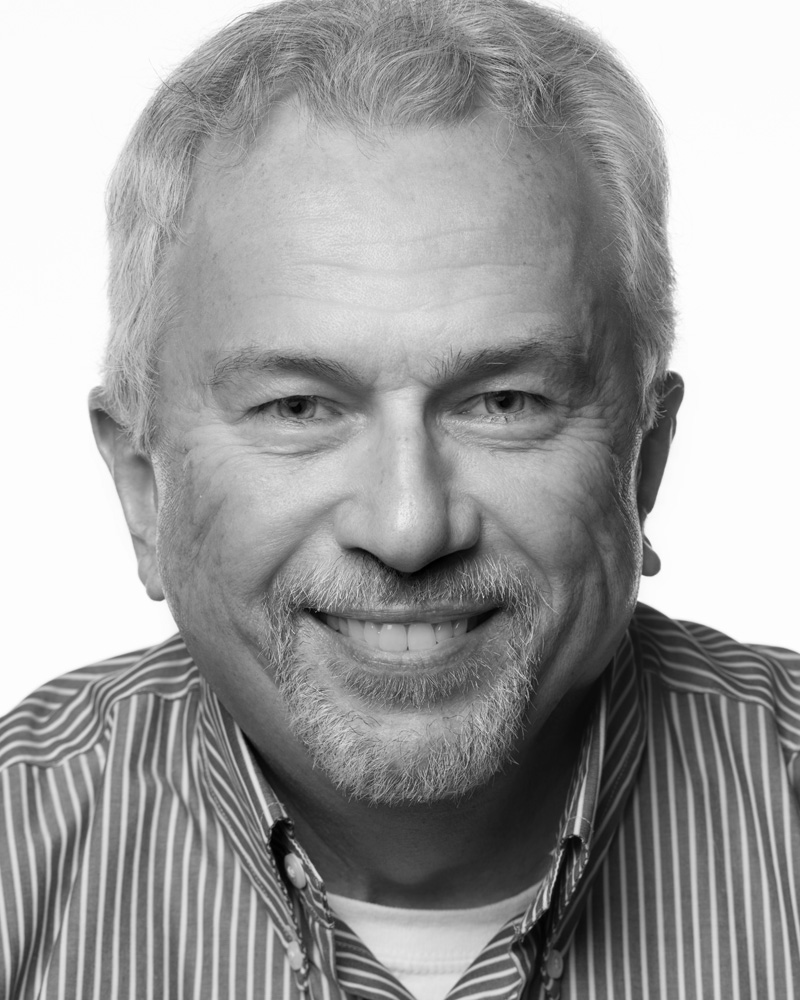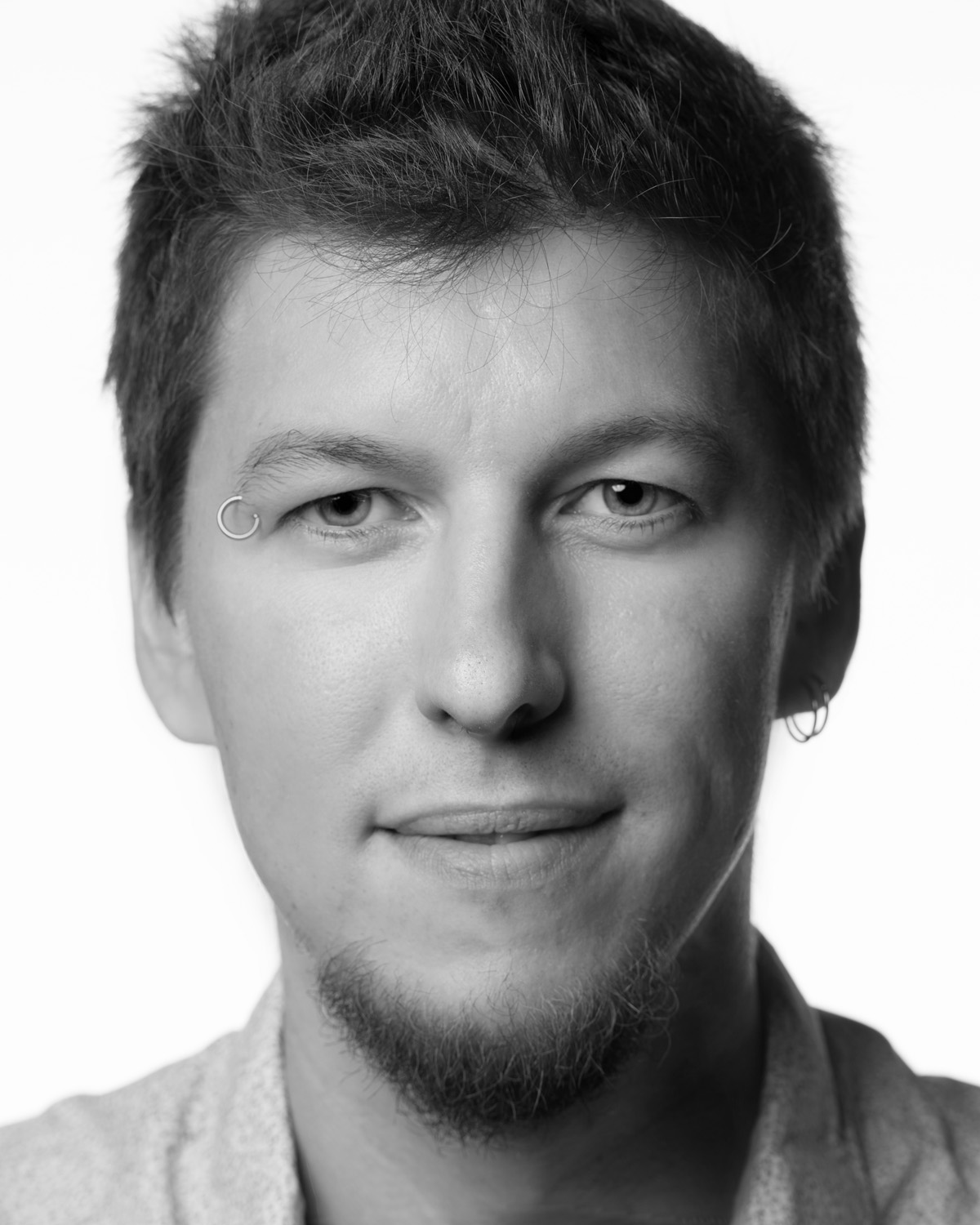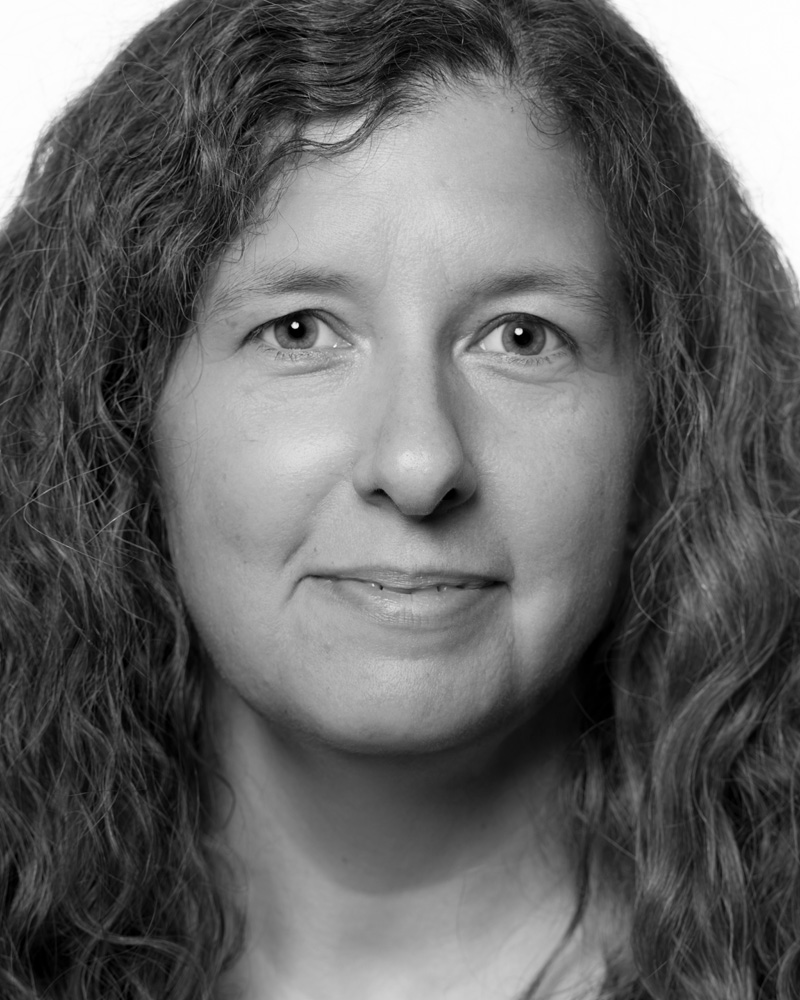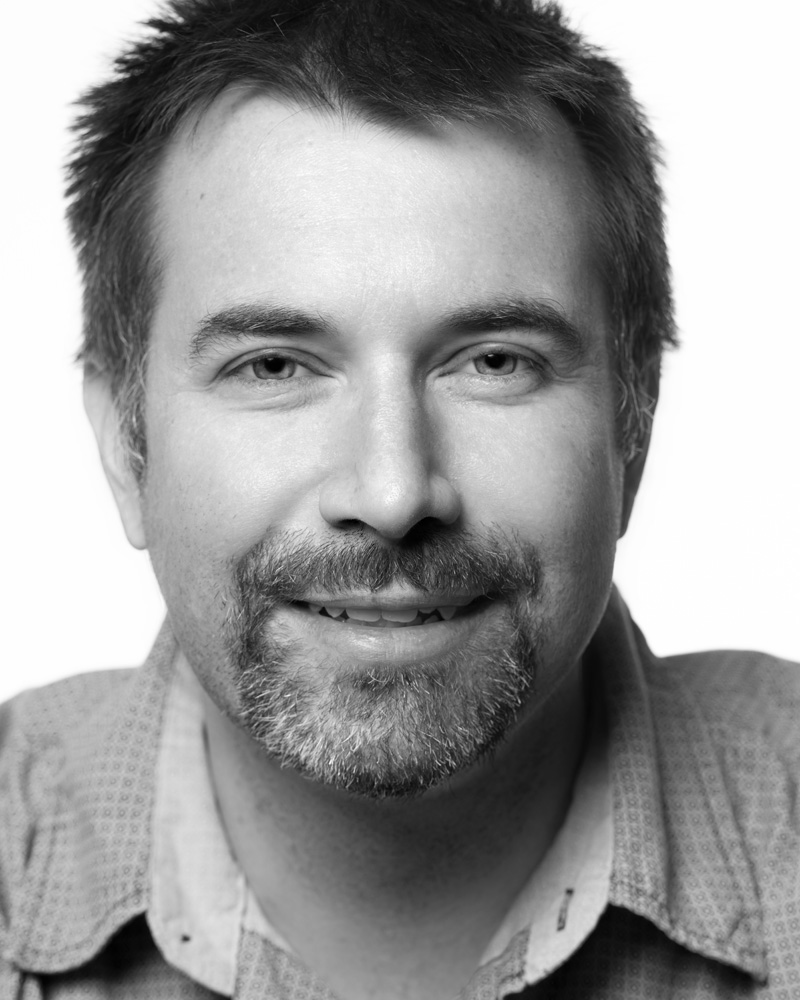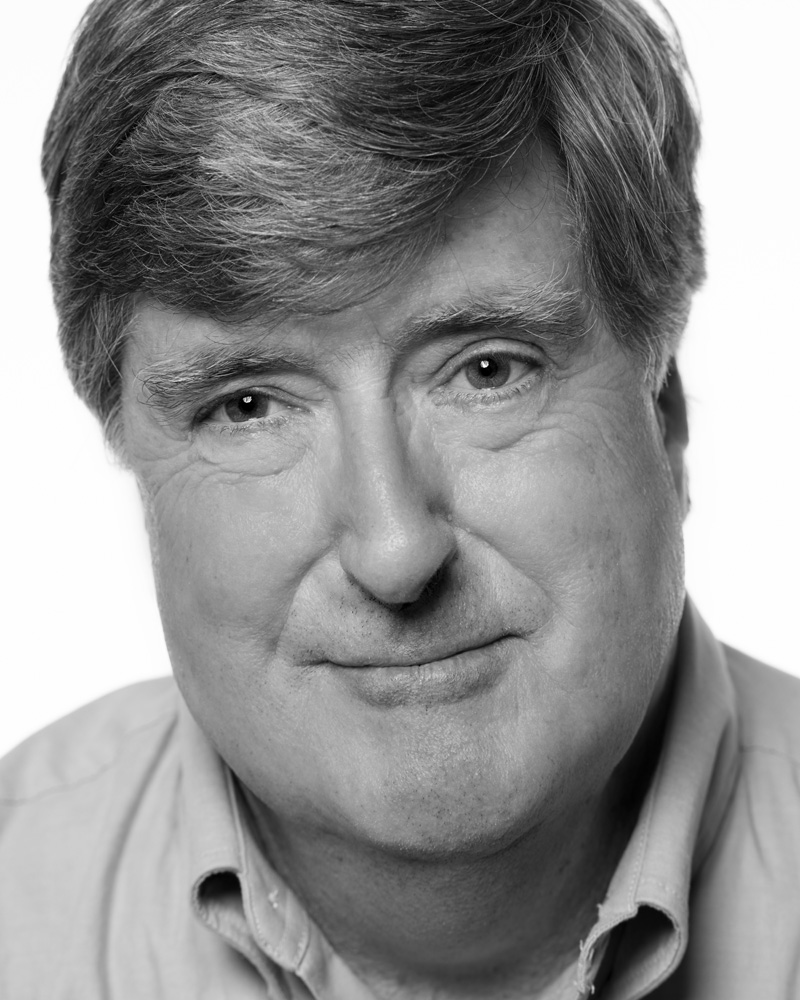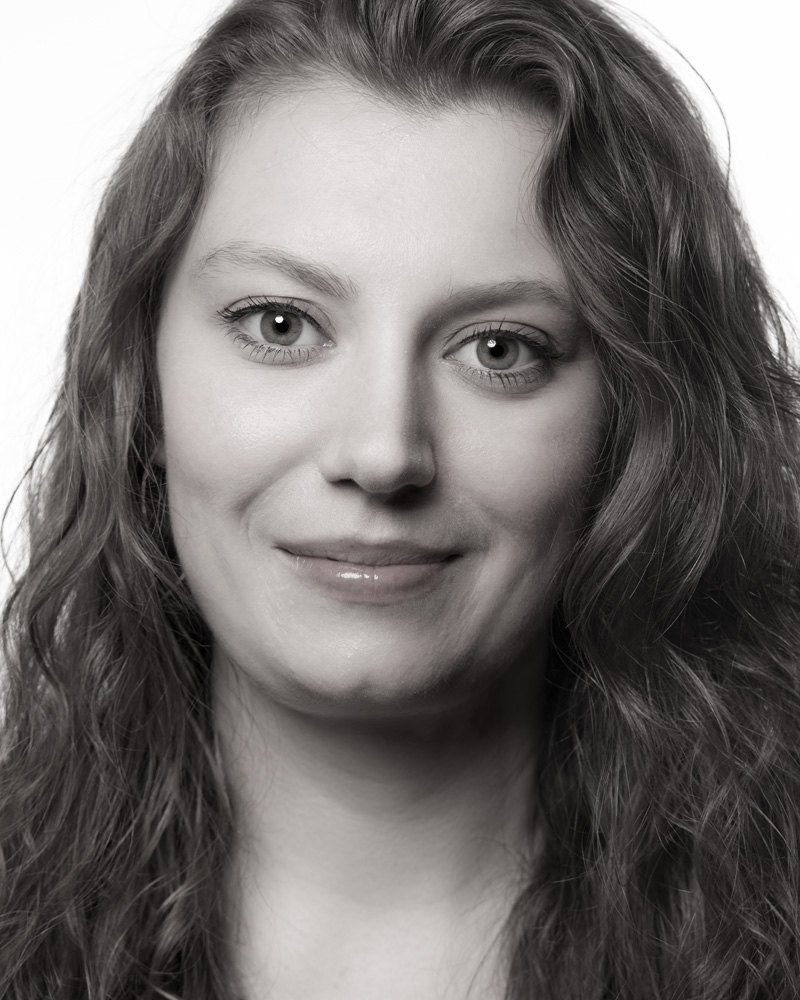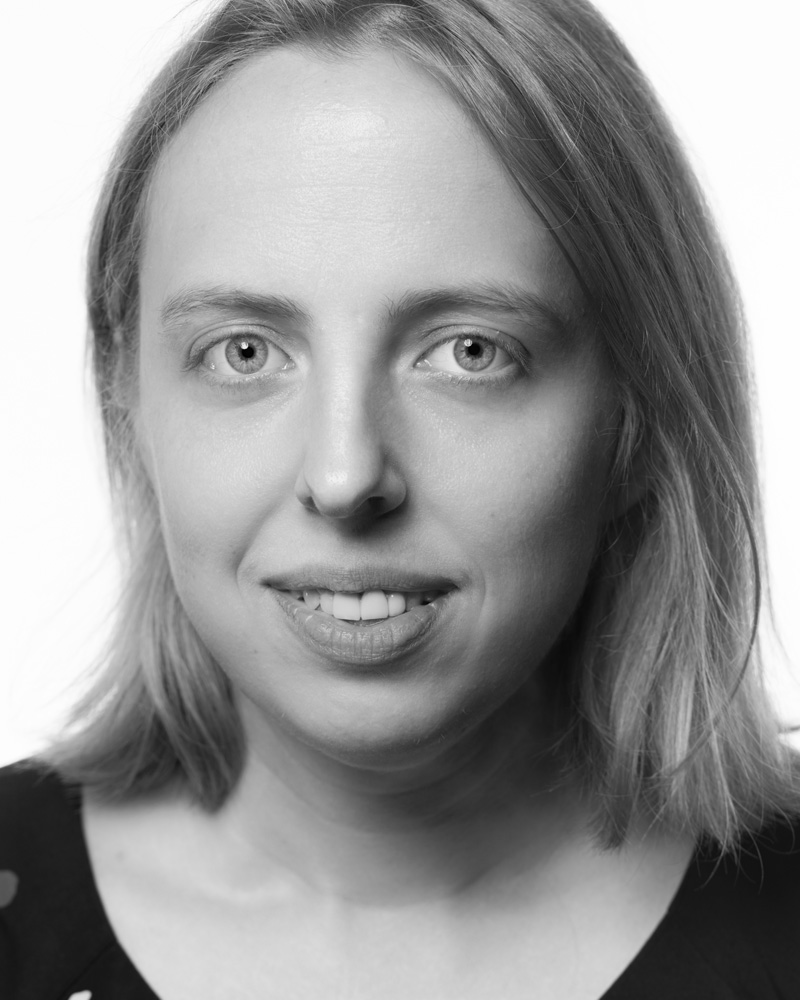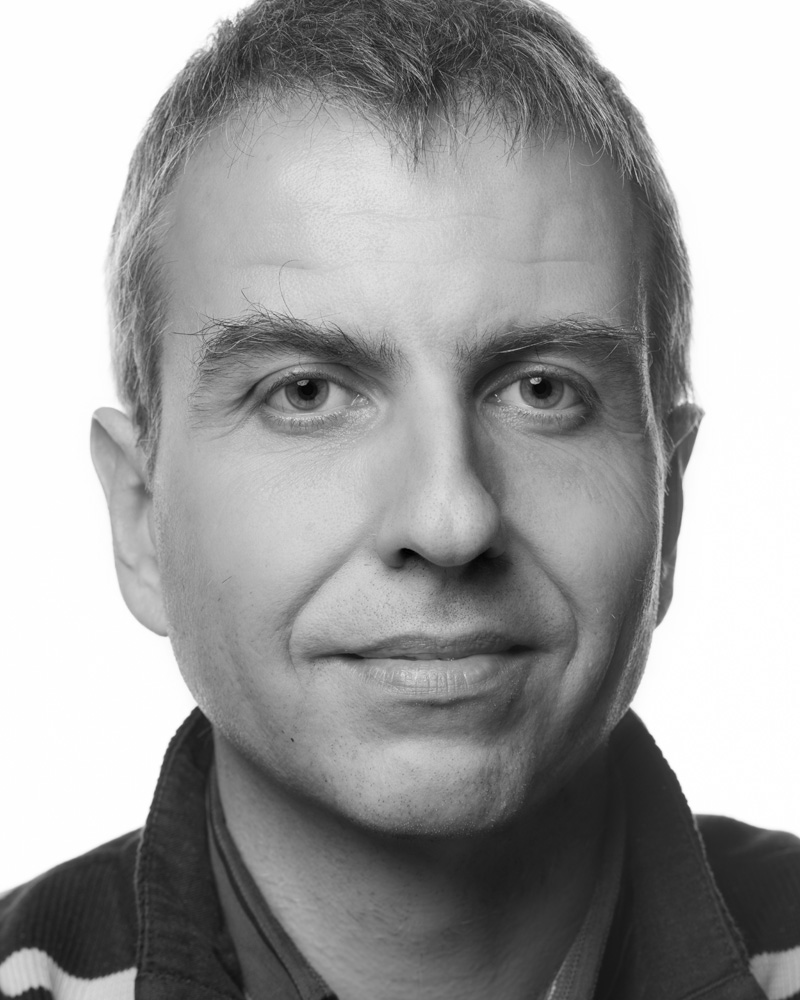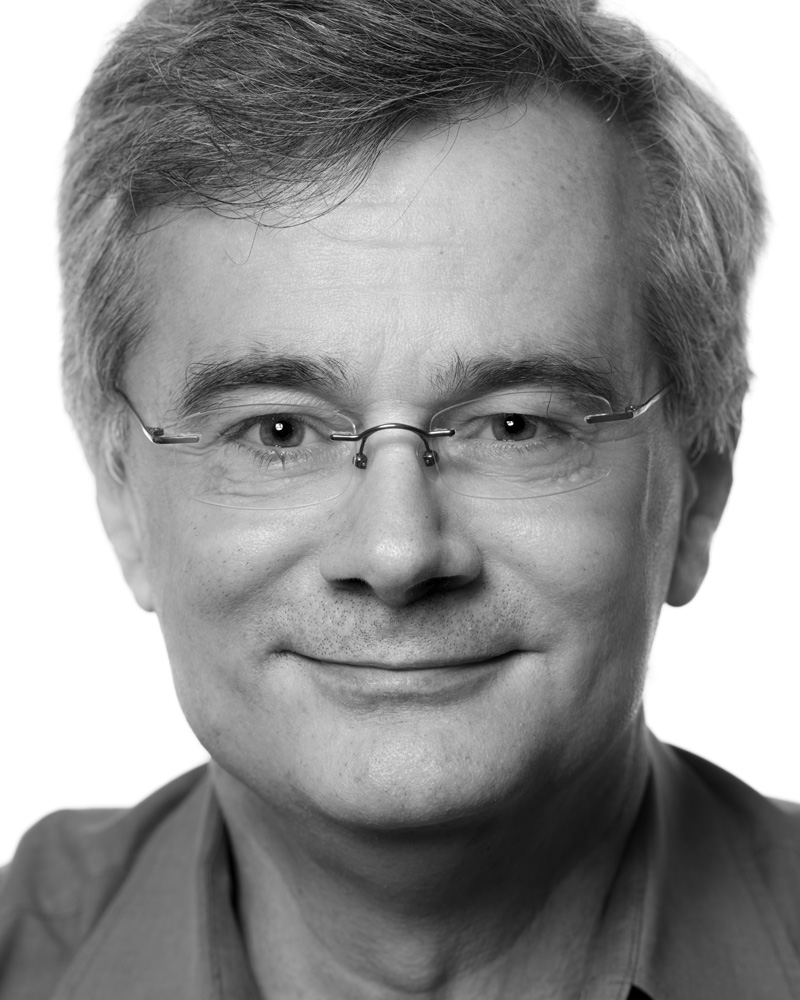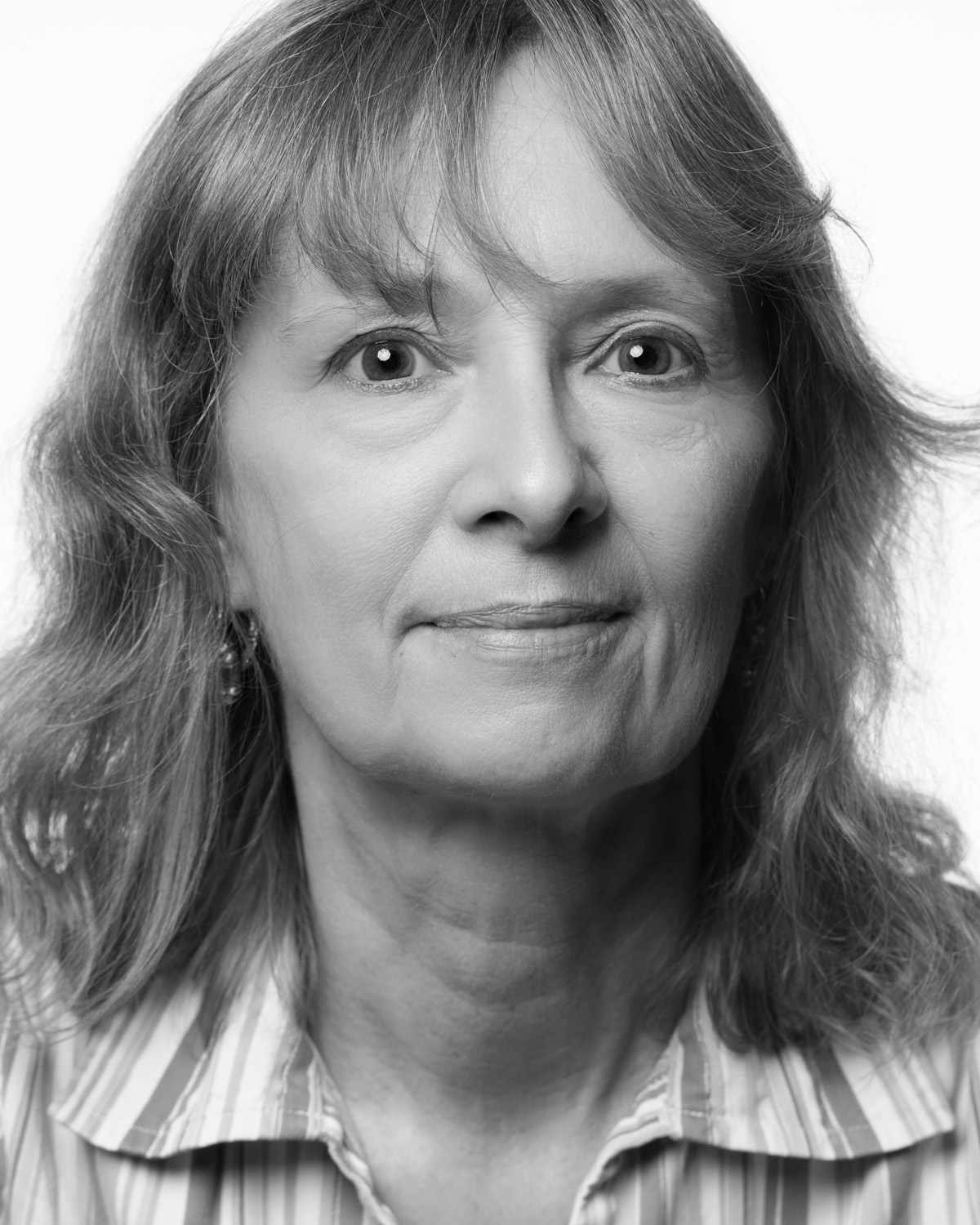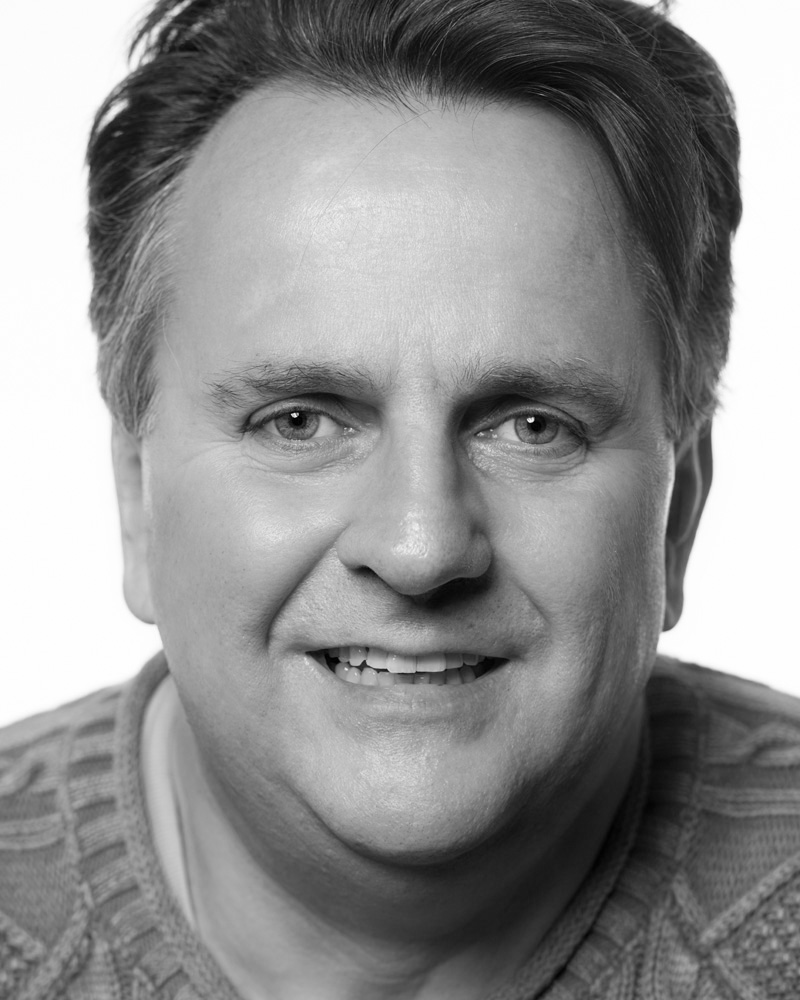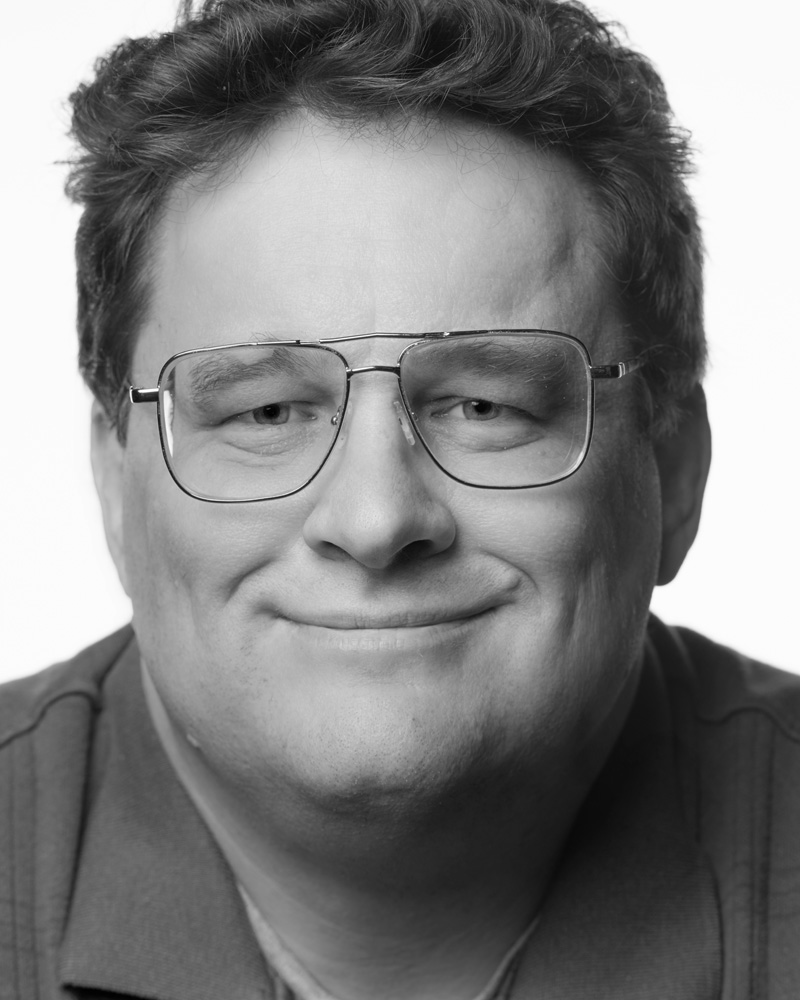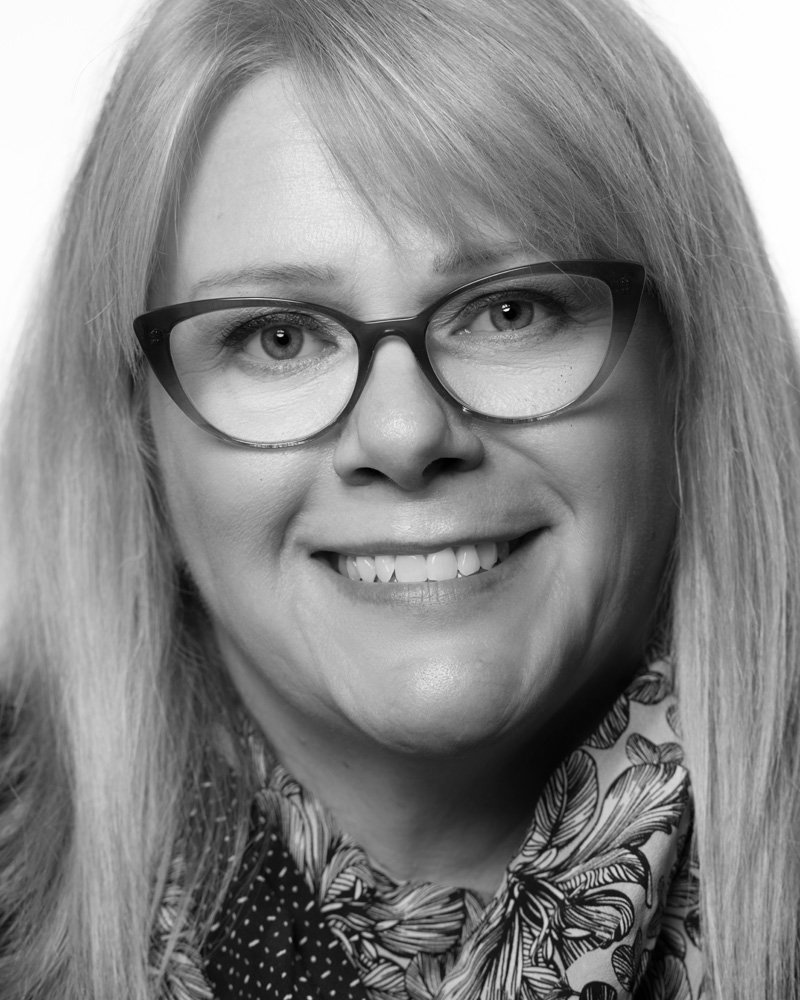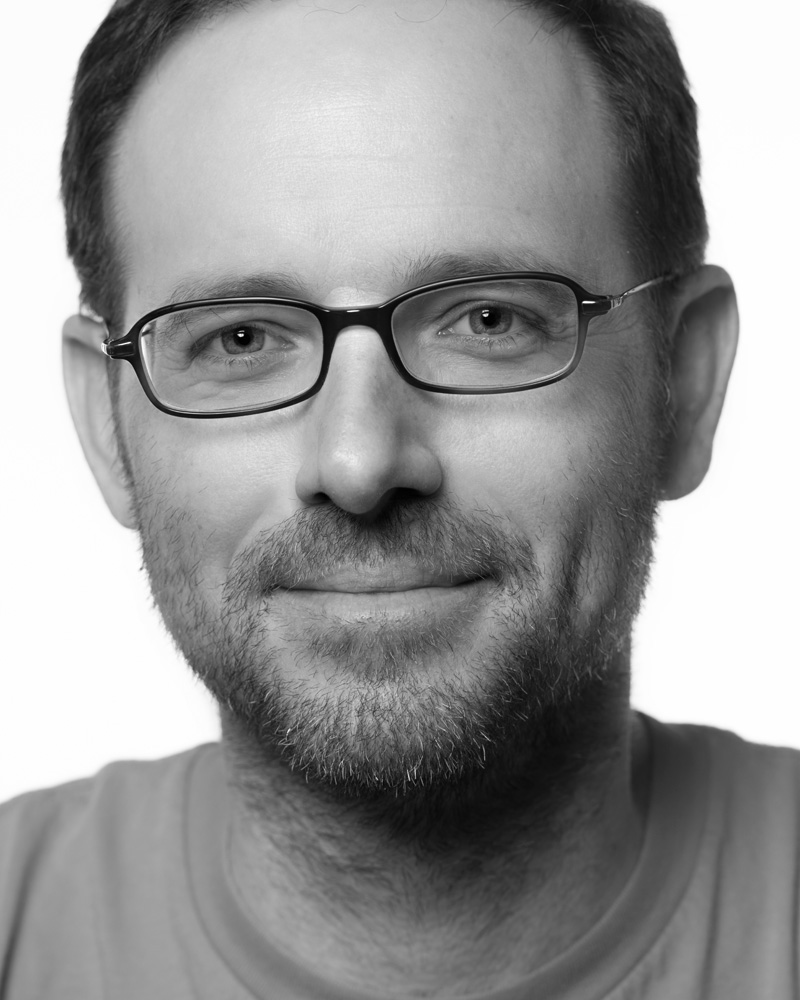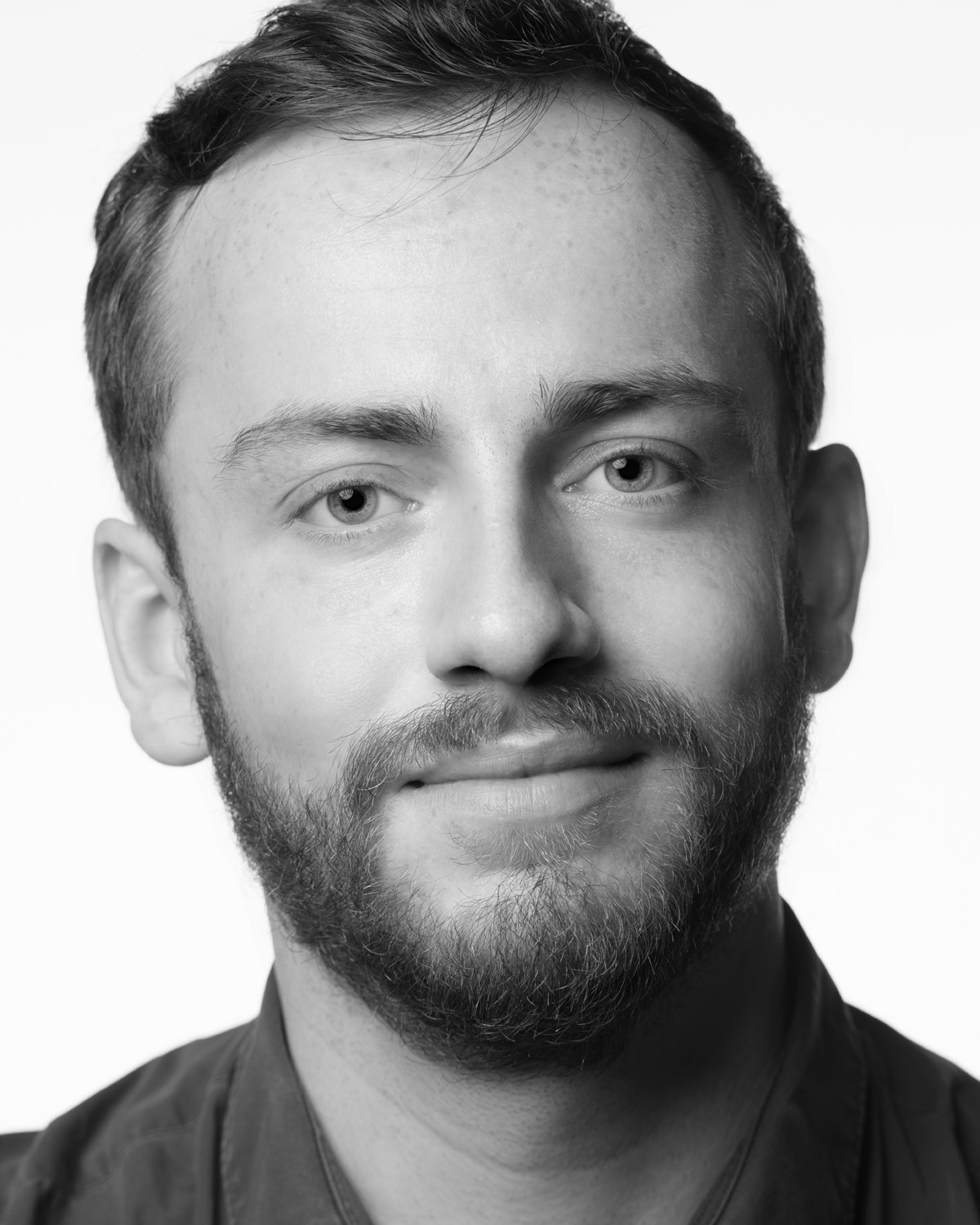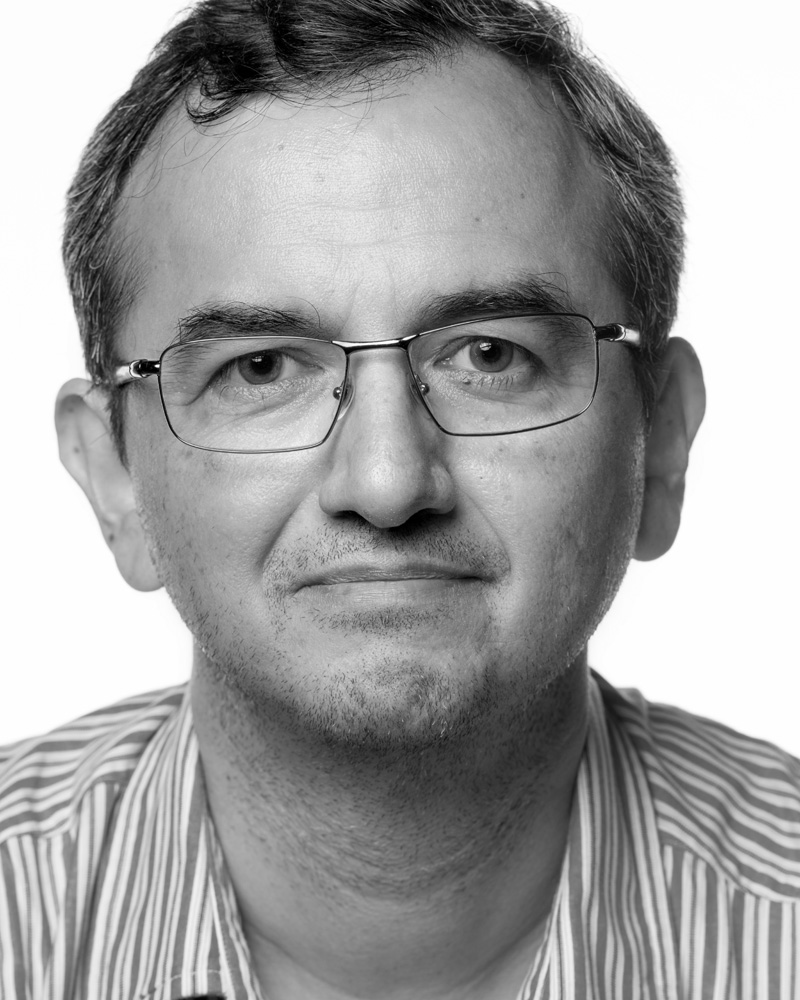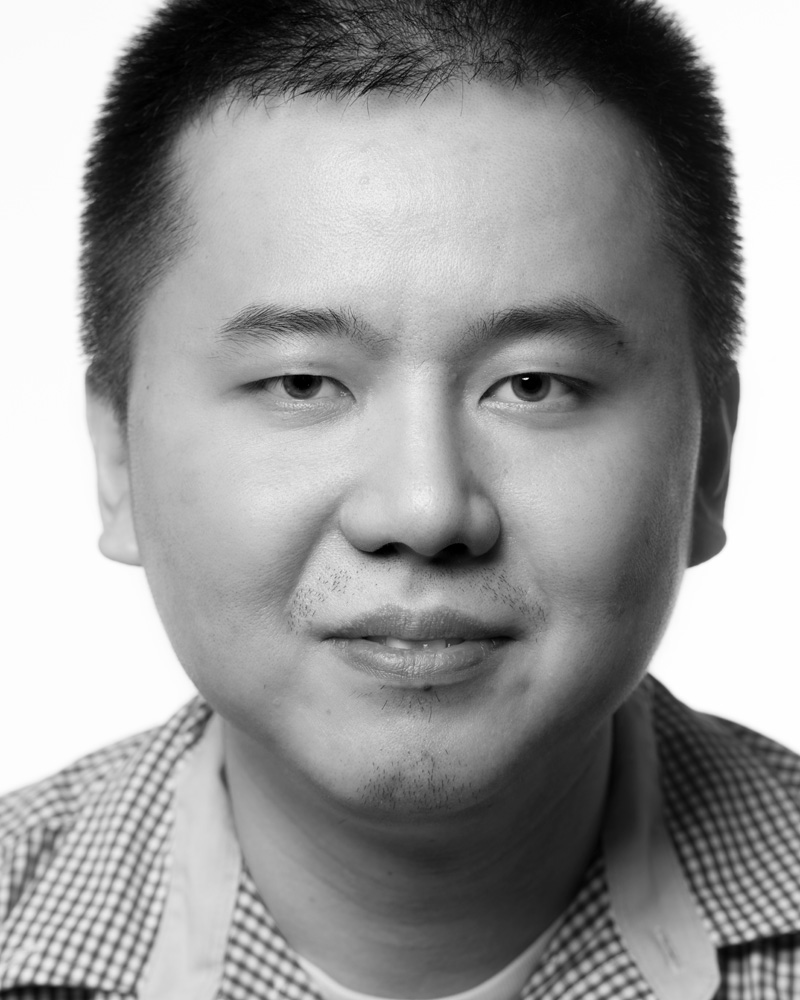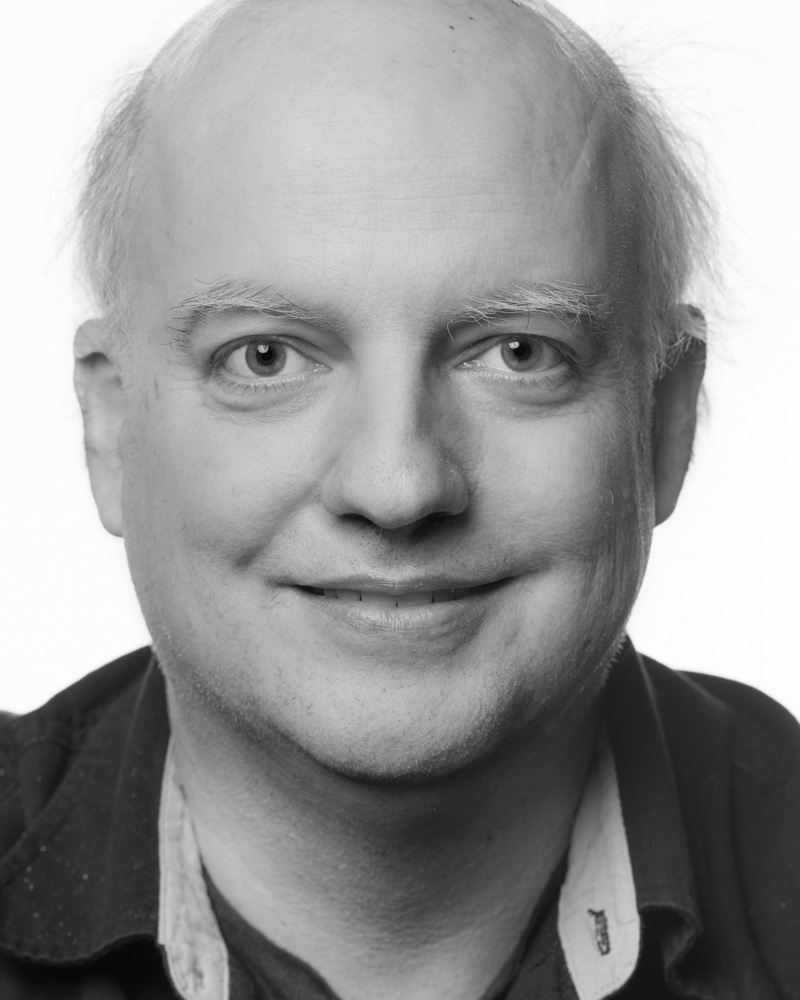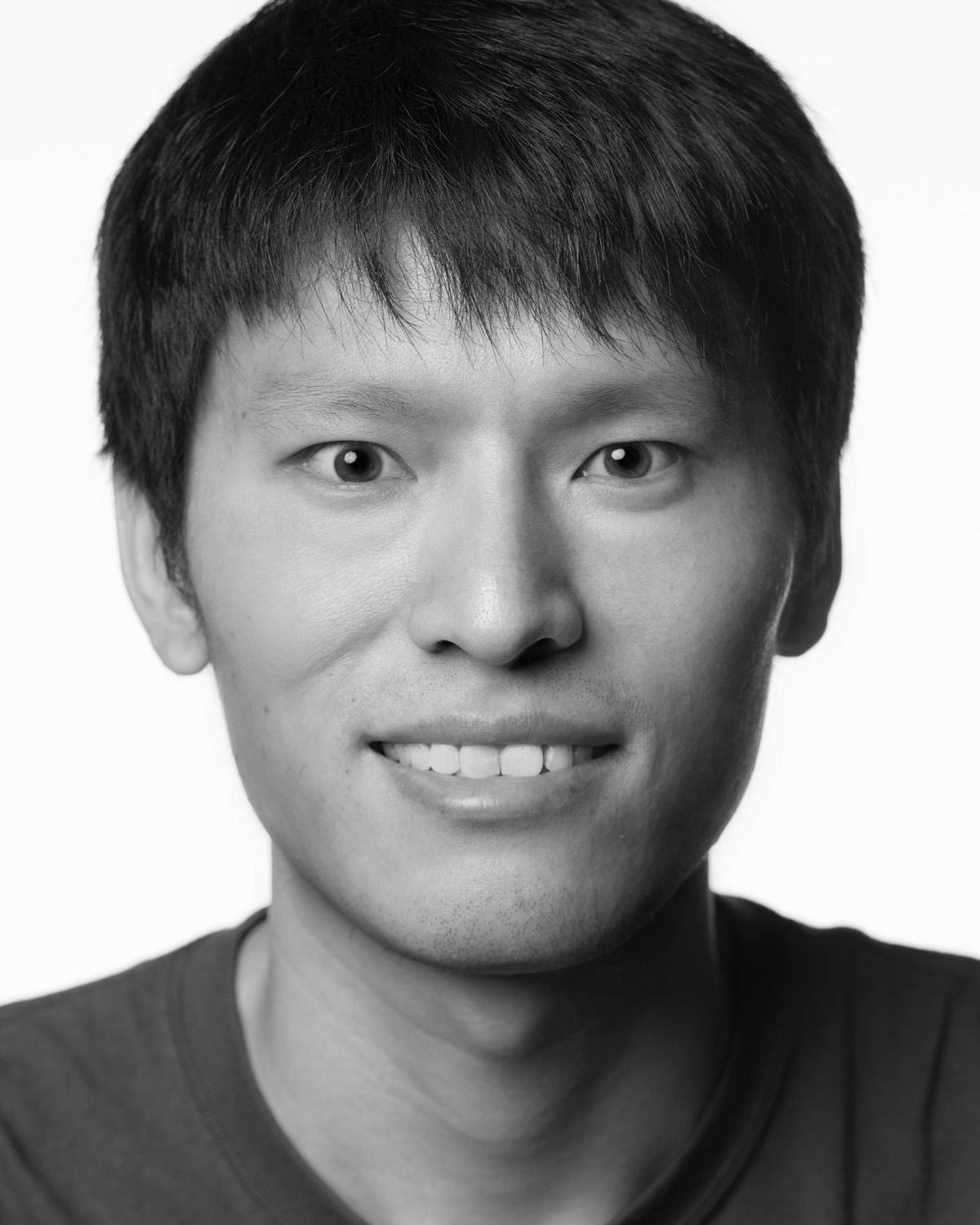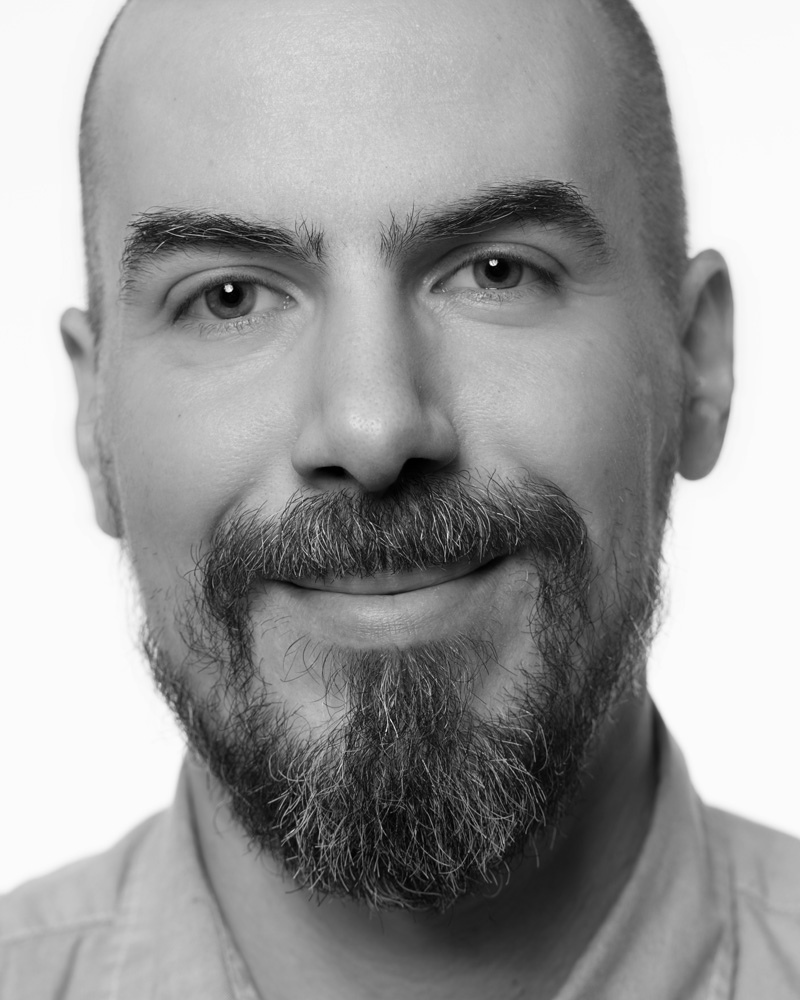| United States | University of Houston | Aaron Higuera | United StatesUniversity of HoustonAaron HigueraI have a horse named Lupita. I’m from Mexico, and my mom’s house is close to stables, so I grew up seeing horses around. I thought that I’d like to have a horse one day, and when I moved to Texas, I knew it was my opportunity. So I’ll code and do physics for work and then go riding in my spare time. My work on DUNE looks at proton decay, a really rare process. It would be a great discovery if it happened, and many grand unification theories predict it. I’m also involved in the ProtoDUNE data analysis. I originally entered college for engineering, but I fell in love with physics. When I went to grad school, I came to Fermilab and put my hands on a real experiment – the MINERvA experiment. I said, 'This is what I want to do for the rest of my life: particle physics.' |
Aaron Higuera
University of Houston
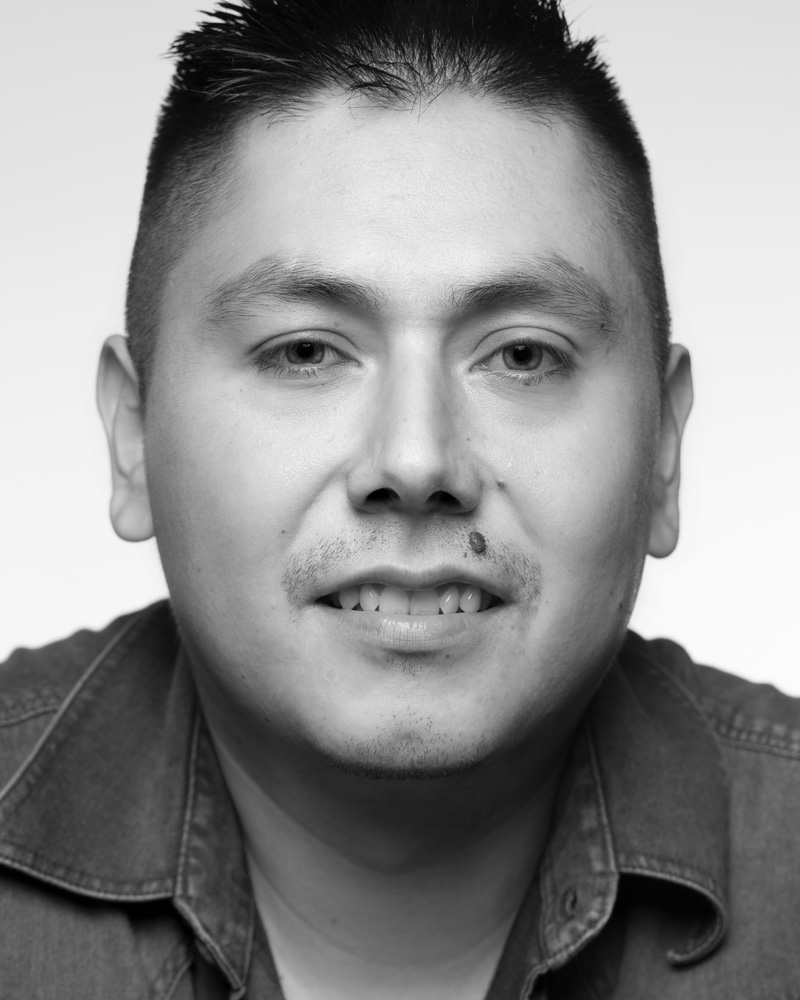
|
| United Kingdom | Imperial College London | Abbey Waldron | United KingdomImperial College LondonAbbey WaldronI dance tango. I was dancing at university and had taken some salsa classes, and then a couple came and gave a tango demonstration. I’ve been dancing tango ever since. It’s not so different from how I got into neutrino physics. I always wanted to be a physicist, but I didn’t know what kind. I was interested in particle dynamics and decided to study particle physics, and someone gave an interesting talk about neutrino physics, so I ended up doing it. I’m working on part of the DUNE near detector called the high-pressure gaseous time projection chamber. We’re looking at the data we took last year and analyzing it to see what different particles look like in the detector. I like that when you get something working, it can be the first time someone sees what you see. |
Abbey Waldron
Imperial College London
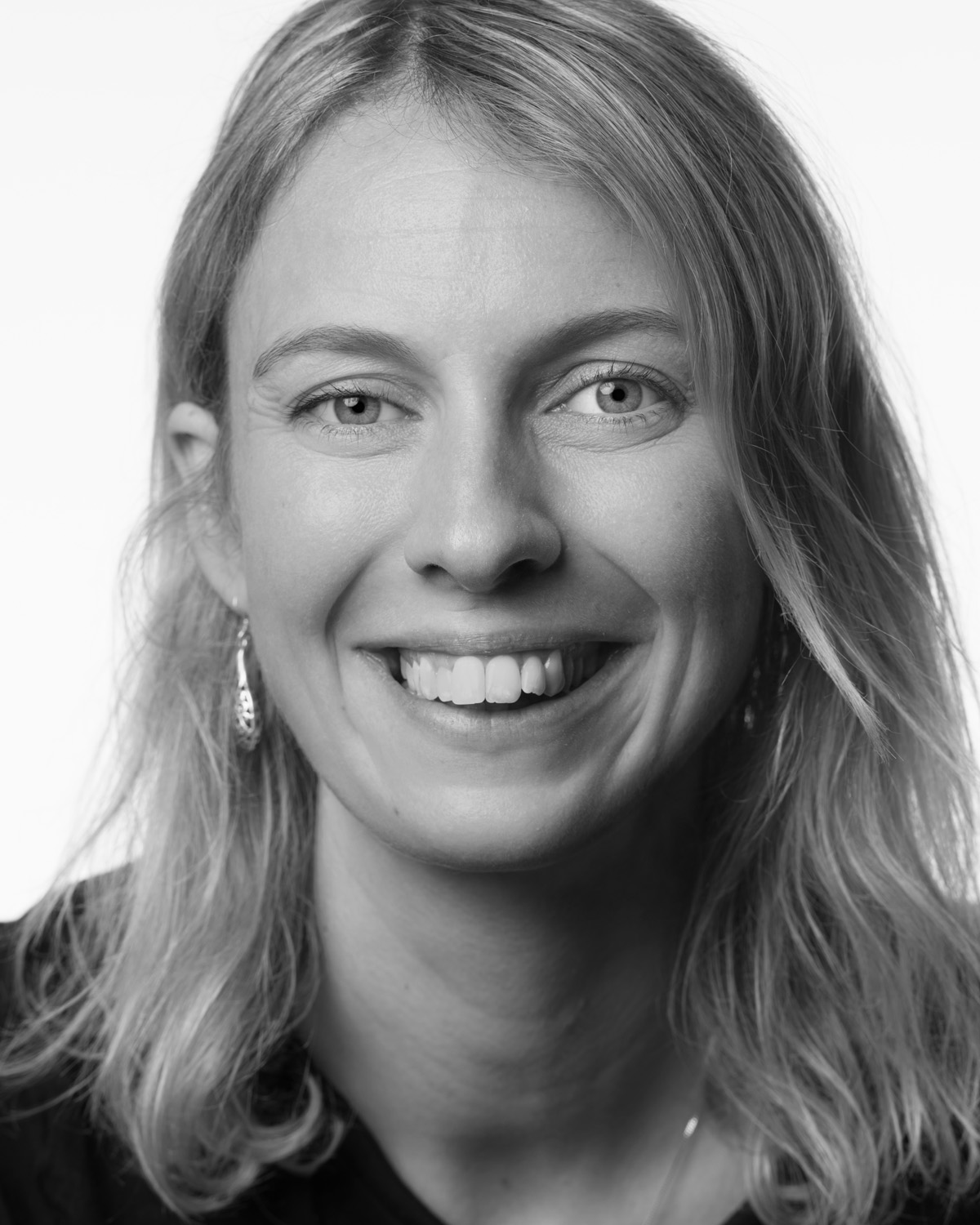
|
| United States | Duke University | Adryanna Smith | United StatesDuke UniversityAdryanna SmithEvery time we go swing dancing, I always meet another physicist or engineer or Linux enthusiast. A dance is asking for your creativity as much as your rhythm, so I think physicists really connect with it. Looking around the dance floor, all you see is the fluid energy in a couple's steps—and you’re all smiles because it just looks effortless. But when you’re the one dancing, that’s when all of the freedom hidden inside the rules becomes clear. That’s when a subtle interaction will bring out your grin. I'm a second-year grad student working on how we’ll see supernova neutrinos in our detectors. I realized I loved physics when I was in a chemistry class and the only thing I could focus on was the electron. And then when I discovered quarks, that was a whole new world. They’re endearing. It’s easy to get caught up with 'this is a desk, this is a banana, this is a fern.' But then I think that under all of that, there’s this laughing ecosystem of particles that know how to interact with one another, and they have a system that works for them, and they get along. Just because we don’t always know how they get along doesn’t mean it’s not important. |
Adryanna Smith
Duke University
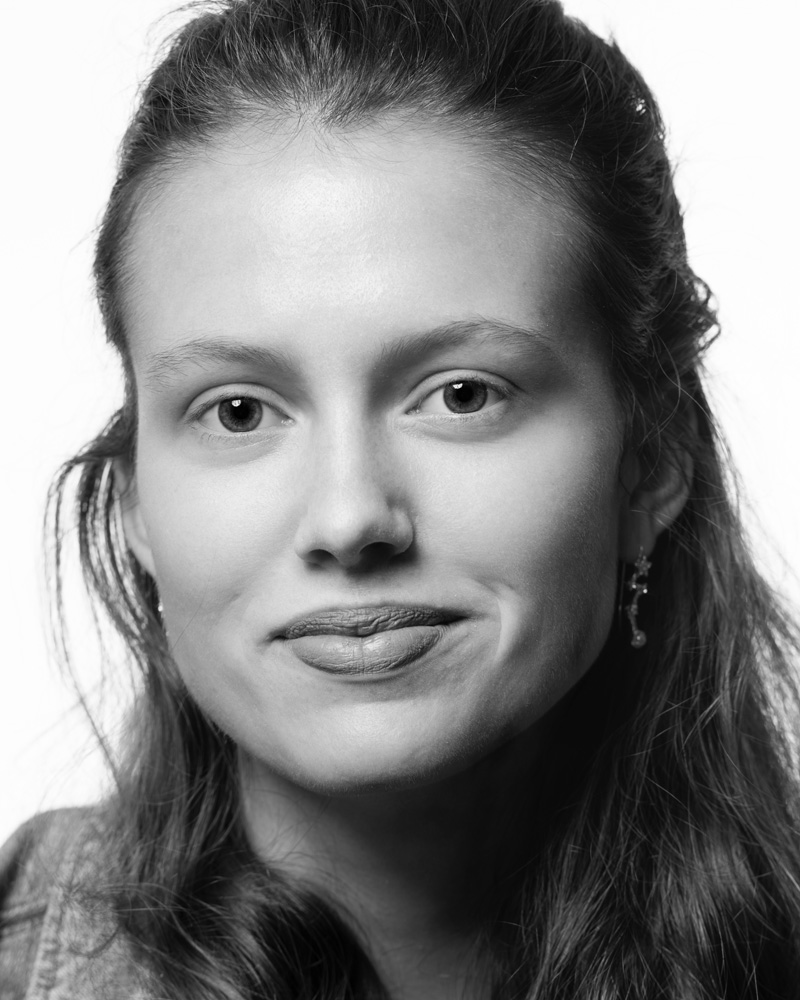
|
| United Kingdom | University of Oxford | Aidan Reynolds | United KingdomUniversity of OxfordAidan ReynoldsAs a kid I was always into sports; I got quite good at javelin. I always wanted to know how to throw further, and when I threw well I always wanted to understand why so I could do it again. I quickly found out that physics was the answer to most of the questions I had: what angle is the best angle, how does spin help keep the javelin straight, why does keeping a longer arm make the javelin go further, etc. Once I started to find things out, I always ended up wanting to find out more or to use what I learned to work out something else. One of the things I enjoy is the challenge involved in all the research and development needed for the Liquid Argon Time Projection Chamber Technology. This is still a new technology with a huge amount of work needed to make sure it can achieve all the goals that DUNE wants to achieve. |
Aidan Reynolds
University of Oxford
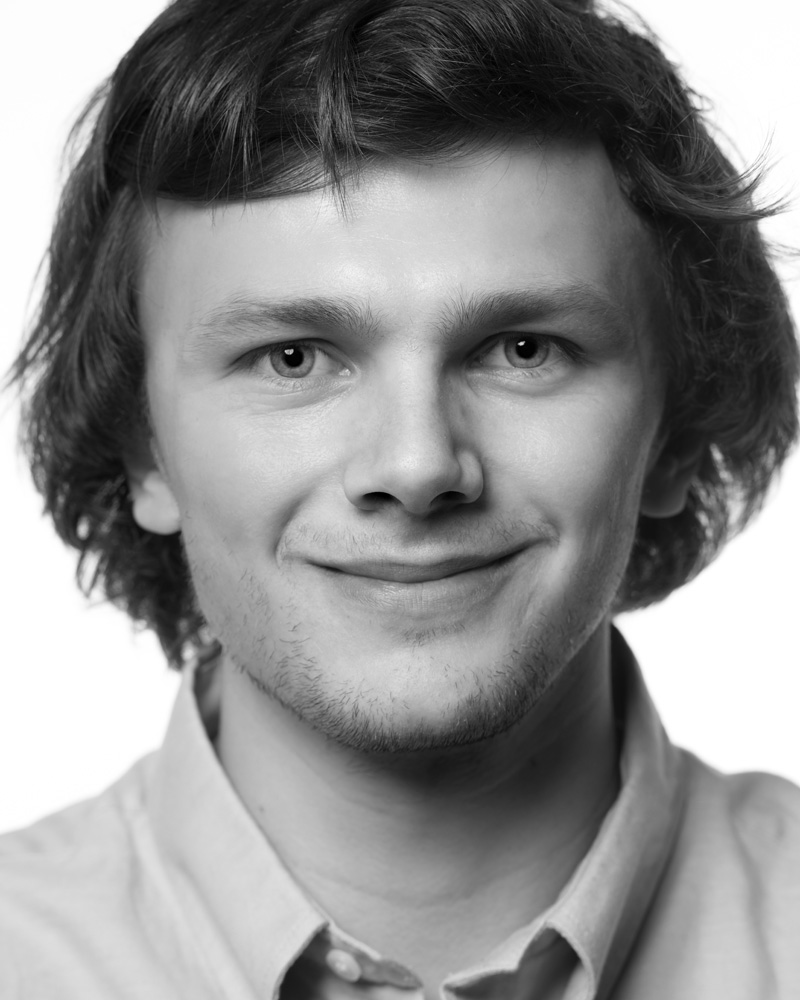
|
| United States | Kansas State University | Ajib Paudel | United StatesKansas State UniversityAjib PaudelI’m from Nepal, which is full of mountains. I like cycling, trekking and mountaineering. Since I was a kid, I’ve liked mathematics. At the same time, I liked experimenting with things. Physics was one place where I could follow both my interests, doing experiments and calculations at the same time. Now I’m a graduate student working on DUNE. I enjoy that DUNE is an international collaboration where I can meet people from across the globe. I work on one of the prototype detectors for DUNE. I did work on the hardware for the high-voltage system, and now I’m focused on figuring out how we can calibrate the detector when taking data with cosmic muons. I like that I get to do both installation and data analysis for this project. |
Ajib Paudel
Kansas State University
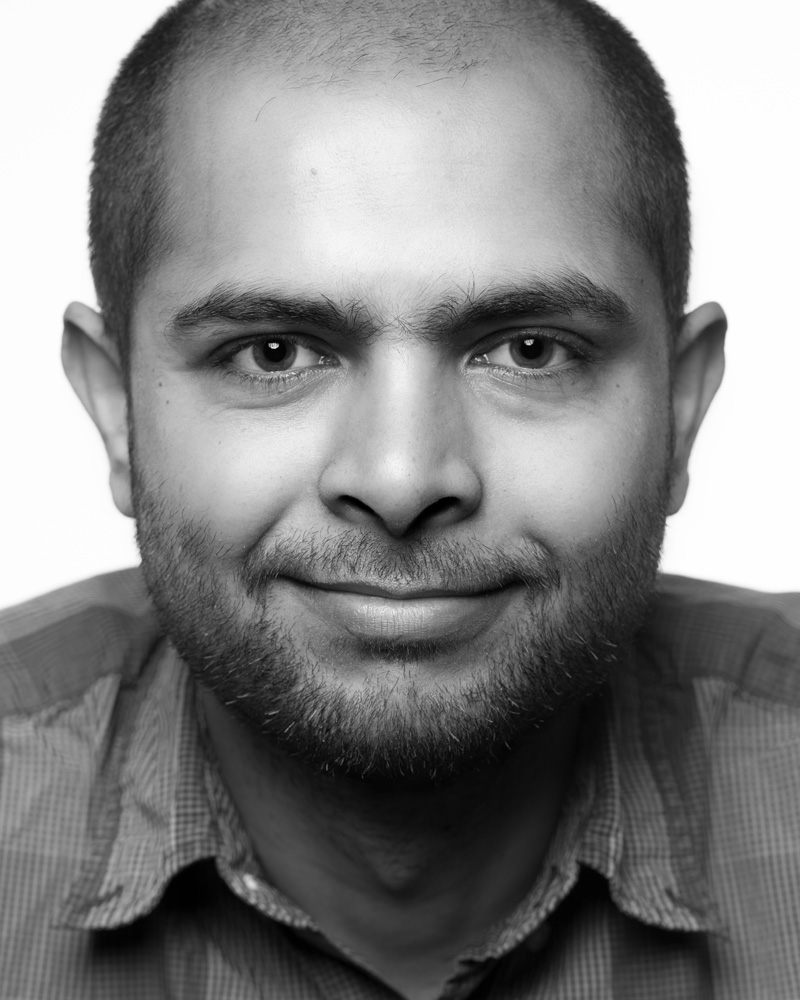
|
| United Kingdom | STFC Daresbury Laboratory | Alan Grant | United KingdomSTFC Daresbury LaboratoryAlan GrantI'm helping build the DUNE anode plane assemblies (APAs), which will form the major part of the DUNE detector. We recently finished two prototype APAs for installation in a cryostat at CERN. Now we're fine-tuning the APA build process in preparation for the full production run of 150 APAs. The APAs are large and made of thousands of turns of wire, roughly 24 kilometers for each APA. It's an engineering challenge to wind the wire and build the wire chambers. Another challenge will be to set up the production factory. I've always enjoyed technical subjects, even going through school — technical drawing, metal and woodwork. Technology and hands-on related subjects.
Before moving into Daresbury, I served a four-year apprenticeship as a toolmaker at Ford Motor Company. I stayed a further two years before I left to do a degree in mechanical engineering at Liverpool University. I had a couple of positions elsewhere in industry before I joined Daresbury Laboratory. I enjoy working at Daresbury. The work is always challenging and never mundane or routine. I've now been here roughly 28 years. There's always a new project around the corner. When I'm not working, I enjoy going walking in the lake district. I go up there regularly with my wife and enjoy short breaks taking in the scenery. My other passion is golf. I am a keen golfer and a member of a local golf club. I especially enjoy the 19th hole and the tales of the score that might have been. |
Alan Grant
STFC Daresbury Laboratory
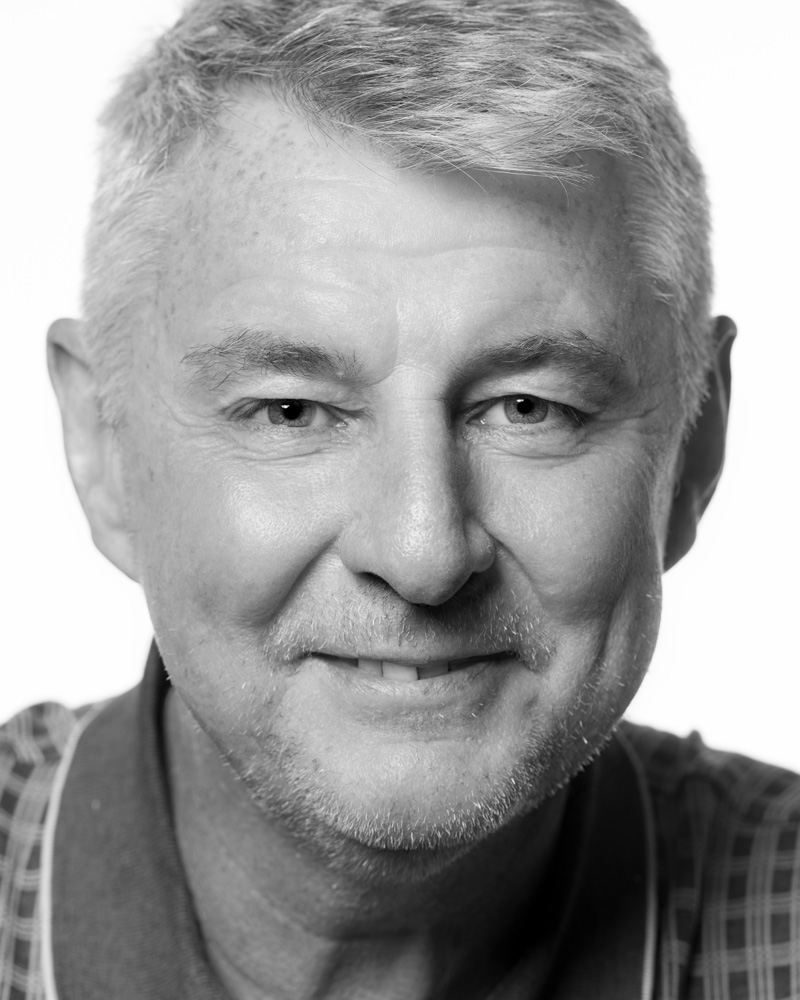
|
| Switzerland | CERN | Albert De Roeck | SwitzerlandCERNAlbert De RoeckI was the Higgs convener when the Higgs was discovered, meaning I was one of the first people that saw we had a discovery. How to describe it… it’s sensational. I imagine it’s like what people feel when they go to climb Mount Everest and reach the top. I’ve never done that, so I can’t be sure it’s the same. My drive is to search for new things. And with neutrinos, what attracts me is that it’s such an enigmatic particle. It’s the particle we understand the least. It’s full of surprises. I like the mystery. One of my other interests is in Egyptology, and I like the mystery of the pyramids, the Sphinx. For the past few years I have been teaching physics in Cairo and had some spare time to pursue my hobby. |
|
| United States | Argonne National Laboratory | Aleena Rafique | United StatesArgonne National LaboratoryAleena RafiqueWhen I was little, I remember, the thing that interested me about physics was that we can learn a lot about the universe, from the smallest particles to the stars. I have always been a curious child who wanted to know more about the universe. Why is it the way it is? Why not in another way? I chose physics as a major because of the fact that it basically covers everything in your surroundings. Understanding physics means understanding the whole universe. I am the type of a person who always wants to try and learn new things. I am adventurous. I like travel, camping, and paragliding. I'm a very strong advocate of women's rights and women in science. I moved to the United States from Pakistan to pursue my education, and I met such great people here, and I am a part of such great scientific collaborations, that I am proud of my decision today. |
Aleena Rafique
Argonne National Laboratory

|
| Italy | National Institute for Nuclear Physics - INFN | Alessandro Montanari | ItalyNational Institute for Nuclear Physics - INFNAlessandro MontanariI started windsurfing when I was 16 but had to stop because I didn’t have a car and I’m from a town not near a sea. I love it because you’re flying on the water without noise, just the wind and the sail and it’s beautiful. I tried again, 10 years or so ago, because some friends of mine were doing it, and haven't stopped since! I like change and having new colleagues. DUNE is a new adventure, a new experiment. It still has to be designed so there is space for new ideas, new people. I’m working on the photon detection system for the far detector of DUNE. Since I was in high school, I’ve liked physics and loved big experiments. There was an experiment at CERN when I was young, UA1, that helped discover the W and Z bosons, and I was fascinated by this big machine—or what was a big machine at the time. To me it looked like some kind of cathedral and I was enthralled by the fact that humans were able to build such a sophisticated experiment. |
Alessandro Montanari
National Institute for Nuclear Physics - INFN
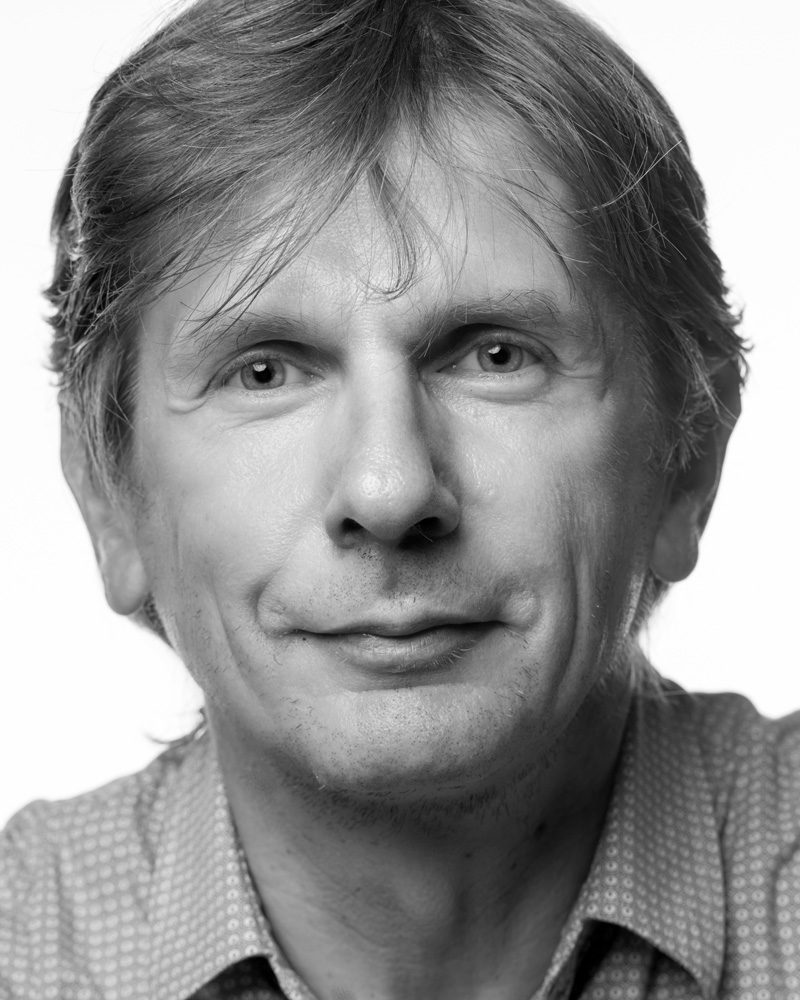
|
| United Kingdom | STFC Rutherford Appleton Laboratory | Alessandro Thea | United KingdomSTFC Rutherford Appleton LaboratoryAlessandro TheaI enjoy skiing and sailing, but it’s been two years since I became a dad and that’s my favorite 'sport' now. That’s all I can do and want to do in my spare time. I was at CERN during the Higgs discovery. I worked on CMS, one of the experiments at the Large Hadron Collider. Now I’m working on DUNE and its data acquisition system. On one end, you have the particle detectors and electronics that produce digital data. On the other end, you have the data storage. What is in the middle is the data acquisition system. It takes in all the digitized data, packages it, and hands it to storage. We have the mission to prepare the DAQ for catching all the data from a supernova, which could happen any time. At the LHC, you can switch off the particle accelerator beam and the detectors and fix things. But our detector always has to be on. We don’t know when the neutrinos from a supernova will arrive. The beam from the universe doesn’t stop. |
Alessandro Thea
STFC Rutherford Appleton Laboratory
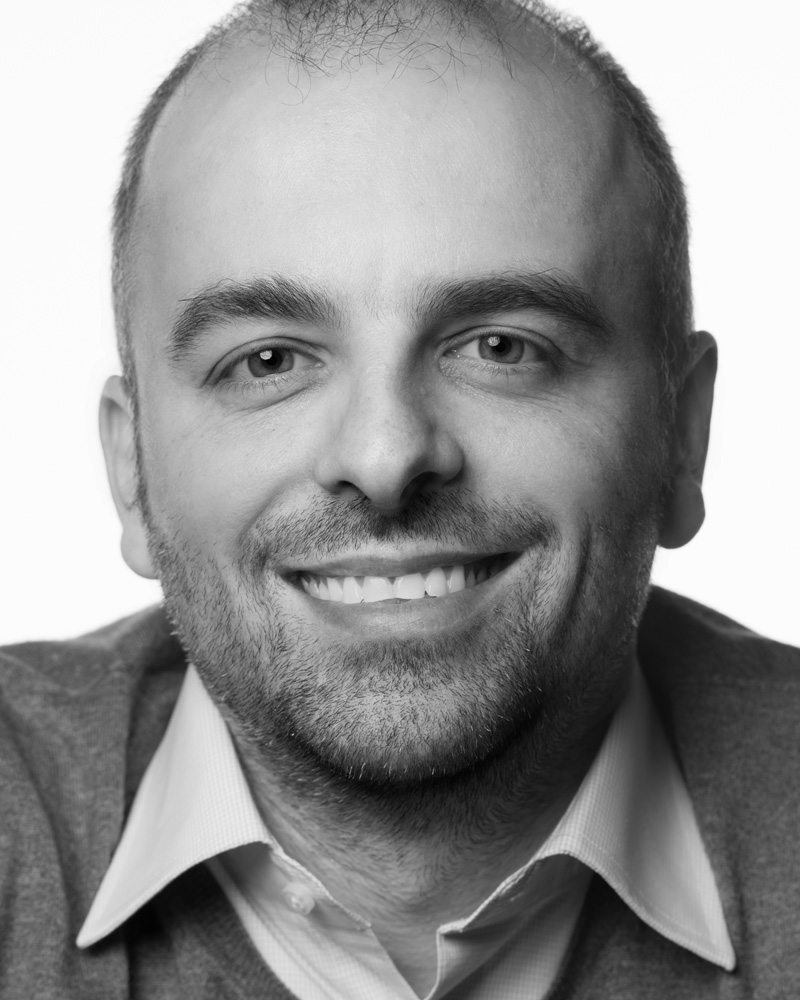
|
| United Kingdom | University of Sussex | Alexander Booth | United KingdomUniversity of SussexAlexander BoothI have a severe travel bug and am always thinking about the next trip overseas - anywhere I can find camping, hiking and good food is somewhere I would like to go. My partner and I spent 18 months traveling through 24 countries on an overland trip from the UK to Australia. Buses, trains and boats only. I have recently been working as part of the group investigating DUNE’s ability to detect supernovae in the Milky Way and beyond. I like that you really have to get creative when designing algorithms to find these events. Not to mention that humans have only ever detected neutrinos from one supernova, so everyone is excited about what we might learn from seeing another. |
Alexander Booth
University of Sussex
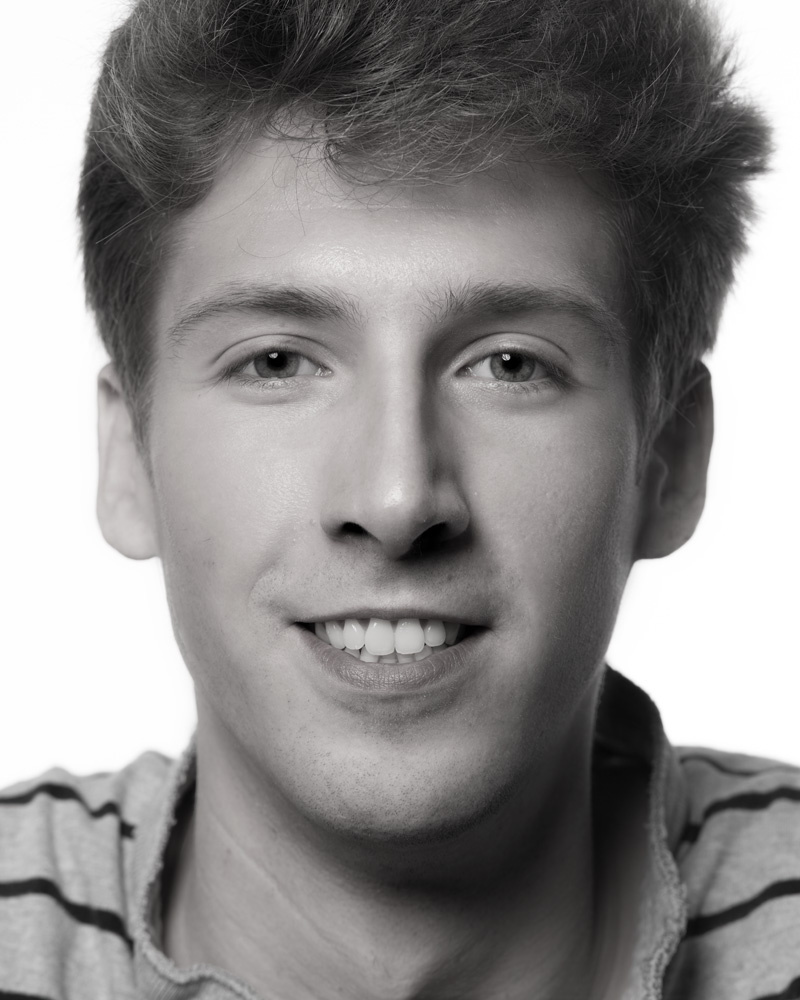
|
| United States | University of Cincinnati | Alexandre Sousa | United StatesUniversity of CincinnatiAlexandre SousaMy fascination with science started when I was 7 years old in Portugal. I wanted to be an astronomer, but my friends just kept asking me to write them their horoscopes. During my teenage years I was an avid reader of books on cosmic evolution, with one of my favorites being "Atoms of Silence" by Hubert Reeves. Learning about the 'cosmic jazz,' as he called it, made me want to go beyond looking at the stars and understand how stars work instead, and realize physics gave us these amazing tools to help us understand reality. There’s still so much we don’t understand about neutrinos. This is a particle that no one knew existed until the 1930s, and yet there’s so much we can learn from it about the universe’s evolution. I am the beyond-the-standard-model physics co-convener for DUNE, which means I work with a very diverse group of experimentalists, phenomenologists, and theorists to try to understand the wide landscape of physics we can probe with such a complex machine for discovery. It has been a fantastic opportunity to work with people from all over the world. |
Alexandre Sousa
University of Cincinnati
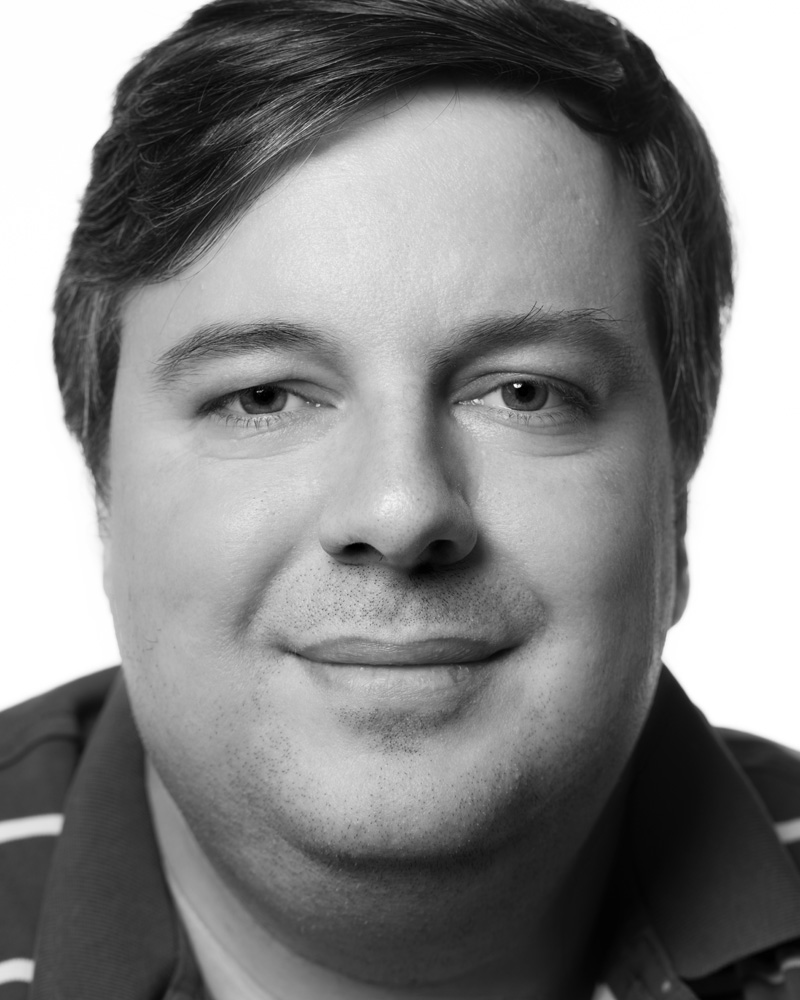
|
| United Kingdom | University of Oxford | Alfons Weber | United KingdomUniversity of OxfordAlfons WeberI love fantasy and sci-fi, for escapism. Even if the physics is ridiculous, or non-existent, I don’t care. There are still those books where you try to go to bed, start reading, and find yourself at 3 o’clock thinking, 'Damn, I have to get up at 7.' The strange thing with books is that I almost immediately forget what I read. That doesn’t happen with physics. There are few things to remember and you can derive most of it by thinking logically. What I really like, and why I became a particle physicist, is working with different people from lots of areas. I like collaborating, having the (scientific) arguments, finding the solutions, and finding out something new by working together. Which sounds a lot like the plot of a good book. |
Alfons Weber
University of Oxford
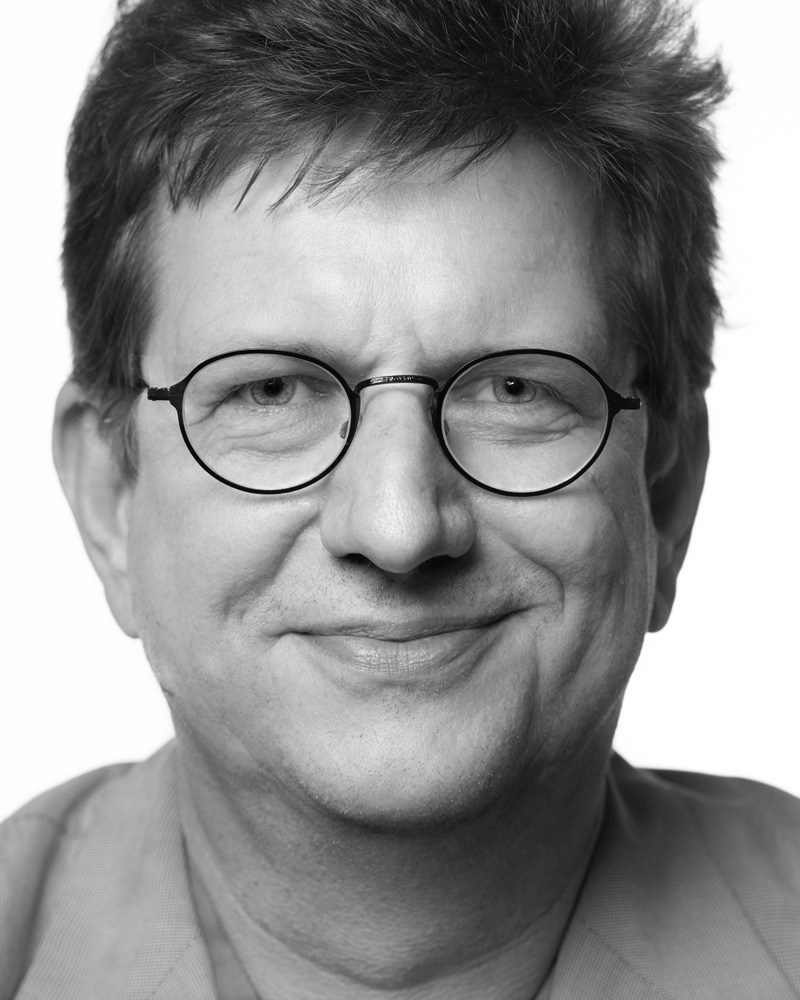
|
| Mexico | University of Colima | Alfredo "Fefo" Aranda | MexicoUniversity of ColimaAlfredo "Fefo" ArandaI crossed the US-Mexico border every day - with the corresponding revision process - during my entire undergraduate education. I studied in El Paso, TX, and lived in Juarez, Mexico. I recall my first university physics class. I basically did not speak English, my professor did not speak Spanish, and of course the class was in English. My physics and math levels were good enough to be able to solve all homework and test problems. I was doing fine, that is, until the professor decided to include several wordy lab-related questions in one of the midterm exams. I did not understand the questions, and even if I had, it would have been impossible to write the answers. I left them blank. Next day in class, the prof starts giving exams back. When he gets to me, he throws the pieces of paper onto my table and says, with a heavy Texan accent: ‘Next time bring your English-Spanish dictionary.’ I was delighted. |
Alfredo "Fefo" Aranda
University of Colima
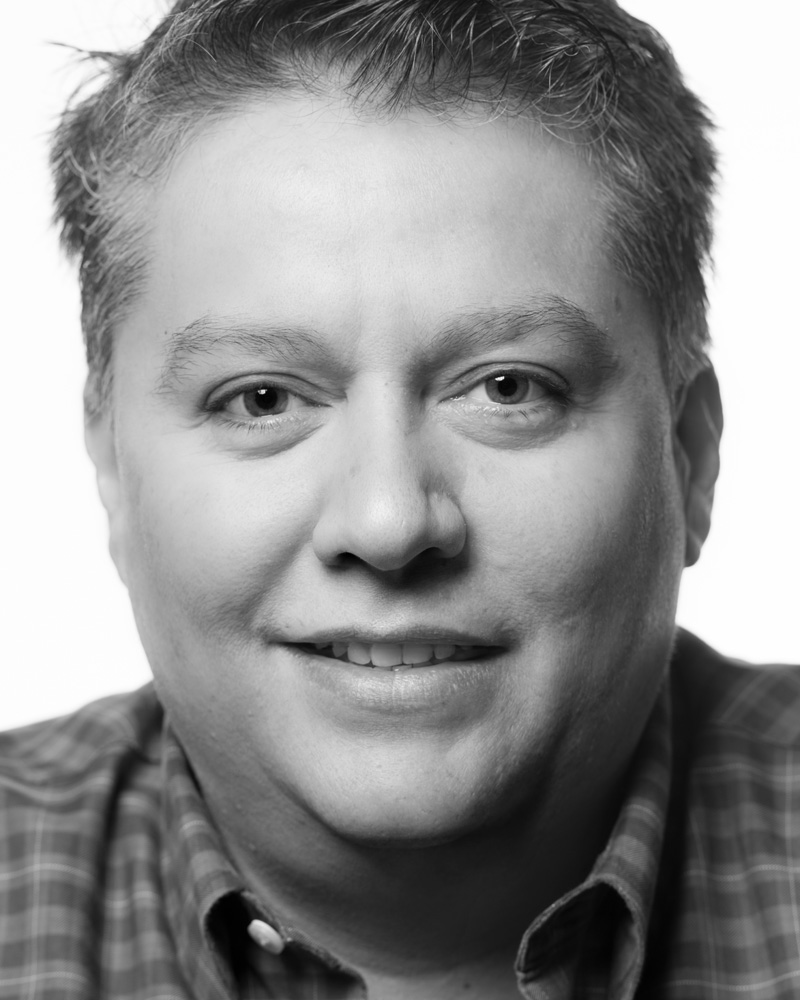
|
| United States | University of Colorado Boulder | Alysia Marino | United StatesUniversity of Colorado BoulderAlysia MarinoI have spent far more time in mines than I ever would have imagined, working on various physics experiments. Descending into the earth at 20 miles per hour while standing inside a dark metal box that is attached to a mile-long steel cable does take some getting used to. For six years, I was a graduate student doing research with the Sudbury Neutrino Observatory in Canada, which required periodic trips to Sudbury - and below. Being a graduate student on the SNO experiment at the time when we made a Nobel Prize-winning discovery was incredible. As a postdoc I worked on the MINOS experiment: I spent a lot of time 350 feet underground to work on the MINOS near detector at Fermilab, and I even had a chance to see the MINOS far detector, located a half mile underground at the Soudan Underground Laboratory in Minnesota. I also have visited the former Homestake Mine, which now houses the Sanford Underground Research Facility, the future home of the DUNE far detectors. I expect to spend more time underground in the future with DUNE. With my research I want to help answer some of the biggest and most fundamental questions in the universe. I always liked knowing how things work. |
Alysia Marino
University of Colorado Boulder
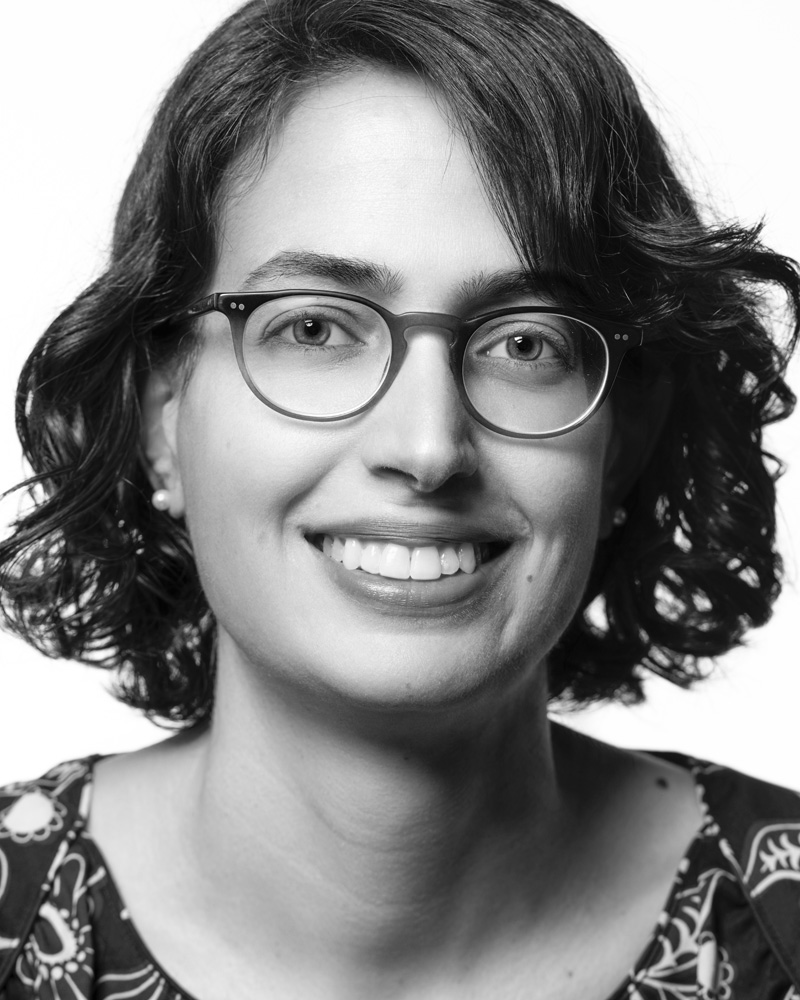
|
| United States | Oregon State University | Amit Bashyal | United StatesOregon State UniversityAmit BashyalI enjoy working in the neutrino physics community. It’s small, but well-connected. I realized that in a few years, you can get to know a lot of people. It’s really interesting. When I’m not doing physics, I like to hike a lot. I used to hike almost every week in Oregon, as long as the weather would permit. I hiked over the area near Newport, near the university, and I would drive a couple of hours just to hike in new places. When you’re hiking, you’re enjoying the nature, and it also gives you a kind of relaxation because you are all by yourself. You can just think about whatever comes into your mind without any restrictions. And the silence is really refreshing. And it’s kind of like a quest, because you are following a trail to get somewhere and then you come back. You really feel like you have done something. |
Amit Bashyal
Oregon State University
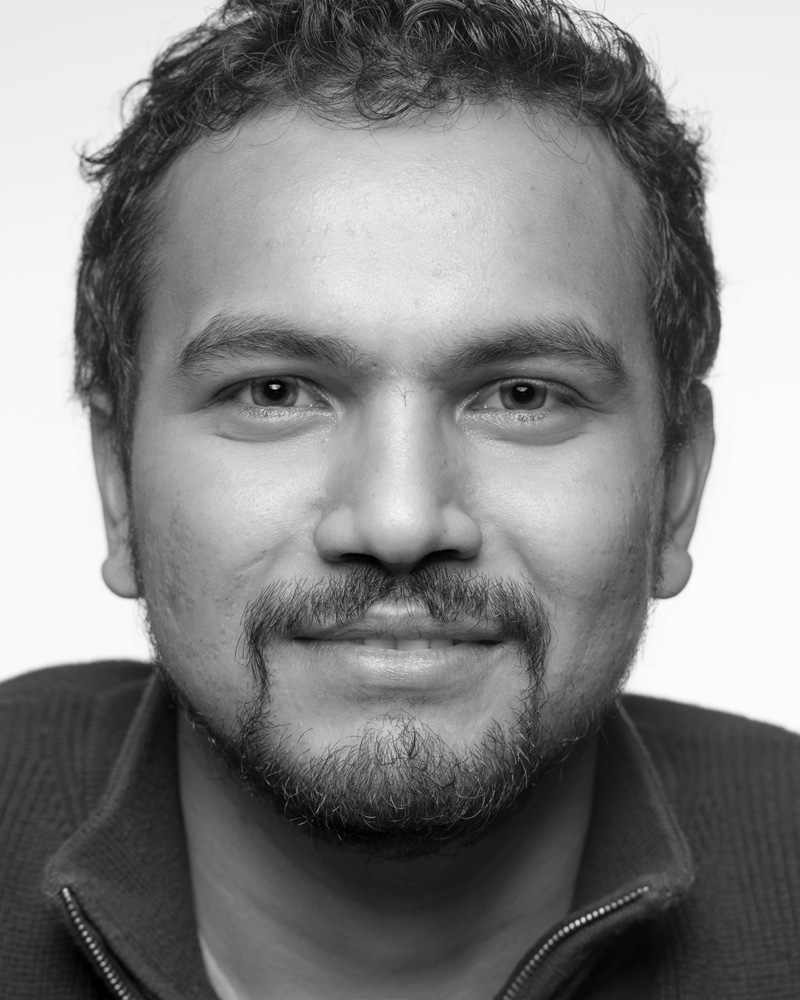
|
| Brazil | University of Campinas | Ana Machado | BrazilUniversity of CampinasAna MachadoArapuca is a Brazilian word – it’s an indigenous Guarani word that means 'a trap to catch birds.' Our ARAPUCA is a technology used for photon detection, and it’s an idea my husband and I had as we returned from the lab to our house about three years ago. We did some calculations and simulations, and then some trap tests. The light from particle interactions can enter the box, reflect around, and eventually hit the photosensor. This technology is already installed in the DUNE test detector, ProtoDUNE, and I’m responsible for the installation in the Short-Baseline Near Detector at Fermilab and am working on production in Brazil. We’re doing studies of different geometries to improve the efficiency, and it seems to be getting more efficient. I have spent a lot of time in my scientific career working on scintillation light, so I’m enjoying this. |
Ana Machado
University of Campinas
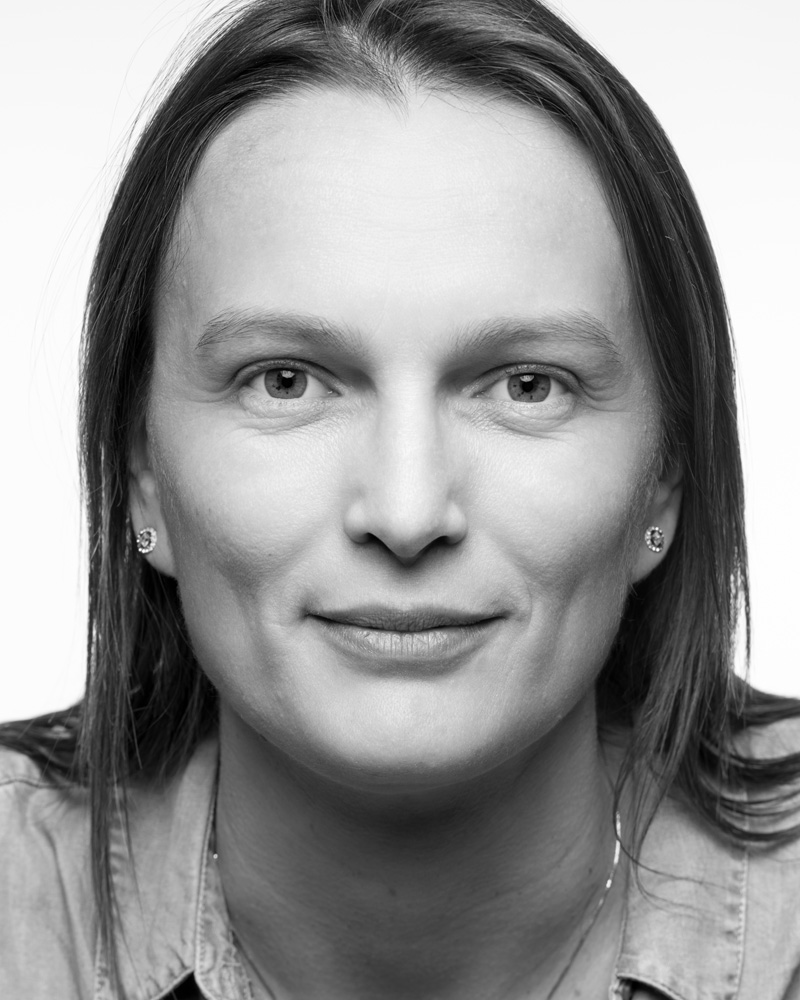
|
| United Kingdom | University of Manchester | Andrzej Szelc | United KingdomUniversity of ManchesterAndrzej SzelcIn high school I was good at maths, physics, chemistry, and computers. For a long time, I was considering being in IT and getting an engineering degree. But then I read 'A Brief History of Time' and I got excited, so I decided to go into physics. I’m excited about the idea of building a liquid-argon detector for DUNE. It’s a new and exciting technology to see neutrino interactions with much more precision. And it’s still developing, so you can tweak it to make it better, which is what I am working on.
In the past I loved to travel, to visit new cities and new places. I am originally from Krakow. When I was in high school, I had a teacher who would take students on trips to places like North Africa, Israel, and Palestine and stay there for a month. I got to go to Ireland and we traveled around the country there in a bus and slept in tents. Then, as an undergraduate I hitch-hiked all the way to Spain, which didn't work all that well but was a fun experience. I've lived in Italy, the US, and now in the UK. These days, I tend to travel a bit less, and instead I love to spend time with my son. |
Andrzej Szelc
University of Manchester
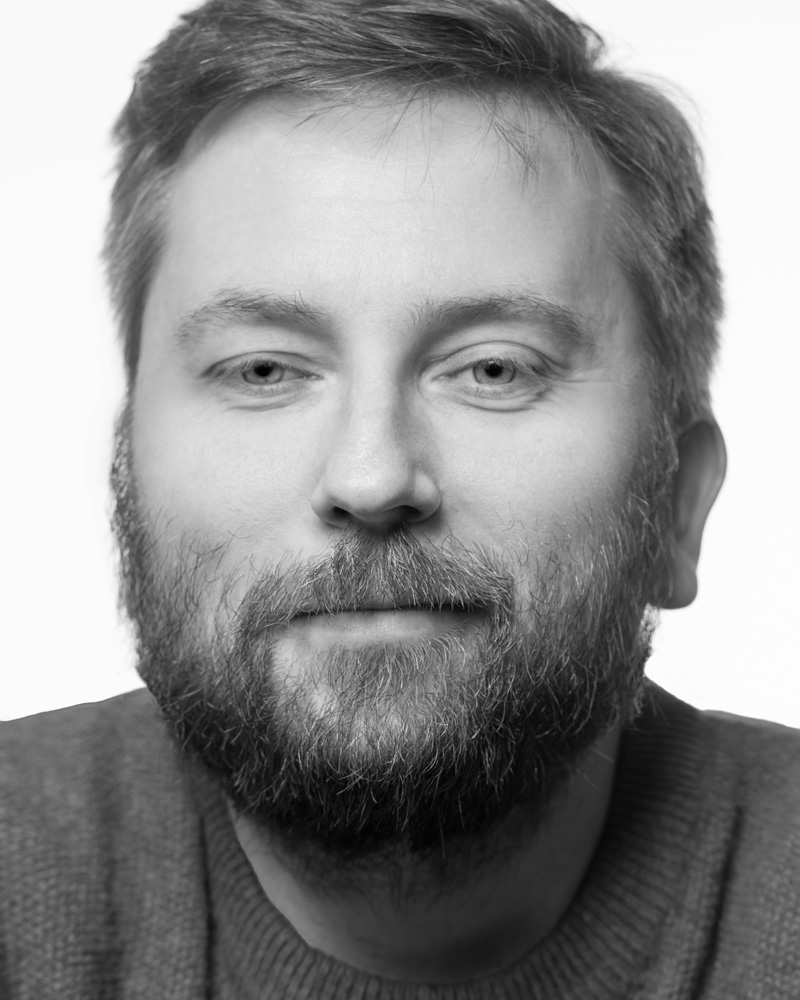
|
| United Kingdom | University of Manchester | Andy Furmanski | United KingdomUniversity of ManchesterAndy FurmanskiI used to work on the T2K experiment in Japan, and while I was there I climbed Mount Fuji. It was great – until you get 200 yards from the top and you join the queue, because everyone climbs it to watch sunrise from the top. Now I spend most of my time working on the MicroBooNE experiment, which has a lot of overlap with ProtoDUNE, where I worked on construction and commissioning of the detector. One thing I really like about DUNE is being part of such a long-term project. Everyone is coming together to reach some end goal that requires everyone. No country or institution could do it by themselves. You need to have thousands of people and a decade or more. It’s nice to be part of something that big. |
Andy Furmanski
University of Manchester
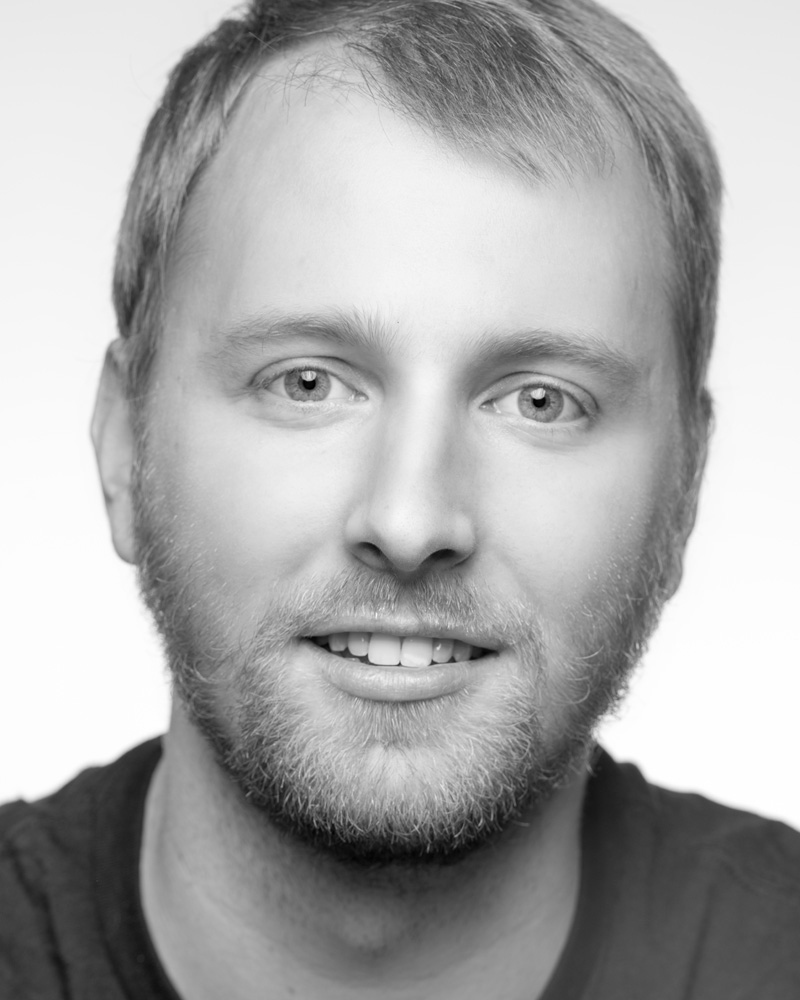
|
| United States | Rutgers University | Andy Mastbaum | United StatesRutgers UniversityAndy MastbaumI worked on the SNO+ experiment previously, and we had racks of electronics a mile underground. One Halloween, we decided to turn a rack into a skeleton. We bought a plastic head and arms and feet, and put some LED eyes in the skull so it would flash when there was a particle event. But one day we came down to the lab, and it was just gone. Walking around, I found the skull on a cart, and was waiting for someone to show up. The twist was that that day, there was a film crew underground filming a segment; they came by and I was standing there, cradling a skull.
Nowadays I’m involved with the Short-Baseline Near Detector, MicroBooNE, and R&D efforts for the DUNE near detector at Fermilab. I’m particularly interested in questions about instrumentation electronics, readout, and engineering, and searches for new physics. I never know from one day to the next if I’m going to be calculating, coding, or building something. I really like the variety and how collaborative it is – both in DUNE and in particle physics in general. It’s an amazing community of people from all over the world who come together and bring unique perspectives and expertise to build something incredible. The whole is much greater than the parts. It’s a beautiful thing. |
Andy Mastbaum
Rutgers University
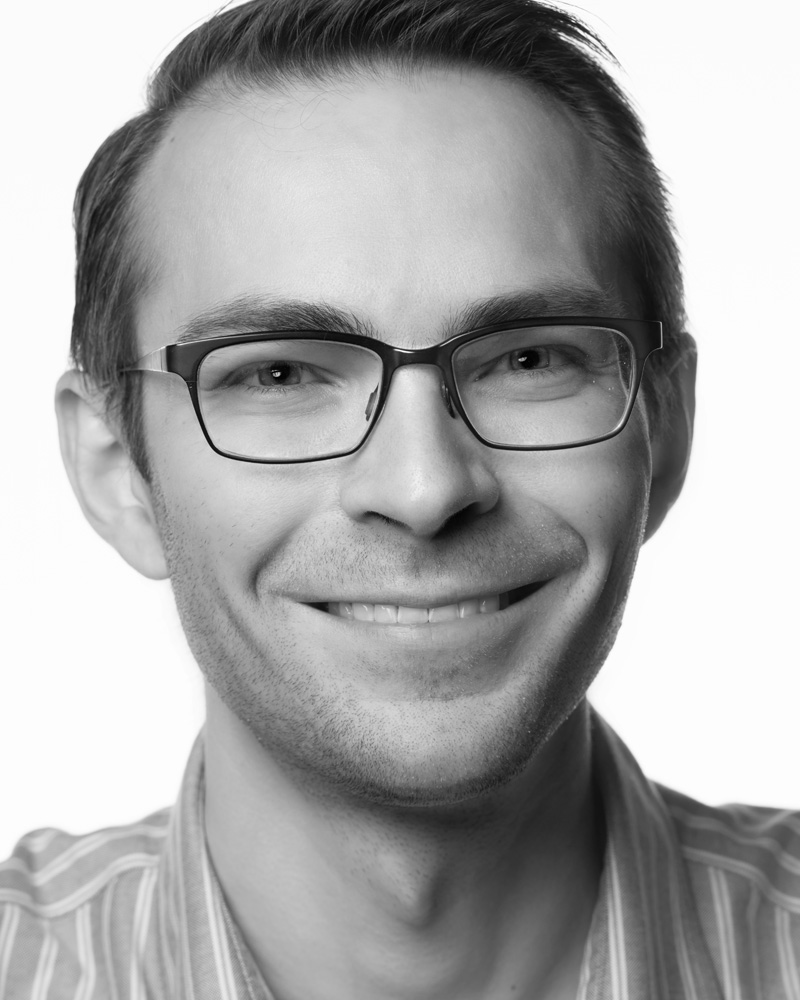
|
| United States | Fermilab | Anne Heavey | United StatesFermilabAnne HeaveyI studied physics and French in college. This worked really well for me – I loved learning physics and solving problems, but I also loved having to read a romantic French novel after a while! Later, I got my masters and worked on electromagnetic calorimeters at SLAC and CERN, then worked for a few years in the software industry. That’s when I started writing documentation and discovered that I liked it. But I prefer a lab environment, so I came to Fermilab and have been writing and editing here for many years now – lots of things, like documentation, design reports, and web sites. Because of my background, I usually know which questions to ask to get things right.
This year I’ve been leading the technical editing team for DUNE’s technical design report, working with the content contributors and the scientists who are leading the overall effort. The TDR describes in great detail the detectors that DUNE is going to build – what the components are and how they work, as well as how they get built, assembled, and installed. It also describes the physics we want to get out of the experiment, and what strategies we’ll use to do it. The editing team provides the guidance and the infrastructure in which to put all this content, we review and edit the text, and generally keep everything coordinated. It’s been quite a ride! |
|
| United Kingdom | University of Sheffield | Anthony Ezeribe | United KingdomUniversity of SheffieldAnthony EzeribeI have always been curious to learn things about the universe. I wanted to know where everything started. When I was younger, I read papers that discussed the origin of the universe. I was interested in the tiny details of the evolution of the universe. I did my Master's in Nigeria on observational astronomy. The tasks then made me realize that there are a lot of things I don't know. In observational astronomy, you mainly observe - and you don't have a good explanation for the particular details of what is going on. I was interested in knowing those details. That's why I was keen to cross over to particle physics. I decided that I'm going to dedicate my life to physics about ten years ago. The transition was challenging because I had to work really hard to get up to speed on quantum field theory and the Standard Model in less than a year. That was challenging, but I enjoyed it a lot because I was seeing answers to things I didn't know. The experience has made me a better person as I can now help in solving real-life problems. |
Anthony Ezeribe
University of Sheffield
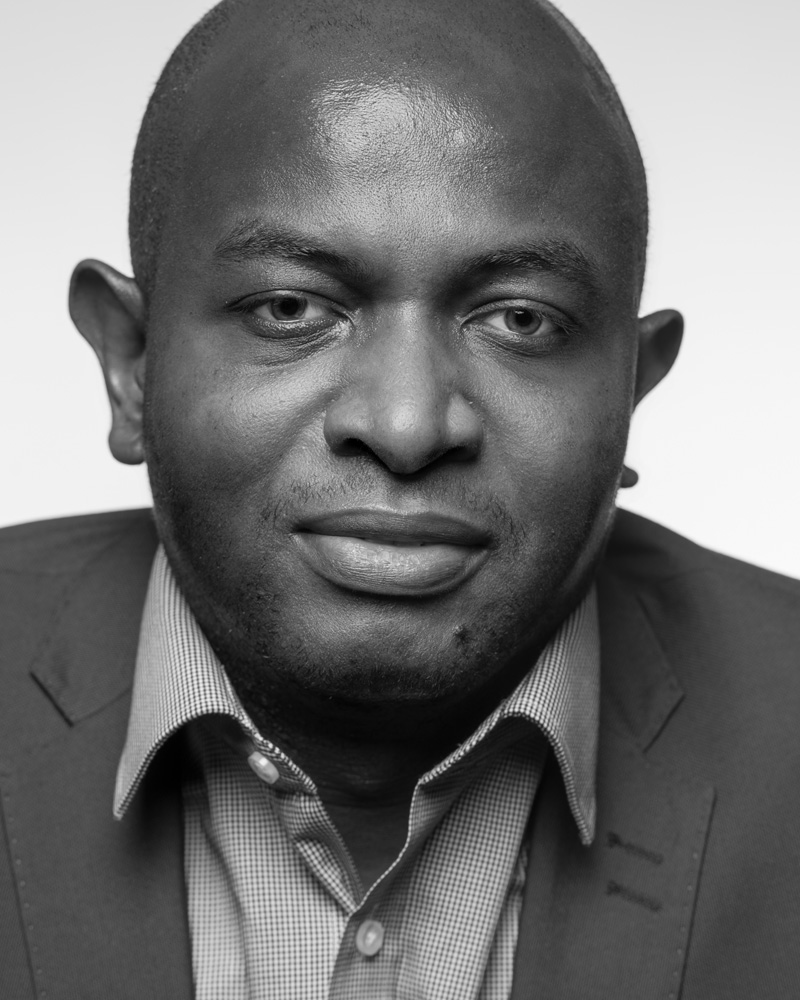
|
| Switzerland | University of Bern | Antonio Ereditato | SwitzerlandUniversity of BernAntonio EreditatoI have been a neutrino physicist for about 30 years, and I’m also proud to be one of the founders of DUNE. I was a member of the Interim International Board in 2014, with 20-ish people, and we set up the base of the experiment. It feels a little bit like my child. This work, as you know, is really pervasive. You never switch off. Saying I don’t work on science, it’s impossible. We are thinking about it – even when we take a shower. DUNE will last decades, but I am used to that: I was one of the guys who proposed the OPERA neutrino experiment, and from the first idea to the end it took 15 years, a large part of my life. It was the most challenging scientific enterprise I had been a part of. To some extent, DUNE is much more relaxed for me, because I’m one of thousands colleagues working on it. |
Antonio Ereditato
University of Bern
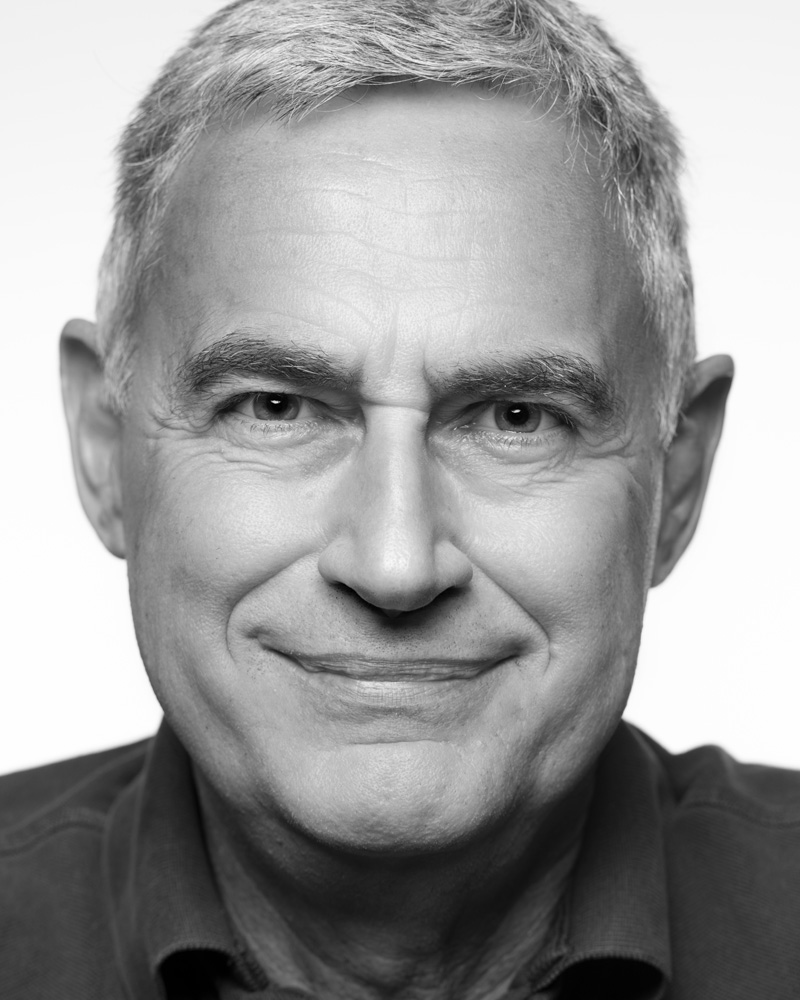
|
| United Kingdom | STFC | Antonis Papanestis | United KingdomSTFCAntonis PapanestisWhen I’m not doing physics, I like to read science fiction. One of my favorite writers is Iain Banks, a Scottish writer who writes about the very, very far future, when everything that is possible is actually happening because technology is so advanced. Sometimes people ask me the point of what we do. We can always talk about the applications. But I also ask them, 'Do you watch Star Trek or Star Wars?' And I ask, 'Would you someday like the technology to do this?' And if the answer is yes, we have to do the research. We have to figure out space and time. It may take thousands of years, but if you never do the research, you never get the technology. |
|
| United States | University of Texas | Beatriz Tapia Oregui | United StatesUniversity of TexasBeatriz Tapia OreguiWhen I was younger, I sang in a choir. Becoming a professional opera singer was one of the first professions I considered. In school, however, I started to realize how much I loved science — how it seeks to answer questions about things we don’t understand. And physics was my favorite because it used math to describe everything around us. I read a lot of books about science, but they were non-technical and helped spark my interest in science as a child. I still love reading and immersing myself in learning and traveling. After my undergraduate degree, which I got in Germany, I moved to the U.S. Since moving here, I’ve been able to fully explore how much I love physics. The physics culture here, on projects like DUNE, encourages communication and collaboration. I just love watching this kind of collaborative dream we have come together. |
Beatriz Tapia Oregui
University of Texas
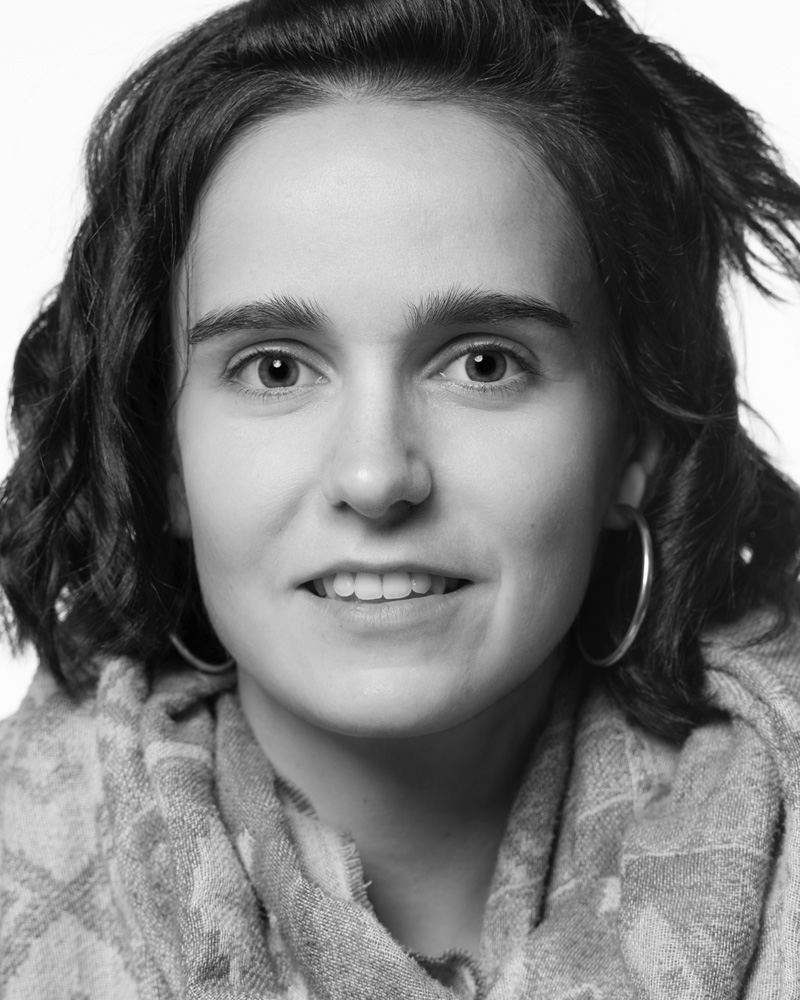
|
| United States | South Dakota School of Mines and Technology | Bhubnesh Lama | United StatesSouth Dakota School of Mines and TechnologyBhubnesh LamaI like that the DUNE collaboration is a big group and there are lots of people. You can meet people from around the whole world in one place, and you get to know their culture. I love that part. Even though I don’t speak often, I am a social type, an extrovert. But when I go to a new place, I become more like an introvert – I do not speak much. Once I get to know the place, then I am talkative. I am always shy at first. That was true when I first came to DUNE. I didn’t know anyone, and I was eating alone, and the next day I started to say 'Hi' and smile. Then I started to interact with people, and now I know people from France, Italy, Brazil, Spain, and different institutions in the United States. I am happy that though my country, Nepal, is not participating in a funding way, there are people and students from there who are working on the project. I met some friends from my country, two or three, and I was like, 'Yeah, we are also participating!' It made me feel good. |
Bhubnesh Lama
South Dakota School of Mines and Technology
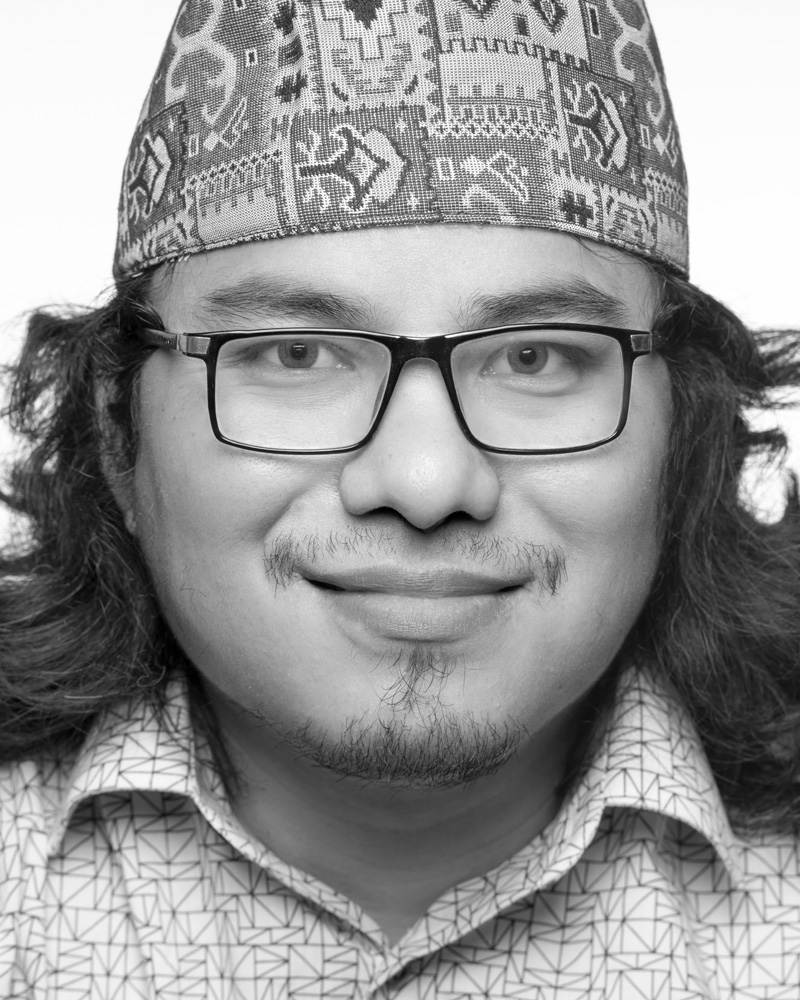
|
| United States | University of Minnesota | Bill Miller | United StatesUniversity of MinnesotaBill MillerI spent 28 years going a half mile underground every day to build the MINOS, CDMS, and Soudan detectors, and the last 8 years building and operating the NOvA Far Detector. I’ve dedicated my whole life to making physicists happy—they come with these crazy ideas and we try to make them happen. I worked on the mechanical tests for how ProtoDUNE goes together at the NOvA lab in Ash River, Minnesota, and spent a year and a half assembling the pieces that were delivered to CERN. It’s a great group of people that we worked with at CERN. It’s a family. It’s like the old collaborations when you knew everybody and their children and had potluck dinners together. There’s a real camaraderie that’s not always present in these large collaborations. I really enjoy getting together with people outside of the work environment. I think you end up ultimately getting a much better product when you’re all working together. I’ll be around to help develop the installation procedures for DUNE, but in theory I’ll retire before they build the first detector. I’ll have to come back and see it. |
Bill Miller
University of Minnesota
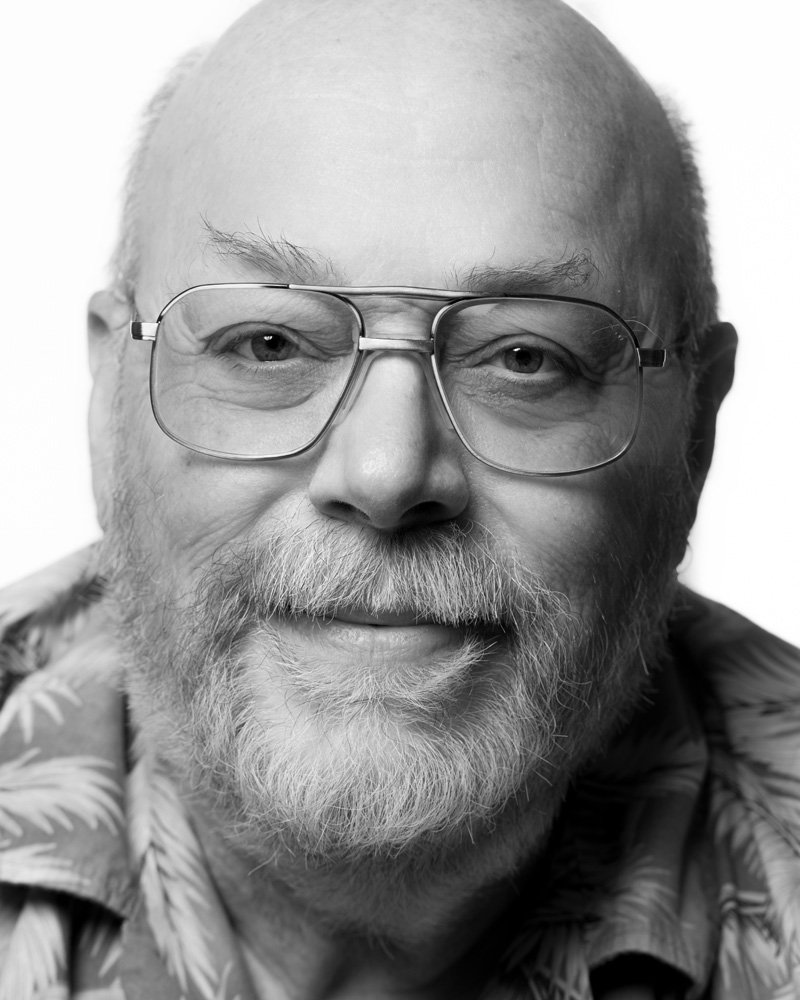
|
| United States | Colorado State University | Bob Wilson | United StatesColorado State UniversityBob WilsonI became interested in science pretty early. In elementary school in England, I had a friend who was also dead keen on science. We would just talk about science, and he found books – I vividly remember one about nuclear physics, I can still picture the cover in my mind’s eye. Of course, we had no real idea what the books were talking about, but they had really neat pictures and we would fill in the gaps of what we understood by making stuff up. He was a math whiz, and it’s because of him that I switched from studying chemistry (my best subject) to an extra math course in high school so that I just did math and physics the last two years of high school, which undoubtedly set me on a course to where I am today.
Later on, as an undergraduate in university, I saw a poster about doing graduate study at Purdue University in the US. I knew nothing about Purdue except that it was not too far from Fermilab, which I had learned about in a particle physics course. So, I filled out the attached postcard, and they wrote back (an actual letter) and said they would give me money! We didn’t have teaching assistantships in the UK, and the idea of taking more physics courses and teaching sounded really great to me. As it turned out, after my coursework I ended up being shipped out to SLAC in California to work on one of the first Positron Electron Project (PEP) experiments and later was involved in a CP violation project called BABAR. Understanding how CP violation is related to the fundamental structure of the universe became a central theme of my career. After we understood that CP violation in the quark sector couldn’t explain the antimatter-matter asymmetry I joined the T2K neutrino oscillation experiment in Japan, and that led naturally to DUNE. And as a bonus, I will search for sterile neutrinos with ICARUS in the Short Baseline Neutrino program at Fermilab. |
Bob Wilson
Colorado State University
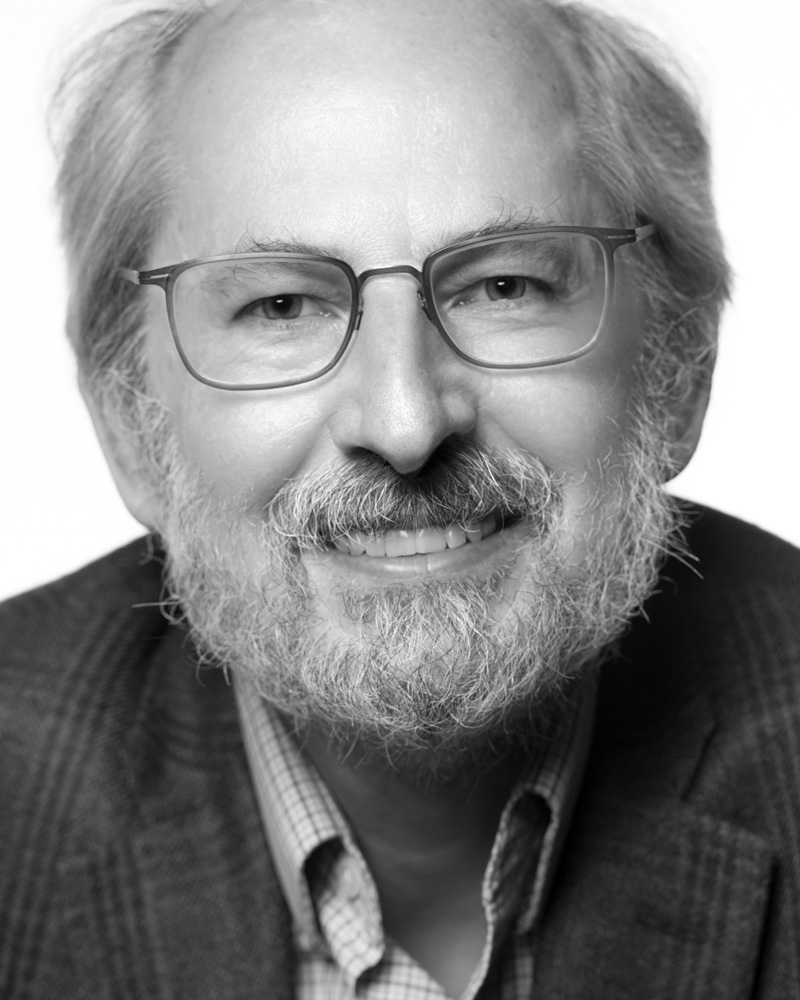
|
| United States | Fermilab | Bob Zwaska | United StatesFermilabBob ZwaskaMy career in physics started with math. When I was younger, math was recreation for me. There was a famous column in Scientific American for many years called ‘Mathematical Recreations.’ It was fun to play around with numbers. Later, I was thrilled to learn that numbers could be applied to the real world and actually be able to do things! You can connect the time and the motion of things to all these other factors. The dynamics of connecting those things together, it's still interesting. This will sound terribly geeky, but at a certain point learning calculus and differential equations, it clicked for me in a big way. Now, I particularly like the idea of these large science facilities like DUNE. Contributing to building these one-of-a-kind facilities and seeing them operate and produce science, that's what keeps me engaged. It's not the kind of thing that any one person can do, which makes it really challenging and interesting. |
|
| United States | Yale University | Bonnie Fleming | United StatesYale UniversityBonnie FlemingI am happy to have been on DUNE since the beginning, since before DUNE was officially DUNE. It is the ultimate neutrino experiment, and I get excited every time I get to talk about it. Neutrinos are possibly the reason we exist; how can one not be totally interested in that question? I also love working with lots of different people and solving problems as a group. I love being in a meeting and watching as a new idea emerges out of a discussion amongst a group of many people thinking hard at the same time. Science at work!
When I’m not working on particle physics, I like gardening and canning. I just love living off of things that you can grow and eat. If I hadn’t been a physicist, maybe I would have been a farmer. It’s something that’s very satisfying, when you do something and you finish with a final product. It’s not quite the same with DUNE: I am sure we will be very satisfied when we finish the construction of the massive, precision DUNE detector, but then there are years of discovery beyond that when we will continue to reap the rewards of our labor. |
Bonnie Fleming
Yale University
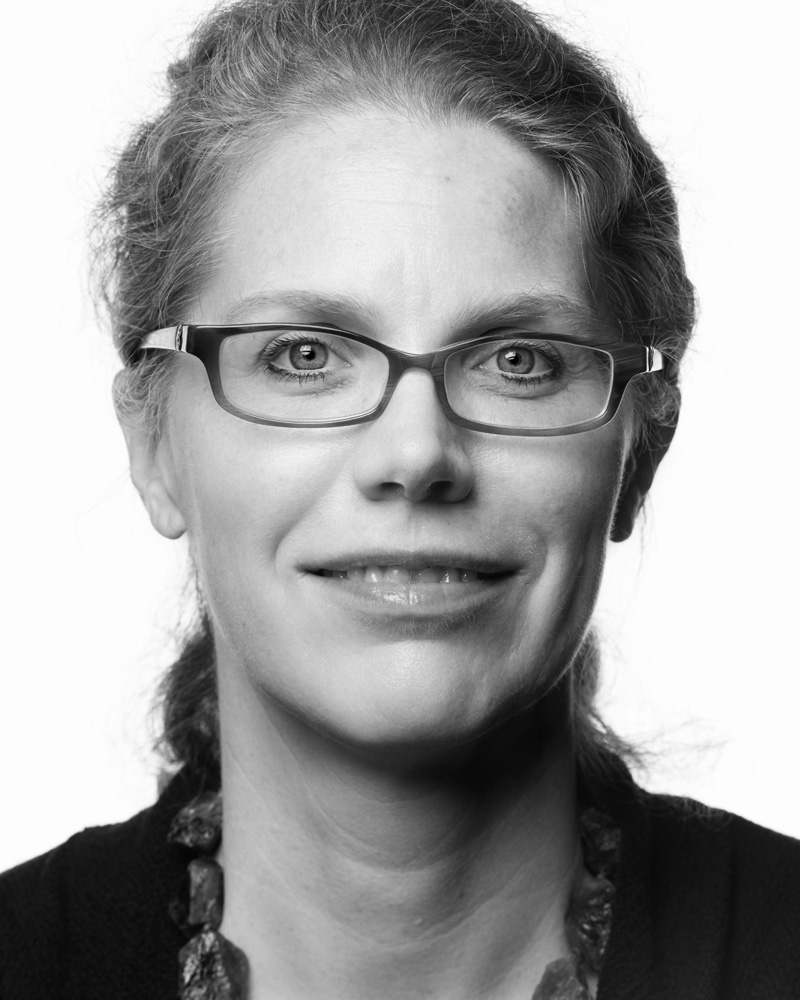
|
| United States | Fermilab | Bonnie King | United StatesFermilabBonnie KingI'm a fan of open source software, which is what we tend to use in physics. I’ve always been interested in computers, electronics and hacking. I have an RFID chip implanted in my hand, and can control things with it using Arduino or my phone. It can also store small amounts of data – like contact information or strings of text. The reason I like supporting physics experiments is that the detectors are extremely high-tech, they have never been built before, and they come together with a hacker mentality. It’s a unique environment. We have challenges like custom hardware, unusual facilities – in DUNE, we'll be a mile underground – and pieces built by groups around the world that must come together and work. It’s not like a typical data center. It’s stuff I’ve never seen anywhere else, and at a scale I’ve never seen. |
|
| United States | Michigan State University | Carl Bromberg | United StatesMichigan State UniversityCarl BrombergI got hooked on science in the 5th grade. My class teacher put out equipment – wire, batteries, lights – that we could play around with after class to explore electricity. If something didn’t work, we had to figure it out. I thought of modeling a set of street lights and hooked the lights up properly in parallel, but the lights got dimmer the further they were from the battery. In desperation I cut the loop at the end of the source wire, which eliminated the short circuit, and, literally, the lights came on. From there on my goal was to take on challenges and figure out how to make things work. Now I’m working on DUNE, and I work on the cold electronics that we will use to extract images of neutrino interactions inside of huge liquid-argon detector. I’ve been working on the liquid-argon detector technologies for close to 20 years, and the plans for the ultimate neutrino detector are finally coming to fruition. |
Carl Bromberg
Michigan State University
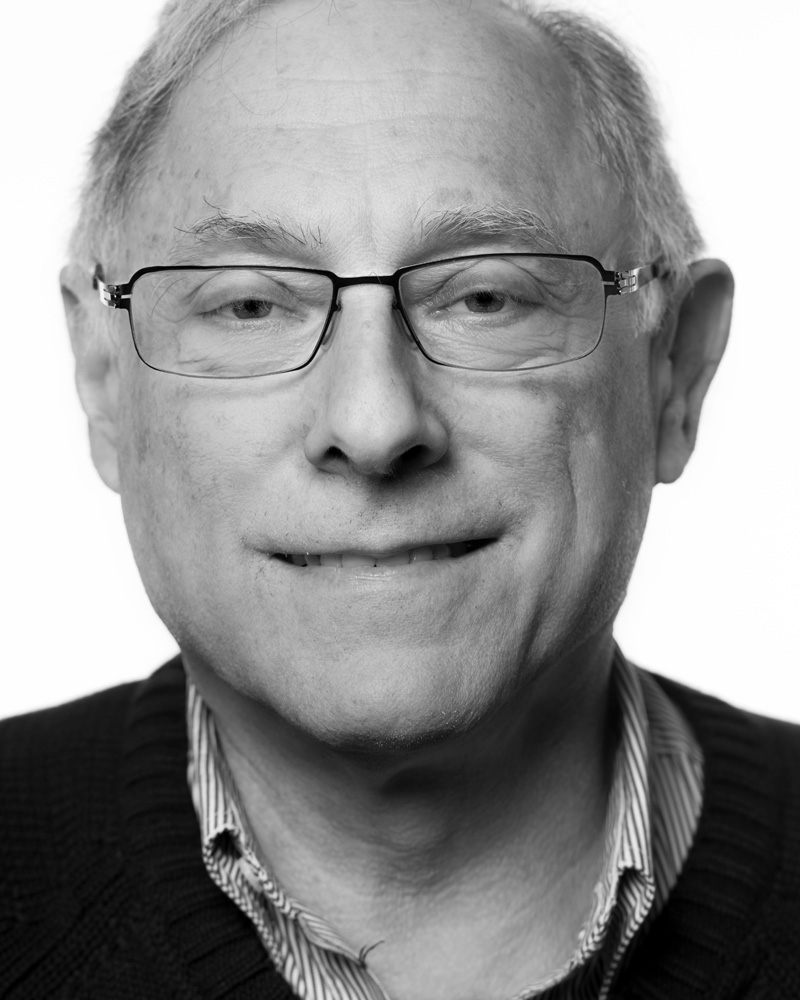
|
| Brazil | Federal University of ABC | Celio Adrega de Moura Junior | BrazilFederal University of ABCCelio Adrega de Moura JuniorWhen I was a kid, I wanted to be an astronaut, and sometimes people would say I lived in a dream world. But physics actually helps us to keep our feet on the ground. Maybe this is one reason why I like reading science fiction and still like dreaming of different realities, peoples, and future possibilities for our world. I studied physics because I thought it would give me answers about how and why things work, develop, or change. I really wanted to understand the world surrounding me. Using DUNE data and simulations, I'll help look for deviations from the current neutrino theory, deviations that could be explained by physics not discovered yet. |
Celio Adrega de Moura Junior
Federal University of ABC
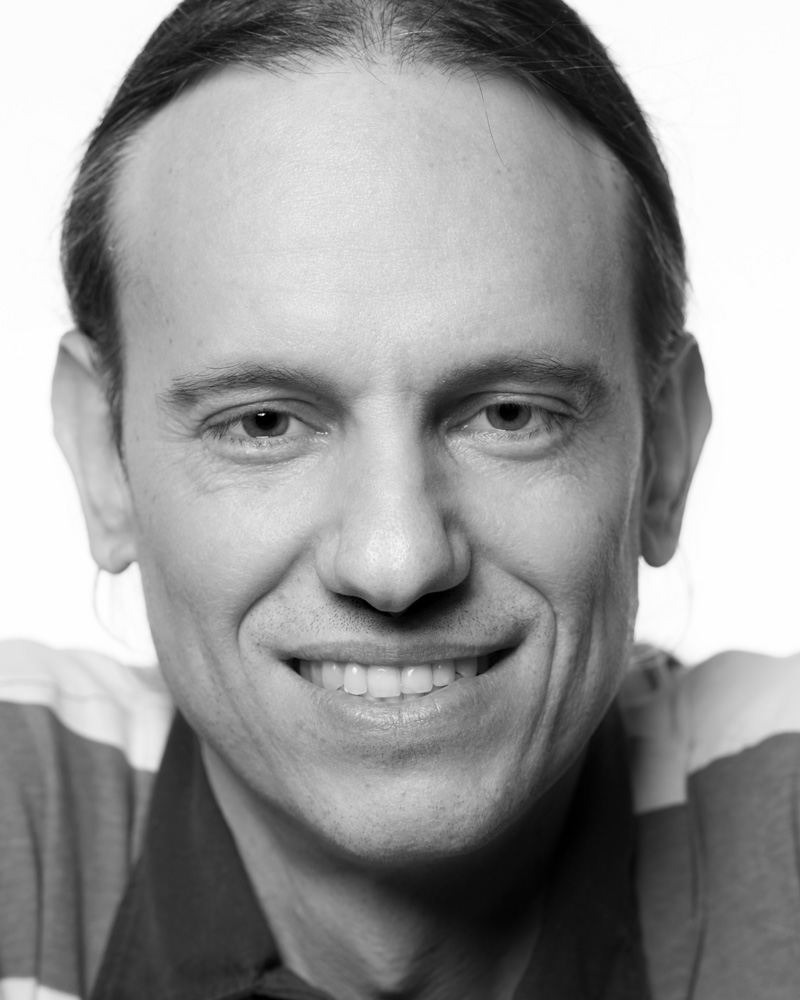
|
| Peru | National University of Engineering | César Castromonte | PeruNational University of EngineeringCésar CastromonteDUNE is a once-in-a-lifetime chance to do frontier physics in the exciting field of neutrinos, a particle we don't know much about. It's also a great chance for our country to develop our technology and science. I'm helping represent Peru in this field — playing in the big leagues. My physics experience has prepared me for outside situations, too. Seven days after I got my driver's license in the US, I had driven to Virginia from Fermilab and was on my way back when a tire blew up right in the highway. I remained calm enough to take control of the situation. I was in the middle of nowhere in Pennsylvania. No phone signal. No Google maps. A random guy helped me put on the spare tire, and a tow truck driver took my car 60 miles to the nearest city. I didn't know where I was. It was crazy. I got a new tire. I went to a hotel. I was so stressed, the next morning at 2 a.m. I left, heading to Fermilab. In physics, sometimes the detector just breaks. At first we don't know what's going on, but we need to keep calm and take action very quickly. That car breakdown was exactly the same. |
César Castromonte
National University of Engineering
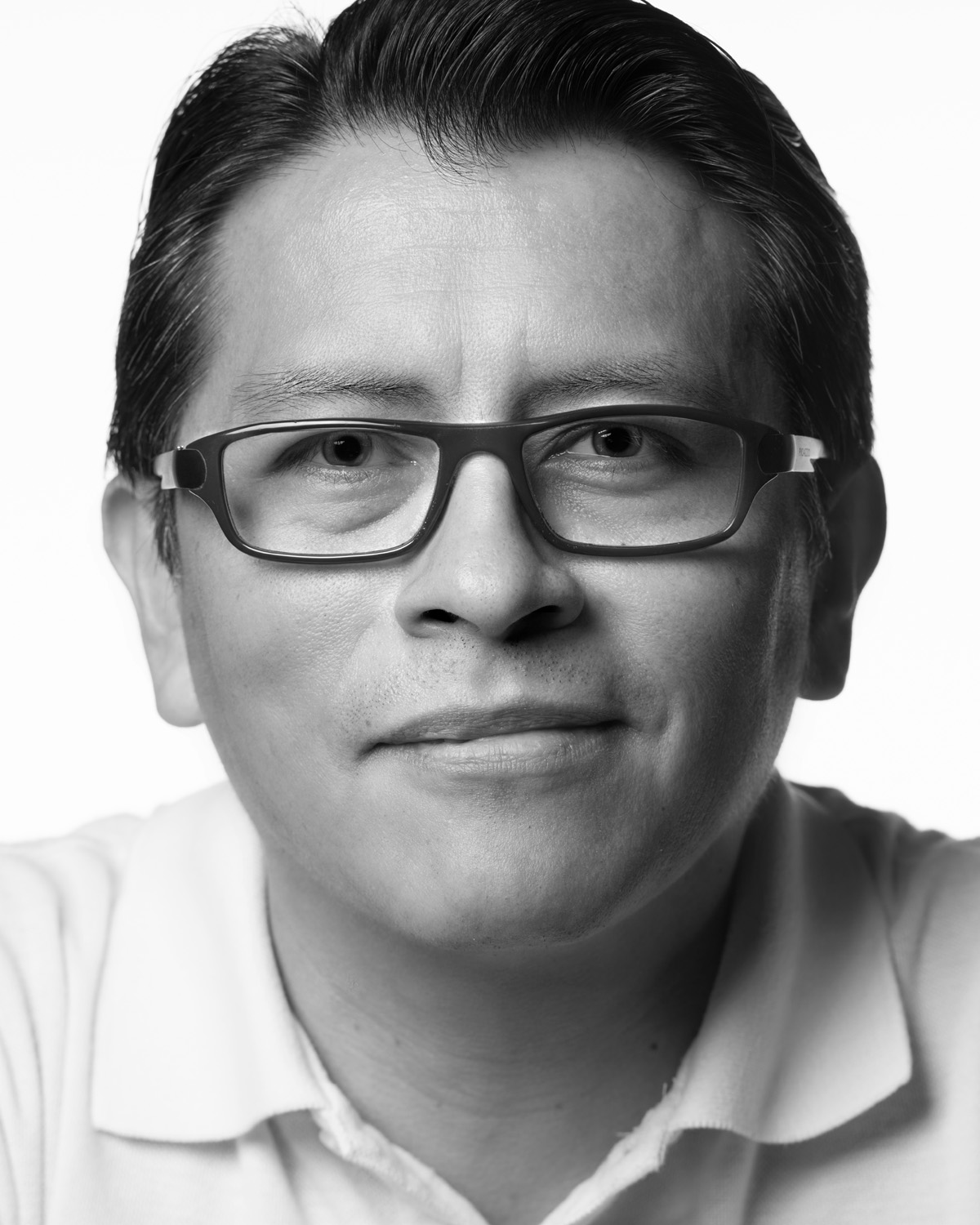
|
| United States | Stony Brook University | Chang Kee Jung | United StatesStony Brook UniversityChang Kee JungI am a member of the DUNE Spokespersons Advisory Committee. Scientifically, this is a very, very, challenging project. We're going to measure CP violation in neutrinos to address the matter-antimatter asymmetry in the universe, one of the most profound questions in science. It's exciting to tackle that, and the way we choose to do it is challenging. It's like climbing Mount Everest — when you go up a peak, it's challenging. But you go with partners — that camaraderie, the friendship you build, is incredible. You have your own view of the world at the peak. I also like meeting new people, especially young people — help them, mentor them and then assist them to find their goals in life and be successful and be happy. I'm hoping all young people can have all that feeling of discovery when they get to the peak. I was a really, really bad student in college. My graduating GPA was 2.73 with two probations. I can confidently say that in the history of American higher education, I had the lowest GPA to get a graduate school fellowship — not a good example to follow.
I did write some music that became popular in South Korea. I wrote a mountain song — it had a yodel part — when I was captain of the Alpine Club in university. When I went back years later, they were having a campfire party. They were singing this song, and I asked how they came to learn it. They said it was popular among alpine clubs in Korea. I was surprised that, 30 years later, they were singing the song I wrote. One of the guys at the campfire party had a connection to Mountain Magazine, and they sent a reporter the next day. The magazine interviewed me, and they were happy to find the composer. |
Chang Kee Jung
Stony Brook University
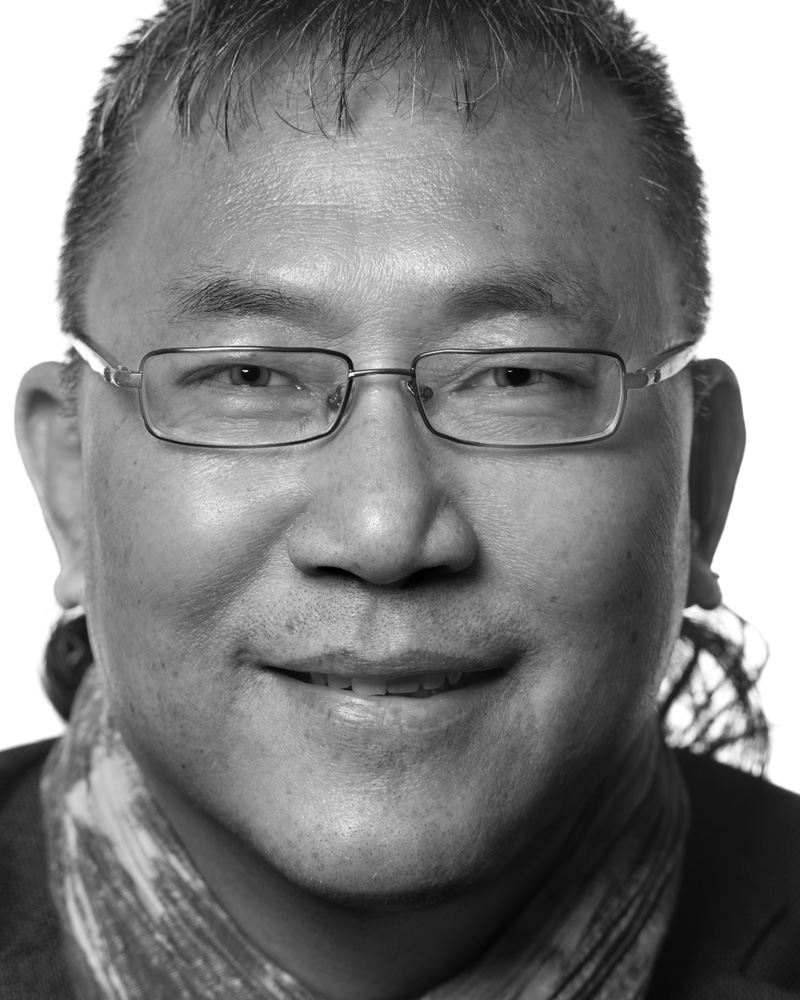
|
| United States | University of South Carolina | Chatura Kuruppu | United StatesUniversity of South CarolinaChatura KuruppuI did my undergraduate studies at the University of Colombo in Sri Lanka. It has been a long journey to fulfill my dream to become a particle physicist. The reason I chose particle physics is because it helps us understand the fundamental laws and symmetries – those governed by mother nature. If someone knows the fundamental laws of physics, then it opens portals to understand almost anything. Physics is the queen of all the sciences, and particle physics is the pearl in her necklace. I feel very lucky to work at Fermilab and contribute to cutting-edge neutrino experiments like DUNE. The beauty of DUNE is its diversity. Over 1,000 collaborators from 175 institutions in 32 countries work closely to achieve common scientific goals. It's not just one country; it’s everyone. I really appreciate that. My dream is to become a postdoc when the Long-Baseline Neutrino Facility starts DUNE. |
Chatura Kuruppu
University of South Carolina
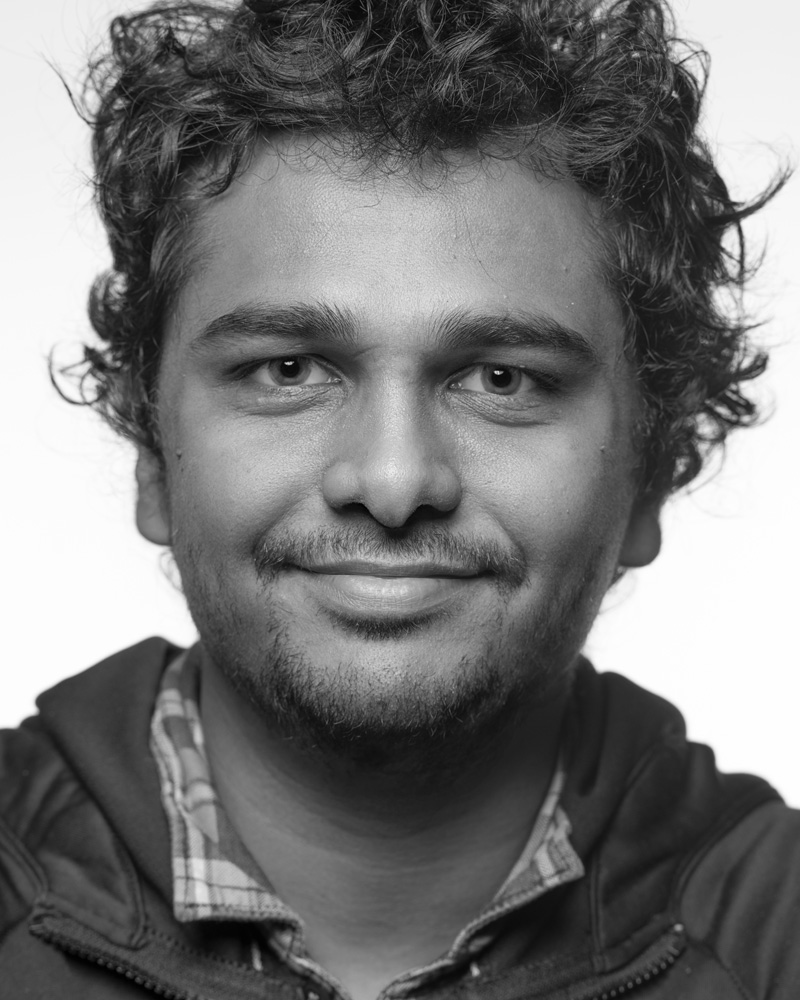
|
| United States | University of Pennsylvania | Christopher Mauger | United StatesUniversity of PennsylvaniaChristopher MaugerI work on particle physics because I want to understand how the universe works, how things are put together, and how they function at the most basic level. I'm fortunate to do this as a vocation; it has taken me all over the world. When I was a student working on the Super-Kamiokande experiment in Japan, a friend and I visited a local pub-style place. It came time to order, and the people around us stopped talking. I think they wanted to hear if I could speak Japanese; I could. I ordered, and people started talking to me, buying us drinks, and then took us to another pub where they wouldn't let us pay for anything. Then they took us to another place. I ended up meeting a bunch of people from a very small town in a remote part of Japan. Because of their work with the mining company there, they'd lived all over the world — a huge reservoir of experience in this beautiful town in the middle of the country. |
Christopher Mauger
University of Pennsylvania
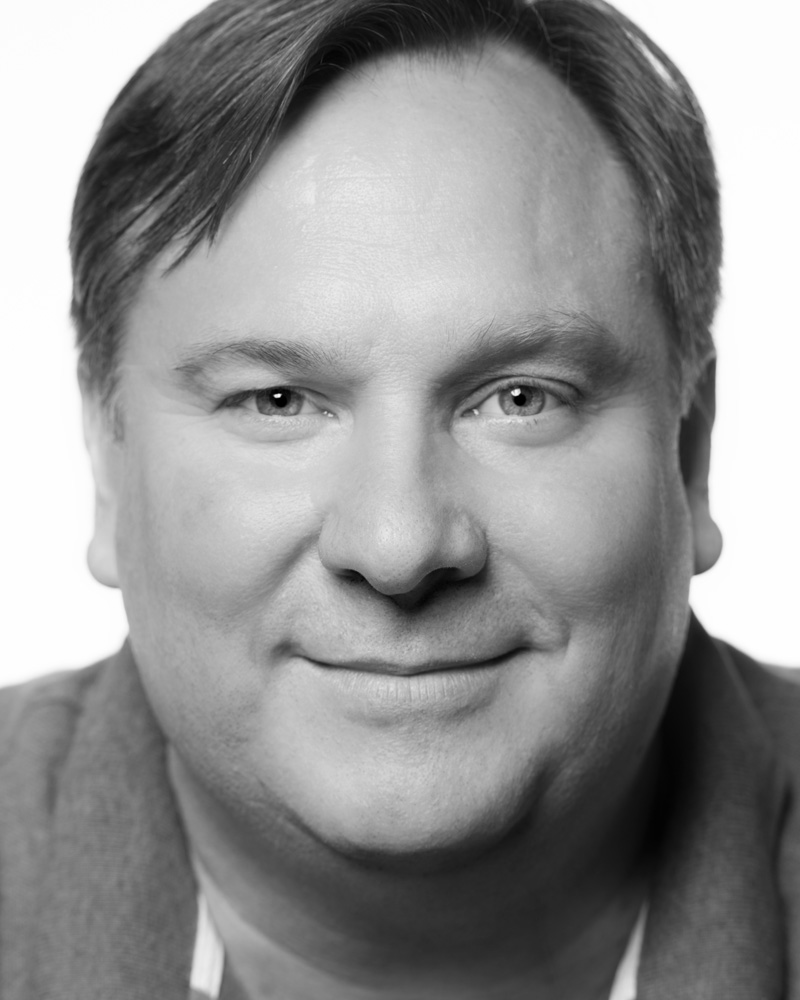
|
| United Kingdom | University of Liverpool | Christos Touramanis | United KingdomUniversity of LiverpoolChristos TouramanisI once took a bike trip all the way from the UK to Greece and back. It was a memorable trip and something I was quite proud of. I love driving through interesting places and taking detours. Sometimes I take the small, winding roads through the mountains in France to check out the scenery and the culture. Travel is almost symbolic in my life. When I was returning from a trip to SLAC in California, I was in the airport and got a call from some of my colleagues from the UK. They were putting together T2K, a neutrino experiment, and as I was checking in at the airport, these colleagues started to tell me about it. I went into the terminal with my passport and I started to think about joining T2K. It was as if I was crossing over into a career in neutrino physics right there at the terminal. Ever since then I’ve worked on neutrinos. Now, for DUNE, I find I really enjoy the challenge of working with novel technologies on a large scale. I also get to come into contact with so many cultures and young people with fresh new ideas and witness it all melding together. |
Christos Touramanis
University of Liverpool

|
| Canada | York University | Claire David | CanadaYork UniversityClaire DavidI'm building up a group of Canadian researchers to participate in the DUNE adventure. Canada is very good in large-scale computing, detector development, and advanced analysis techniques. I continue my work on the ATLAS experiment at the LHC and want to bridge the collider and neutrino communities: they have lots in common! How did I become a physicist? During high school, I had too many questions for my teachers and was bothered not to find proper answers. I was sent to a science camp, and I realized that people were on my case about being curious. Had it not been for that, I could have missed the fact that I was simply passionate. After that, I became fascinated by particle detectors. Initially trained as an engineer, I switched to fundamental science after I asked myself, 'What are we doing with the data?' Now I’m an experimental physicist for both neutrino and collider endeavors and super excited about this! |
Claire David
York University
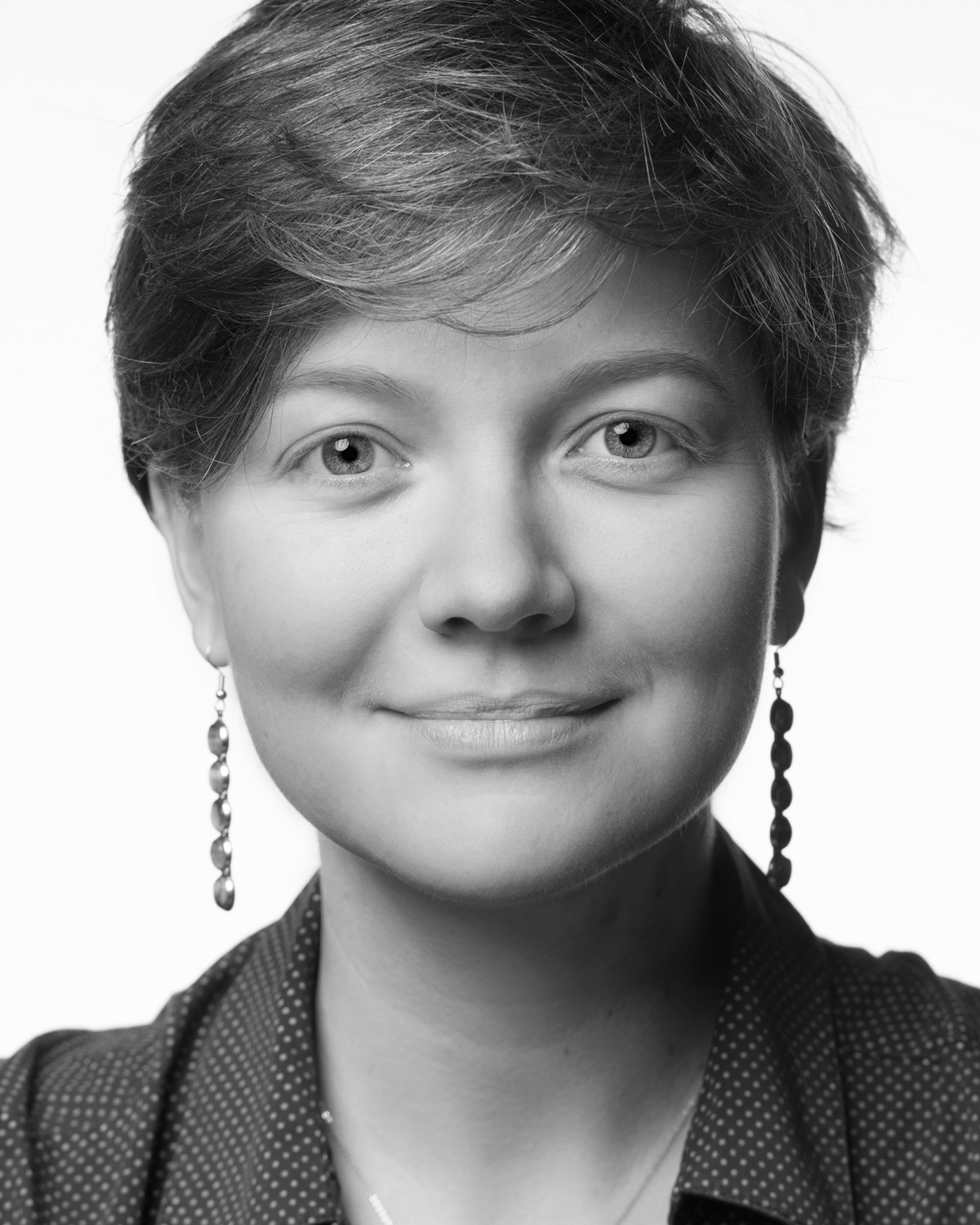
|
| Spain | CIEMAT | Clara Cuesta | SpainCIEMATClara CuestaThanks to my studies and research, I’ve lived in many countries and worked in several underground laboratories, including Gran Sasso and Sanford Lab. I love traveling and getting to know different people and places. It is amazing to go to work a mile underground. You go down at 7 a.m. and come back up at 5:30 p.m. There are cleanrooms, Wi-Fi, everything. Working on DUNE, I’m responsible for the light calibration system for the dual-phase detector. I like that it is a big collaboration, and at the end of the road, we all work together to answer big questions – such as the origin of matter in the universe. |
|
| United States | Sanford Underground Research Facility | Constance Walter | United StatesSanford Underground Research FacilityConstance WalterI have always loved science and I’ve always loved writing. People used to say to me, ‘What are you going to do with an English degree,’ as if it were a terrible thing to study literature and writing and to want to be a better communicator. I almost bought into that at one time. I was ready to give it up and go back into something ‘useful,’ like study accounting or managing a restaurant. Then I started working in journalism in college—that was my first calling. Now I’m working in a place I could never have imagined. I never thought I would come to work one day in a suit and the next in hard-toed boots with really ugly safety glasses. I love being able to tell people what’s happening at SURF and what DUNE means for science and the communities in which we live. Lead used to be a mining town. Our facility was once a gold mine, and the largest employer in the region. Over 1,000 people worked there. When the mine shut down, people lost their jobs, their homes. Their families moved away. Their children moved away. What was once a thriving community was on the verge of disappearing. But this experiment brings so much promise to the region. I love the excitement I see from the people of Lead and the surrounding areas when we talk about what is coming. |
Constance Walter
Sanford Underground Research Facility
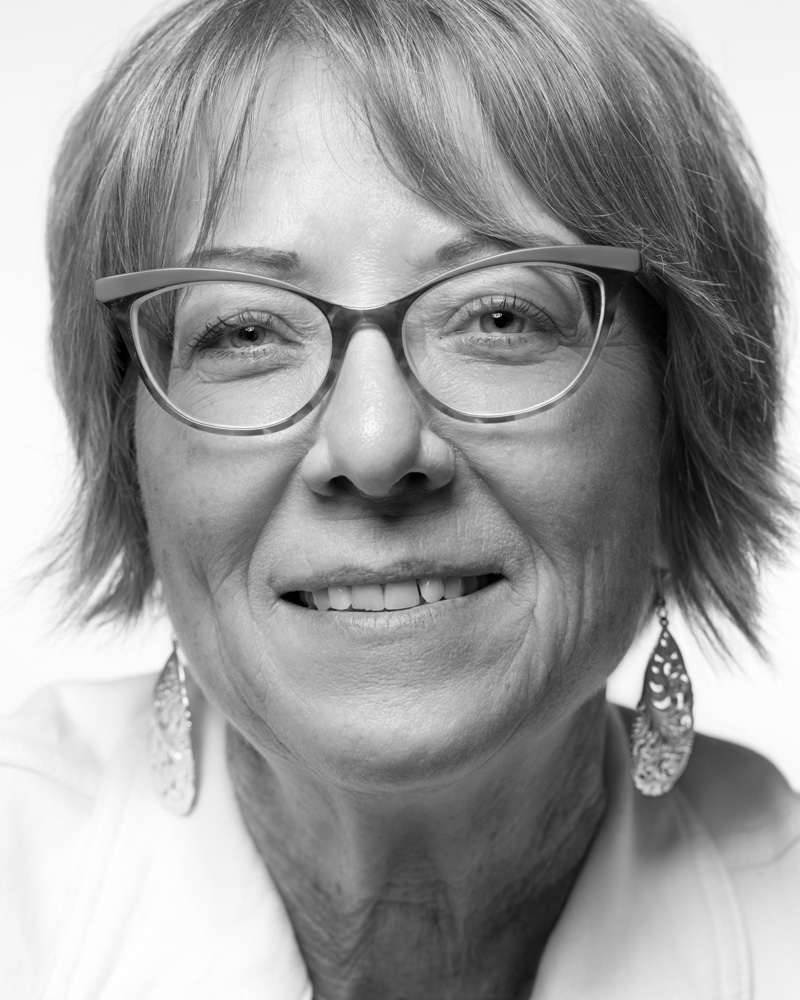
|
| United States | Lawrence Berkeley National Laboratory | Dan Dwyer | United StatesLawrence Berkeley National LaboratoryDan DwyerI grew up in a poor, large family in Missouri. Neither of my parents went to university. I spent a lot of time in nature, examining the world around me, and I found myself constantly asking questions like: Why is this the way it is? How does this work? It made me innately curious about the world around me. As I progressed through my education, that curiosity naturally directed me toward the fundamental sciences. I was fortunate to have a few very good science teachers who put me on a good path, and little by little I found myself here. Physics really tries to boil things down to their fundamental essence, and says, 'What's at the core of this?' I was very attracted to that approach to science. The thing I like most about working on DUNE is the challenge it poses. This is a very difficult experiment. As a physicist you’re naturally attracted to asking and answering questions that have not been achieved before. |
Dan Dwyer
Lawrence Berkeley National Laboratory
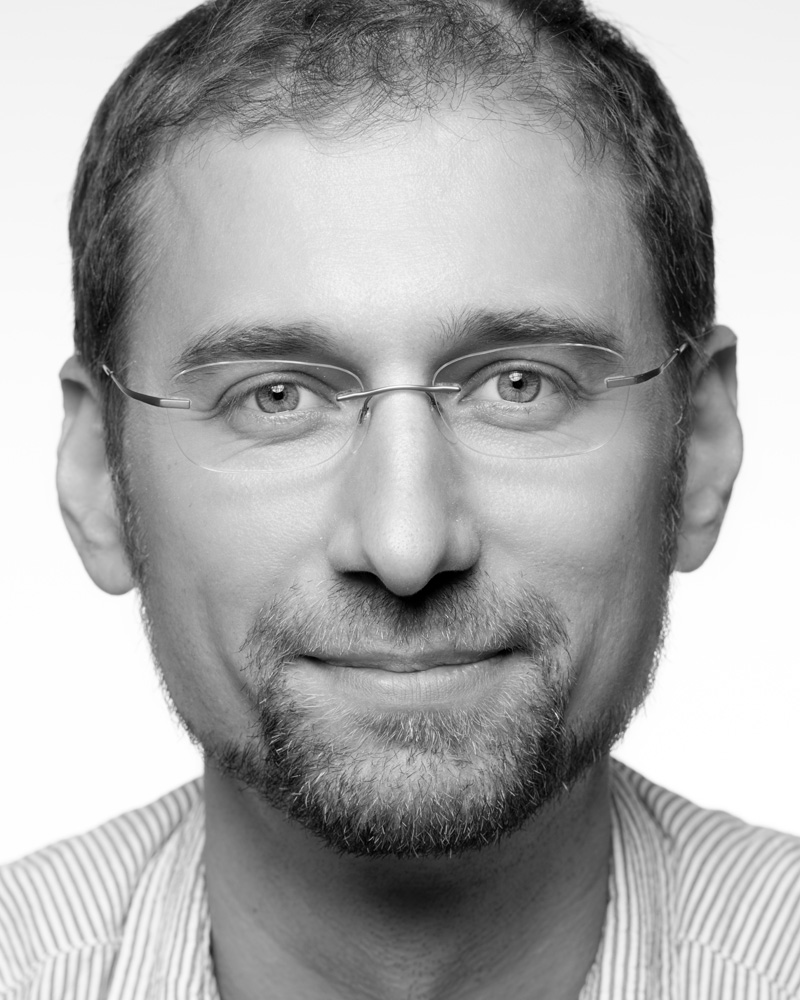
|
| United States | University of Houston | Daniel Cherdack | United StatesUniversity of HoustonDaniel CherdackI wanted to be a physicist to try to understand the world around me. For example, I am interested in understanding the weak interaction. It's one of the four known forces, but it's really weird. It plays a less obvious role in holding the universe together, but it does lots of things that the other forces don’t do. So, are these unique properties fundamental to the structure of the universe, or just some happy accident? I love that I get to ask these questions, and to be a part of finding the answer. And I get to do it with a bunch of interesting people from around the world. It also means a fair bit of travel. My favorite place to go is whatever new place I am heading to next. |
Daniel Cherdack
University of Houston
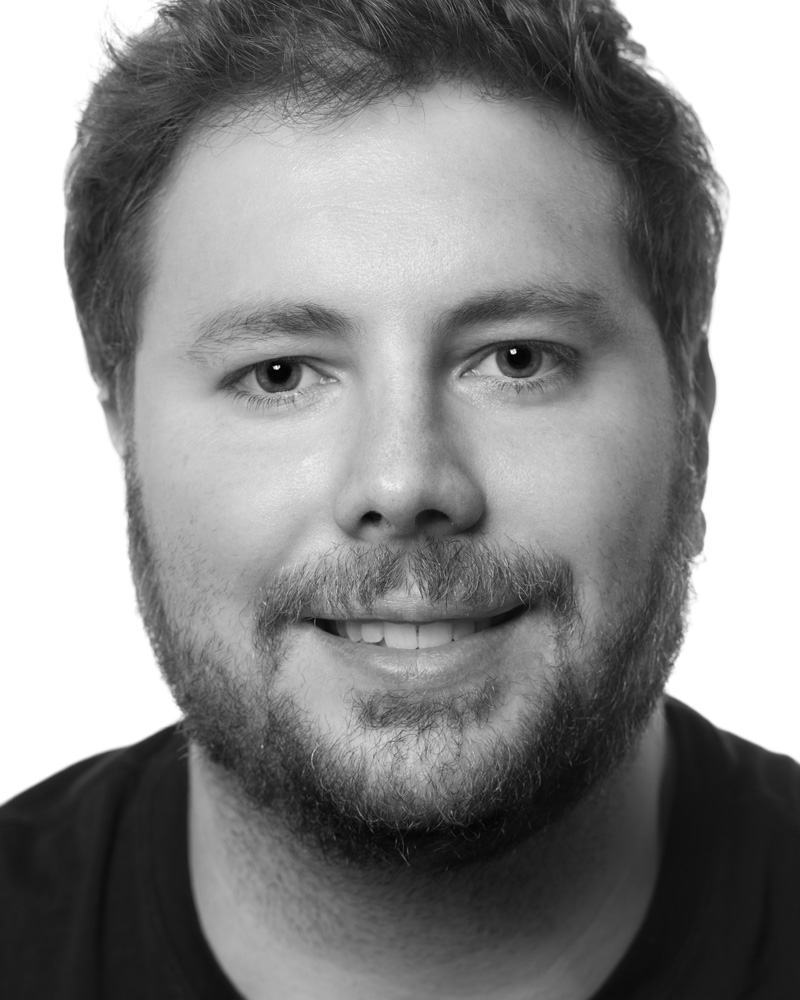
|
| United States | Michigan State University | Daniel Douglas | United StatesMichigan State UniversityDaniel DouglasI've been cycling for several years now, but I started getting more serious about it this year. I rode my first metric century and it was a lot of fun. It takes my mind off of work and it lets me get outside and explore my surroundings. Plus, it's just plain fun to find a nice hill and go really, really fast. I also like to do my own maintenance when I can. Maybe that's because it's a relatively simple machine, so I can make a lot more headway working on it than I can on a neutrino detector. For DUNE, I’m working on DUNE-PRISM. The idea is to build a detector close to the neutrino source at Fermilab that can move, which means we can put it in different places relative to the neutrino beam. This lets us examine different things about the beam passing through it, and helps us deal with some of the uncertainties we have in our models of neutrinos interacting with atoms. I am really happy to have the opportunity to contribute in my small way to such an ambitious experiment. My selfish goal is to learn something that no one has ever learned before. Then I'll share it with my collaborators, of course! |
Daniel Douglas
Michigan State University
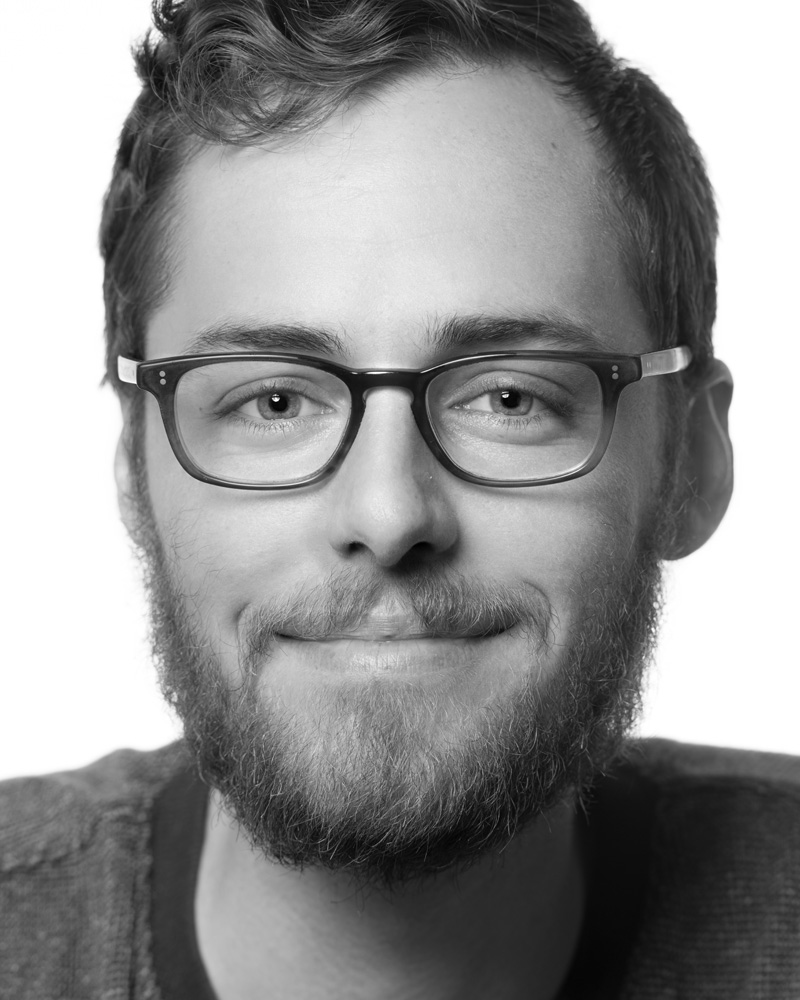
|
| United Kingdom | University of Bristol | David Cussans | United KingdomUniversity of BristolDavid CussansEven as a child I would take things to pieces to see how they worked, or to try to fix them. I still do so today, although when I tried to repair a heating system recently it ended up like The Poseidon Adventure. At the moment I’m the project engineer for UK activities on the data acquisition system for DUNE. Big, long-time-scale stuff. It’s a fun time to be involved with DUNE, since we’re kicking around ideas of how to make the system work. However, my first and enduring love in physics is small-scale detector and readout development. It is a great feeling when you have taken a prototype to a test facility and it starts to work. This always seems to happen at about 3 a.m. on the last day of your time-slot on the beam-line. So, it's a mix of sleep deprivation and euphoria. And it’s possible the euphoria comes from sleep deprivation. |
David Cussans
University of Bristol

|
| United States | Valley City State University | David DeMuth | United StatesValley City State UniversityDavid DeMuthI was good at math and didn’t want to be an actuary, so quantum mechanics seemed like the next best thing. I got into physics and became a professor, but I’ve worked in theatre as a technician, rigger, and technical director. There’s some overlap between theater, or concerts, and physics. The thing about a concert is the trucks show up at 7:30, you have four hours to build, there are 25 people with different roles, and sometimes there isn’t even a stage, so they build it. It’s all very timed and orchestrated. With physics, we have these proposals and all this manpower that has to be fully coordinated, and you’re trying to build things and innovate solutions. You don’t buy particle detectors off the shelf at a store. And then? It’s showtime. |
David DeMuth
Valley City State University
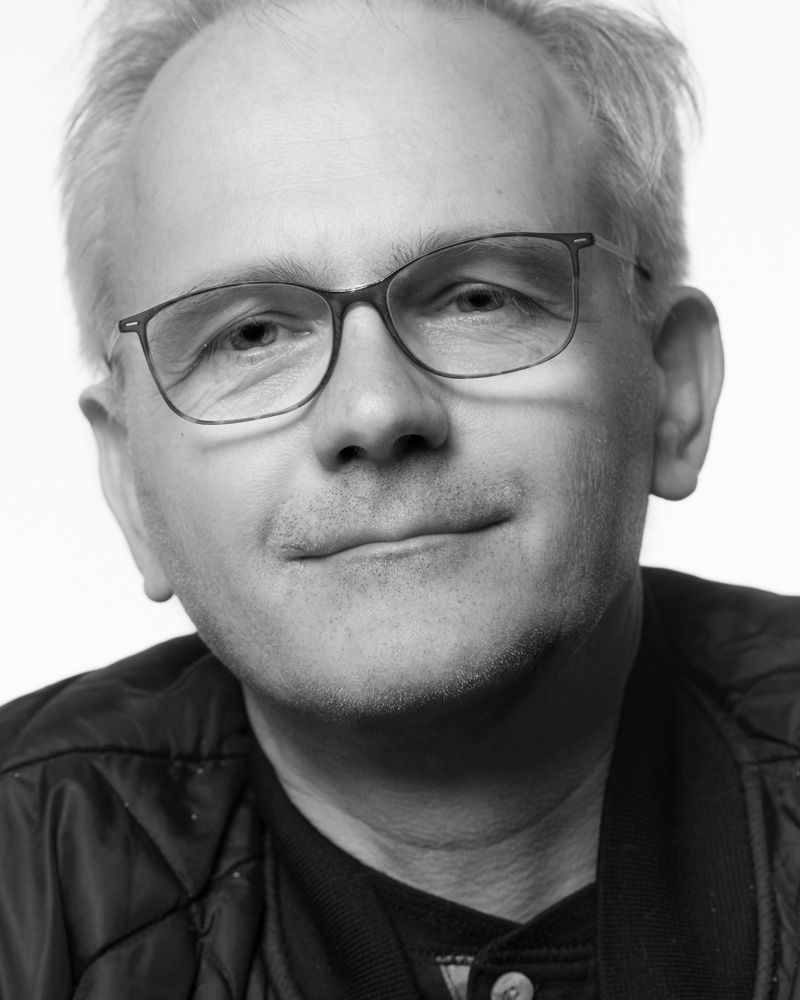
|
| United States | South Dakota School of Mines and Technology | David Martinez | United StatesSouth Dakota School of Mines and TechnologyDavid MartinezI am from Colombia and love to dance salsa. It’s a good break from physics that lets my brain relax. I have been studying the amazing neutrino for 10 years and was involved as the Young DUNE co-spokesperson liaison, connecting the spokespeople with early career scientists. I had this great chance to help with different tutorials we do within the collaboration to familiarize new collaborators with the software and show them the first steps to take, because when you arrive on a new project, it’s very challenging to begin from scratch and is nice to have some help starting up. I’m also interested in outreach activities and increasing access to math and science for high school students and the general public. I like to show them the amazing fruits of science. It is awesome to find how interested people are in science once you find a good way to communicate the results of the scientific world to them. And for several years, I’ve been involved in the organization of activities with low-resource kids when I go back to Colombia at Christmas. |
David Martinez
South Dakota School of Mines and Technology

|
| Brazil | University of Campinas | David Vanegas Forero | BrazilUniversity of CampinasDavid Vanegas ForeroMost of my colleagues do not know that when I was a teenager, I used to practice freestyle BMX. Many of my afternoons after school were spent on a bike. I learned a lot by assembling and tweaking my bike, and most of the places I know in my home city, Bogotá, I know them by bike. When I finished high school, I decided to try electronics engineering, but I couldn’t enter the college I wanted. The father of a friend of mine told me to enroll in physics, thinking I could take basic courses and change my focus later on. However, after starting physics classes, I decided not only to stay but also to enroll in theoretical physics. It’s one of the life-changing decisions I have made! That was 15 years ago. Now I work on phenomenology, which tries to connect what theorists predict with what experimentalists can measure. |
David Vanegas Forero
University of Campinas
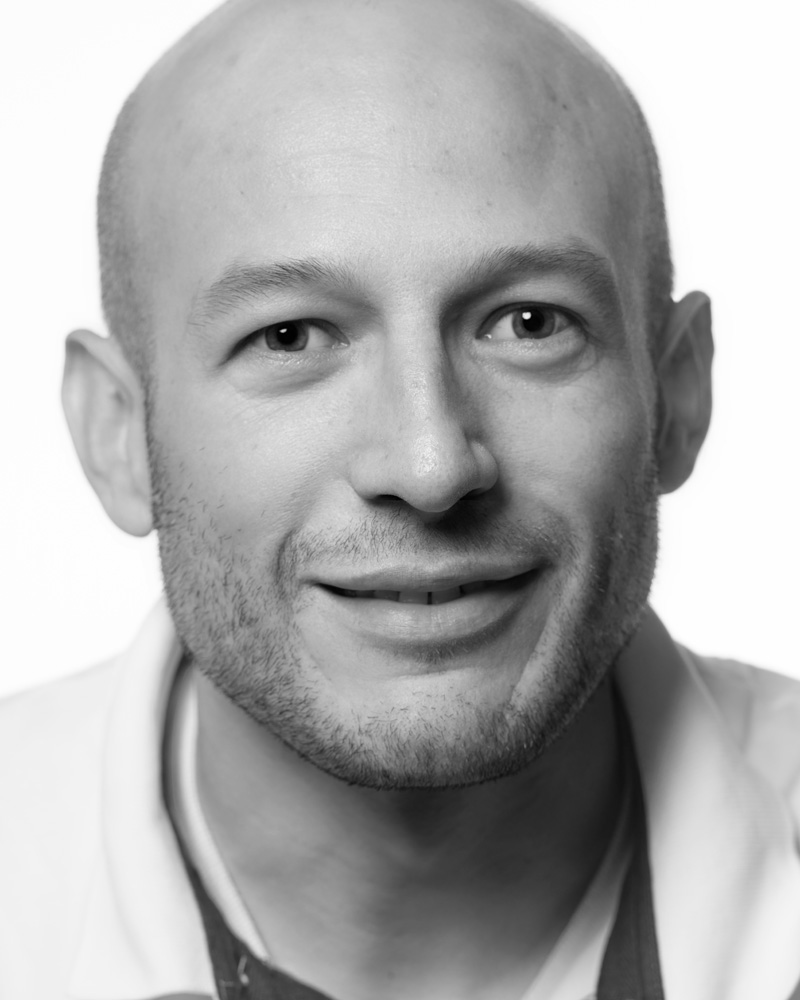
|
| Canada | York University | Deborah Harris | CanadaYork UniversityDeborah HarrisWhen my daughter was in 7th grade, she had to participate in an in-class debate about whether Barbie dolls were having positive or negative influences on girls. When one student pointed out that the ‘Scientist Barbie’ was an example of a positive role model, my daughter cried out, ‘No she’s not – if Scientist Barbie was a chemist, she should be wearing gloves and safety goggles, and if she were a physicist, she should be wearing a hard hat and closed-toe shoes.’ Like my daughter, I grew up around physicists and I saw that they loved their jobs and got to make really cool detectors. I am excited to be able to use a completely new kind of detector now on DUNE, and I enjoy talking to the public about my job. I end up talking to folks about neutrinos in the strangest places: not only 350 feet underground at Fermilab, but also at bluegrass festivals, volleyball tournaments, and homeless shelters. I am trying to make sure that you don’t have to be the daughter of a scientist to know what we do and what we are learning about the universe. |
Deborah Harris
York University
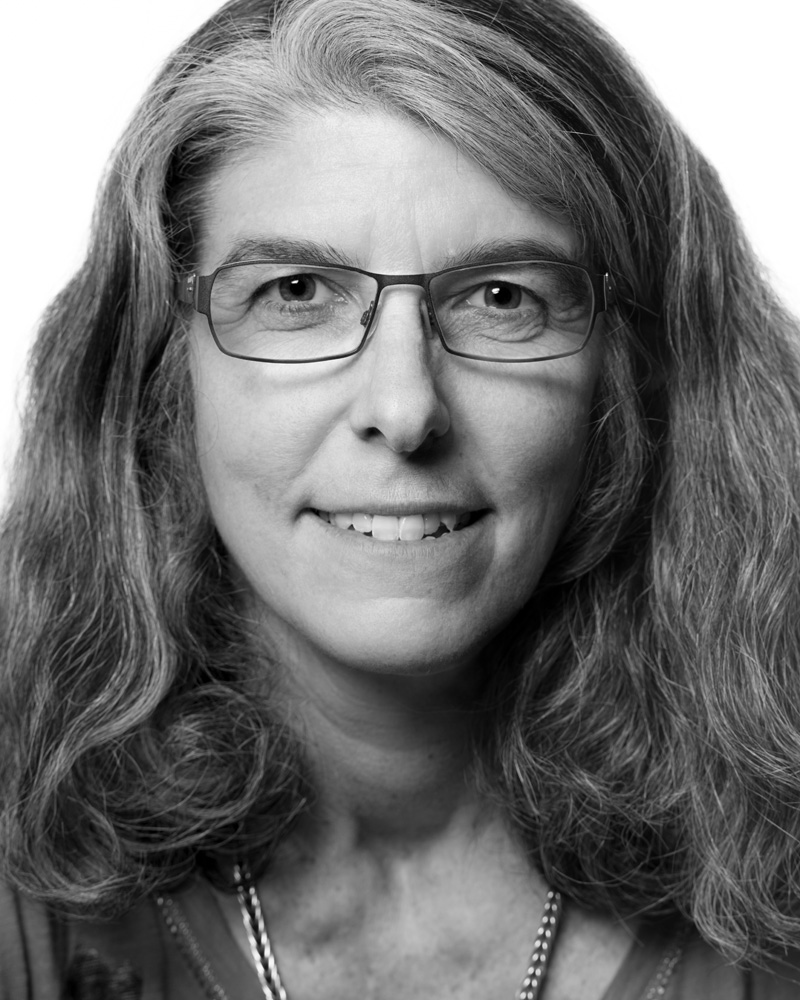
|
| United States | Syracuse University | Denver Whittington | United StatesSyracuse UniversityDenver WhittingtonI enjoy working on challenging things. That’s why physics was my favorite back in high school and undergrad; no other subject is quite like it. And that’s what I enjoy most about my work on DUNE as well. I work on the photon detection system, and there are lots of subtleties when operating such a system in liquid argon at minus 300 degrees Fahrenheit. You need to find creative solutions to surprising challenges. I also appreciate the variety of experiences my path in physics has offered. For instance, I had the opportunity to live abroad while doing research at CERN during graduate school. Having grown up in central Indiana it was a bit of culture shock but a great experience. I particularly loved the culinary adventures in Europe. Now I’m a recently-hired faculty at Syracuse University and I'm sharing new adventures with my wife and our 2-year-old daughter. |
Denver Whittington
Syracuse University
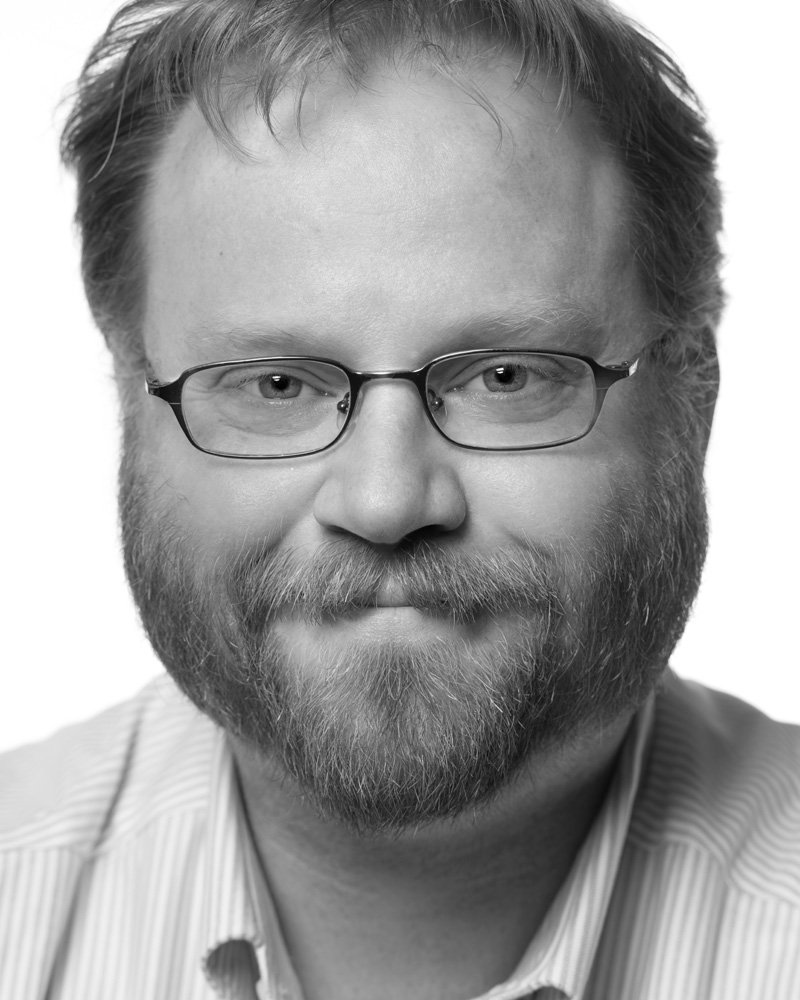
|
| Paraguay | National University of Asunción | Derlis O. Gregor | ParaguayNational University of AsunciónDerlis O. GregorI am a nature lover. I like to totally disconnect, make a delicious BBQ and enjoy the moment with family and friends. In those moments of disconnection, new ideas and projects flow. I’ve always liked to create, solve problems, and fix things. When I was about 5 years old, I spent a lot of time with my brother disassembling toys with motors to build other toys. We used old cars and created airplanes or helicopters. My father taught us about basic mechanics, electricity, and plumbing. Those experiences forged who I was and guided me toward becoming an engineer. It fills me with satisfaction to now be working on this leading-edge, international experiment. |
Derlis O. Gregor
National University of Asunción

|
| Colombia | University of Antonio Nariño | Deywis Moreno Lopez | ColombiaUniversity of Antonio NariñoDeywis Moreno LopezI became a physicist because, for me, physics has the capacity to connect with any other branch of knowledge. DUNE has given me the opportunity to explore neutrino physics, a very exciting branch of science with a high probability of answering some of the fundamental questions of our time. And this modern way of doing science often requires large, international collaborations. I enjoy working closely with other colleagues from Latin America, but this experiment has also created the opportunity to share experiences with people coming together from all around the globe. I have a daughter named Sofia, and people believe that she has that name as a tribute to philosophy - which comes from ‘philosophia,’ the love of wisdom - because my wife and I are both scientists. We actually chose it because we thought it was an international name that was easy to speak and write in any language. |
Deywis Moreno Lopez
University of Antonio Nariño
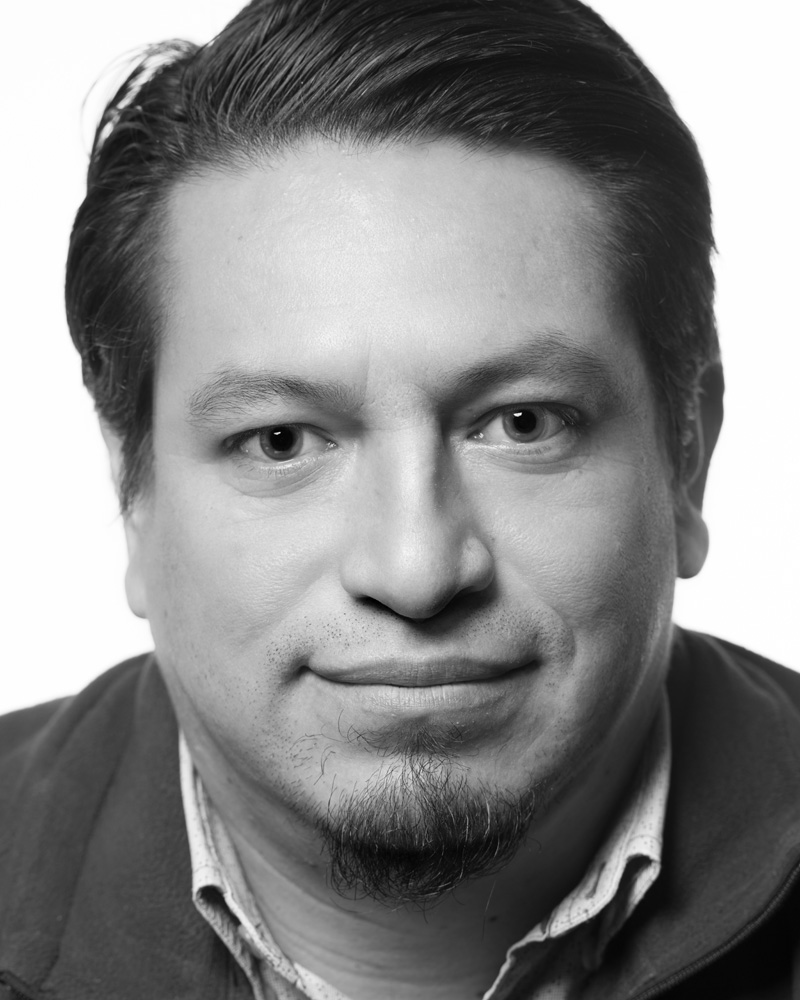
|
| United States | Yale University | Domenico Franco | United StatesYale UniversityDomenico FrancoI was lucky. I realized my childhood dream. I said I wanted to be a scientist, and I never changed my mind. I was always a curious child, and when I was 5 or 6 my grandfather bought me a microscope, and voila. I’ve been lucky enough to work in many different collaborations and visit most of the important labs. For DUNE I am responsible for the factory at Yale where we will be creating the anode plane assemblies, very important components of the detector. When I was around 21, I discovered volleyball and fell in love with it. I learned pretty fast, and became a coach at the national level in Italy. I think volleyball is a pretty scientific sport. It’s all about geometry and statistics. You cannot know what the ball will do, but still you can study and make some statistical analysis. Volleyball is not like football, where one player can dominate it. In volleyball, a team has to be a team, and there is a lot of strategy. It’s just like being a part of a physics collaboration. |
Domenico Franco
Yale University
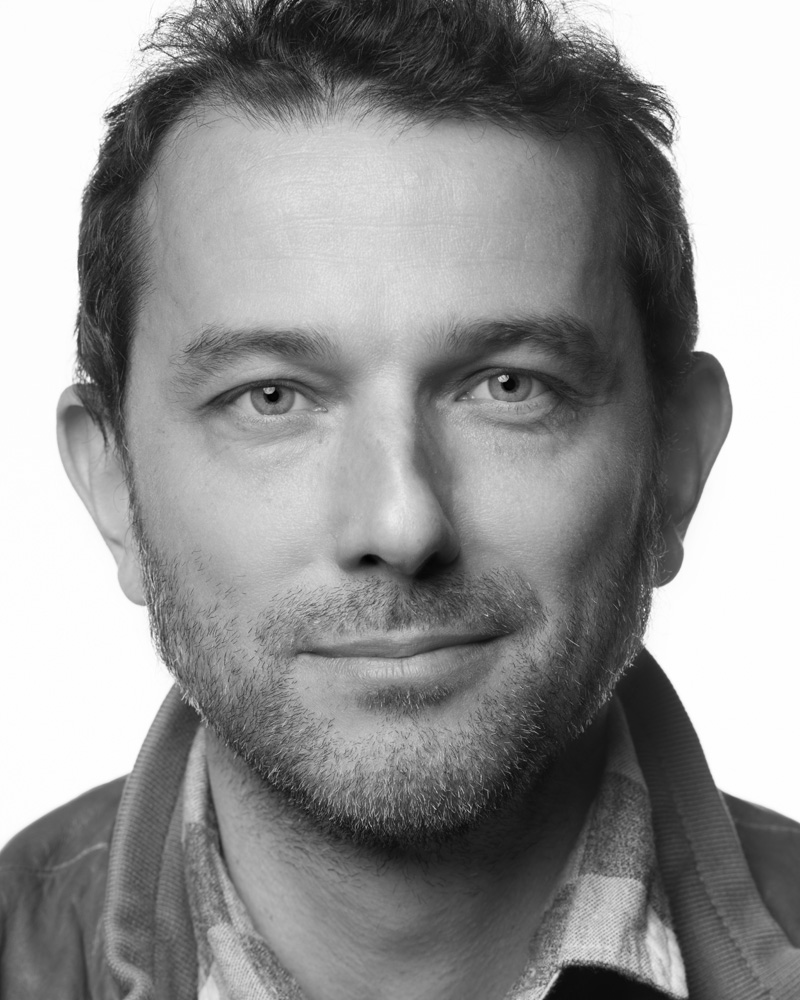
|
| United States | University of Chicago | Ed Blucher | United StatesUniversity of ChicagoEd BlucherI like the outdoors, I like to run, I sail, I like to ski, but really, since DUNE has started, I’ve done very little of those. DUNE manages to consume almost all of my time. It’s a really exciting experiment and an unusual opportunity. It’s fun to build something that’s really big and that no one has done before. We’re making something that for 20 to 30 years is going to be a world-leading experiment that will give us a chance to see and learn about unexpected things. I enjoy both the scale of DUNE and the fact that this experiment has united many of the neutrino physicists around the world. It’s a group of people with an unusually international perspective, so it’s an interesting group to have conversations with about all sorts of topics. You can look around at lunch and see people from half a dozen different countries sitting at the table. That’s a unique experience that I really appreciate. |
Ed Blucher
University of Chicago
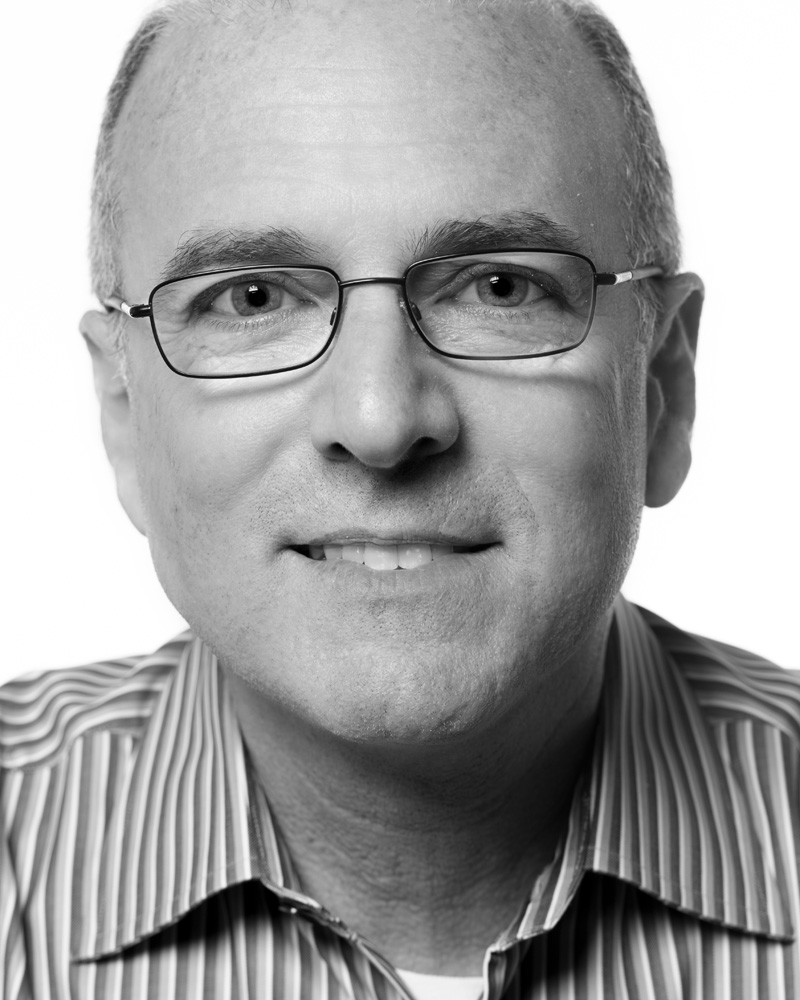
|
| United States | Fermilab | Elaine McCluskey | United StatesFermilabElaine McCluskeyI like to make things. It was my father who suggested I might like to be an engineer. My early professional career was making buildings, which I really enjoyed doing. I made schools, hospitals, research labs, a renovation to the State Street Marshall Field’s. Now I’m at Fermilab as the LBNF project manager, working with the people who are designing and constructing the facility that will house and support the Deep Underground Neutrino Experiment. I really enjoy working with the people who are building this international endeavor. I get to meet a lot of different people, and I’m excited that there are so many women participating. The end goal is very ambitious and important for science. |
Elaine McCluskey
Fermilab
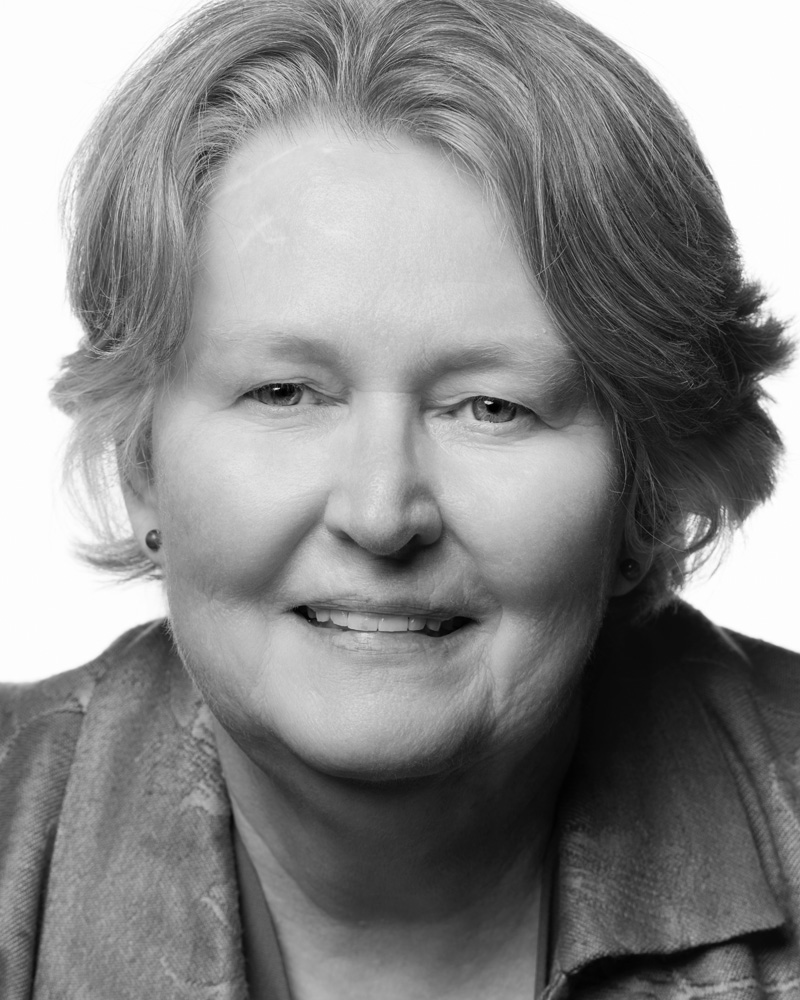
|
| United States | Brookhaven National Laboratory | Elizabeth Worcester | United StatesBrookhaven National LaboratoryElizabeth WorcesterAs the deputy physics coordinator for DUNE, I am always learning new things and have such a wide variety of day-to-day work. Sometimes I spend all day in the lab trying to make electronics work in liquid nitrogen, another day I will be writing analysis code, another day I will be talking to people explaining how our experiment works and why it is exciting. I feel extremely lucky to be part of an international collaboration that gives me a good reason to visit places that not everyone gets to see, like the experimental area a mile underground at Sanford Lab. Most recently and notoriously, I went to a Guns N’ Roses concert in Berlin the night before my DUNE talk at Neutrino 2018. I think almost everyone who has ever had a conversation with me knows this, but I have been a huge fan of Slash since I was 13 years old. I see him in concert as often as possible. |
Elizabeth Worcester
Brookhaven National Laboratory
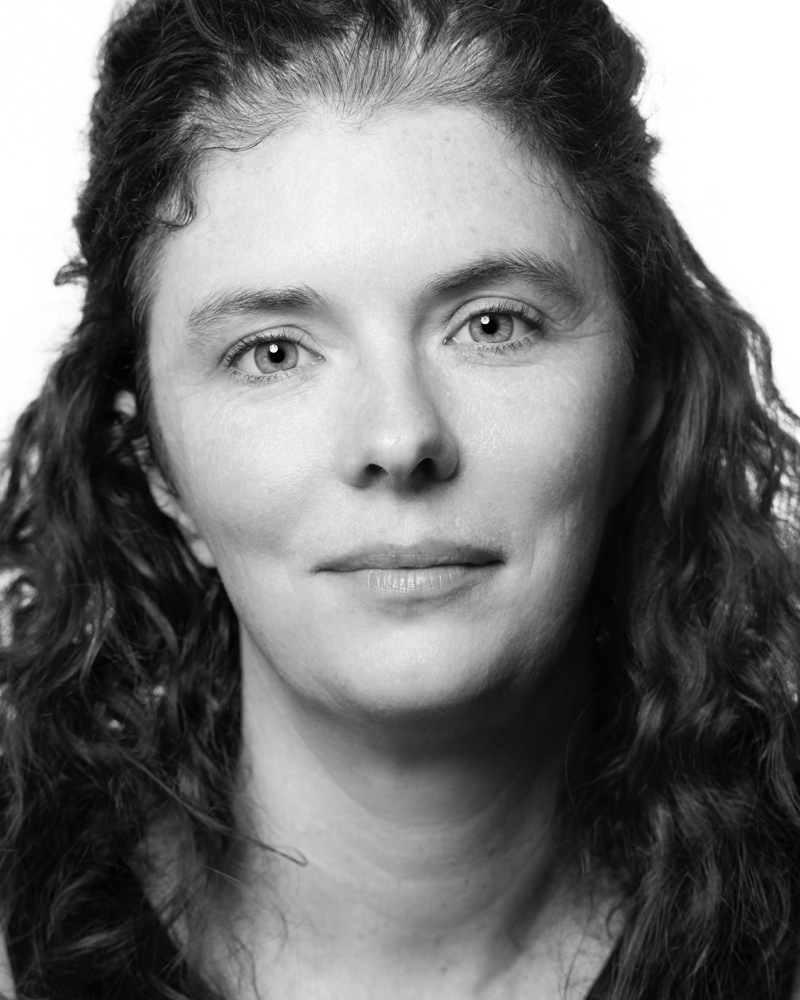
|
| United States | Fermilab | Erica Snider | United StatesFermilabErica SniderI remember the day that it happened really distinctly. We were all packed into the room late one afternoon, waiting for the results of this analysis, and it would be the first time that anyone in the experiment had seen this particular plot, including those of us who had worked on the analysis. Finally, the person giving the presentation put up the plot and everyone in the room knew instantly that this was it. We had found the top quark. The drama of everybody in the room seeing that plot at that one moment was exhilarating. That stands out as probably the most memorable moment in my science career. But you know, every time, every single time that you finish some measurement or search, and you go through the process of convincing yourself and your colleagues that you know what you’re talking about, that you got the right answer, I get a little bit of that same feeling. And when you get the letter that the paper was accepted for publication, it feels great. It’s like you’ve added something completely new to the world, and now it’s there for everybody. |
|
| United States | Duke University | Erin Conley | United StatesDuke UniversityErin ConleyAt my first major DUNE talk, it was so scary. I was presenting to 30 or 40 people — literal experts in the field. I was about to start my second year of grad school. I wanted to make my working group proud, and I wanted to highlight my area of physics because it's important. I had two days to prepare. My advisor was very excited about it, and I was just terrified. It was a daunting moment when I first stood in front of the crowd, and it seemed no words came out for the first 10 seconds. I eventually said, 'Hi. My name is Erin.' It took a long time to get that first 'hello' out. But I made it through. I'd like to think I'm stronger because of it. Now I'm on the collaboration working on studies to prepare the DUNE detector for the moment that a supernova shows up and lots of neutrinos come out of it. I love working for DUNE — I love working with people on various problems and projects, the travel opportunities, and the exposure that comes with it. I enjoy the questions we're asking and seeing the way we answer them. I feel grateful and fortunate. What a life — it feels like a dream. |
Erin Conley
Duke University
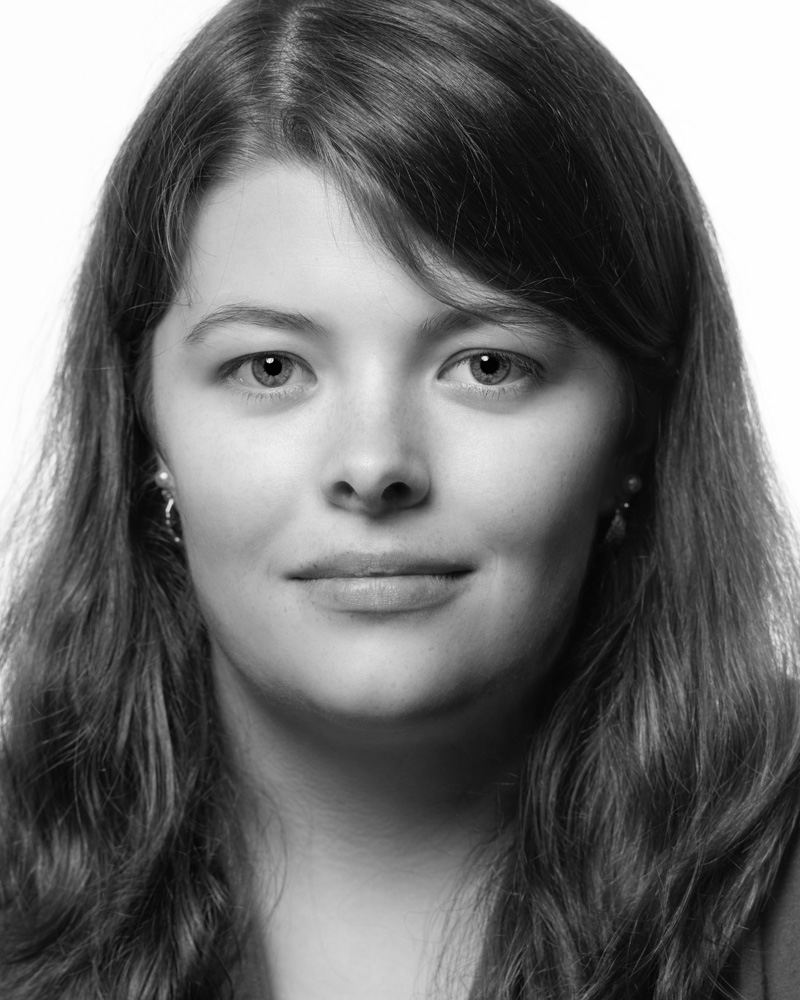
|
| Brazil | University of Campinas | Ernesto Kemp | BrazilUniversity of CampinasErnesto KempWhen I was a little kid, I dreamed of being an astronaut or an international spy, inspired by 007 movies. While studying physics during college in the early ‘90s, I had a punk rock band, Quasímodo Traça Jaguadarte, and recorded a CD, but a proposal to work at the Gran Sasso Laboratory in Italy made me switch my attention from guitars to neutrino detectors. So the wiggly river of life brought me to physics, which made me as close to the stars as an astronaut and also gave me the chance to work in super cool laboratories like in 007 movies. Now I am doing research and development for DUNE’s photon detection system. It’s challenging to build a cutting-edge detector made with tens of thousands of tons of liquid argon deep underground. You have to interact with an enormous number of people with different cultures and visions of life and the universe. |
Ernesto Kemp
University of Campinas
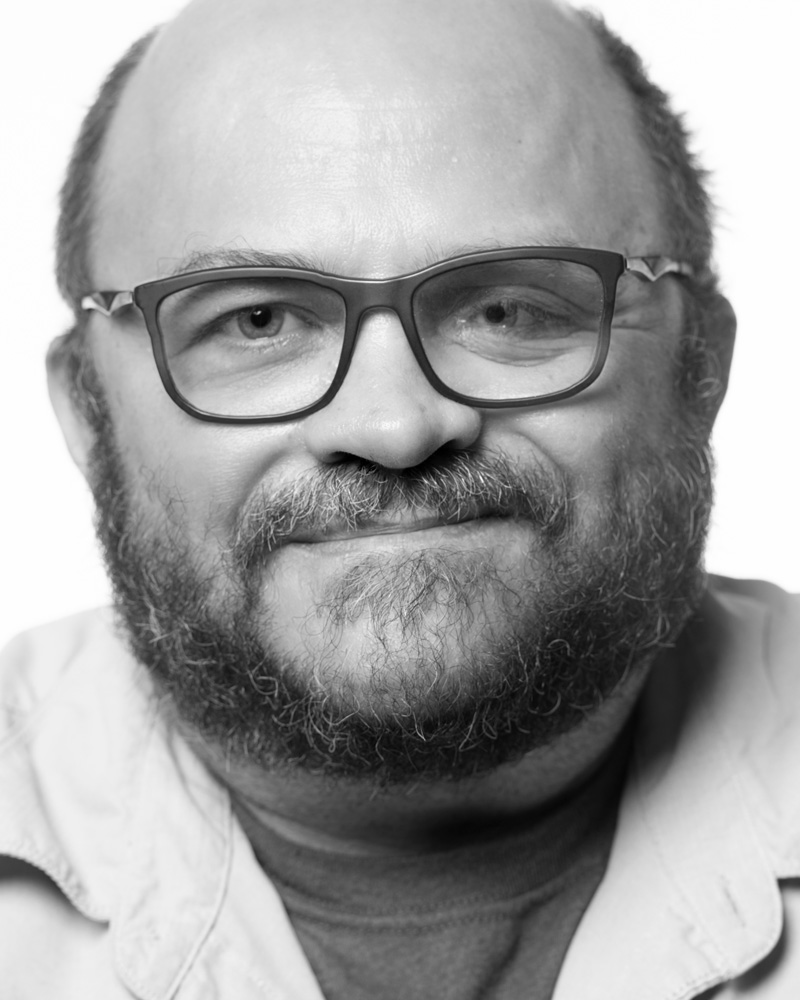
|
| Brazil | University of Campinas | Ettore Segreto | BrazilUniversity of CampinasEttore SegretoI work in close contact with my wife. We both worked at Gran Sasso Laboratory in Italy, near where I was born. Then there was an opportunity to work in Brazil, my wife's home country. So we left Italy in 2015 for Brazil. Soon after, we had this idea for a type of sensor for DUNE. The idea was born while we were on a 40-minute drive to pick up our son from kindergarten. It was for a type of photon detector, which we called ARAPUCA, and we've had so much success with it. So we went from a situation — moving from Italy to Brazil — where we didn't know what to do to an idea that's had great success. We've also joined and helped build the Latin American DUNE community. It's beneficial from a scientific point of view and for the students. It's fun to think that everything started from that moment during that long drive. |
Ettore Segreto
University of Campinas
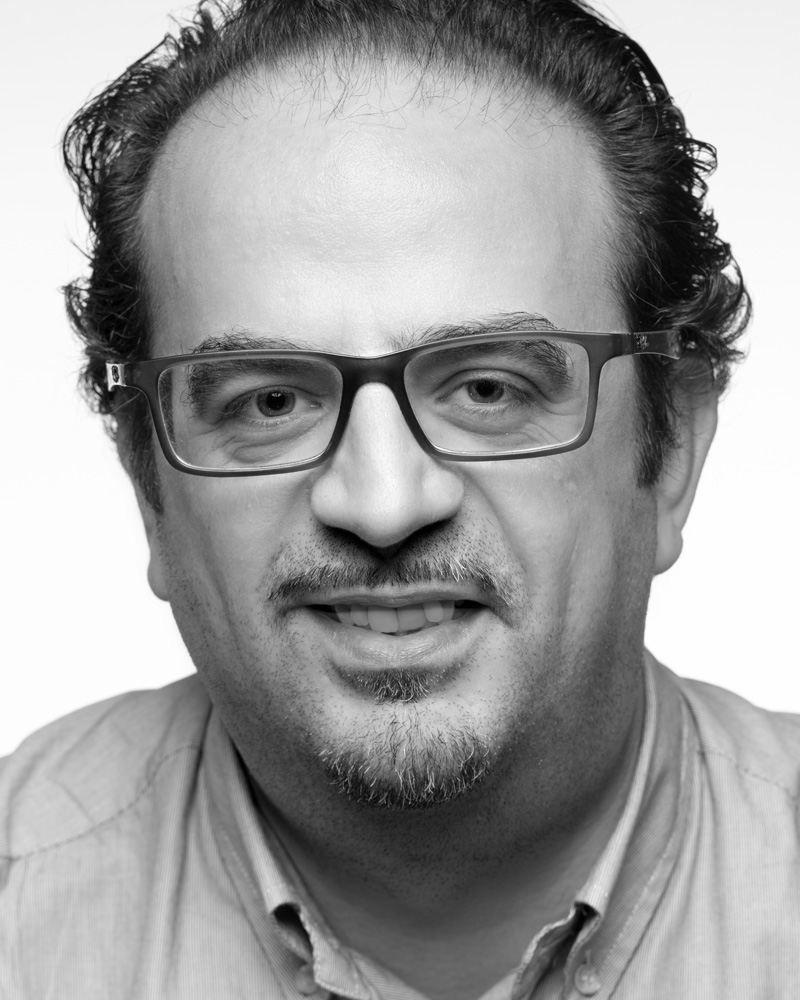
|
| Mexico | University of Guanajuato | Everardo Granados | MexicoUniversity of GuanajuatoEverardo GranadosI like sports: soccer, archery, MMA, volleyball, hiking. It’s something where I can be competitive and feel good with my body, and a good balance with physics. When I was in high school, I was interested in studying engineering. I’ve always built things and worked with different kinds of machines, so I like building and designing prototypes. But when I checked the programs of the different universities, I realized I wanted to know something more about the world. I saw the engineering physics program at the school where I’m studying and liked it, so I tried it and I stayed. Now I’m working on the design of the liquid-argon time projection chamber for DUNE. |
Everardo Granados
University of Guanajuato
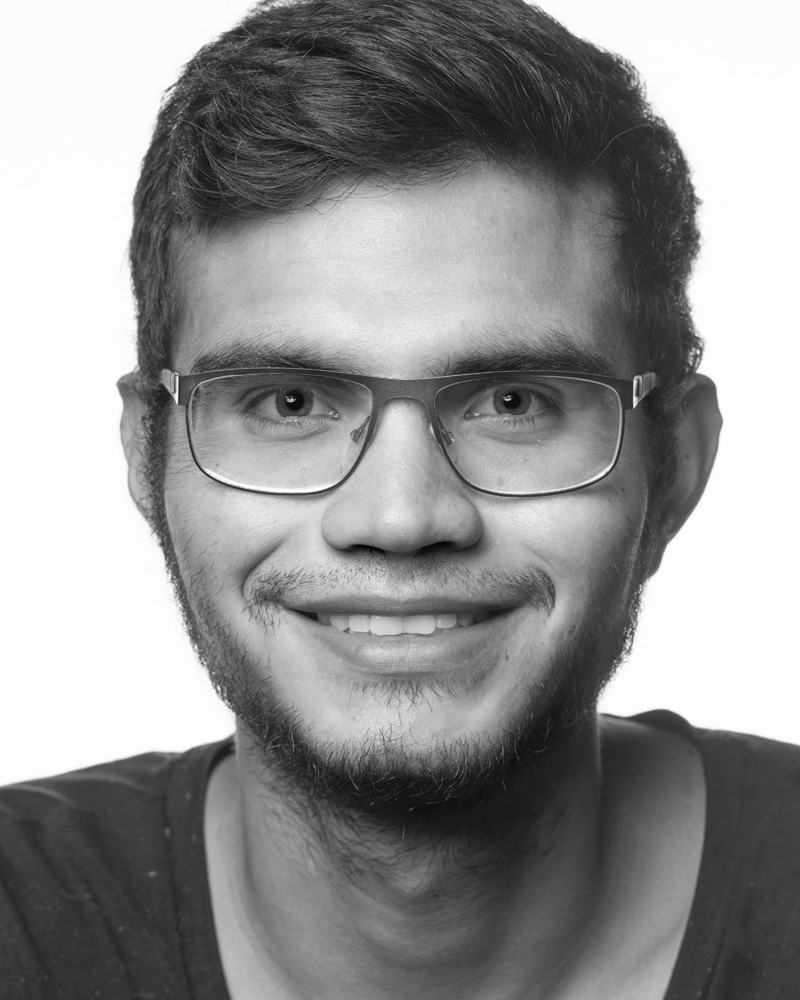
|
| Switzerland | University of Bern | Francesca Stocker | SwitzerlandUniversity of BernFrancesca StockerI love that every day at work, I get to speak in at least three of my four languages. I speak Italian, French, German, and English. I work full-time at CERN on the ProtoDUNE detector. I had a background in building small liquid-argon detectors, so it was nice to build the biggest one ever made. I worked on the field cage, the high voltage system, and then commissioning and running the detector. It was nice to see the baby come alive and see some data. We’re pushing the boundaries of knowledge on every side, and all the limits on technology. I like the environment of research and academia and always being able to learn new things. You never have a day the same as yesterday. |
Francesca Stocker
University of Bern

|
| Italy | University of Milano-Bicocca | Francesco Terranova | ItalyUniversity of Milano-BicoccaFrancesco TerranovaMy colleagues know a lot about me because we have been spending so much time together, especially underground, but one thing just a few people know: I’m very good at entertaining children. I’m a perfect baby sitter. I like to invent games for toddlers or elementary school kids. I bet my wife that I could invent a game to teach my daughter the basics of algebra. I called it The Magic World of Linear Algebra. It was Harry Potter-based and used spells and equations. Spell after spell, my daughter became proficient in algebra at 7 or 8 years old. My wife was astonished, and I won the bet.
I’ve been working on accelerator-based neutrino experiments for 20 years. The collaborations are usually pretty small – between 20 and 200 people – and they are scattered all around the world. With DUNE, for the first time in my life I have the opportunity to work simultaneously with all my friends. Every time I come to Fermilab I see people I haven’t worked with in 10 years. All of the experts are focused on the same goal. It’s unique. |
Francesco Terranova
University of Milano-Bicocca
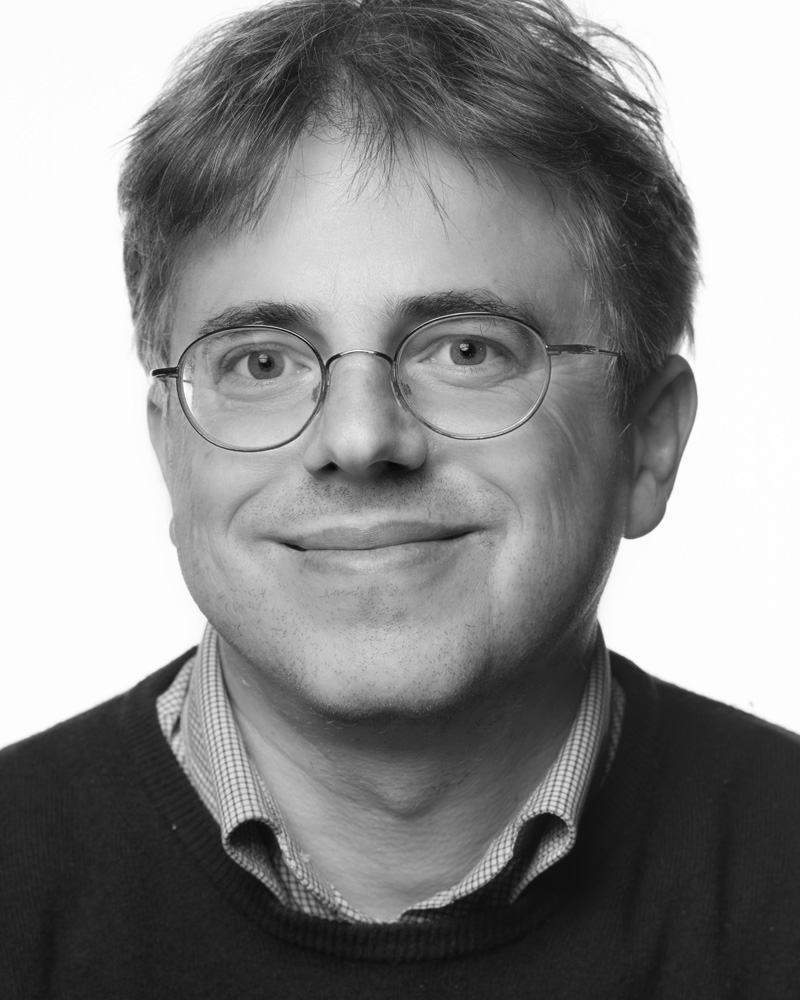
|
| United States | Columbia University | Georgia Karagiorgi | United StatesColumbia UniversityGeorgia KaragiorgiI collect old stamps. I look for old stamp albums, postcards, or mailed envelopes at flea markets, and then go through the stamps and try to find out more about them. I’m totally an amateur at this. But there’s something about a tiny piece of paper that might hide so much behind it that really fascinates me. I feel the same way about particles—seemingly insignificant or replaceable, but they represent so much about nature. My job on DUNE is to make sure that we design and build a system that can handle the several terabytes of data that the DUNE far detector will be spewing out every second, nonstop, for about a decade. This is an enormous amount of data, and we need to reduce it by a factor of 10,000 before we can store and analyze it. Our systems need to make quick decisions for getting rid of as much of it as possible and as soon as possible, but without throwing out any potentially useful physics signals. DUNE is an experiment built for discovery, so it is absolutely critical that we don’t accidentally throw away what could otherwise be a discovery of an extremely rare physics process in our detector. You need an incredibly efficient and powerful system to be able to do that. |
Georgia Karagiorgi
Columbia University
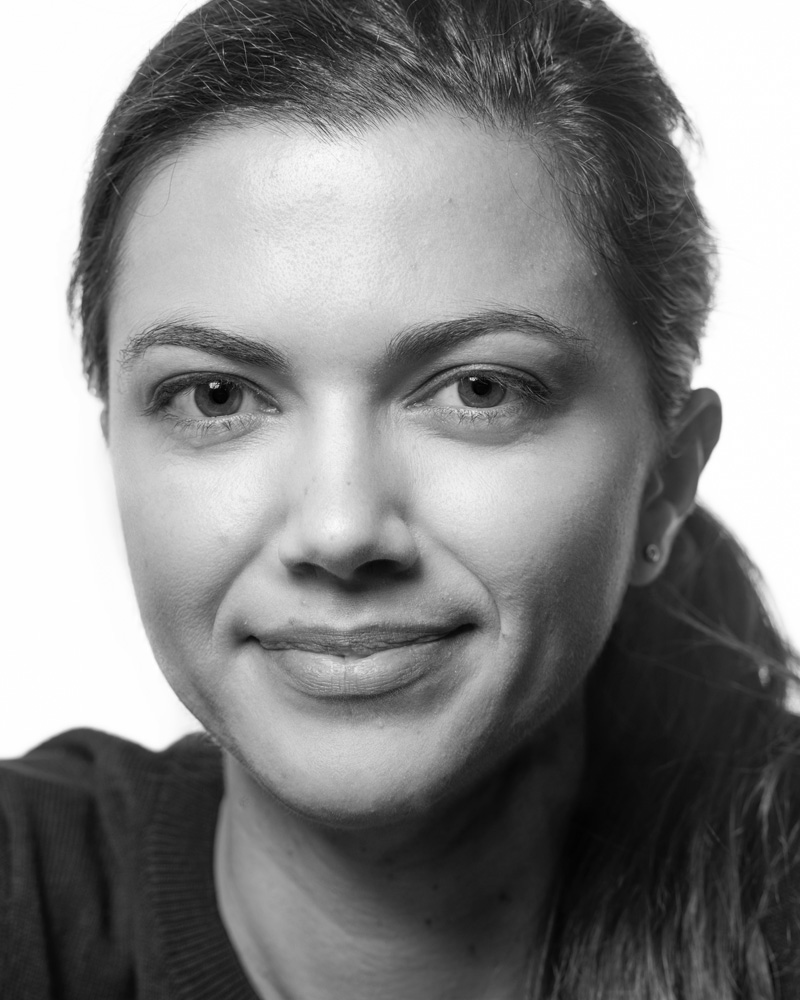
|
| Switzerland | CERN | Georgios Christodoulou | SwitzerlandCERNGeorgios ChristodoulouI did my PhD on T2K, and my first postdoc position was on applied physics using high-pressure noble gas detectors to detect illicit nuclear material in ports and airports. We built a van-mounted prototype that we tested in four different locations in Europe, so I had to drive a van hundreds of kilometers around Europe. That was different from the typical physics project! Nowadays I spend most of my free time with my 2-year-old daughter. If I find any extra time, I like playing or watching soccer, or playing chess. I’m from Cyprus originally, and we try to go fishing there for a couple of weeks every summer. I’m co-convener of the Data Reconstruction and Analysis Working Group in ProtoDUNE, which means a lot of organizing and talking to people about what they are interested in as far as analysis and physics measurements. I’m also involved in developing the software and helping with the analysis. We’re working toward the publication of the first physics paper for ProtoDUNE, and that’s very exciting. |
Georgios Christodoulou
CERN
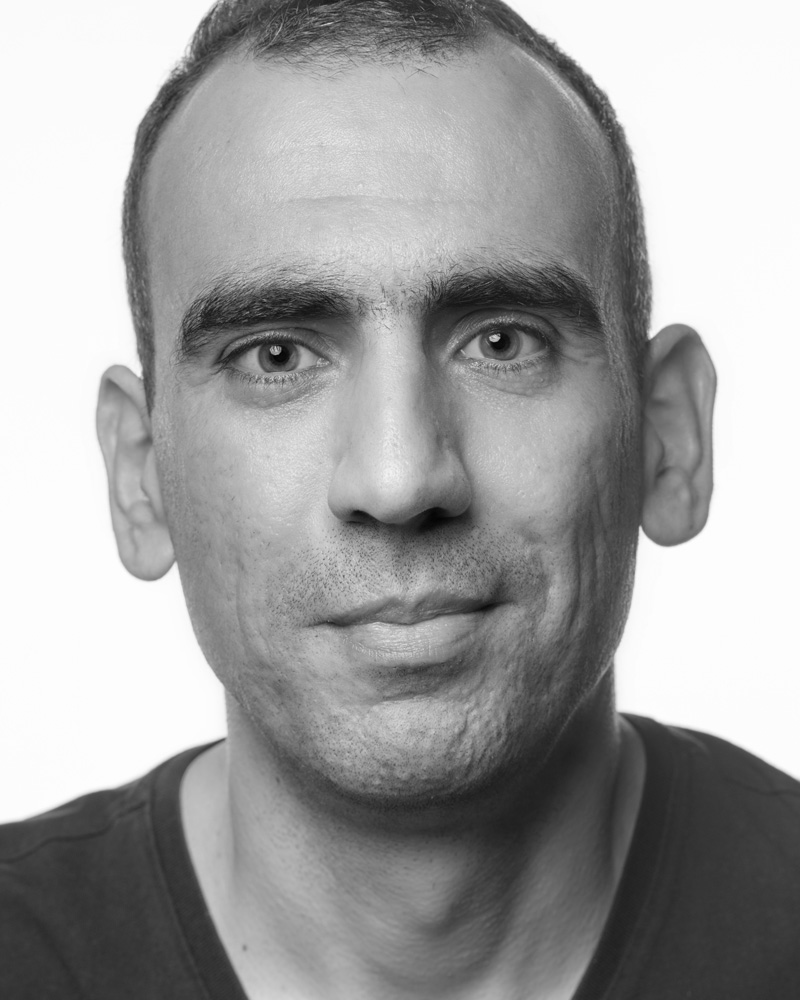
|
| United States | SLAC National Accelerator Laboratory | Gianluca Petrillo | United StatesSLAC National Accelerator LaboratoryGianluca PetrilloAccording to a composition I wrote in elementary school that I rediscovered decades later, my aspiration for life was to sell vegetables. Clearly, that changed. By 14, I was captivated by elementary particles and their mix of simplicity and complexity – and their implied promise that understanding them would provide the comprehensive explanation. I had the idea that the ultimate truth does exist, and the path to it unfolds through them. I don’t believe in ultimate truths any more, but the charm is still there. I enjoy working on DUNE because it gives me the feeling that our collective achievements will be foundation of imperishable knowledge. |
Gianluca Petrillo
SLAC National Accelerator Laboratory
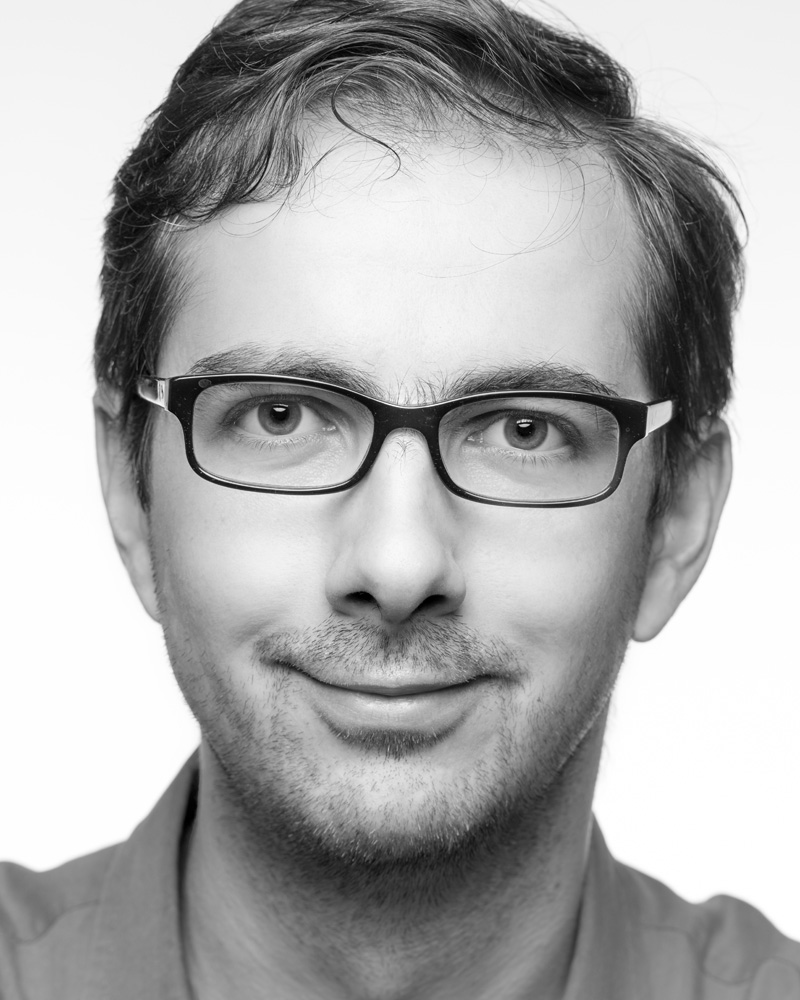
|
| Switzerland | CERN | Giovanna Lehmann | SwitzerlandCERNGiovanna LehmannWhen I graduated, the one thing I didn’t want to do was work with computers – and that is what I’ve built my whole career on! I was doing my Master’s thesis in Italy on a smaller experiment, and I met a professor that offered me a PhD position in Switzerland. His team had just joined the ATLAS trigger and data acquisition project, and he arranged for me to be based at CERN, where many experts were working on that topic. I integrated with the CERN group, thinking I would do hardware and electronics, but was assigned a software task. With time I learned that, provided there is a challenging problem, every job has interesting aspects, and so I progressively became a data acquisition and software expert.
Now I’m the consortium lead for the data acquisition system of DUNE. Something I like about DUNE is the variety of fronts I can work on. The prototype detector, ProtoDUNE, required fast development and lots of hands-on work. The design of a complex and large data acquisition system, which will be needed for the final experiment, is intellectually and technically challenging. The managerial and leadership aspects related to my role are very interesting and demand a whole set of different skills. Over the years I’ve discovered that, after all, what I like most is working with other people. People always manage to surprise me. I’ve evolved from being the student to the postdoc to the team leader and I’ve seen it from different perspectives. I think it is very nice to see how different people reason about a problem and put together their different approaches to solve it. |
|
| Brazil | Federal University of Alfenas | Gustavo Valdiviesso | BrazilFederal University of AlfenasGustavo ValdiviessoI collect video game consoles from the '70s and '80s. I was always fascinated by the hardware that was used by early video game companies. I try to understand how these early games were programmed and the limitations of the machine, and try to get in the mindset of the programmers of the time. I think today we overlook the potential of our machines because we are so used to just clicking on stuff without realizing what is behind it. For me, it’s not like that. I want to know the machine and the system. I want to see the pixels of the game I’m playing. The more bleeps the music makes, the better. It’s a hobby, but it gives me insight into what I do every day. I come from a simulation background, but I came to Fermilab as an intensity frontier fellow to enhance my skills working on hardware and instrumentation. I’m changing the focus of my research so I can be more hands-on when the time comes for DUNE. This allows me to go back to Brazil and work on the formation of my next generation of students that will inherit this expertise and be useful for DUNE and come here to Fermilab for similar tasks. |
Gustavo Valdiviesso
Federal University of Alfenas
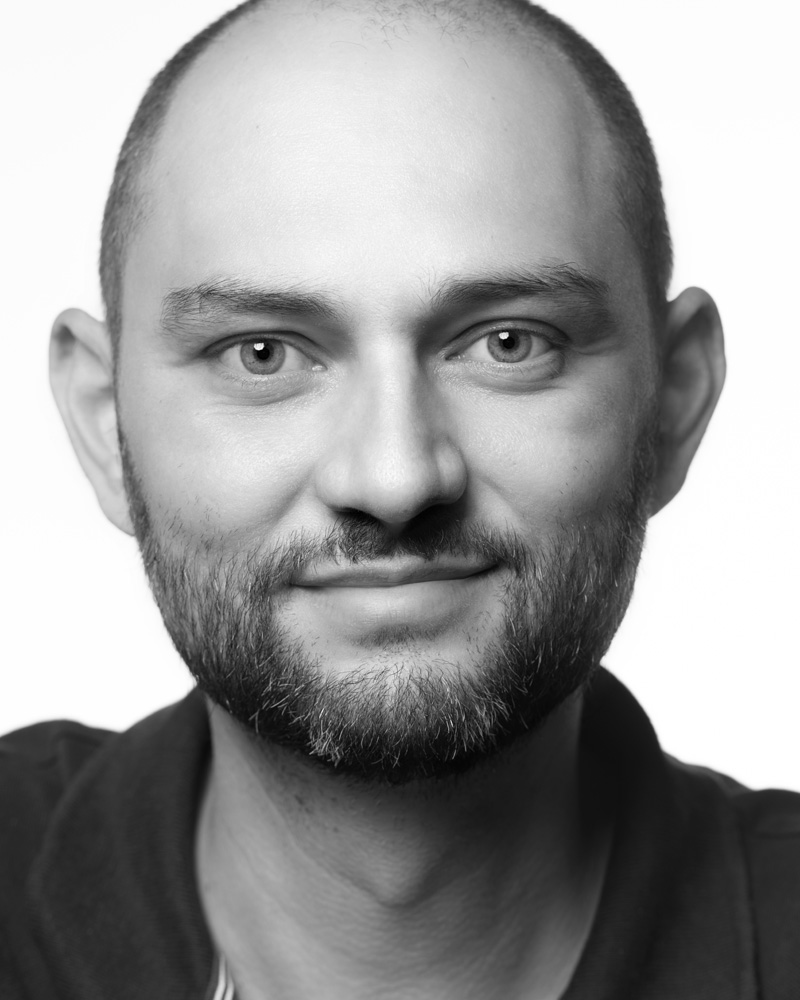
|
| United States | Oregon State University | Heidi Schellman | United StatesOregon State UniversityHeidi SchellmanWhat I like the most is that DUNE is a chance to get the band back together again. Twenty years ago, we were trying to put computing together for Run 2 of the Tevatron, and Fermilab had just hired a bunch of smart, great young people as programmers. I hate to say this, but they’re somewhat older now. Despite their ability to go off and make more money from Google, somehow DUNE has lucked into getting many of those same people. We’ve done one big project together, and now we’re doing it again. It’s very comfortable knowing the capabilities of the people you are working with and knowing they are good. |
Heidi Schellman
Oregon State University
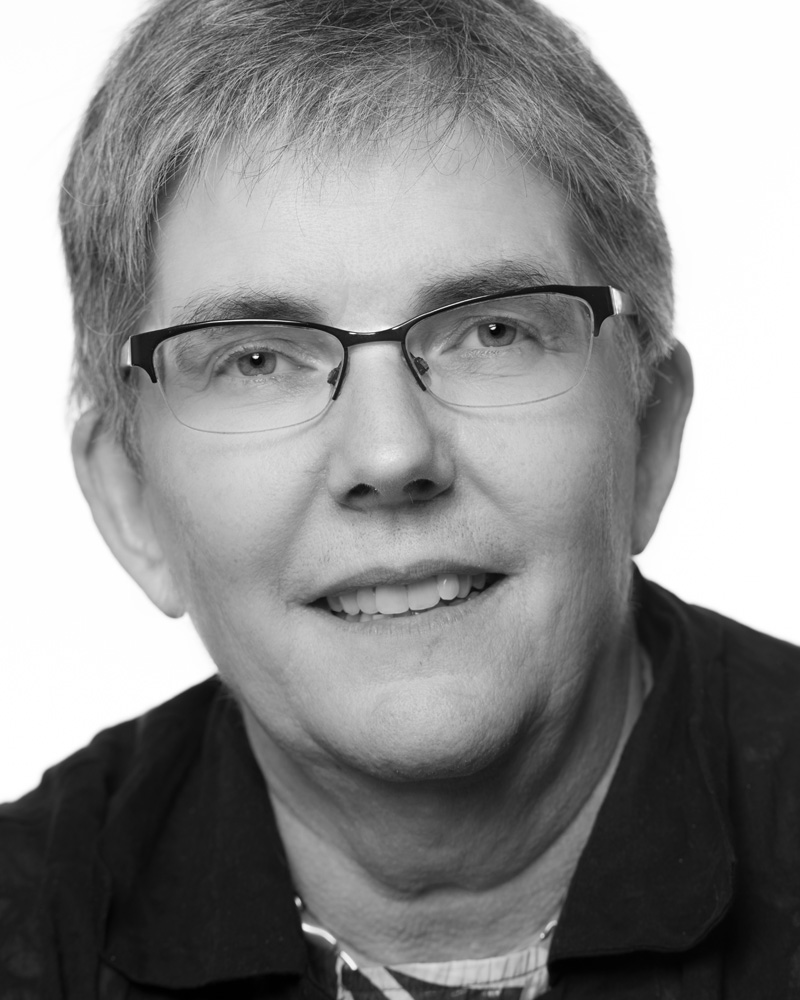
|
| United States | SLAC National Accelerator Laboratory | Hirohisa Tanaka | United StatesSLAC National Accelerator LaboratoryHirohisa TanakaThe challenges in developing the DUNE near detector are all really exciting. We’re pushing both scientific and technical frontiers, including how to process and make sense of the enormous amounts of information produced by the detectors and how to move our detectors, many tons of very sensitive equipment, in the beam to collect neutrinos from different locations. Something interesting happens almost every day in science. When I was a first-year undergrad, I encountered [famous physicist] Maurice Goldhaber at Brookhaven National Laboratory. I got up the courage to strike up a conversation. I was expecting less than a minute of his time, but he spent 15 or 20 minutes explaining his view of neutrinos. There are people who are at the top of their game that make the time to talk with younger scientists. It reminds me that we are all in this together. |
Hirohisa Tanaka
SLAC National Accelerator Laboratory
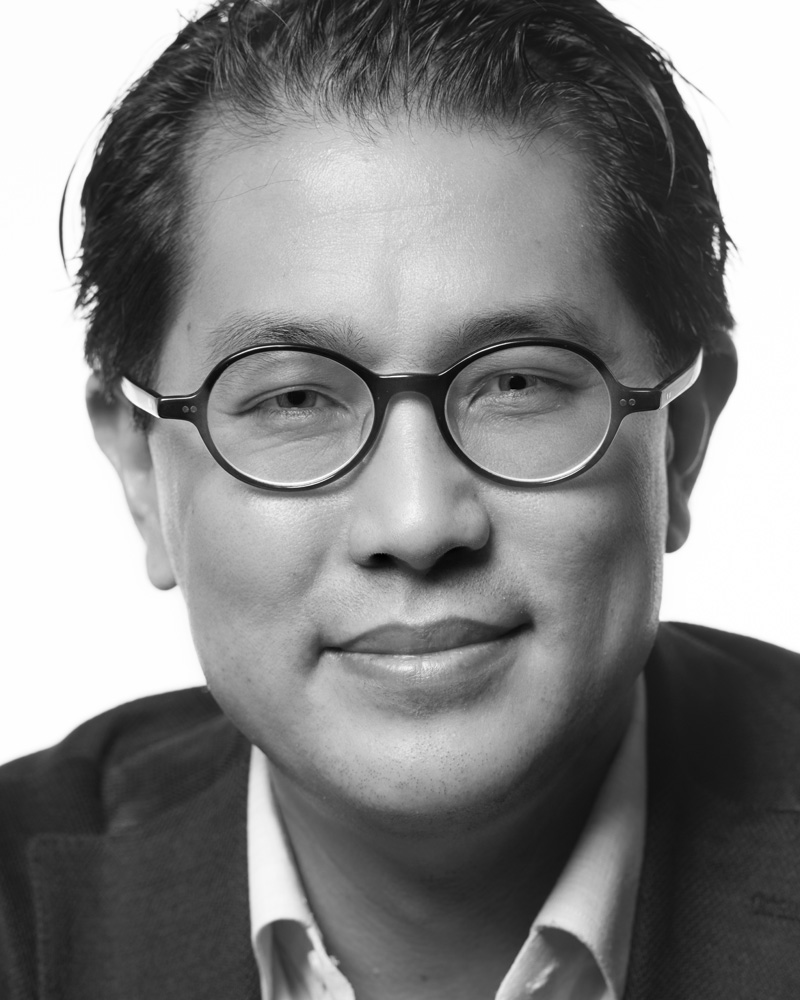
|
| Switzerland | University of Bern | Igor Kreslo | SwitzerlandUniversity of BernIgor KresloI remember my father telling me a story about when I was hitting a fridge with a hammer as a child. He asked what I was doing, and I said I was repairing it. I used to disassemble all the household devices, such as irons, the TV, the fridge, to see what was inside – and never put them back together. I was lucky I didn’t have a problem of choice – I knew what I wanted to do from an early age. I liked doing things with my hands. There are a lot of engineers working on DUNE; you’re always communicating with other civil, electronic, and other engineers. Even though I’m leading a small team of about 10 now, I still have time to do things myself, like making electronics designs and layouts, or programming FPGAs. It’s still the same passion I had when I was younger: to learn what the world is made of. |
Igor Kreslo
University of Bern
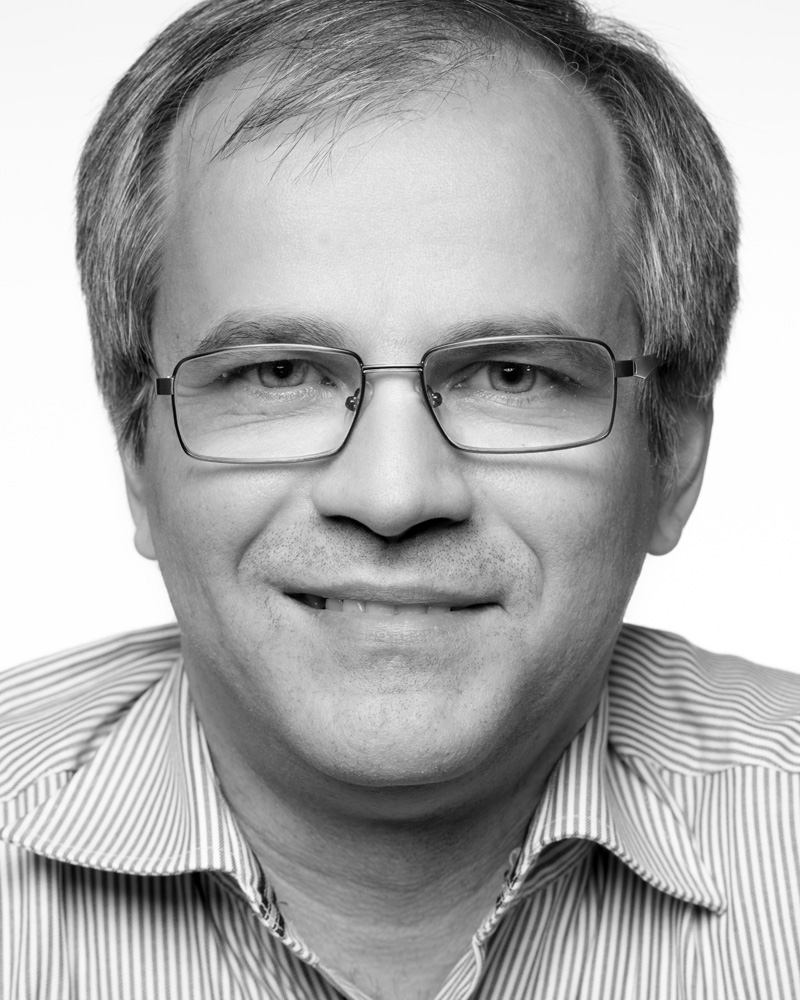
|
| United Kingdom | University of Sussex | Iker de Icaza Astiz | United KingdomUniversity of SussexIker de Icaza AstizWe're testing DUNE photon detection systems in the Short-Baseline Near Detector at Fermilab. My first day here at Fermilab was six years ago. I was an undergrad, and I was looking for my supervisor's office. I'd just come from the airport and was still dragging around my suitcase. I heard someone call my name. It was a real surprise: It was an Italian student I knew who was here for just a short while, visiting from Germany, doing his Master's. I've experienced this a number of times since then. In school, I liked how physics could explain very clearly the natural world. Very simple stuff: blue skies, music, rainbows, your everyday natural phenomena. Outside of research, I like to cycle, swim in the sea, hike and camp. In Brighton, where I live now, there's a sea. And when I was in Mexico, I liked to go hiking to volcanoes and mountains. |
Iker de Icaza Astiz
University of Sussex
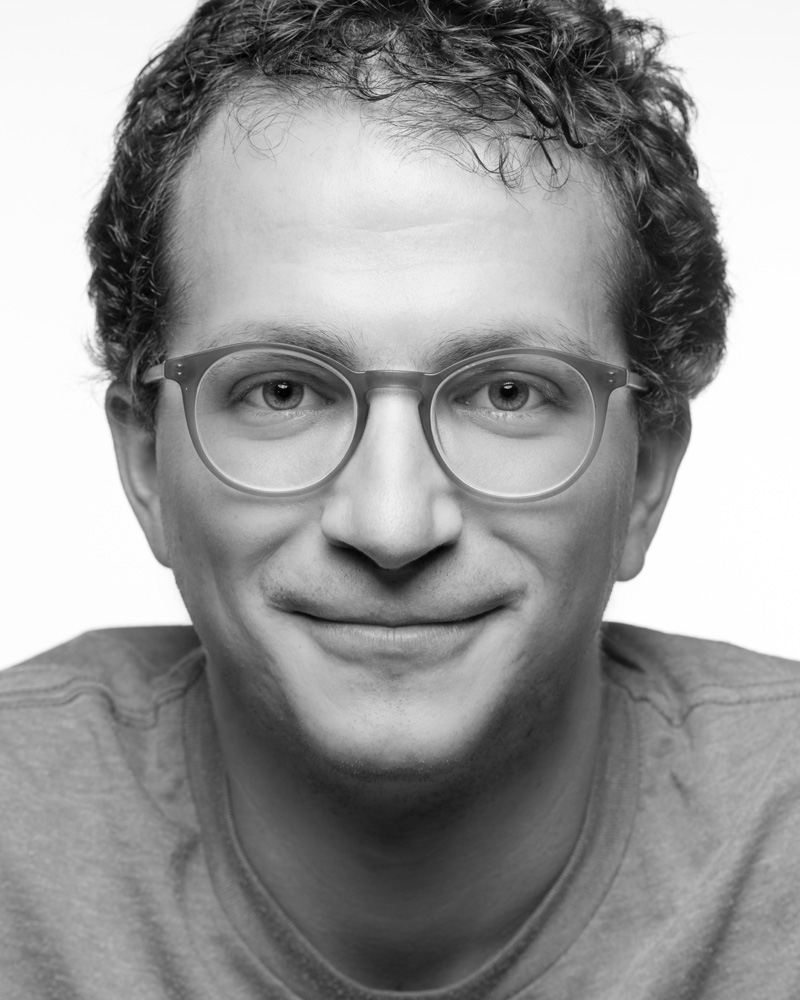
|
| Spain | CIEMAT | Inés Gil Botella | SpainCIEMATInés Gil BotellaOriginally I wanted to be a teacher. I loved mathematics and physics and went to the University of Valencia. In parallel, I also studied music for many years, playing the clarinet in a conservatory. Then I discovered particle physics, and I ended up going to CERN as a summer student. That changed my life: listening to lectures, working on the LEP experiments, seeing the collider, just being there. Everything I had read in text books was becoming real. Now, many years later, I lead one of the consortia that will build the photon detection system for the DUNE detector. I’m working on DUNE because I want to learn more about the evolution of the universe and how it works. I hope that DUNE will observe neutrinos from a supernova. That would be so amazing. It would be a fantastic observation. The neutrinos would arrive on Earth hours before the light from the star’s explosion would arrive. That would give us information on neutrino properties and how supernovae work. |
|
| United States | University of Texas at Arlington | Jae Yu | United StatesUniversity of Texas at ArlingtonJae YuI was a really bad student in math and in physics. I hated physics. But in the early '70s, the oil embargo impacted Korea very much because the country didn’t have any oil at all. So I wanted to do something related to energy. I didn’t know what, but I wanted to be working on something that would mean Korea didn’t have to rely on someone else. My senior year of high school my homeroom teacher was a physics teacher. In one class I learned about radioactive decays, and got really interested in the phenomenon. Something coming out of nothing. It also got me interested in mathematics. In one year I was able to turn into a 'physics guy.' All my teachers had given up on me but later on said I can make it. Well, I passed the 2 exams to get into college as a physics major. Ever since then I stayed in physics. I have also been very active in promoting cooperation between the US and Korea on science. I have served as the president of the Association of Korean Physicists in America (AKPA) and the Korean-American Scientists and Engineers Association (KSEA), and recently organized a US-Korea conference with 1,500 participants. |
Jae Yu
University of Texas at Arlington
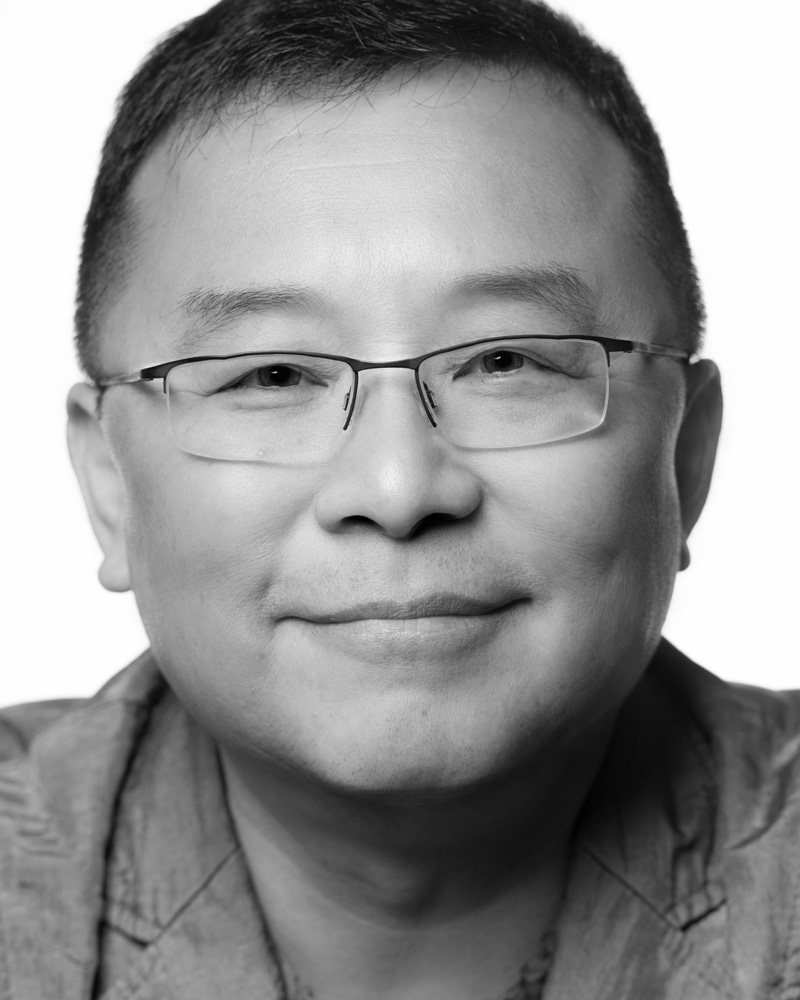
|
| United States | Michigan State University | Jake Calcutt | United StatesMichigan State UniversityJake CalcuttI started at DUNE working on one of the prototype detectors, called ProtoDUNE. I went to CERN to help with electronics, installation, testing and preparing the beamline for analysis. Now I'm working on actual ProtoDUNE analysis. There's plenty to do. You can sort of be sectioned off and do your own thing, but you can also be exposed to many different projects that people are working on. Also, DUNE is a new experiment, so there are a lot of young researchers working on it. I often think back to the start of our work on ProtoDUNE as an important time when we're developing connections with people my age on the experiment. I always liked science as a kid, and I remember always thinking that things related to outer space were the coolest, which led to an astronomy interest, which led to physics. |
Jake Calcutt
Michigan State University
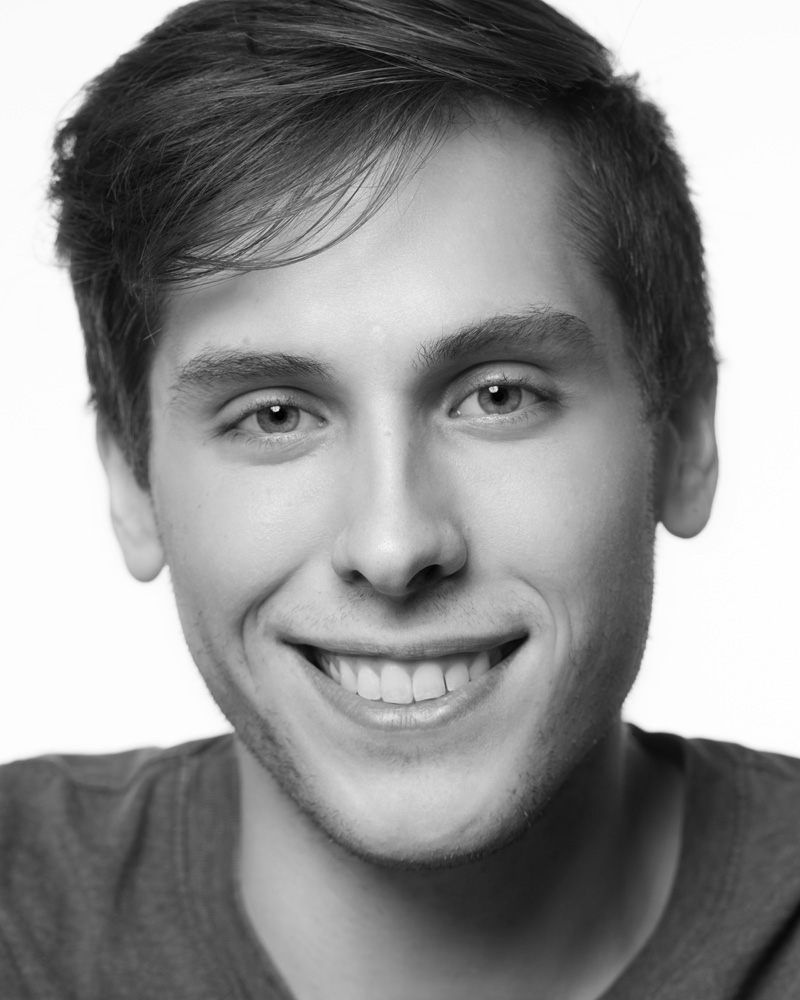
|
| United States | South Dakota School of Mines and Technology | James Haiston | United StatesSouth Dakota School of Mines and TechnologyJames HaistonI have always wanted to be a physicist, and I finally got the opportunity late in life. I went into the Navy after high school, I went to school for music (and didn’t finish the degree), and I’ve done a series of machining jobs, which prepared me for the work I am doing now. My degrees are in computer science and electrical engineering, and when I was finishing up my masters, the physics Ph.D. program opened up at the South Dakota School of Mines and Technology, and it was like fate. My area of study will be the calibration source for the DUNE far detector. I still play guitar and paint, but as enjoyable as those things might be, I can’t depend on them. My favorite thing about working on DUNE is the people I meet from all over the world. If I had a choice between coming to Fermilab and going to Disneyland, I’d pick Fermilab every time. |
James Haiston
South Dakota School of Mines and Technology
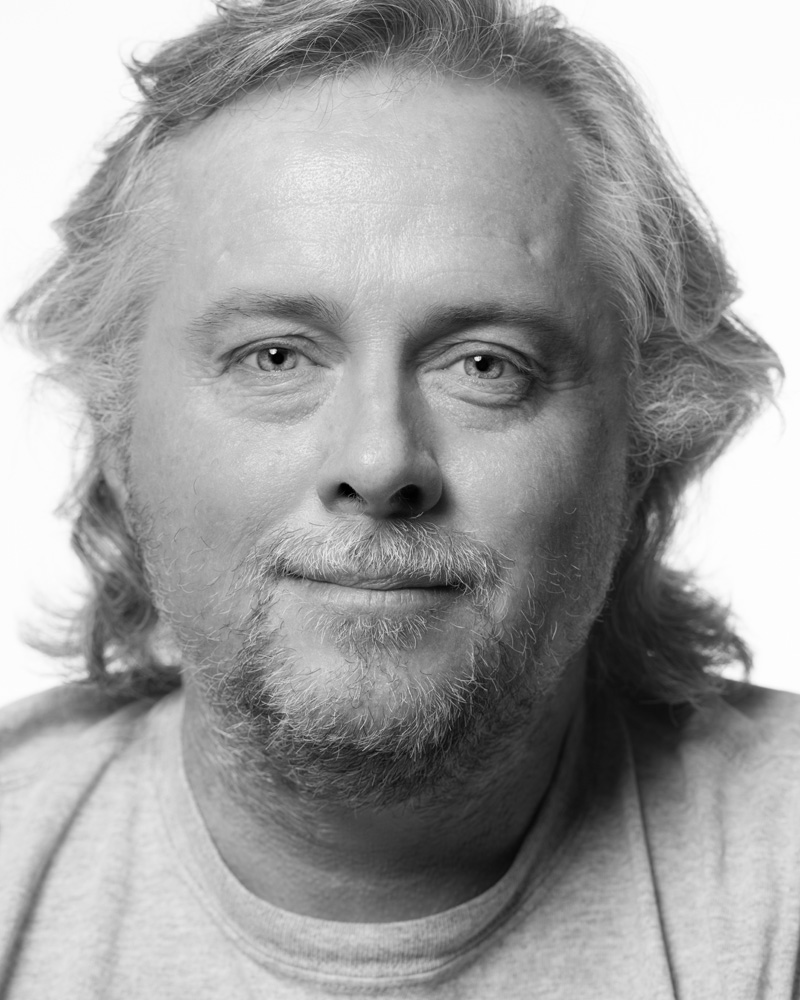
|
| United States | Fermilab | Janet Bishop | United StatesFermilabJanet BishopI have always been drawn to science, and chemistry was my strongest interest. I then pursued a degree in the environmental field because I was very passionate about making a positive impact on the environmental issues around us. This is still a strong interest for me, and someday I will focus my energy on sustainability and conservation. My degrees are in chemical and environmental engineering, and I have more than 25 years of project management experience in industry and consulting. I joined Fermilab in 2018 as the project manager for US-DUNE activities. DUNE is a unique, amazing project, and I enjoy the international aspect. It’s great to work with people who are so dedicated and excited about this experiment. I also really enjoy talking with other women scientists and engineers and hearing about their careers and challenges. We have some amazing women at Fermilab! |
|
| United Kingdom | Lancaster University | Jarek Nowak | United KingdomLancaster UniversityJarek NowakI really got into science in primary school, when we were going to get to see Halley's comet, in 1986. I went to the library and got all the books on astronomy and physics. Now I'm working on the construction of DUNE. I like working on future experiments — I was involved in the construction of the NOvA and T2K neutrino experiments — seeing the development of the technology that will be used in a few years. I was one of the principal authors of the NuWro software, which many physicists now use. And we work with each other in other ways: I once got stuck unexpectedly in Brazil, so I got in touch with a friend, and he got in touch with his supervisor, and he got me an office at UNICAMP in Brazil. I ended up staying there for a month. That's an example of a collaboration member helping you out. |
Jarek Nowak
Lancaster University
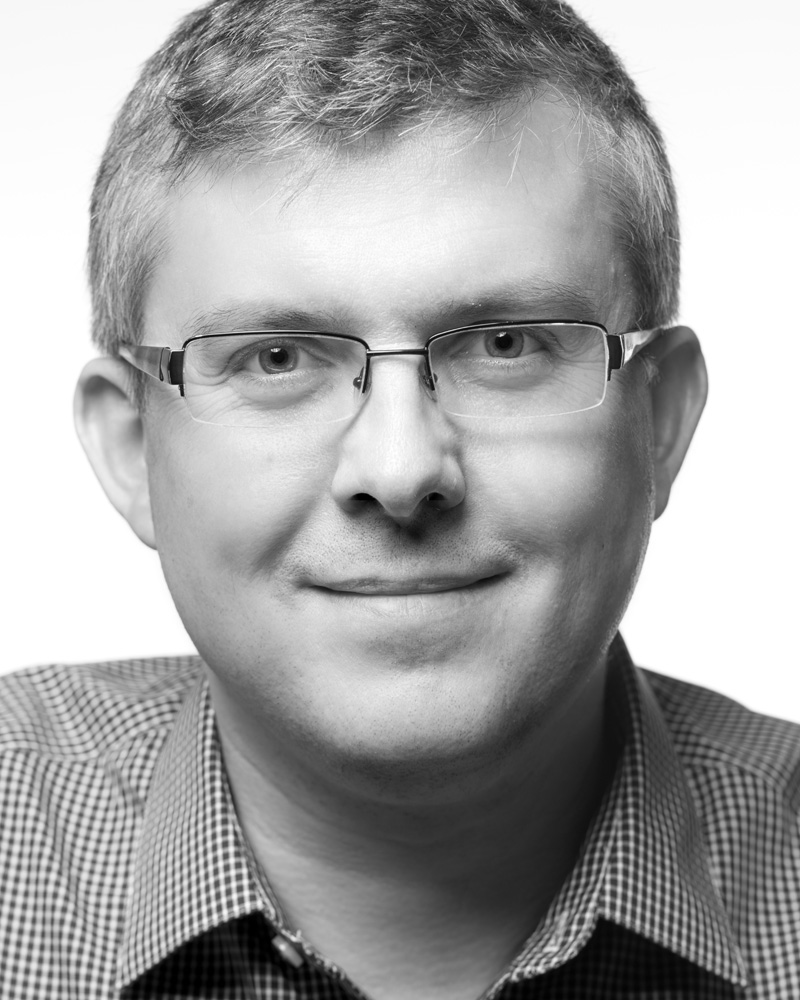
|
| Czech Republic | Institute of Physics of the Czech Academy of Sciences | Jaroslav Zalesak | Czech RepublicInstitute of Physics of the Czech Academy of SciencesJaroslav ZalesakWhen I visited the French-Swiss border near Geneva for the first time in 2002, it was not to visit the CERN laboratory but to climb Mont Blanc. When we reached the summit it was a sunset. Little did I know at that time that I would later gaze at the summit while sitting in the CERN cafeteria, having coffee after a long day of working on one of the DUNE prototype detectors. Or that I would see the Mont Blanc when I missed the last CERN shuttle from the Prevessin to the Meyrin site and I had to walk instead. Working on the construction of the DUNE prototype detectors has been very rewarding because I like building and creating things from scratch. But what I enjoy the most about DUNE is the people. They are fun to work with. And then there are my two boys at home. They are the best and most challenging experiment of my life! The results are often unpredictable and unique as they manage to surprise me again and again. |
Jaroslav Zalesak
Institute of Physics of the Czech Academy of Sciences
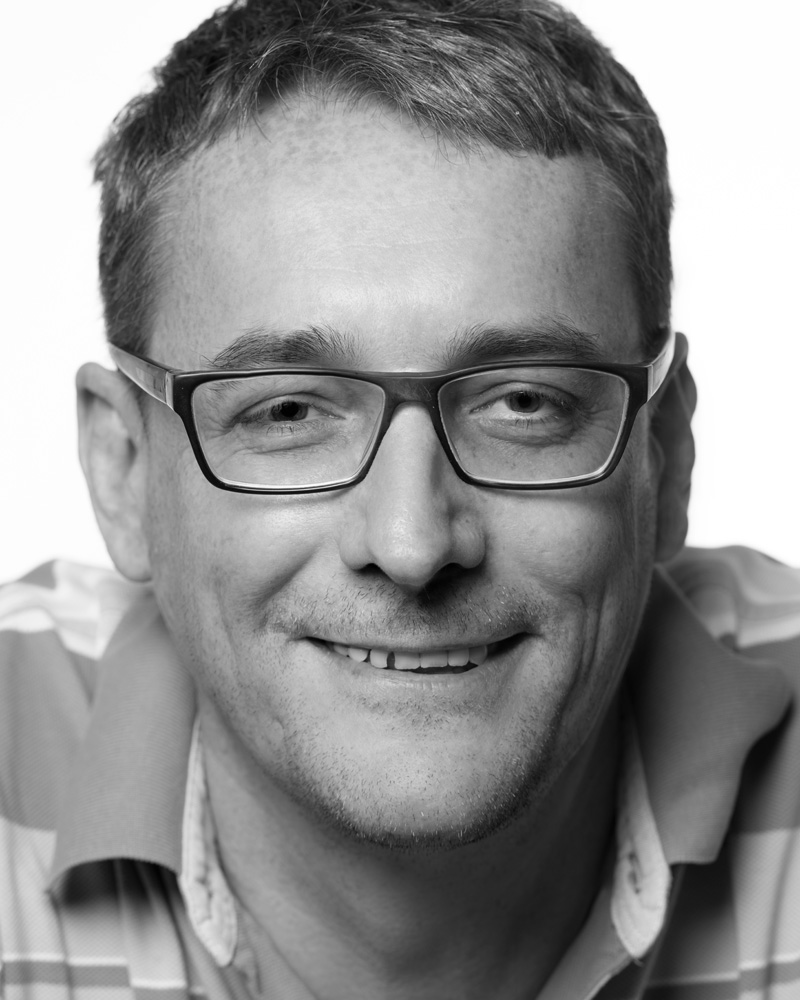
|
| United States | South Dakota School of Mines and Technology | Jason Stock | United StatesSouth Dakota School of Mines and TechnologyJason StockI was 'That kid' in class. I was extremely loud. I was extremely eager. And I had way too many questions. Physics was a field that was generally perceived as hard, and I thought I might as well try it. Physics was hard for me, so I stayed. It’s very titillating - the frustration and tedium and the difficulty are all there and occupy a greater percentage of your time than the success. But the success is so deeply satisfying, it’s a drug. I need to fill my smug factor, to do something new. I need to feel like what I’m doing is challenging. I like doing things that people haven’t seen before and doing things that people haven’t done. The thing I like about working on DUNE is that it’s an exercise in being better. The scope of everything we’re doing requires us to figure out how to be even better than the experts. The problems I have solved have led into new and interesting problems. Each step is exciting and interesting. They’re all part of the same big picture. |
Jason Stock
South Dakota School of Mines and Technology
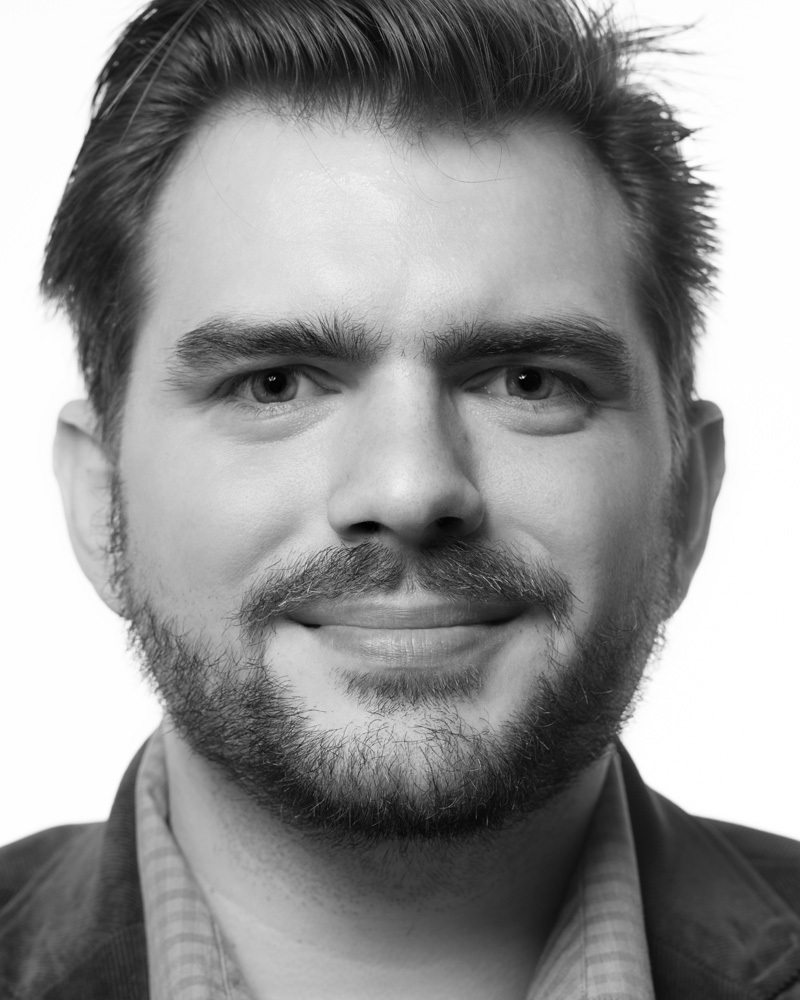
|
| Colombia | University of Antonio Nariño | Javier F. Castaño | ColombiaUniversity of Antonio NariñoJavier F. CastañoMy favorite hobby is playing guitar and singing. I sing every Sunday at church, and I like to create new songs and write poetry and short stories. My children also play piano and guitar, my wife plays tambourine and sings, and we try to play together. I love spending time with my family. I am an electronics engineer and professor, and I want to help young people consider choosing a life as a scientist or as an engineer working on big projects like DUNE or ATLAS, because in Latin America, we need more scientists and more science education. It's the only way to develop our countries. I work on digital systems and FPGA design, and am involved with the photon detection system group working on the development of DAPHNE, an electronics board. I like technology - not only using it, but also understanding how it works and is designed. It's very nice when you design electronics by yourself and you spend a lot of time working on it, and you finally see it working. It’s a little similar to having a child. |
Javier F. Castaño
University of Antonio Nariño
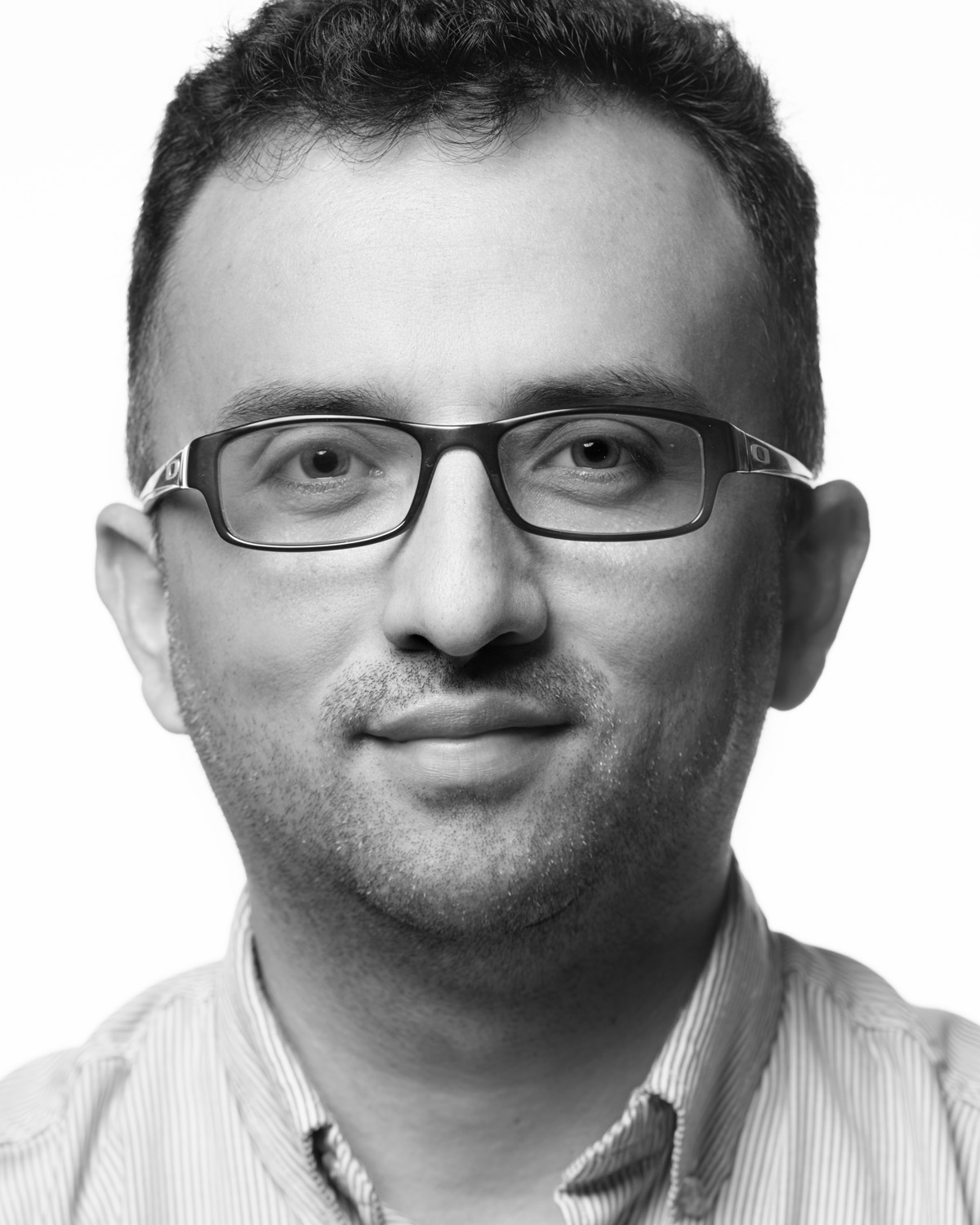
|
| United Kingdom | University of Sussex | Jeff Hartnell | United KingdomUniversity of SussexJeff HartnellWhen I was 18, I went to Australia for nine months on a working holiday visa. I wanted to travel and needed money. One of my jobs was driving a tractor from midnight to midday, seven days a week. Following that, while traveling up the Queensland coast, I started a game of chess with someone. After all the manual work, playing chess made my brain feel alive again. I knew what I had to have in my life: something where I got to solve complex problems and really think about things. That was a big motivator. Knowing where I wanted to go drove me to work hard to achieve it. I wanted to contribute something that would be lasting, and discover new things about the universe. For DUNE, I’ve been working on how we can record an immense amount of data if a star in the Milky Way goes supernova and creates lots of particle tracks in our detector. Our data acquisition system will have to be able to buffer 40 terabytes in 10 seconds. That's like streaming 4 million TV shows simultaneously. |
Jeff Hartnell
University of Sussex
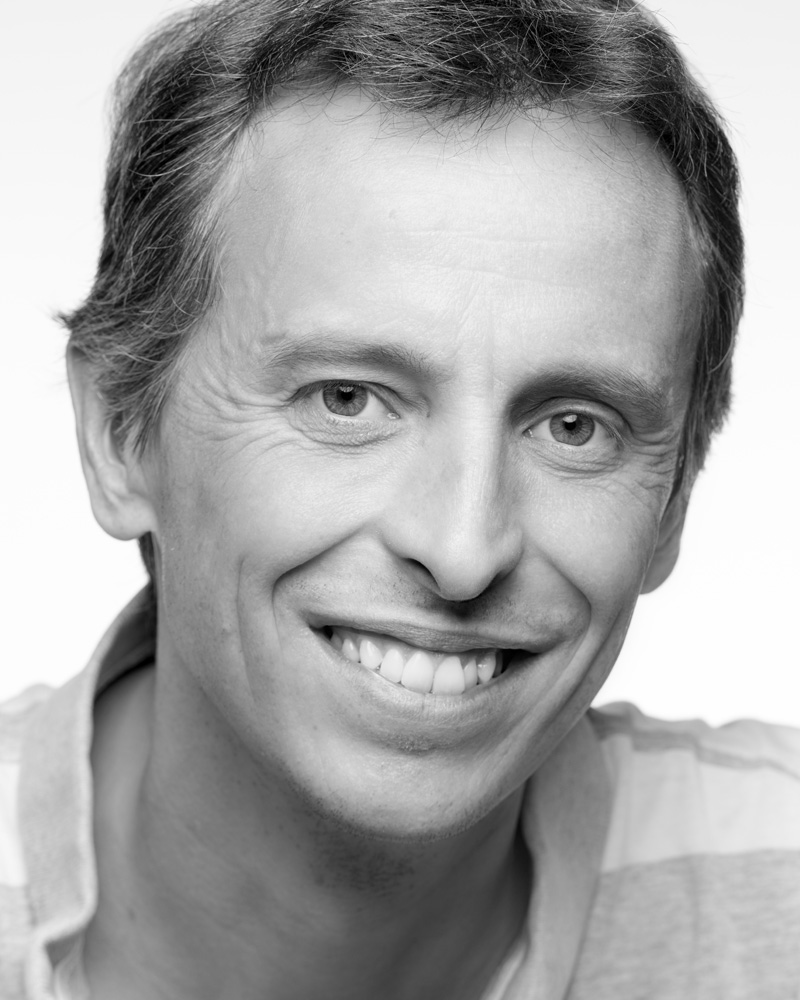
|
| United States | William & Mary | Jeff Nelson | United StatesWilliam & MaryJeff NelsonFor me the highlight of my time as a physicist was managing the installation of the MINOS detector up in the Soudan mine in Minnesota. That was the most intense part of my career but in many ways the most rewarding. We were the people taking all of the parts from everyone around the world and getting them down there, putting it together, doing the labor, making sure everything worked right. It was a lot of work trying to figure out how not to waste time. The logistics are complicated when you’re 2,341 feet underground. The camaraderie of the people, the feeling that we were making progress, it all went well. I lived this weird lifestyle for three years where I was working in Illinois for Fermilab but the site was up north in Soudan and my wife stayed in Minneapolis and I did this three-point commute. It was intense. For DUNE I’m helping figure out a way to build a system that creates a 180,000-volt electric field in a large volume, in a way that it can be brought down a mine shaft. We’re at the time where there’s still room for good ideas, you get to play with toys and do things on a rapid time cycle. That’s a lot of fun. |
Jeff Nelson
William & Mary

|
| United States | University of Hawaii | Jelena Maricic | United StatesUniversity of HawaiiJelena MaricicI'm in charge of two systems for DUNE: one is a giant 14-meter tall thermometer with millikelvin precision, which is the only movable system in the detector, and the other is a photoelectron laser that can calibrate the detector with small electron clouds. Since I was very little, I've enjoyed working on math and physics problems and understanding the principles that govern the world around us. When I got older, I started tinkering with devices and designing new ones, which led me become an experimental physicist. I love neutrinos. They are so peculiar, non-conforming, and surprising. Although they're tiny, they may give us some key information about our universe. I love the science and thinking about new ways to calibrate the detector to make sure we get all the answers we seek. |
Jelena Maricic
University of Hawaii
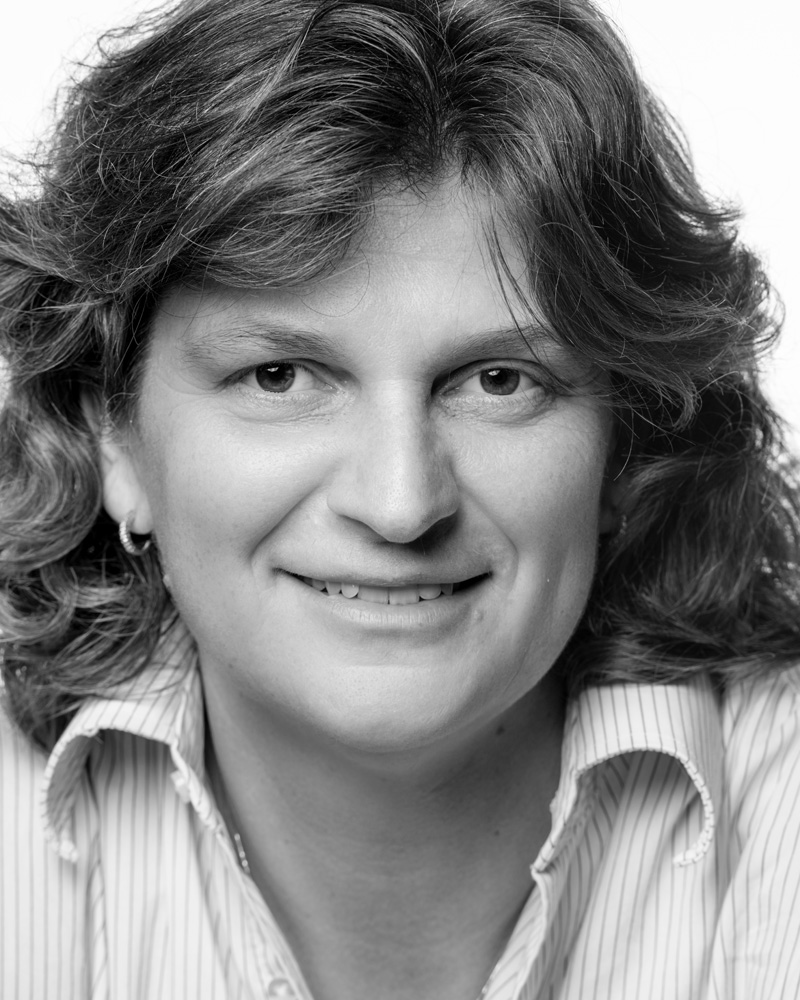
|
| United States | Fermilab | Jen Raaf | United StatesFermilabJen RaafI love knowing how things work, and why things are the way they are. In my younger days, I disassembled various items to see how they worked. And when I figured out that particle physics is a way to disassemble the universe in order to probe some of the most intriguing yet-to-be-answered questions, of course I decided that was the path for me! The first time I had the opportunity to work inside the open Super-Kamiokande neutrino detector in Japan was amazing. The pictures don’t do it justice. It has the feel of some kind of cathedral when you’re standing at the bottom of a 130-foot-tall structure whose walls, floor, and ceiling are beautifully lined with photo sensors that look like golden orbs. |
|
| United States | University of Cincinnati | Jeremy Hewes | United StatesUniversity of CincinnatiJeremy HewesI play guitar, mostly because they’re pretty easy to travel with. My grandmother's guitar was up in our attic gathering dust, and I picked it up one day and never really put it down. On one level, music is just math. It’s frequencies. And there’s a clear structure to how you assemble those frequencies to get something that sounds good. It’s not that you write down equations to figure out something that sounds good – it’s the other way around. It’s something fundamental that we can understand instinctively, and then describe mathematically. It says something about what we do in science. The world does have this intrinsic structure that we’re trying to understand.
Music I can sit down and do, but science requires a more structured approach. It strikes me that neutrino research is a field that is in motion. In the ‘90s, our understanding of how neutrinos behave exploded. We saw oscillations we didn’t expect to see, and we’re still working through the implications of that. The fact that we have so many unanswered questions draws me to neutrinos and to DUNE – because DUNE is going to tell us the answers. |
Jeremy Hewes
University of Cincinnati
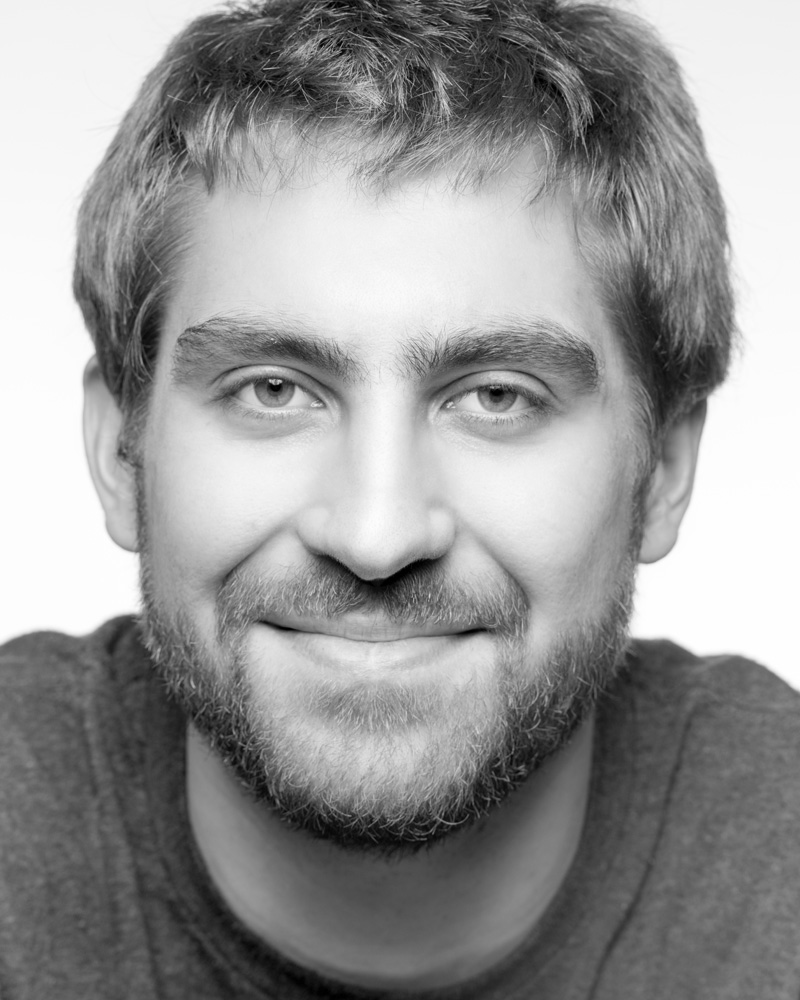
|
| United States | University of California, Irvine | Jianming Bian | United StatesUniversity of California, IrvineJianming BianI like chess. I think it's good training for your brain. It makes you concentrate, and I like the feeling that you're using your skills and brain to win. It also helps me to prepare to lose, because you cannot always win, right? So, you know what failure looks like and then you're prepared for it. I think that's good for both life and research. For example, when you're looking for new particles, you never know what's going to happen. You may write a very traditional paper, or maybe you discover something new. So, you've got to prepare. You use your knowledge to design your analysis, similar to how you try to win the chess game. You give the effort 100 percent and if you win, you're happy, but if you lose, you've got to be prepared for it and move on. I think that's the best thing I take from chess. |
Jianming Bian
University of California, Irvine
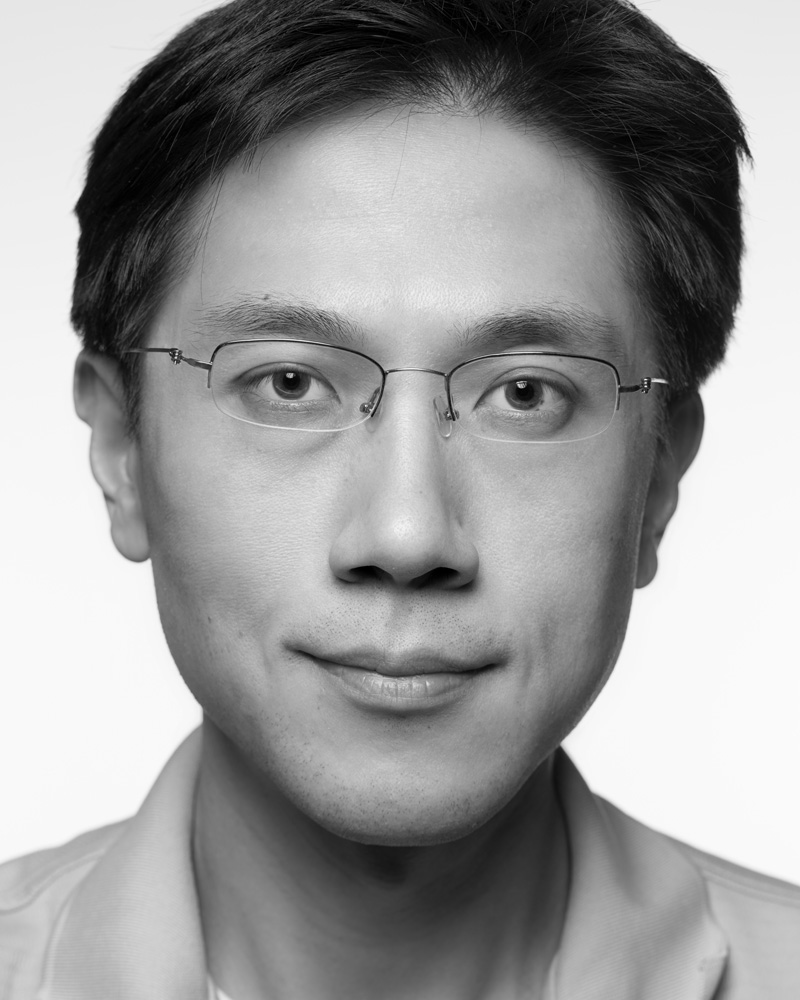
|
| United States | Fermilab | Jim Mateyack | United StatesFermilabJim MateyackI’ve always been curious to find out what makes things work. As a young kid I wasn’t afraid to take things apart. In high school, I took a TV apart to fix it—but of course I made it worse. I have a degree in electronic engineering and management information systems. I’ve worked on quality assurance in telecommunications for many years. I joined the LBNF/DUNE project in 2018. There are a lot of specifications that contractors need to follow. I work on procedures, work instructions, checklists, and related items. The APA modules for the DUNE far detector are almost 24 feet long. How do you get an APA down the mile-deep shaft and into the detector cavern without putting stress on the thousands of wires inside the module? I like working with the people on this project. It’s a collaborative effort. |
|
| France | IJCLab | João Coelho | FranceIJCLabJoão CoelhoOne thing I’m really into is playing fantasy football. It all started when I heard about the game and realized what a great playground it would be for applying the statistical analysis and machine learning skills I learnt through physics. I went on to develop a software that analyses data from the Brazilian soccer league and optimizes player selection in the fantasy game. It's always been a bit like this with me. I see a cool puzzle or idea and I have to explore it in depth.
I actually started doing engineering in my undergraduate in Brazil. But when my physics classes finished I knew I needed to learn more. I was fascinated by the ideas of quantum mechanics and relativity, which were new to me. It was like a rabbit hole, and there was so much more behind that. It ended up taking me into neutrino research. I did my PhD on the MINOS neutrino experiment at Fermilab, followed by postdocs working on NOvA and KM3NeT. Now I'm an associate scientist at IJCLab working on DUNE. The liquid-argon technology had always captured my imagination with its beautiful and detailed images. You can really see all the richness of neutrino interactions. It feels like an amazing new playground to explore all the exciting physics that I fell in love with and maybe even discover something beyond. |
|
| Brazil | Federal University of Rio de Janeiro | João Torres de Mello Neto | BrazilFederal University of Rio de JaneiroJoão Torres de Mello NetoI was born in a very small village in the Amazon forest named Cruzeiro do Sul. When I was a boy, I would enjoy hearing the stories about the stars my grandmother used to tell, and together we would watch the artificial satellites passing over our village. There was no electric light, and the sky was wonderful. That drove me to science. I work on event simulation for DUNE, and it is nice to be on the forefront of particle physics and to participate in such an ambitious project. A few years ago, I wrote a play, 'Imagine this stage that warps,' that talks about connections of the human being with the universe, physics, astronomy, anguishes in late night, some anecdotes about my life in Amazon, etc. It is an improbable recipe, but it seems to have worked. It ran for twelve weeks in one of the best-known theaters in Rio, two seasons elsewhere, and was nominated for important theater prizes in Brazil. I had a lot of fun with that project. |
João Torres de Mello Neto
Federal University of Rio de Janeiro
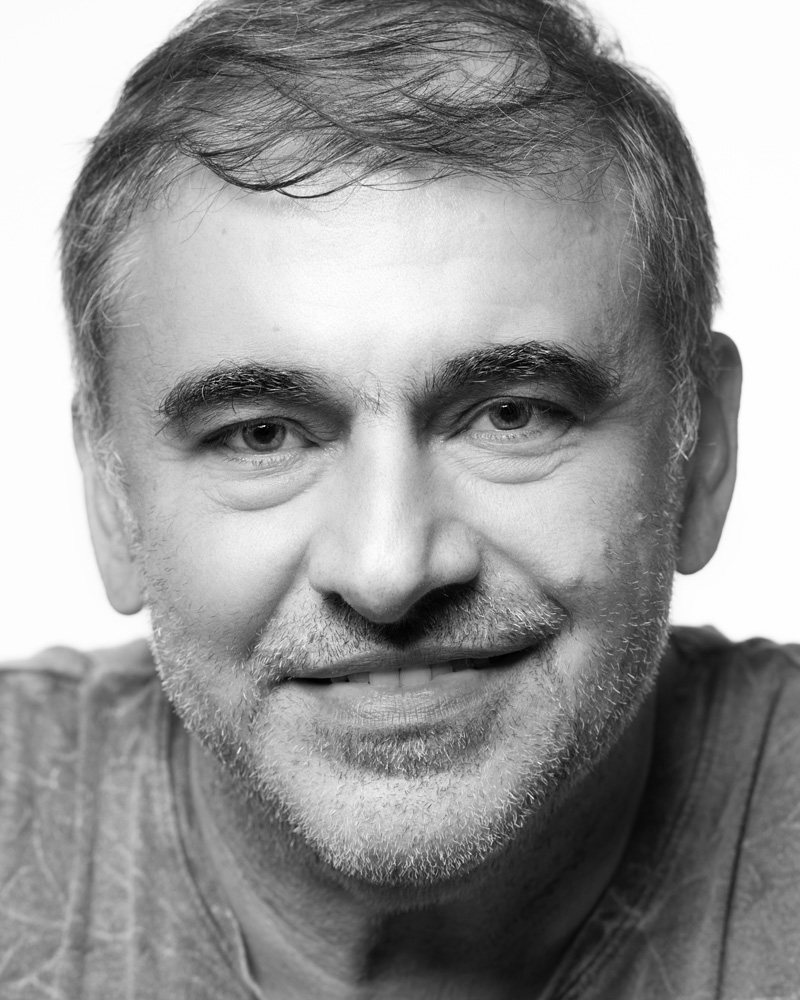
|
| India | Jawaharlal Nehru University | Jogesh Rout | IndiaJawaharlal Nehru UniversityJogesh RoutI grew up in a small village, Gadadharpur, Cuttack, in India. I might be the first person from my village to get a Ph.D., thanks to the support of my family and especially my elder brother, Manguli Rout. They always encouraged me, and at every step of my education they told me to aim higher. Now I am working on my Ph.D., and I even got to spend four months in America, at Fermilab, to work with some great people and do part of my Ph.D. research. My work for DUNE focuses on beam optimization techniques. I use simulations to study different horn and target systems to create the best particle beam that will allow us to get the best, most precise neutrino measurements with the DUNE detectors. When I don’t work on physics, I love to spend time with friends and listen to music. |
Jogesh Rout
Jawaharlal Nehru University
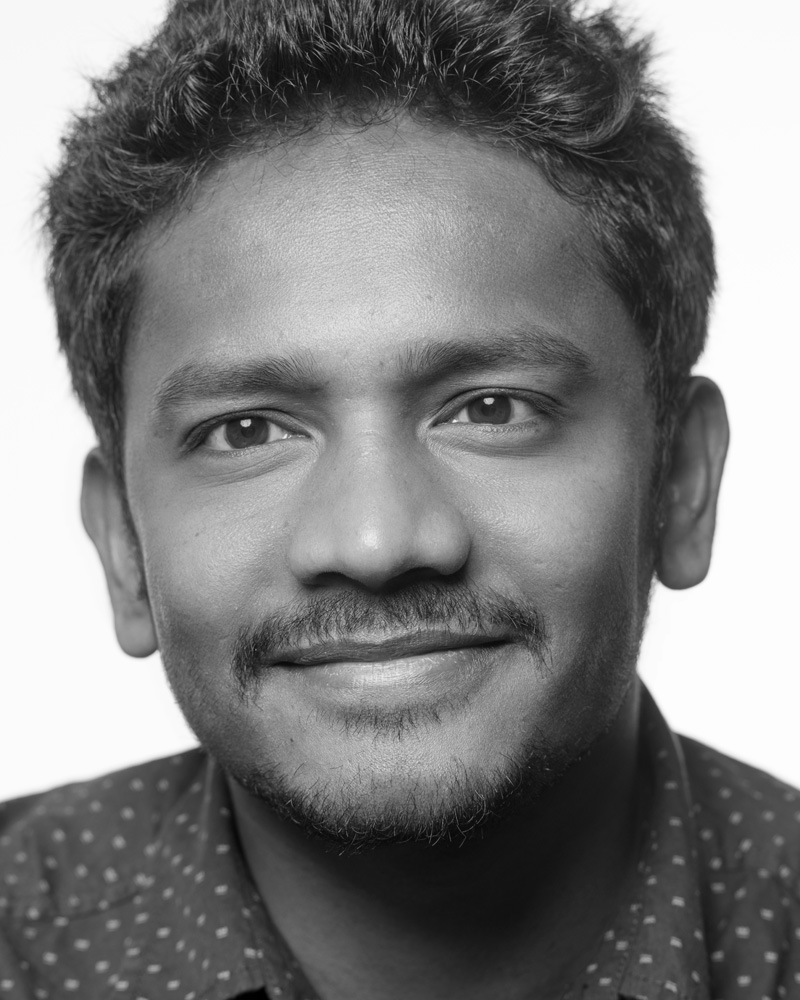
|
| United States | Fermilab | Jolie Macier | United StatesFermilabJolie MacierI enjoy running. When I travel I try to make sure that I get out and run in new places. It gives me a chance to pause and absorb my surroundings by getting around on my two feet, as opposed to just driving through. Yes, it’s physical, but it’s also an exploration, which of course is at the base is what DUNE is all about. Exploration is pretty embedded in my other hobbies too. Snowshoeing is on my list of fun things to do in the winter. Before, snowshoes looked kind of like tennis rackets for your feet, but they’re much more advanced now. They’re basically big contraptions, you buckle your feet in, and then you can tromp around in a few inches of snow. The idea is that you pretty much stay on the surface, cause the snow shoes are so wide it’s distributing your weight. I’m sure there’s a more in-depth physics explanation that we can rely on one of our other collaboration members for... |
|
| United States | Indiana University | Jon Urheim | United StatesIndiana UniversityJon UrheimI always liked science and identified with sciencey characters in the kids' cartoons I watched growing up, and I liked math, so physics seemed like a natural direction. DUNE is a challenging project with many different facets; it's fun to work with individuals with a wide range of backgrounds who bring unique perspectives and skills to the challenge. In 2003, when I was working on the CLEO experiment, one of our competitors discovered a new particle with unexpected properties. Several of my fellow CLEOns and I were in a position to confirm it, and we did it within a week. We also found a signal pointing to a second new state within another week. The paper was written and submitted to Physical Review Letters D within a month from when we started. That's never happened before — it was so fast. In that month, while in the thick of it, reasoning through the problems and checking everything, literally thousands of emails were exchanged. We finally concluded that the new particle was indeed there. |
Jon Urheim
Indiana University
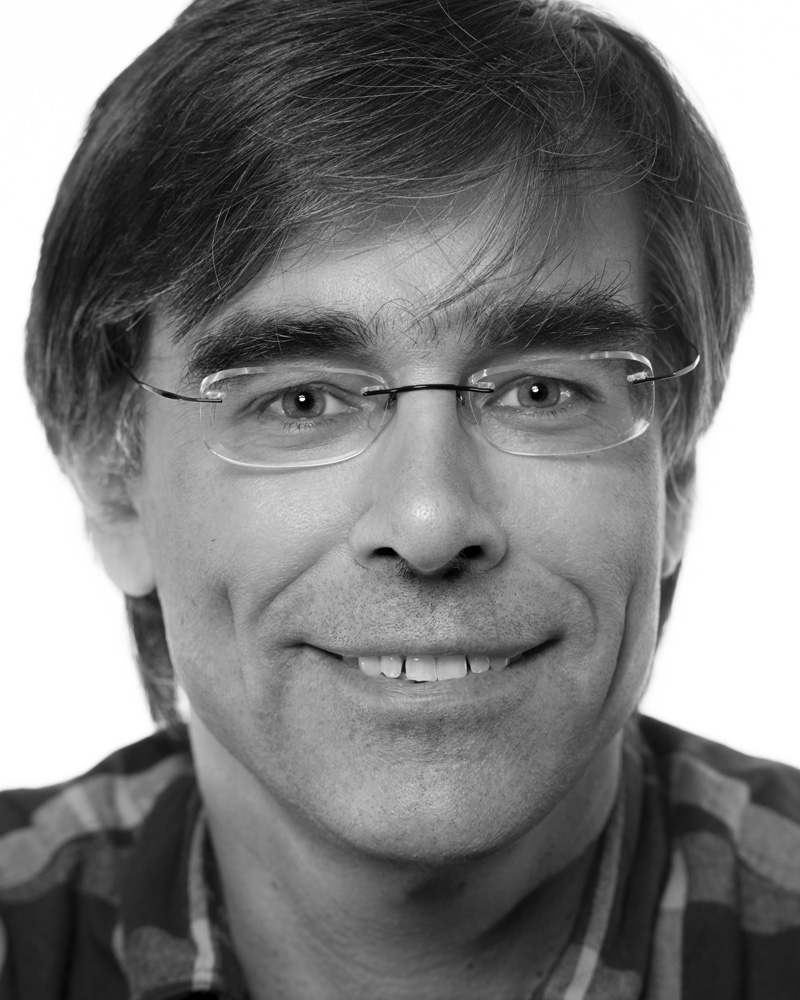
|
| Paraguay | National University of Asunción | Jorge Molina | ParaguayNational University of AsunciónJorge MolinaI think one of the main reasons I study physics is philosophy. I think that physics and science can give you an answer about how things work, how the universe evolved, how the Big Bang happened. But it won’t tell you the main reason of why we are here and if there’s a meaning. Those and other questions belong to the realm of philosophy. But I couldn’t see myself doing any other job than being a physicist. For DUNE, I work on the photosensors, electronics, and readout sections of the detector. We are at the edge of this technology, and it’s a big challenge, but a joy. I know we won’t find answers to all the questions of the universe, but the process of answering a little amount of one or two questions is okay. |
Jorge Molina
National University of Asunción
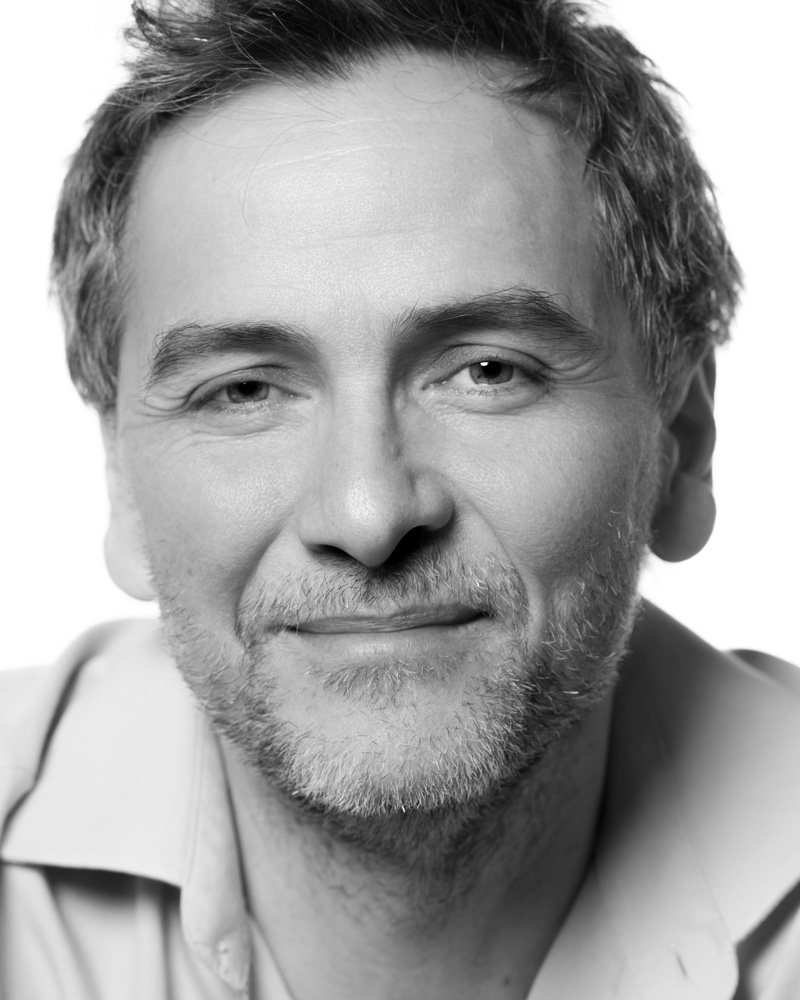
|
| Spain | CIEMAT | José Alfonso Soto Otón | SpainCIEMATJosé Alfonso Soto OtónWhen I was in high school, some teachers started talking about twins that would experience time differently if one was traveling around the Earth. I thought this should be wrong – how could it be right? I had to know what they were talking about. That’s what made me want to be a physicist. Now I work as an experimental physicist on the light detection system of the dual-phase DUNE Far Detector and think about how we’ll detect neutrinos. I like that neutrinos already have hints of new physics, and we know clearly that we will learn new things. We have something to build off of, but we also know there is something we don’t understand. When I’m not working on that, I like to travel, bake my own bread, and walk my sausage dog. |
José Alfonso Soto Otón
CIEMAT
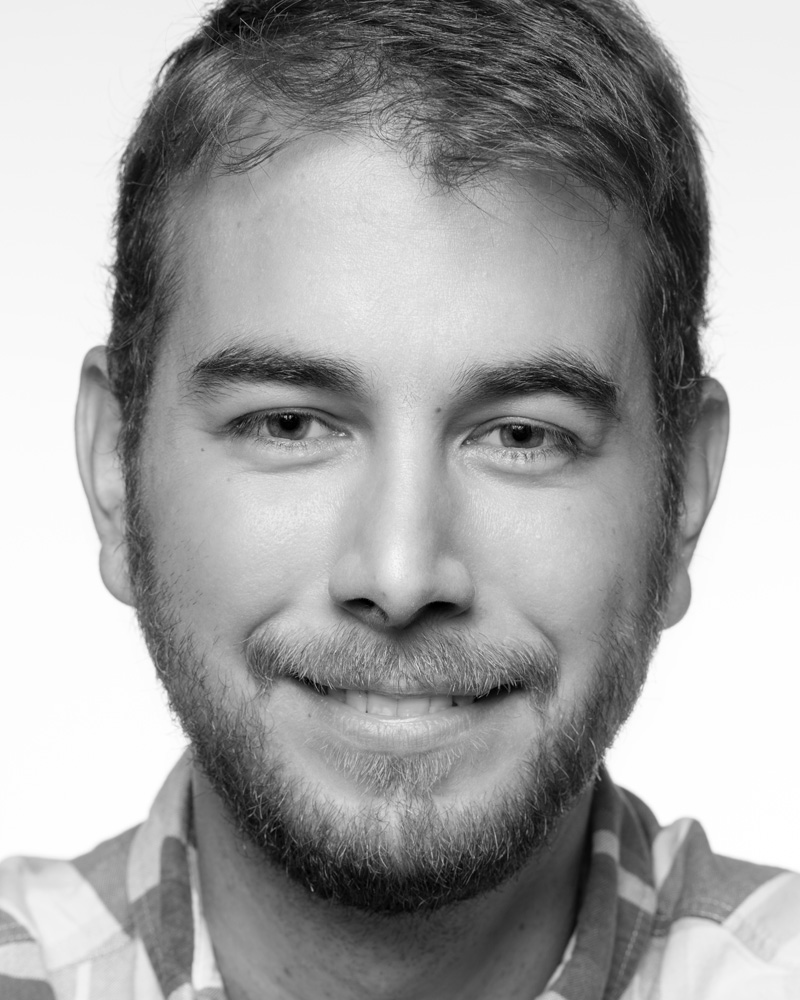
|
| Portugal | University of Lisbon | José Maneira | PortugalUniversity of LisbonJosé ManeiraDUNE is where particle physics meets cosmology. The fundamental scope of the science and the ambition of the project are very stimulating. Another reason to turn to physics is you have to prove things and not take anything for granted. It's important for society as well, to not take arguments from authority but to make sure things are questioned and proven. I've worked in underground physics experiments for almost all my career, and in one of them, SNO+ in Canada, we had to install optical fibers in a large geodesic sphere 17 meters diameter in an even larger underground cave filled with water. Boating around that structure and climbing it was fantastic and outlandish. I'm used to having fun in labs: My dad is a physicist as well, so as a kid I spent some time running around in the lab corridors and using liquid-nitrogen carts like pushcarts. |
José Maneira
University of Lisbon
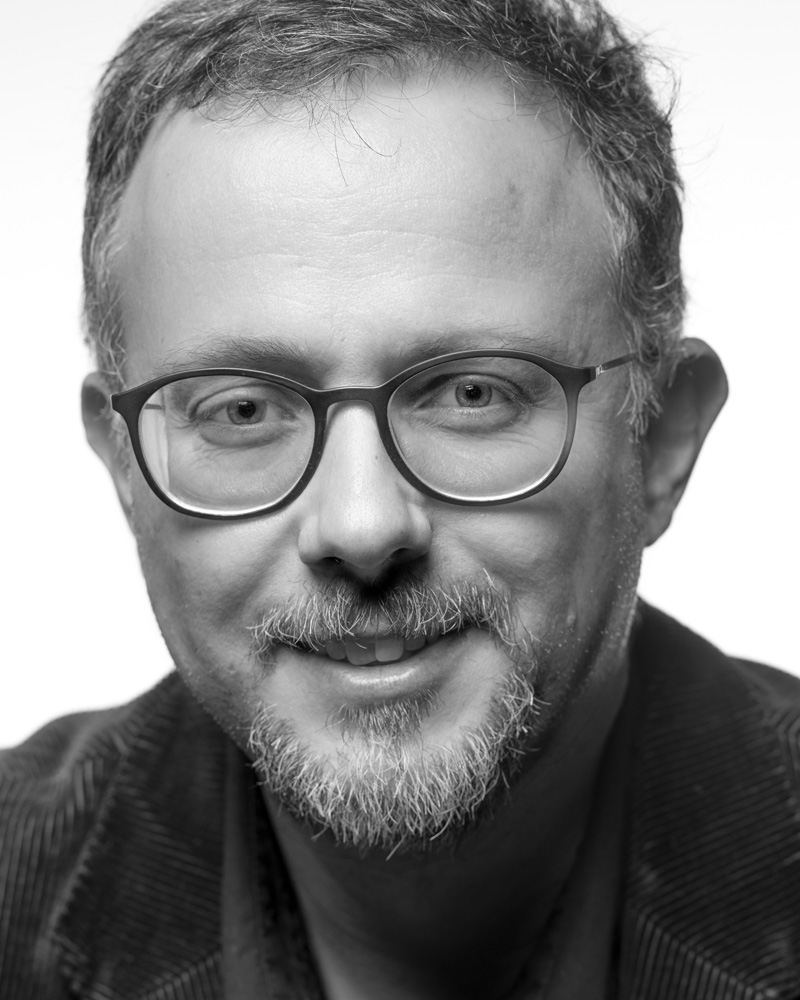
|
| United States | University of Tennessee, Knoxville | Josh Barrow | United StatesUniversity of Tennessee, KnoxvilleJosh BarrowI've always enjoyed listening to and singing opera, ever since I was a kid. There's a trial and tribulation to it, and it connects to something more visceral than other kinds of vocalization. I occasionally like to sing that way for karaoke – the first time I did karaoke was in Los Alamos, surrounded by other students from the lab. It was 'I Will Always Love You,' which has that same quality. It was a good time, to be able to get out with people, surrounded by good and bad alike, and nevertheless enjoy them all. It’s so enriching to realize that the people who are coming from all these different places to work on experiments generally share the same kind of love for hobbies, music, and problems that you do, and in some respect that all of that supersedes a lot of our own national borders. For DUNE, I predominantly work on nucleon decay and high-energy physics—looking for things that are rare or speculative, but may undergird the foundational structures of the universe. I work with other experts on how we can recognize those rare signals and maybe finally observe something truly beyond the Standard Model. You have to appreciate a lot of different physics at different scales, and it requires a kind of overarching synthesis. It's absolutely fascinating to play with, theoretically and experimentally. |
Josh Barrow
University of Tennessee, Knoxville
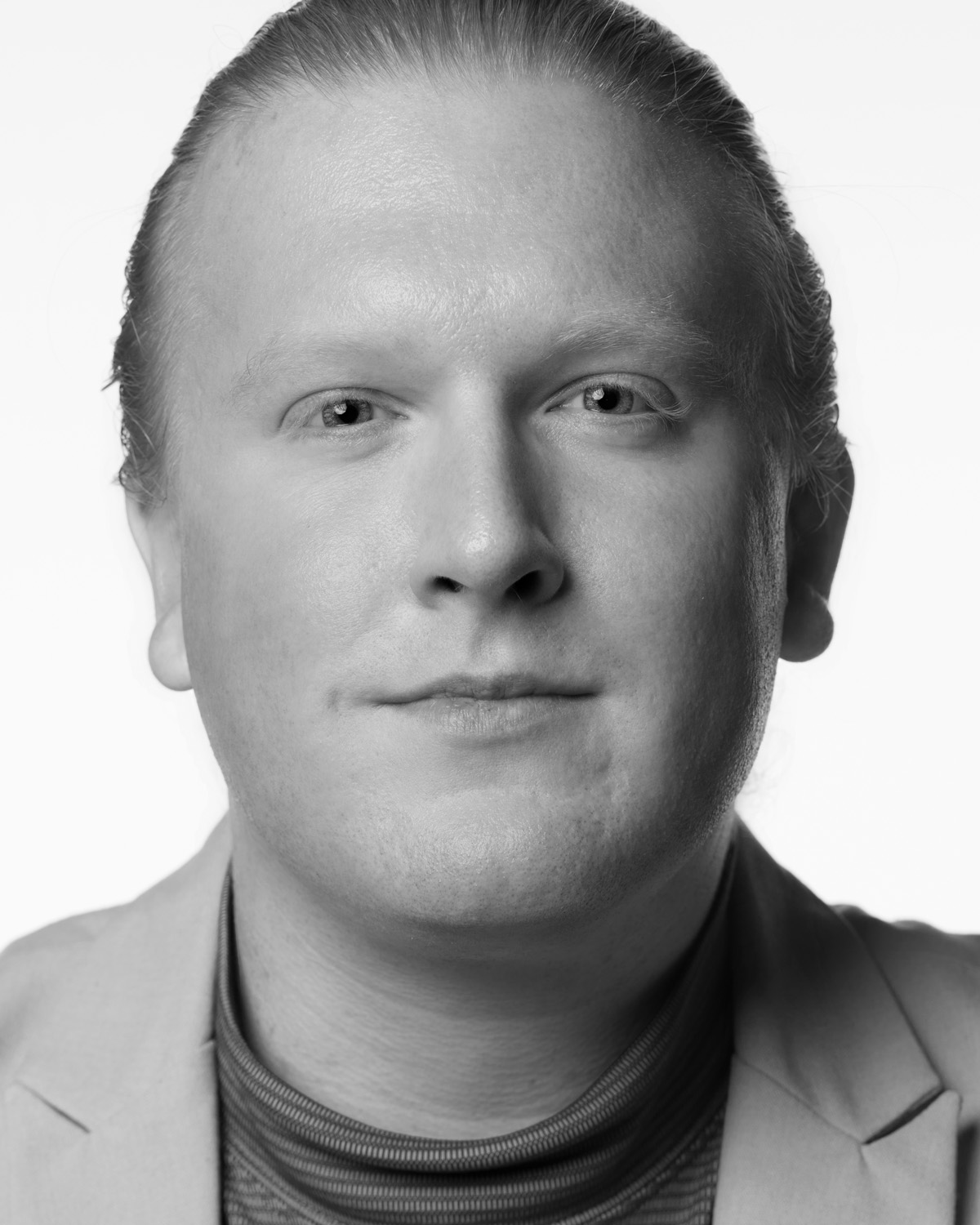
|
| United States | University of Pennsylvania | Josh Klein | United StatesUniversity of PennsylvaniaJosh KleinI started off wanting to be an astronomer. Of course it was because of the cool pictures, but also because astronomy was all about discovering the unknown. In grad school I decided to change to physics, since it felt like more of a broader thing, although I’m on the fence and I still do some astronomy. I work on the data acquisition trigger for the DUNE detector and its prototypes, and I enjoy working on an experiment of the scale and technical challenge that this one presents. I worked on the SNO experiment at the Sudbury Neutrino Observatory underground in Canada, and I remember the first time we saw a muon neutrino in the detector. That was very satisfying. It was like when you’re climbing a mountain, that was the point where you stop before you hit the top, you turn around and look, you take a break. But you know you have a lot of climbing left to do. |
Josh Klein
University of Pennsylvania
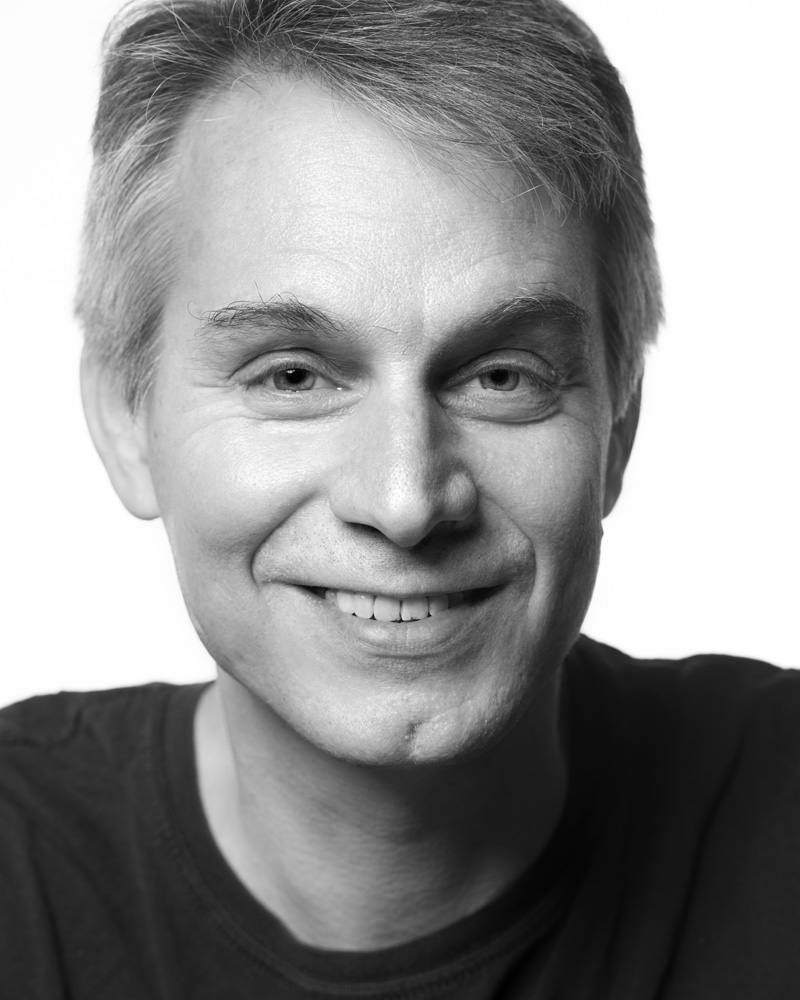
|
| United Kingdom | University of Sheffield | Joshua Thompson | United KingdomUniversity of SheffieldJoshua ThompsonI enjoy making homemade beer. I have made some quite good stuff, I have to say; I’ve certainly bought worse. There’s a fantastic beer industry that really has come out in the last few years in the UK. I intend to make more when I get back there—but I’ve been at CERN for six months, which is where I’ve wanted to be for most of my life. I tried to read Stephen Hawking’s 'The Universe in a Nutshell' at the age of 10, and a remarkable amount of it made sense to me. I thought, 'This is it.' It was around the time that the LHC was getting started, and that reinforced going into physics for me. Just before I finished university, I got into neutrino physics. I work on ProtoDUNE, better understanding how we reconstruct particle events in the detector. It’s a good community of people; everybody helps each other along a lot. I’ve wanted to do physics for a very long time, so it’s all coming together. |
Joshua Thompson
University of Sheffield
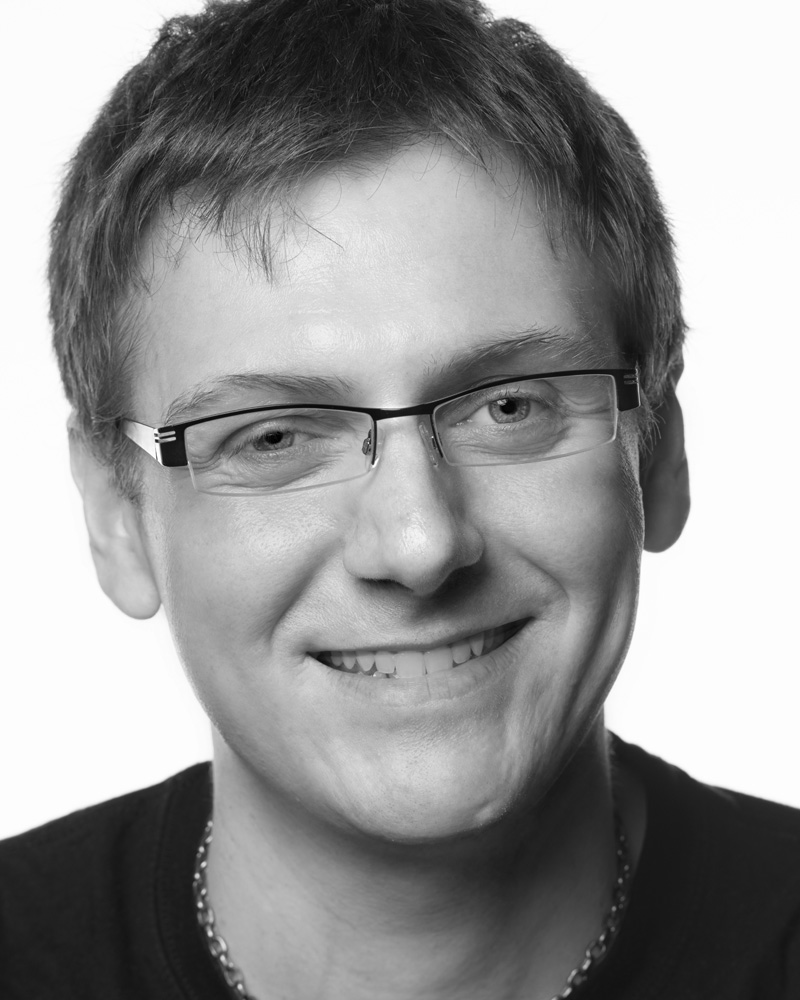
|
| Paraguay | National University of Asunción | Juan Manuel De Egea Juvinel | ParaguayNational University of AsunciónJuan Manuel De Egea JuvinelPeople say that I am extremely precise, but I like to do things well. When I work on a project, I take the time to get everything done in the best possible way, and I hope that the people who work with me will do the same. I always liked to build things. When I was a kid, I played with LEGO toys. I spent a lot of time building radio control cars and planes (and sometimes I still do). After finishing high school, I decided to study civil engineering. I liked the mechanical computational design of structures and mechanisms, and that's why I did a post degree in Numerical Methods in Engineering. I learned the numerical techniques and programming languages with which I could develop my skills in mechanics. And now I apply it to DUNE. It is wonderful to be part of an experiment of this magnitude, and to be engaged with the best specialists in the world in their respective areas of knowledge. |
Juan Manuel De Egea Juvinel
National University of Asunción
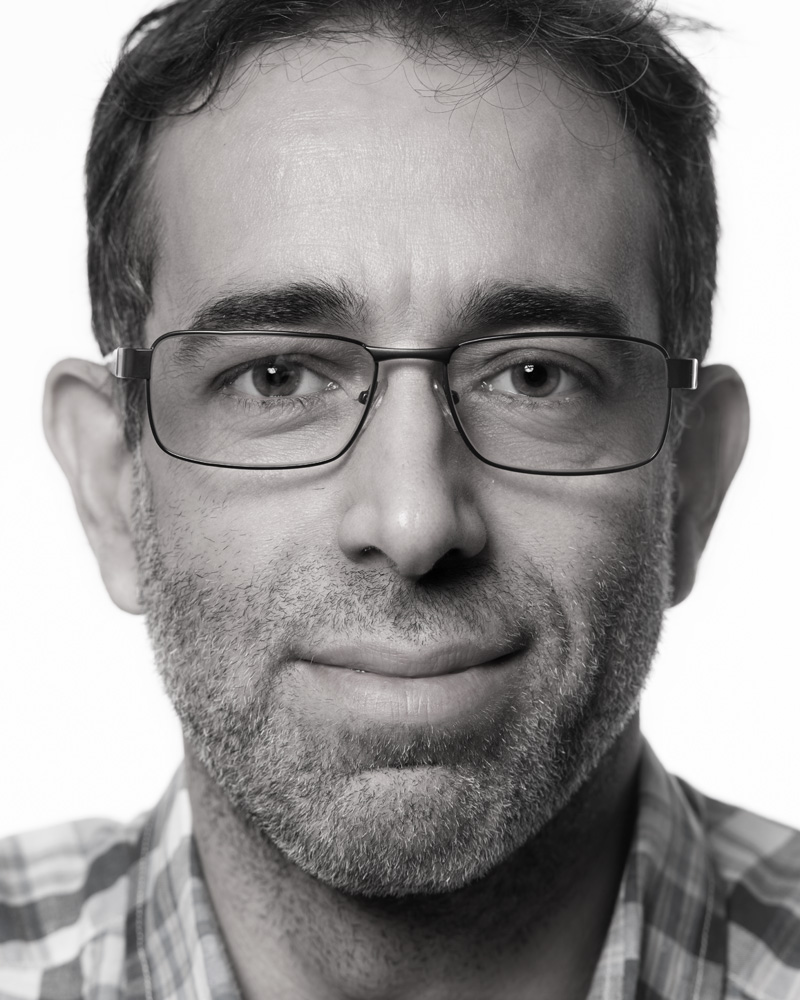
|
| United States | South Dakota School of Mines and Technology | Juergen Reichenbacher | United StatesSouth Dakota School of Mines and TechnologyJuergen ReichenbacherI knew early on that I wanted to be a physicist. The space program had a big influence on me, and the space shuttle. Outer space is always something I was fascinated with as a kid. It was a question of becoming an astronaut or a physicist. As I grew older, I didn’t think it was a smart idea to become an astronaut, sitting on a big pile of explosives and being very trusting. So I became a physicist. But I also have a degree in film-making, and I play the piano. I made 16mm films for fun. Seeing every frame, going back and forth, synchronizing sound – it all involved a lot of love for detail, being very precise, and detailed planning and logistics so that things can get done when you want them to get done. If I didn’t enjoy things like that, I wouldn’t enjoy a career in physics. You could have an easier life. It only makes sense if you are interested in doing it. |
Juergen Reichenbacher
South Dakota School of Mines and Technology
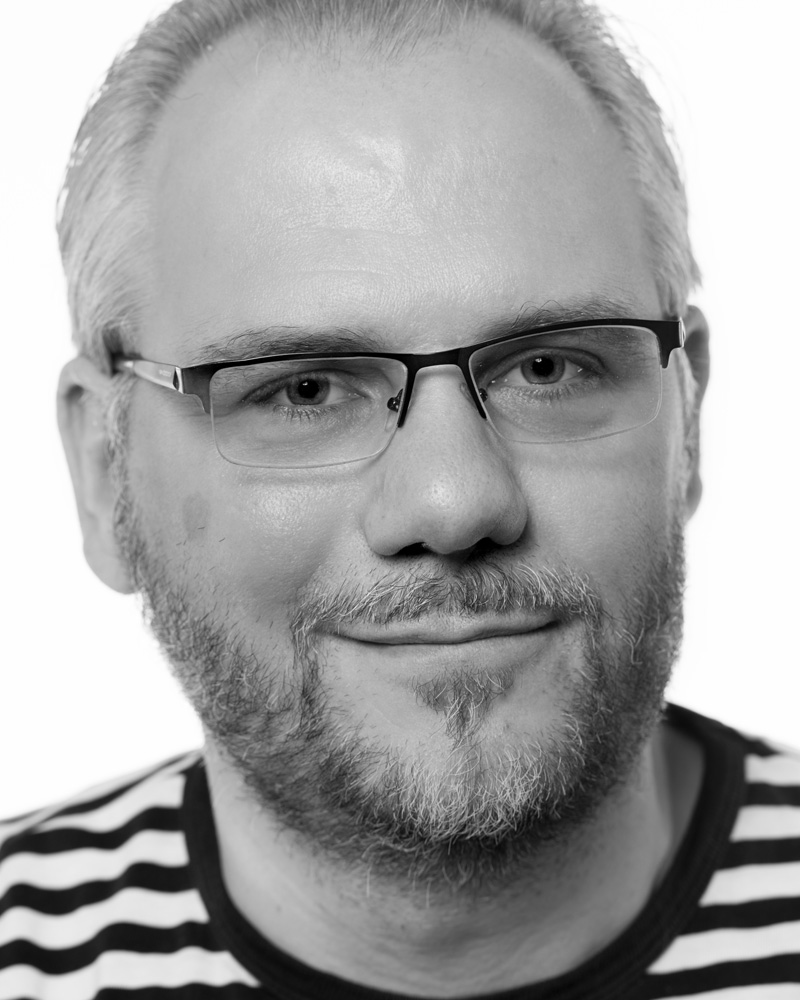
|
| United Kingdom | University of Manchester | Justin Evans | United KingdomUniversity of ManchesterJustin EvansI help build anode planes for the DUNE neutrino detector, and I'm getting ready to assemble a factory where we can build 150 of these planes — 6-by-2.5-meter planes of wire. It will probably take us over a year to put the factory together and another four or five years to put the planes together. DUNE is such a big project with so many people from around the world, and it takes that many people to actually discover something new. I'm really enjoying the fact that neutrino physics has become properly international with DUNE. It's the biggest collaboration on neutrino physics, and that's an exciting thing to be a part of. Also, you travel a lot and meet a lot of people, and you build up a lot of memories very quickly. When I worked on the MINOS experiment for my PhD, every year we would travel to Minnesota, where the MINOS detector operated. We would have barbecues by the lake, organized by Bill Miller, one of the collaborators. That was quite an experience for a British grad student who had never been to America before. We'd do some kayaking in the evening, sit by the bonfire, watch the fireflies come out. We don't have fireflies in Britain, and you don't believe they really exist until you wander off into a dark Minnesota wood and see the air flashing. |
Justin Evans
University of Manchester
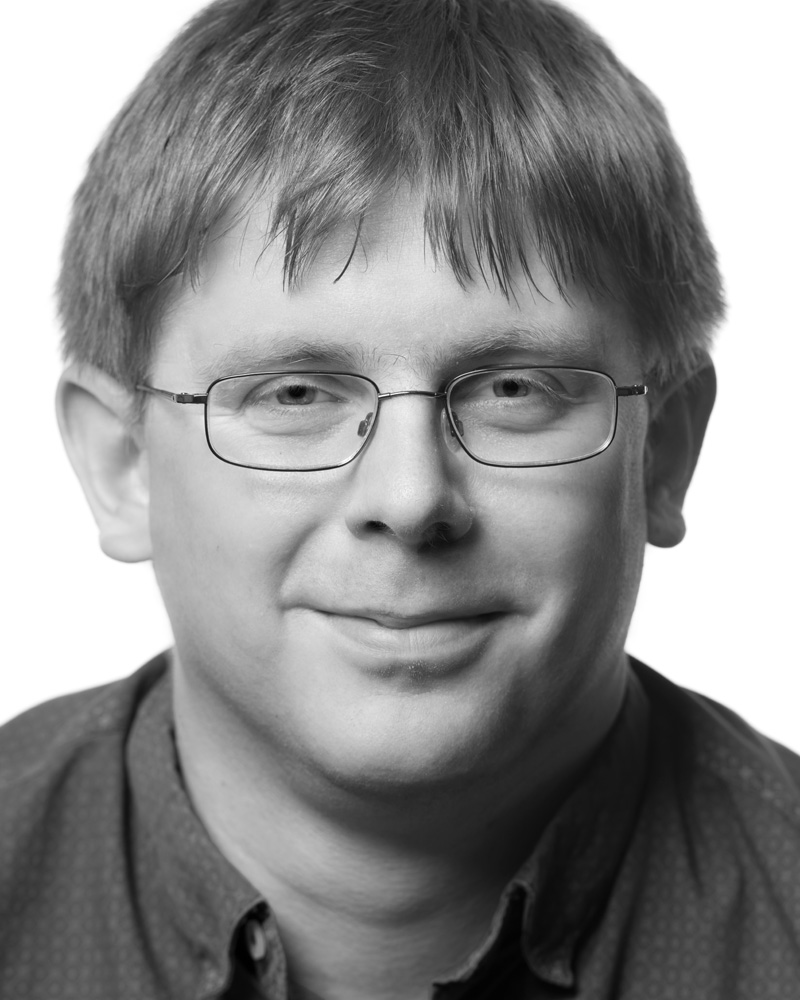
|
| United States | Louisiana State University | Justin Hugon | United StatesLouisiana State UniversityJustin HugonSince I was a child I've always been interested in how the world works and excited by big pieces of technology. I'm really happy I get to work on DUNE where we use huge particle accelerators and huge underground detectors to try to better understand how the world works. In my free time, I like to play board games like Settlers of Catan and have been to a racecar school. I think the way games teach us to solve problems strategically and work with others helped me in my career, and racecars are another high energy machine to enjoy using. A surprising thing about doing science in DUNE is how you get to meet people from all over the world. I've greatly enjoyed learning how many of my collaborators' experiences differ from mine, but how we all have the common goal of using science to understand our world better. |
Justin Hugon
Louisiana State University
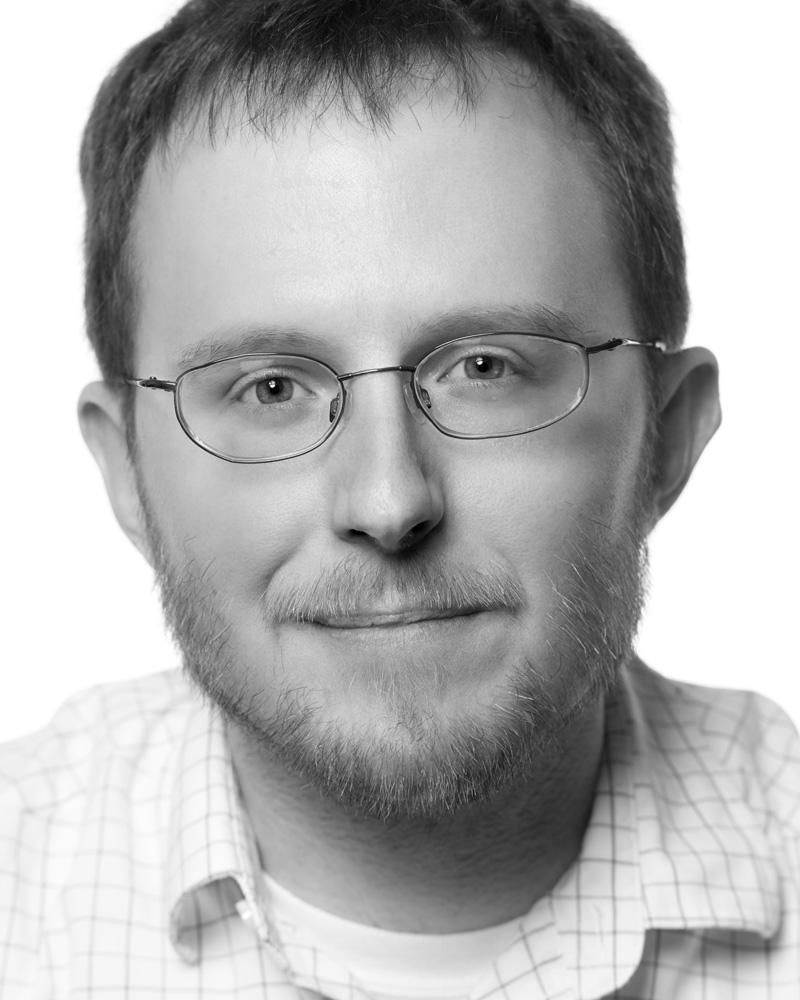
|
| United States | Iowa State University | Karl Warburton | United StatesIowa State UniversityKarl WarburtonIn the UK, when you’re 16, you choose 4 subjects to study for the next two years before choosing what you study at university. When I was 16, I didn’t choose physics. My physics teacher at the time was surprised that I hadn’t chosen physics and so found me in the hall and asked me to go to her class. She told me that if I enjoyed it then she would have the subject change form at the end of lesson. I enjoyed it so much that I ended up taking physics at university, and I’m so glad that I did. I love the planning stage of an experiment like DUNE, where you get to let your brain loose when figuring this stuff out. I’ve also met great people and had amazing experiences. One time my friends and I drove to a DUNE meeting in Rapid City, South Dakota. After we left, one of our other friends flight plans got changed and so we ended up driving 3 hours out of our way to Minneapolis and had an impromptu night out. The next day we drove to the Badlands, which are just amazing, by the way. That road trip is one of my favorite memories. |
Karl Warburton
Iowa State University
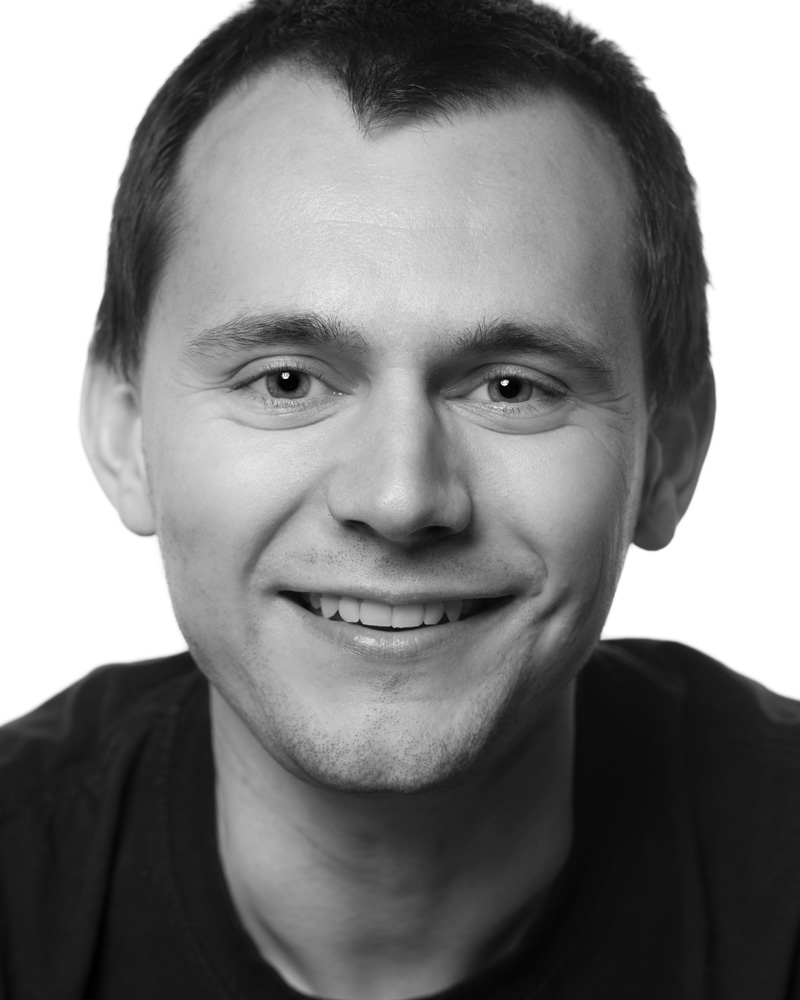
|
| United States | Duke University | Kate Scholberg | United StatesDuke UniversityKate ScholbergI love fossils. I actually have trilobite jewelry. As a kid I was always fascinated by the idea of unimaginably large scales of time and in the unifying principles that weave through them, like evolution. In middle school I took chemistry and was engrossed by the concepts of energy, atoms, and these foundations for how the world works. In physics, I like working out solutions for the interesting technical problems that arise from technology such as DUNE’s huge liquid argon detectors. I used to work on Super-K, a neutrino observatory that had an accident resulting in many large, expensive instruments called photomultipliers imploding. Despite this, I was inspired by the way the experiment’s leader responded — he encouraged us not to crumble in the face of the accident and we recovered everything within a year. I’ve learned that taking risks and moving forward even when things go wrong is crucial. I take on this attitude while I’m working on DUNE. |
Kate Scholberg
Duke University
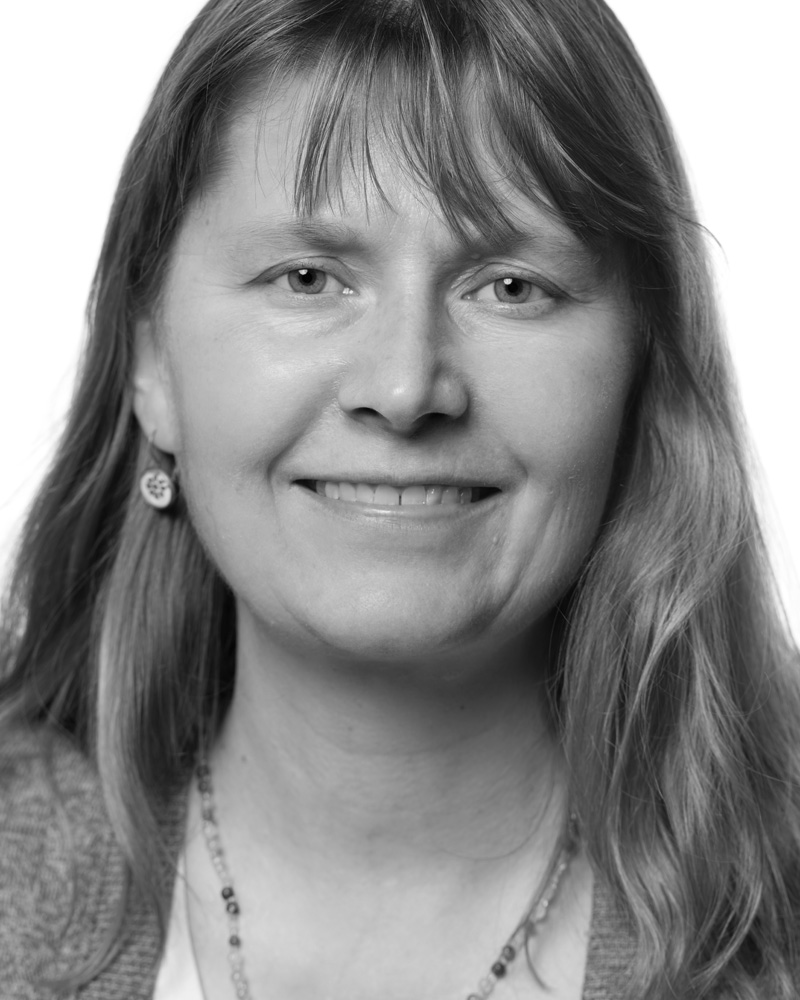
|
| United States | Fermilab | Ken Herner | United StatesFermilabKen HernerDUNE is pretty young in its life cycle, so that was kind of a chance for me to get in early on computing, and make sure we have good systems in place, as opposed to ignoring it until it gets close to real data taking. My computing work for DUNE reminds me in a way of my home gardening because there’s work to be done from the start – but a little work early on means a lot less work later. The previous home owners had a swimming pool, which they took out before we bought. We decided to plant a garden there instead of staring at a bare patch of dirt. We have zucchini, cauliflower, then we’ve got tomatoes, cucumbers, peppers... We eat as much of it as we can, until it goes bad, or we run out. We actually had to give some of it away last year because we grew too much! |
|
| United States | Michigan State University | Kendall Mahn | United StatesMichigan State UniversityKendall MahnI wasn't always interested in physics. I have scars from vultures. I used to work at a zoo, with birds of prey and reptile exhibits. So I have pictures of me holding an eagle. And they only weigh like 10 pounds, but all on your arms. I ended up in physics because I like working with people. It’s amazing that we can sustain a collaboration across so many continents and institutions, reinforced by contact at in-person meetings. The people are a lot of fun, and quirky, and interesting, and you get really transformative ideas that come out of them. When you’re thinking about getting an electric field uniformly across this enormous detector, filled with huge amounts of liquid at cryogenic temperatures, it honestly sounds insane. This is a chance to bring really cool ideas to fruition, and to come up with solutions and make things work. |
Kendall Mahn
Michigan State University
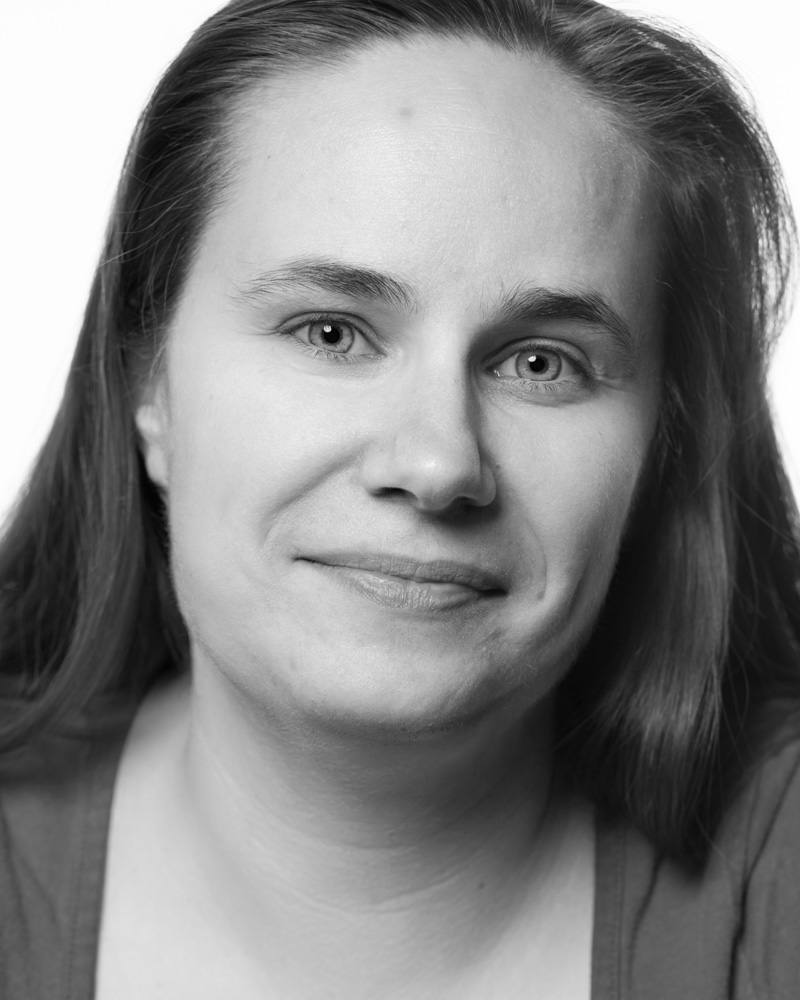
|
| United States | Fermilab | Kevin Fahey | United StatesFermilabKevin FaheyI like hiking. When I lived in Shanghai, I joined this hiking group that would go away every weekend and climb mountains. One weekend we went out and slept on a beach on an island. I actually slept on the beach, because the Chinese tent was too small, and I couldn’t fit in it. It’s been two years since I moved to the Midwest, and I’ve pretty much hit most of the forest preserves around Fermilab. I never thought I’d picture myself in the Midwest – it’s very flat out here, and I’m used to mountains, but it’s been interesting. When working on the DUNE project first came up, I thought it would be a really good challenge. The construction of the project is quite complicated – the detector will be a mile underground. I’ve been working with the collaborations and the consortia to help them develop their fabrication plans, their inspection plans, and their test plans for ProtoDUNE. We went to the different labs where they’re doing the fabrication and did a production readiness review. Seeing it all come together, and then going to CERN and seeing things actually go into the prototype detector and how well it has been operating - that’s probably one of the most exciting things that’s happened in the two years I’ve been here. |
|
| United States | Stony Brook University | Kevin Wood | United StatesStony Brook UniversityKevin WoodI recently concluded my work on the single-phase ProtoDUNE detector, which was an amazing 1.5-year-long experience for me. Not only did I gain valuable experience and insight into what it takes to build a particle detector, but I got to work with some amazing people along the way. My favorite moment from this project was with many of those people: We had just come off a couple weeks filled with a lot of work and little sleep to try and get the high voltage system ready for operations, and we were finally ready to ramp up the voltage to its target value of 180,000 volts. The immense amount of work we put into the system and the desire to take as much data as we could before we lost our test beam made for a very tense atmosphere in the control room. However, all of the tension was released when we hit the voltage successfully. The control room was electric, if you'll pardon the pun. The rest of the day was filled with Champagne, hugs, and stories about how far we had come in such a short amount of time. |
Kevin Wood
Stony Brook University
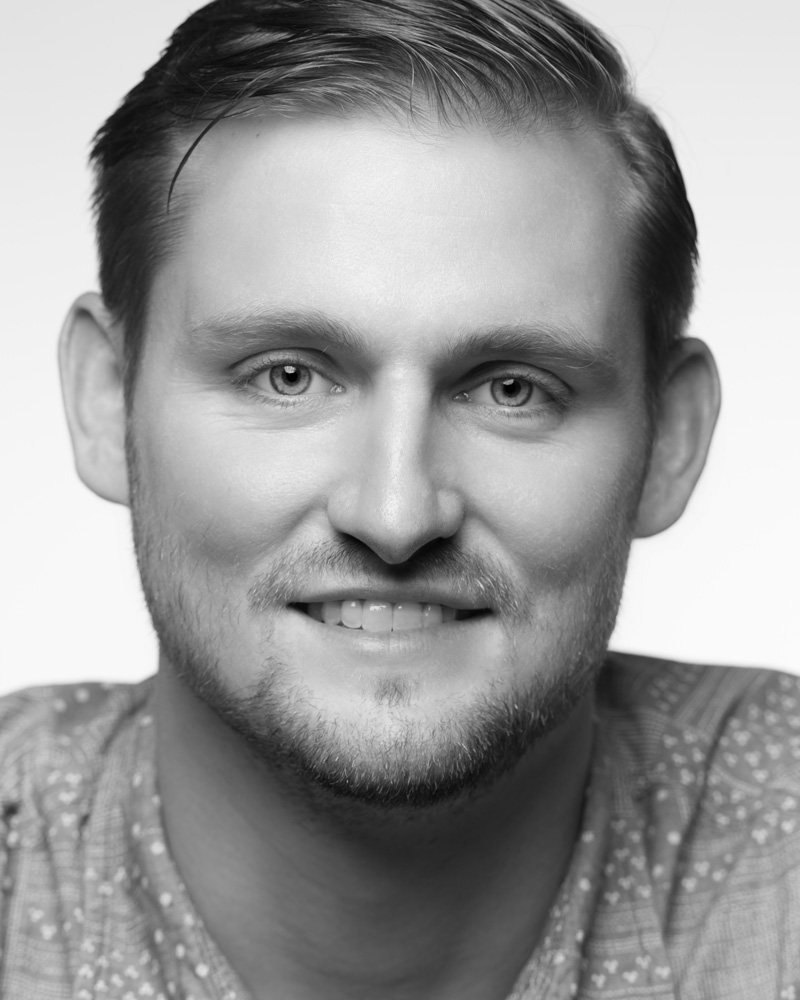
|
| South Korea | Korea Institute of Science and Technology Information | Kihyeon Cho | South KoreaKorea Institute of Science and Technology InformationKihyeon ChoPhysics is everything to me. My personality is quiet and calm, but that is just appearance. I have a big fever for physics. I have been interested in the universe since I was very young, growing up in Korea. When I was young, I wanted to be a particle physicist to study theory and experiment using computing. I first studied theory, but I wanted to do all of them. Now I work in the supercomputing center in Korea, using deep learning software to get the best images from the DUNE detector. But my favorite work I am doing is in e-science for high energy physics, which is intended to unify theory, experiment and computing. So I am doing all three! |
Kihyeon Cho
Korea Institute of Science and Technology Information
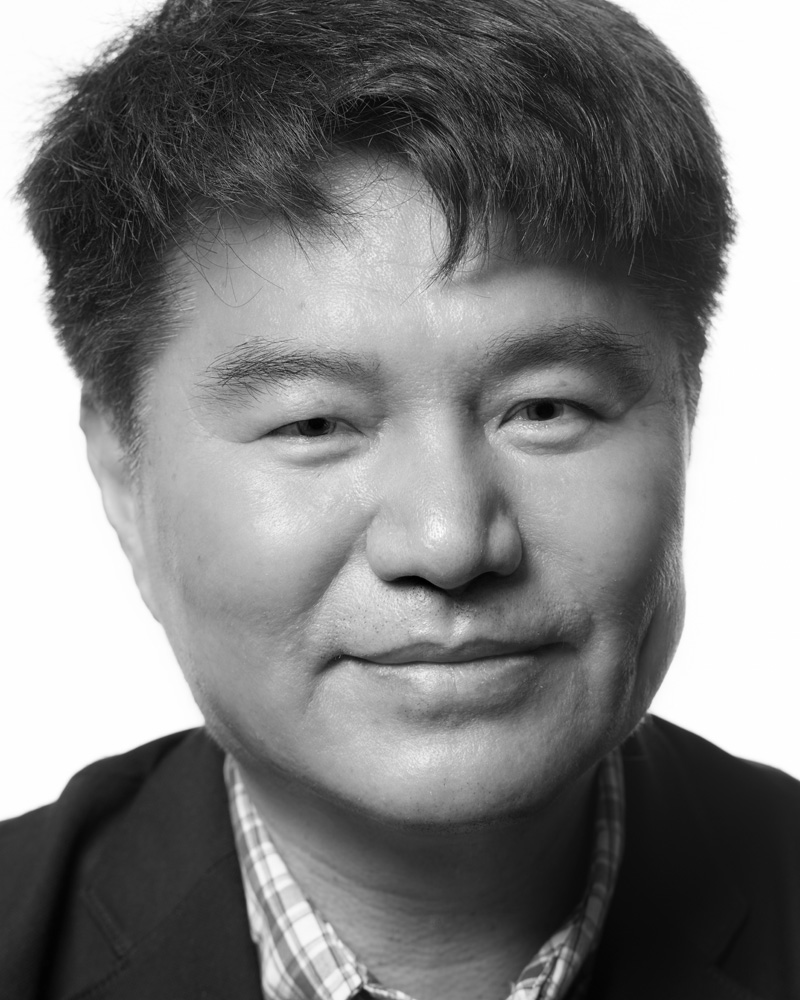
|
| South Korea | Chung-Ang University | Kim Siyeon | South KoreaChung-Ang UniversityKim SiyeonI like the tension between boundaries. Sometimes we confront boundaries in the physical, real world, but sometimes this happens when we have to make a decision. This is also an enjoyable experience in research — seeing the boundaries and making a decision. I think people now know that we are approaching some kind of edge of neutrino physics, so now DUNE is crossing some boundary of framework, and I want to be a part of this kind of event. When I explain DUNE to other people, to students, I think I enjoy this point most of all. Once you know physics, there is no more valuable thing than physics. I'm just lucky I had a chance to pursue it. |
Kim Siyeon
Chung-Ang University
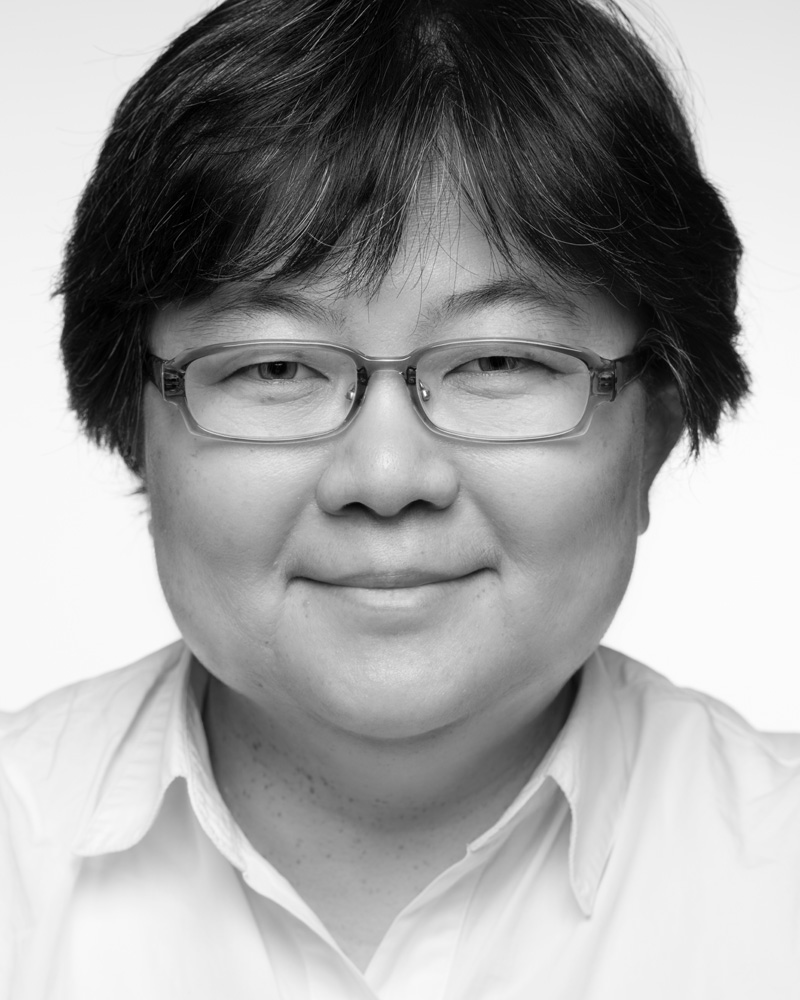
|
| United States | Fermilab | Kirsty Duffy | United StatesFermilabKirsty DuffyI think doing what you’re interested in is always more important than doing what you think you should do. I wasn’t from a kid like, ‘I am going to be a physicist.’ I thought all that physics stuff was very interesting, but that I would grow out of it and get a proper job. I thought that I should be a lawyer or a doctor because those were considered ‘good jobs.’ I’m kind of squeamish, so doctor was out and so I thought, ‘Well, I guess I’ll go to University and do Law.’ I went to a university fair and spoke with a Lawyer who told me to do something I liked for undergrad, and then follow law after that. So, I came home and decided I would do physics. I thought I would leave after my undergrad to go pursue law and get a proper job. But, I didn’t – I stayed for my masters… and then my PhD. So, I did the kind of standard way into physics, which I think makes me seem a lot more certain than I ever was. But I think at some point I realized that I was basically fighting against myself, trying to talk myself out of physics. |
|
| United Kingdom | STFC Rutherford Appleton Laboratory | Konstantinos Manolopolous | United KingdomSTFC Rutherford Appleton LaboratoryKonstantinos ManolopolousPeople tell me I’m a Renaissance man. I like horseback riding. I like working out. I do a bit of fencing. I like to cook things that I can’t find, like a custard pie that any corner bakery in Greece would have but you can’t find in the UK. I’m a firmware engineer, which means I write code that goes into an FPGA and will handle the data acquisition for the DUNE detector. I remember when I was about 8, I had a mini-box version of an arcade game with a small lever and a couple of buttons. At some point, I opened it up and there was just a small circuit. It was frustrating, because I couldn’t understand what was happening there. I knew all these little parts connected together, but I didn’t know how – and if I started pulling things apart, I didn’t know if I would be able to put it back together. And I liked it. |
Konstantinos Manolopolous
STFC Rutherford Appleton Laboratory
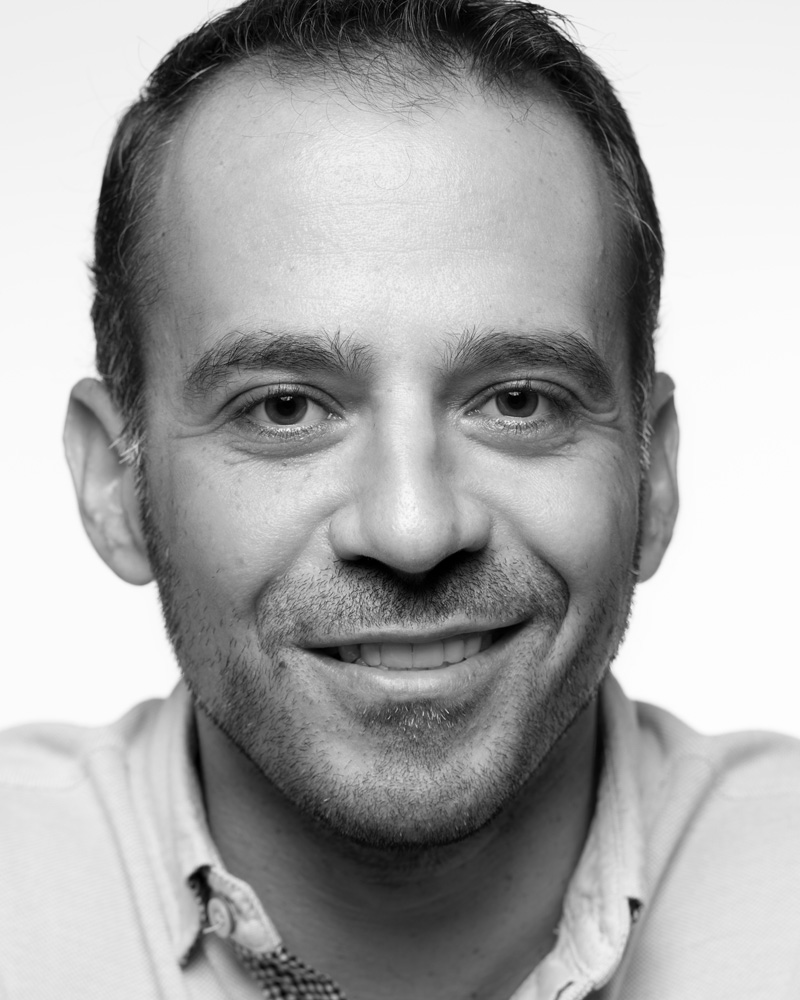
|
| United Kingdom | University of Bristol | Kunal Kothekar | United KingdomUniversity of BristolKunal KothekarI am a dreamer and sci-fi pop-culture buff. When I am not in the lab, you will find me reading comics in a bookstore or desperately searching for that book which went out of publication a decade ago. Despite pursuing a different career -- as a software engineer -- in my early twenties, I have always dreamed of becoming a physicist. The big machines in experimental particle physics fascinated me. So one fine day, I gathered all the courage and took the plunge. I got an opportunity to do research and earn a Ph.D. on the CMS experiment. DUNE is the next mega level experiment in particle physics. I find it amazing to be a part of this project from the very beginning; we design it, and we figure out how we can do it. The sense of adventure and thrill of building new things is just incredible. At the moment, I am a team member for UK activities on the data acquisition system for DUNE. My role is to develop a firmware to process the tremendous amount of data coming from the DUNE far detector and generating a trigger or a decision on storing it. It will be continuous data taking for a decade or more, with minimal downtime. To achieve that we will need a robust and efficient data acquisition system and we are working towards it. |
Kunal Kothekar
University of Bristol

|
| United States | Syracuse University | Kyle Spurgeon | United StatesSyracuse UniversityKyle SpurgeonI'm into rock climbing – sheer faces, not mountaineering. It’s actually very similar to physics in that you have a challenge that you have to figure out how to overcome – but instead of just solving mental challenges, you’re using your whole body by yourself out in nature. I think part of the draw of rock climbing is being so alone with nature, just you and the challenge. I'm from a small farming town in Iowa, so that atmosphere is always a bit reminiscent of home.
I went to a pretty poor high school, so I kind of discovered physics on my own. This was all around the time when the LHC was starting up, and the mysticism around what they'd discover and the act of having to mostly teach myself physics made me feel more connected to it. For DUNE, I'm mostly involved in the photon detection systems. At first I worked with simulations looking at various designs for how we'll optimize catching the flashes of light, and now I'm working on how we interpret the experimental data as light. Honestly, it's cool that at such an early level you can make a big impact on the experiment. The things that I'm doing and helping build now will actually play a role in everybody's experience with the experiment, not just the data that I pull and deal with myself. |
Kyle Spurgeon
Syracuse University

|
| United States | Fermilab | Laura Fields | United StatesFermilabLaura FieldsI grew up in Arkansas and spent a lot of time with my grandparents, who were awesome people but not at all science oriented. They totally did not support my being a physicist. My grandfather accused me of being a ‘permanent student,’ which in his mind was right up there with being a felon. During my freshman year of college, one of my physics professors called me up and said ‘I really think you should be a physics major.’ I tried it out and obviously really liked it. While this might not be the most awe-inspiring physicist origin story, it is a good example of how a little encouragement of young people can have a big impact on their future. Much of my career has involved using experiments designed and built by others, so being involved in DUNE now means being able to help design an experiment that will eventually be used by my children's generation and make a lot of exciting measurements. |
|
| France | LAL Orsay | Laurent Simard | FranceLAL OrsayLaurent SimardI play saxophone in a group with guitars, bass, piano, drums, violin and singers. Until now, we’ve performed at the university or at meetings. I’ve been interested in neutrino physics for a long time, and I just joined the DUNE collaboration. Understanding the mass ordering of the neutrinos and discovering what role neutrinos play in the matter-antimatter asymmetry of the universe is very exciting. To me that is the most interesting physics in the coming years. I started my research career as a Ph.D. student on the DELPHI experiment on the LEP collider at CERN. Recently I’ve been working on the SuperNEMO experiment, studying neutrinoless double beta decays to understand the nature of the neutrino. I will be contributing to the readout chimneys for the DUNE dual-phase detector. Getting your first data from a new experiment is the most exciting time. |
|
| United States | Fermilab | Leo Bellantoni | United StatesFermilabLeo BellantoniI remember a famous musician, Paul Simon, once saying something along the lines of, ‘When I’m running, mostly what I think about is how much further I have to go, and when can I stop.’ Of course, in my case, running is an exaggeration. I’m not fast enough to call it running. Although this year, my wife signed me up for a half-marathon, so I’m training. 50/50 odds I’ll die before I finish. For DUNE, I am working on simulation of the beamline. My long-term goal is to try to have a better knowledge of the beam of the neutrinos coming into the experiment than we had in the previous generations of beamlines. So, you pretend – simulate – some particle is going through. For every little bit that it moves, there’s a certain chance it’ll maybe knock off a bunch of electrons, there’s a certain chance it’ll lose this or that much energy. By the end, it has some amount of energy and it’s going in such and such direction. And so you simulate it again and again and get some distribution probability that it exits with some energy in a certain direction. This is not the first neutrino beamline we’ve built, but I say each new one should be better than the last one. |
|
| United States | Fermilab | Linda Bagby | United StatesFermilabLinda BagbyFor as long as I can remember, I have been designing and assembling things. My holiday gift request was always 'something to put together.' I started in textiles by crocheting doilies, progressing to designing and sewing clothing, then quilting, and most recently, sock knitting. I'm intrigued by the idea of creating something beautiful from bits and pieces. I was in pure bliss when I started to see the bits and pieces of the DZero experiment arrive at Fermilab many years ago. I spent years assembling, debugging, and upgrading the experiment. After DZero, I moved into liquid-argon experiments, including MicroBooNE and ProtoDUNE. Although a new technology, the basic process is the same: design and put together bits and pieces to create something aesthetically and technically beautiful. As a member of the DUNE Technical Coordination team and Grounding and Shielding Committee, I assist team members and collaborators in electrical noise abatement and the grounding design of their detectors in such a way that all sub-systems work together harmoniously. |
|
| United Kingdom | University College London | Linda Cremonesi | United KingdomUniversity College LondonLinda CremonesiI’ve touched all the continents on Earth. Europe, North America, Asia, Oceania, and Antarctica I went to through physics, whereas Africa and South America were holidays. I have a US service medal for service in Antarctica, which I received while working on ANITA, an experiment based in Antarctica that looks for ultra-high-energy neutrinos. I now work on two neutrino experiments at Fermilab, NOvA and DUNE. I ended up in neutrino physics randomly. I’m Italian but moved to the UK almost 10 years ago, during my final year of undergraduate studies. When I had to choose my final year project, I saw there was one about neutrinos. At the time I didn’t know what neutrinos were. So I went on Wikipedia and looked it up, went to a meeting with the person who would become my supervisor, and thought it was all really cool. I have stuck with neutrinos since then. |
Linda Cremonesi
University College London
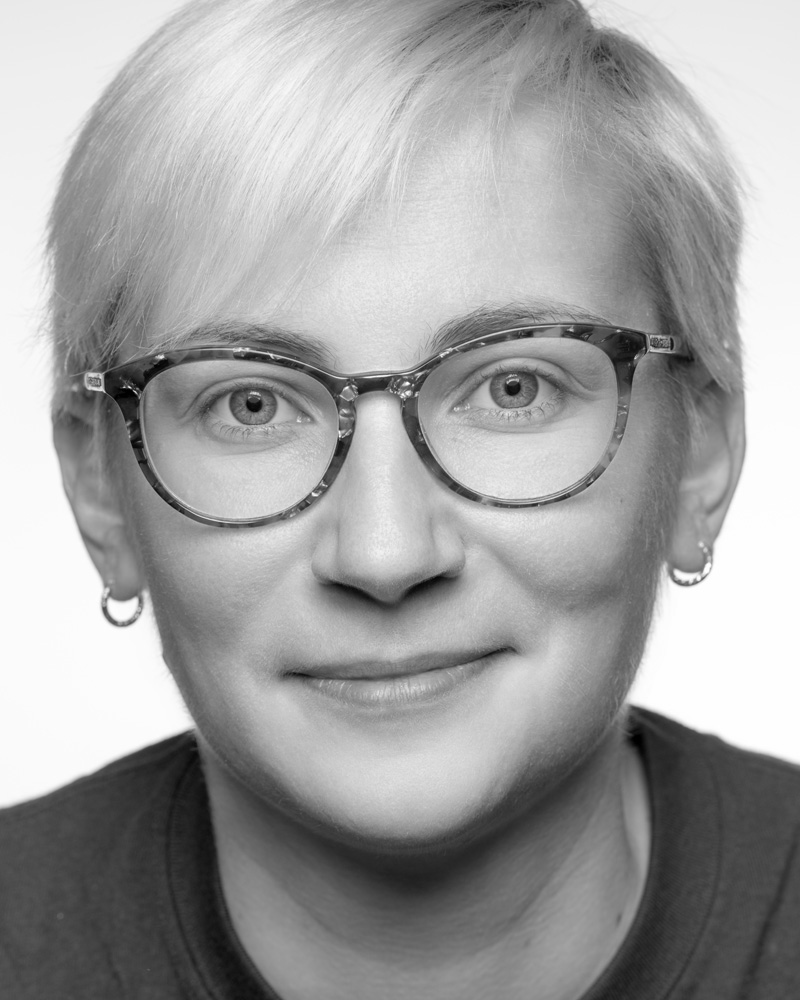
|
| United States | University of Houston | Lisa Koerner | United StatesUniversity of HoustonLisa KoernerI am a scuba diver. My husband has been diving since he was 12, and he convinced me to try it out while we were dating and I enjoyed it. This greatly surprised my friends, because I am not a great swimmer! My husband proposed to me on a dive in Hawaii, and we spent our honeymoon diving shipwrecks off the coast of North Carolina. These days, my husband and I spend most of our free time hanging out with our daughter, who is 18 months old. She’s growing up so quickly, and it’s fun to watch her learn and figure things out.
Growing up, I never thought of being a scientist. I took a Modern Physics class in college, and I got really interested when we started talking about quantum mechanics, nuclear physics, and particle physics. The idea that you could figure out how such tiny particles behave was intriguing. I think I was still a little skeptical about a career in physics, but once I got some research experience, I was convinced that this was what I wanted to do. DUNE is such a massive project. It is taking years to plan, will take years to build, and will hopefully run for decades. I feel lucky to have been a part of it from the very beginning, and it’s a little crazy to think I could be working on DUNE for the rest of my career! |
Lisa Koerner
University of Houston
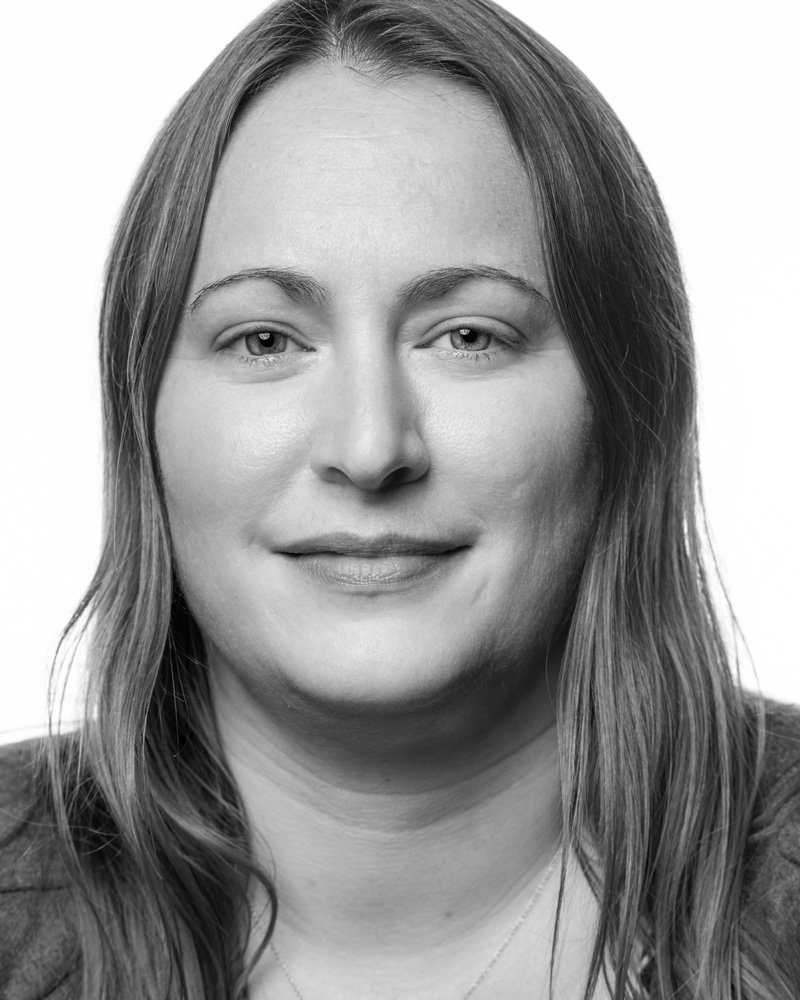
|
| United States | South Dakota School of Mines and Technology | Luke Corwin | United StatesSouth Dakota School of Mines and TechnologyLuke CorwinI have been interested in science and looking up at the stars at night for as long as I can remember. My mom once bought me a book about constellations, and I read it so much and used it so often to look at the stars that I had to duct tape the binding back together. I narrowed down to physics in high school. Other sciences like biology and chemistry required a lot more memorization, and I’m not that good at memorizing. Physics also seemed to answer the most fundamental questions about physical reality. In college I gravitated toward particle physics rather quickly because it answers the most fundamental questions, even in physics. How did the universe begin? How does everything begin? Even now I’m part of building the DUNE experiment on a gigantic scale that really continues that theme. On a more metaphysical scale I think one of the reasons I’ve been called into science is to try to be a bridge between scientific and Christian communities because they are sometimes at odds with each other and I’m a member of both. |
Luke Corwin
South Dakota School of Mines and Technology
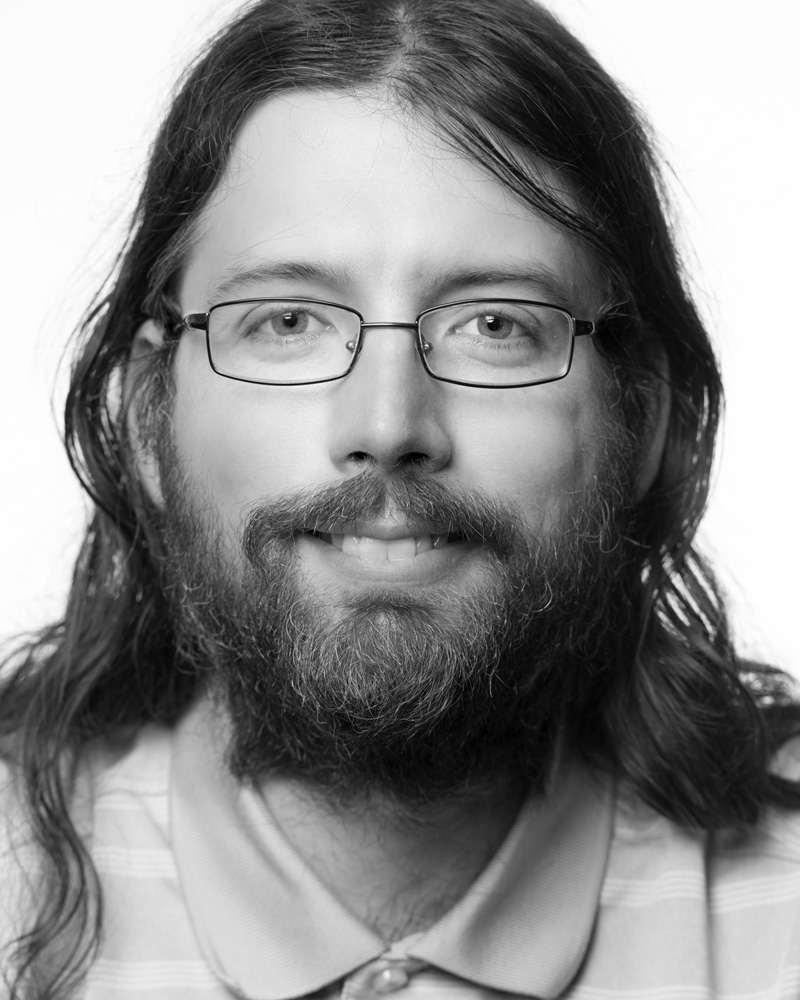
|
| United States | Michigan State University | Luke Pickering | United StatesMichigan State UniversityLuke PickeringI’m a qualified ski instructor; I took a year off after undergrad and went and skied for a year. I also work on an experiment in Japan, T2K, and the skiing in Japan is insane. I’m there for physics, and it’s a work hard, play hard kind of thing. With DUNE, I mainly work on trying to understand how neutrinos interact with matter. We’re trying to work out properties of the neutrinos themselves, and the only way we see them is when they hit something. At the near detector, we want to see what the beam looks like when we’ve just produced it – and then we want it to travel for 800 miles and measure it at the far detector and see how it changed. All the work that I’ve done prior to working on DUNE was on an experiment that’s pretty established, so there are ways of doing things. You can try to do new things, but you can’t rebuild the experiment. So, the fact that with DUNE we’re able to go, 'Well, what if we did this - how might that help us in 10 years?' is very different and quite exciting. Physics is really where it’s at. It’s kind of the melding of doing awesome math and using that to understand the universe. And also getting to poke the universe and see what happens. |
Luke Pickering
Michigan State University
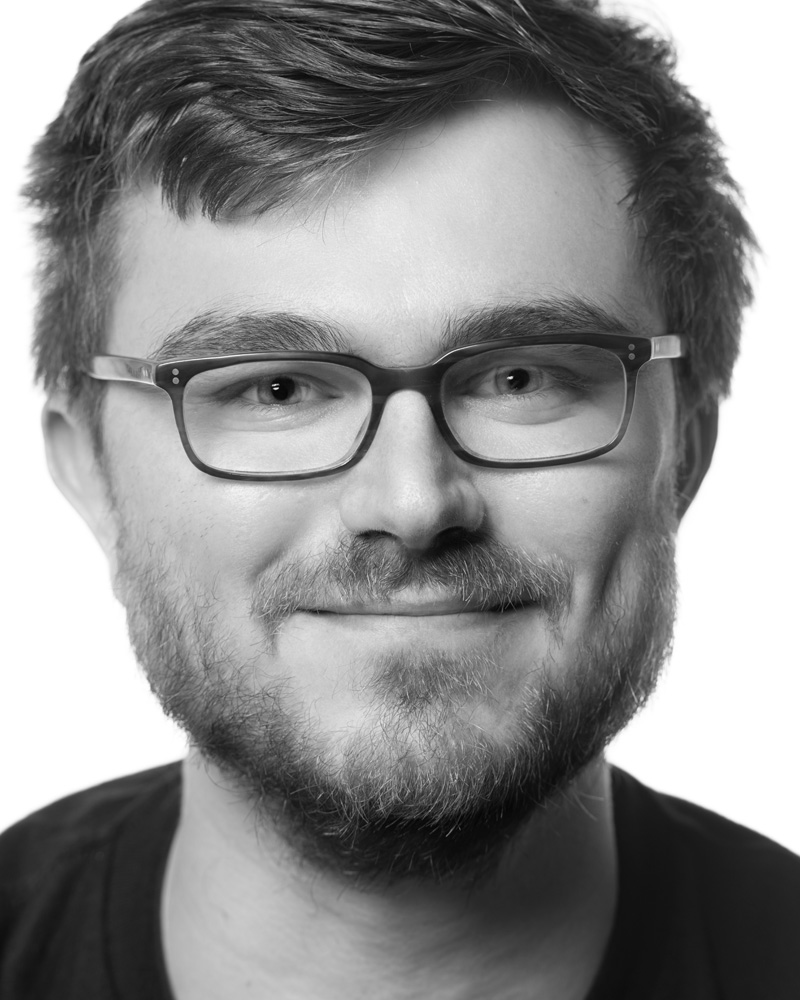
|
| Colombia | Sergio Arboleda University | Luz Stella Gomez Fajardo | ColombiaSergio Arboleda UniversityLuz Stella Gomez FajardoI became a physicist because I have an intrinsic curiosity about everything around me. Now I’m part of an international community of experts, and I work on data using machine learning within real big data ecosystems. But my passion goes beyond machine learning and big data just for physics puzzles. What I also enjoy is using technology to deal with a spectrum of complex problems that involve lots of data. We can face challenging issues in social sciences and applied fields, for instance, policy and government, measuring risk in financial sectors, doing diagnostic or tumor data analysis using DNA samples, seasonal pattern recognition in weather forecasting, detecting fake news and fraudulent transactions, and so on. I’ve found that the methods and skills gained during my career as a physicist are very useful in different contexts where problems are awaiting a solution. Machine learning and big data are currently the key in many of them. |
Luz Stella Gomez Fajardo
Sergio Arboleda University
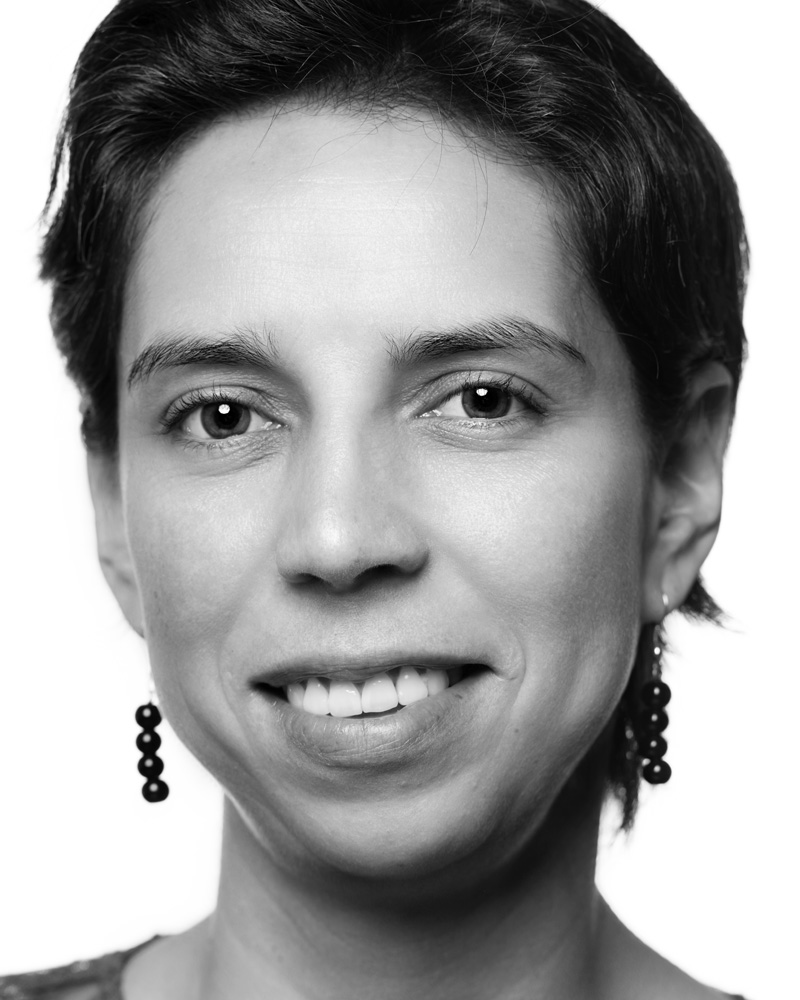
|
| United States | Fermilab | Marco Verzocchi | United StatesFermilabMarco VerzocchiThe most important parts of the electronics for the readout of the DUNE single-phase detector are actually placed inside the liquid argon, hence the name 'Cold Electronics.' Once these detector components are placed in the liquid argon, they will not be accessible any more, and they have to survive for 20-30 years. I like that on DUNE I am doing something completely different from what I have done so far as a physicist. Until the end of last year I was working on CMS, which isn’t a neutrino experiment, but an experiment at a proton collider. There I was working on silicon detectors. Working on electronics now for DUNE is completely different. That's part of the game of being a physicist – changing completely what you do from time to time and learning new skills and new things. |
|
| United States | Indiana University | Maria Manrique Plata | United StatesIndiana UniversityMaria Manrique PlataI am a space nerd, especially when it comes to rockets. When I decided to let go of aerospace engineering, I kept in contact with all of my friends, and they send me rocket designs just for fun. I liked math, but physics was the perfect combo of abstract and still usable – a little bit of both worlds. Right now I’m starting to work on the photon detector system for ProtoDUNE; that means doing some calibrations, looking at background noise, and trying to better understand rates in the detector. I’m getting my feet wet! I like the freedom. Every single question I had as I child, I can get answers to. Physics is a grown-up playground. |
Maria Manrique Plata
Indiana University
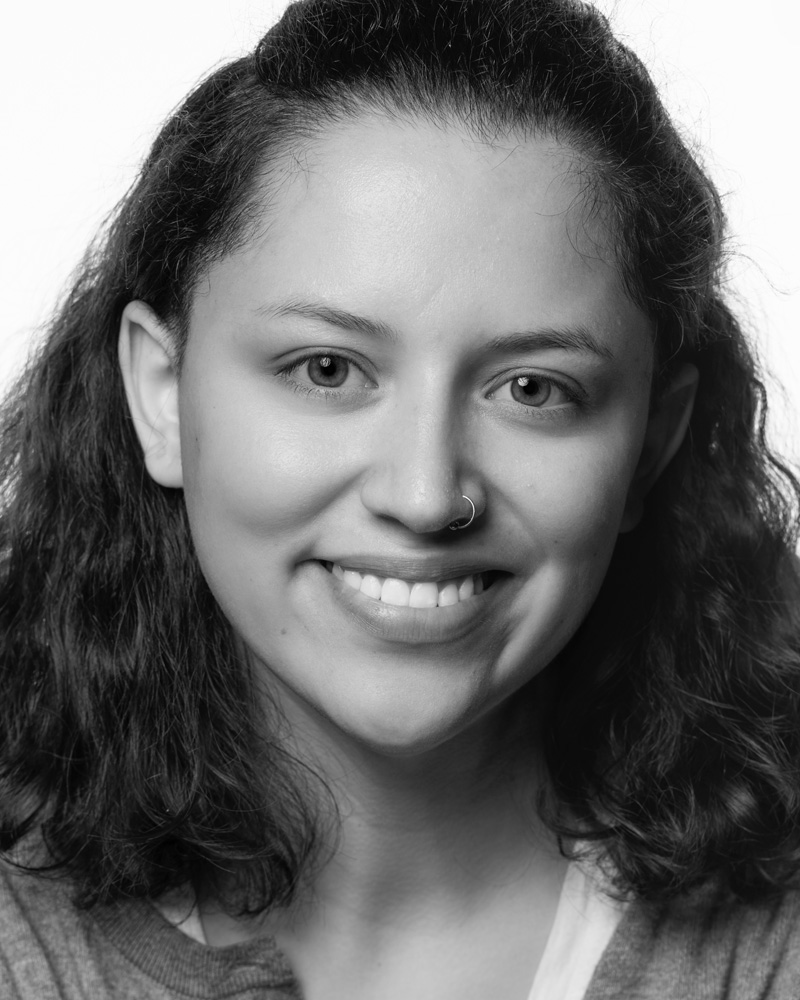
|
| Brazil | University of Campinas | Marina Reggiani Guzzo | BrazilUniversity of CampinasMarina Reggiani GuzzoAs a kid, I enjoyed riding my bicycle, mapping the trees and exploring the animals and plants I could find in my garden. I even started to plan a project to build a laboratory attached to my room, with the door hidden in my closet, so I could keep my samples and my notes safe. I also used to watch a science show called 'Beakman’s World.' I would get up early and get my notebook to take notes, and study specific topics after. It showed me that physics could help me get the answers I was looking for. The 'just because' answer was never enough for me – I’m curious how things work. I am fascinated how very complex experiments like DUNE can be disassembled into expertises in order to achieve a big goal. I work in a lab in Brazil, where, we are testing different materials and techniques for ARAPUCA, a light detection system for DUNE. |
Marina Reggiani Guzzo
University of Campinas
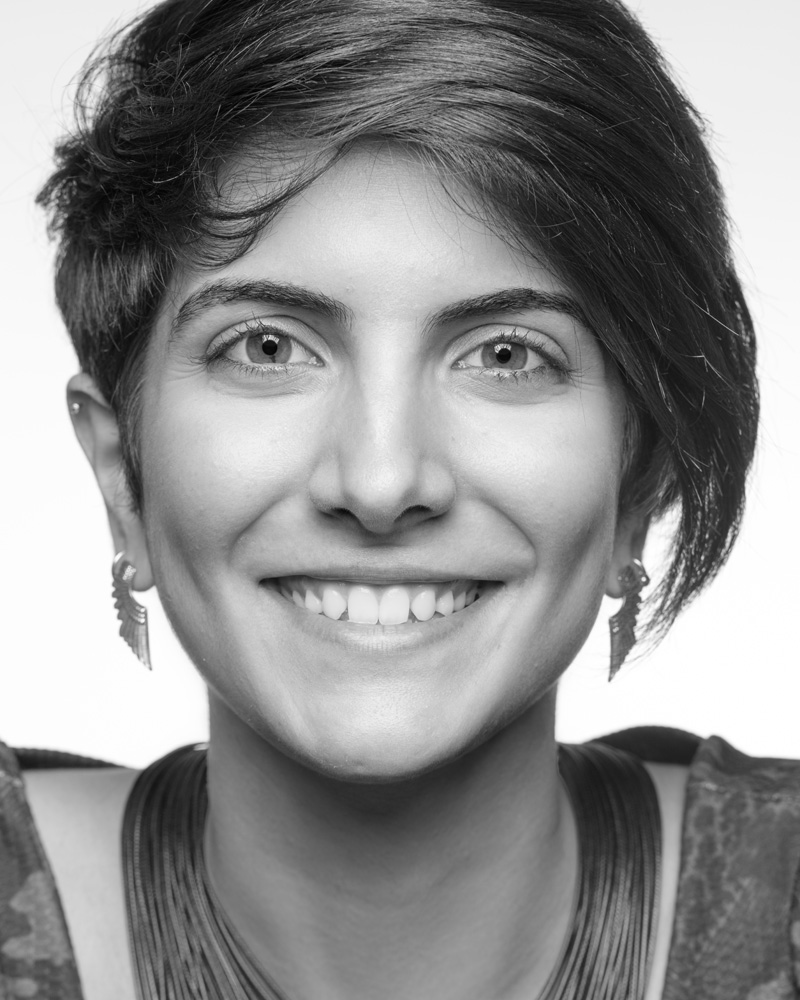
|
| United States | University of Minnesota | Marvin Marshak | United StatesUniversity of MinnesotaMarvin MarshakOne has to wonder – I’m 72 years old, why am I running around building an experiment? I have friends, colleagues, who have retired at this kind of age, and I keep doing it because it’s fun. I’m getting to the age where one worries about one’s mortality, and what guarantees immortality is the influence one has on other people, particularly younger people – especially on my children and grandchildren, but also on many years of students, both undergraduate and graduate, that I’ve had the opportunity to interact with. With neutrinos, the physics comes in so slowly, and everyone is into 'blinded analysis,' where you have no idea how the data is coming in. There are a few 'box opening days' when you actually look at your results, but then the next box opening day won’t be for maybe two years. What do you do in the meantime besides count the days? Well, you get to work with fantastic people, and that happens every day, and that’s what keeps you going. I play racquetball for exercise, and generally I play against students. One of my criteria for not retiring is as long as I can beat some of the 18-year-olds, I figure I’m good for something. |
Marvin Marshak
University of Minnesota
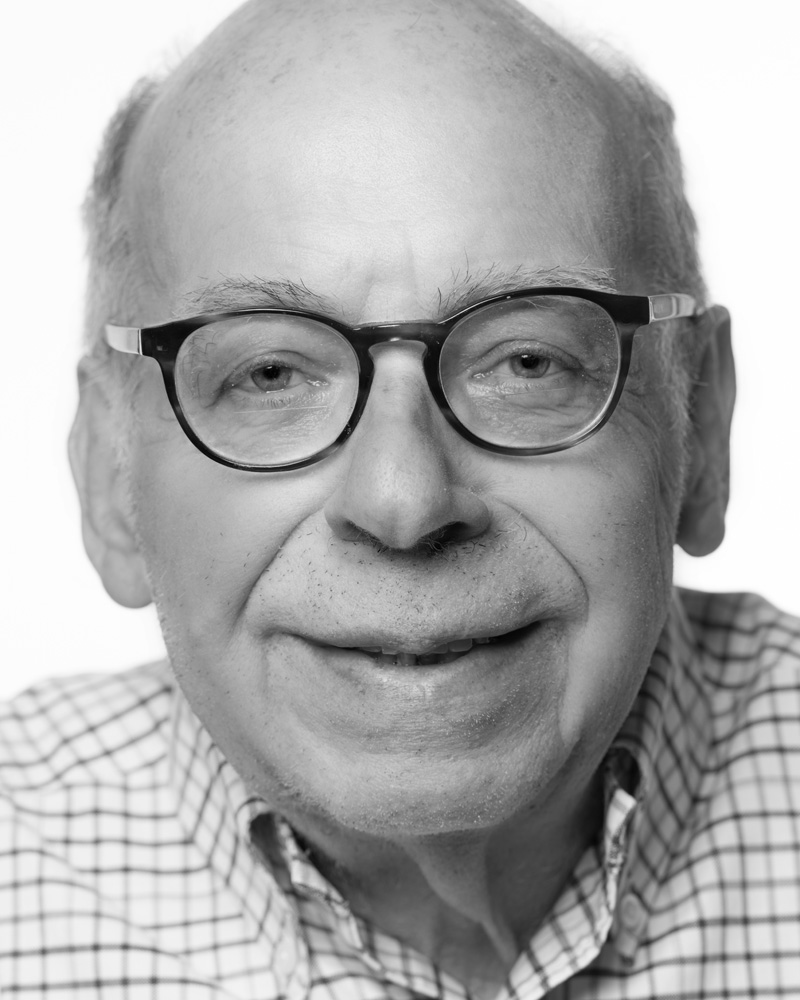
|
| United States | Brookhaven National Laboratory | Mary Bishai | United StatesBrookhaven National LaboratoryMary BishaiBoth my parents are engineers, so I have always had an interest in science. In 1985, when I was 15, I read an article in National Geographic about the Tevatron at Fermilab and the Large Electron-Positron Collider at CERN. I grew up in Egypt, and it was a big deal at the time that my parents forked out the money for a subscription to a foreign publication. There was no internet, and very limited science programming on the two broadcast channels, so no PBS, no Nature, no Cosmos. I wouldn’t have read about these machines otherwise. I decided right then that I wanted to be a particle physicist, and I still have that copy of the magazine. Thirteen years later I was a postdoc at Fermilab working on the Tevatron. I’ve been involved with DUNE since 2006 – I was a project scientist for LBNE, an early incarnation of the experiment – and now I am involved in developing DUNE’s long-term science plan, looking at physics beyond the standard model. I’m thinking about physics of neutrinos that we have not even imagined yet. I enjoy pushing boundaries, and using my own knowledge of the technical capabilities of the experiment to bring in new measurements and new ideas. |
Mary Bishai
Brookhaven National Laboratory
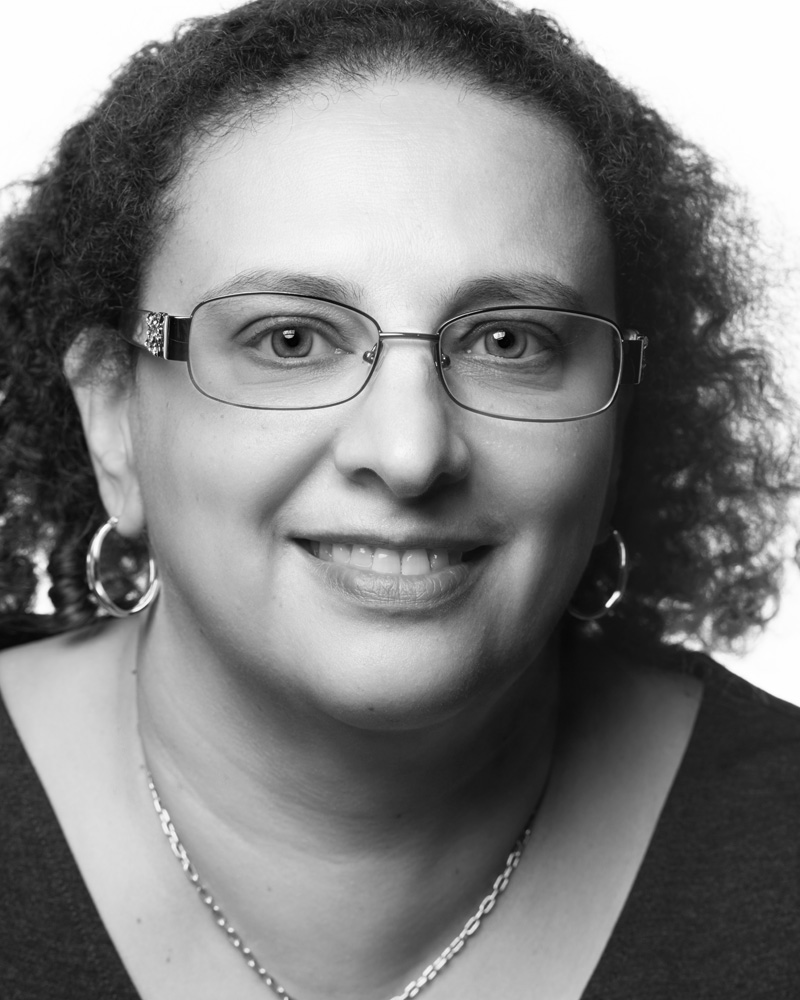
|
| United States | Brookhaven National Laboratory | Mateus Carneiro | United StatesBrookhaven National LaboratoryMateus CarneiroMy interest in science started when I was in 8th or 9th grade. I took chemistry classes and we started talking about the components of matter. I soon realized that if we are to understand everything, we need to start with the fundamental building blocks of things. I love the social sciences and medicine, but they all seem so complicated. If I don’t understand how things are made, how can I understand the big picture? It sounds funny, but particle physics is the simplest thing I could try to understand. Even neutrinos seem to be the simplest particle I could try to study. They interact with one out of four forces, they barely have mass. So I’m trying to understand the simplest thing I can. |
Mateus Carneiro
Brookhaven National Laboratory

|
| United States | Fermilab | Matt Sawtell | United StatesFermilabMatt SawtellDUNE is this generation’s moon shot. To fully understand how neutrinos work, we need to understand the underlying world. To do this, we are combining the knowledge and capabilities of people from multiple locations and schools of thought from around the world. Also, we are taking what we learned and making sure that we pass that knowledge to the next generation of scientists and engineers who will be there for many years of operation of the experiment. The joy is the collaboration – the names and titles will change, but the experiment will go on. I’m working with dozens of engineers on the design for the DUNE near- and far-site detectors. We have to figure out the electrical systems, the mechanical systems, and how we are going to work with three different types of gas – argon, nitrogen and helium – for the cooling and operation of these systems. |
|
| United States | Fermilab | Matt Toups | United StatesFermilabMatt ToupsI have always been fascinated by mathematics and numbers from an early age. It was just fun puzzles to try to figure out, patterns you could see, and it wasn’t until I took my first physics class that it really sunk in that everything from math class could be used to predict phenomena. I could predict how to shoot a basketball to make a hoop. I played a lot of basketball as kid, and from that moment on, the part of me that loved math loved that it could be used to understand the world around me. So physics was it for me.
The DUNE detector is going to be a unique facility on planet Earth, and so in addition to the things we know we’re going to tackle with this detector, one also has the opportunity to ask the question: What else can we do that we haven’t thought of yet? It’s really stimulating thinking about what’s possible for cutting-edge science. I also enjoy that it’s a worldwide enterprise. Right now, we have a guest engineer from Colombia staying here for 2.5 months. I get to spend time with him doing physics and science and developing the detector, but also sharing stories and experiences. It’s gratifying seeing how what motivates us to do the science is universal. |
|
| United States | Fermilab | Maxine Hronek | United StatesFermilabMaxine HronekIn my younger days, I used to sing – school musicals, weddings, things like that. I liked not being the focus, the main person. I remember when I was a kid, seeing Bette Midler and her Harlettes, and the Harlettes just looked like they were having the best time. They got to wear the fun costumes, but the focus was on Bette. I like that idea of support – you’re not the main attraction, but you’re there, and you’re important. That’s what I like about being a support person in my job. The science is first, but the people in the supporting roles hold it together and make it happen. I’m the main contact for anything DUNE-related. It’s a flurry of all kinds of responsibilities. I like to think that I’m part of the glue that holds it all together. And I get to do it quietly in the background. |
|
| United Kingdom | University of Cambridge | Melissa Uchida | United KingdomUniversity of CambridgeMelissa UchidaI’ve always enjoyed acting. It’s like free therapy; you start to think about the world in an entirely new way. I think it broadens your mind’s ability to do things. Because you have to break with who you are and think differently in order to act, you approach the world and problems in a new way. I think it pairs well with particle physics, where it is often necessary to find new approaches to problems, even when those approaches are unfamiliar to us.
I have always wanted to do research where I could help answer some of the big questions in the universe and make my own path. I fell in love with neutrino physics. There’s a great sense of excitement in the area – to think we might be able to understand whether neutrinos are the cause of the matter-dominated universe! It’s a huge draw for me. Even if you’re doing something mundane, like trying to work out how wide an experimental hall should be, it makes every discussion important and exciting. I was lucky enough to be part of the team that proved all three types of neutrinos change into one another back in 2011 with the T2K experiment. Now we have the opportunity to find out what effect neutrinos had on the creation of our universe. It is a very exciting time! |
Melissa Uchida
University of Cambridge
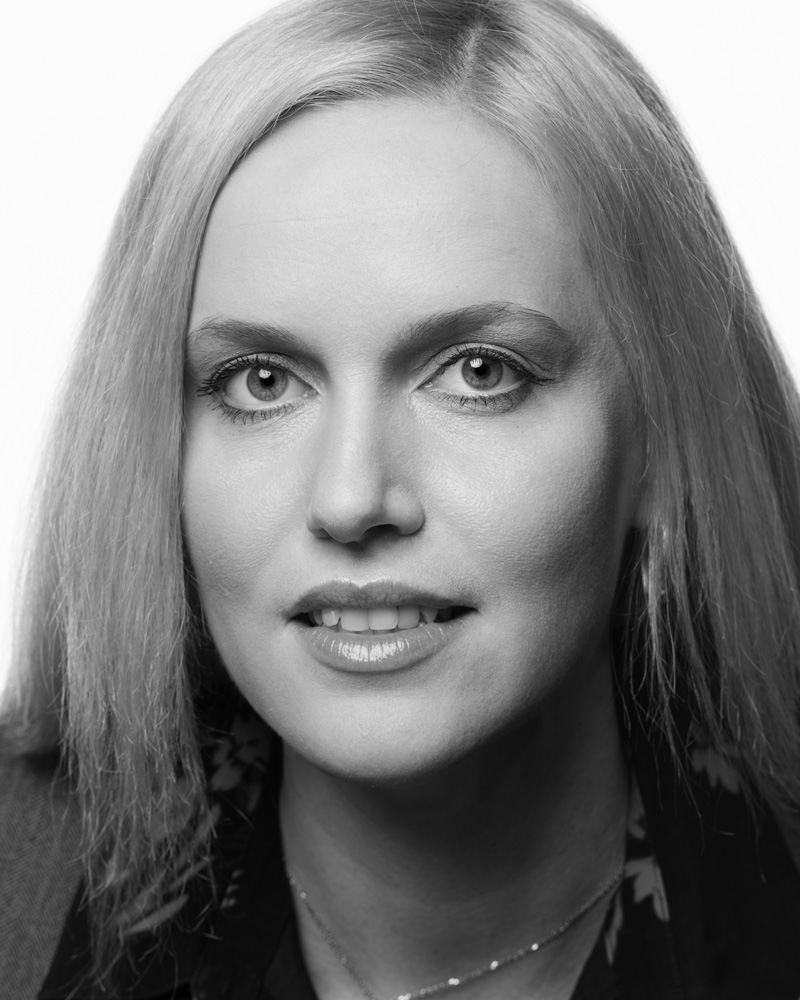
|
| United States | Fermilab | Mike Kirby | United StatesFermilabMike KirbyAfter six years at the Tevatron, spending countless numbers of hours trying to discover the Higgs Boson, I still remember staying up until 2 a.m. on July 4th, 2012. I had 20 friends over to my apartment, so we could all collectively watch the live stream of CERN’s announcement of the discovery of the Higgs. Even though they had 'scooped us,' it was still wonderful to have a bunch of colleagues who cheered on their competition. We all just loved the excitement of scientific discovery; whether it was CERN or Fermilab, we cared most about this incredible discovery and learning about it. Ego was set aside. One of the things that I love about DUNE is that it is such a large and long-term project, like the Tevatron and the LHC. We’ll answer very big questions that have come to the forefront of neutrino physics in the last 15 years, and it’s going to have real significance within the particle physics community. I think of it as neutrino science going big. |
|
| United States | University of Cincinnati | Mike Wallbank | United StatesUniversity of CincinnatiMike WallbankI’ve worked in many different areas of the DUNE experiment, including the 35-ton prototype, far detector event reconstruction, and most recently on a search for a very rare type of neutrino interaction at the near detector called tridents. I was one of the first people to get their Ph.D. on DUNE research. I love the huge scale of the experiment; if you take a step back, it’s a bit mad, but the physics potential is extremely exciting. My best story from working on DUNE was absolutely the time I was traveling from the UK for a meeting; I got stuck in Texas and, with no flights to Rapid City, South Dakota, for another two days, I flew to Minneapolis and was picked up by six people who were road-tripping from Fermilab near Chicago. It was a slight detour for them, but we had an awesome road trip together toward the Black Hills! When not doing physics, I love watching and playing sports and finding good beer and pubs. |
Mike Wallbank
University of Cincinnati
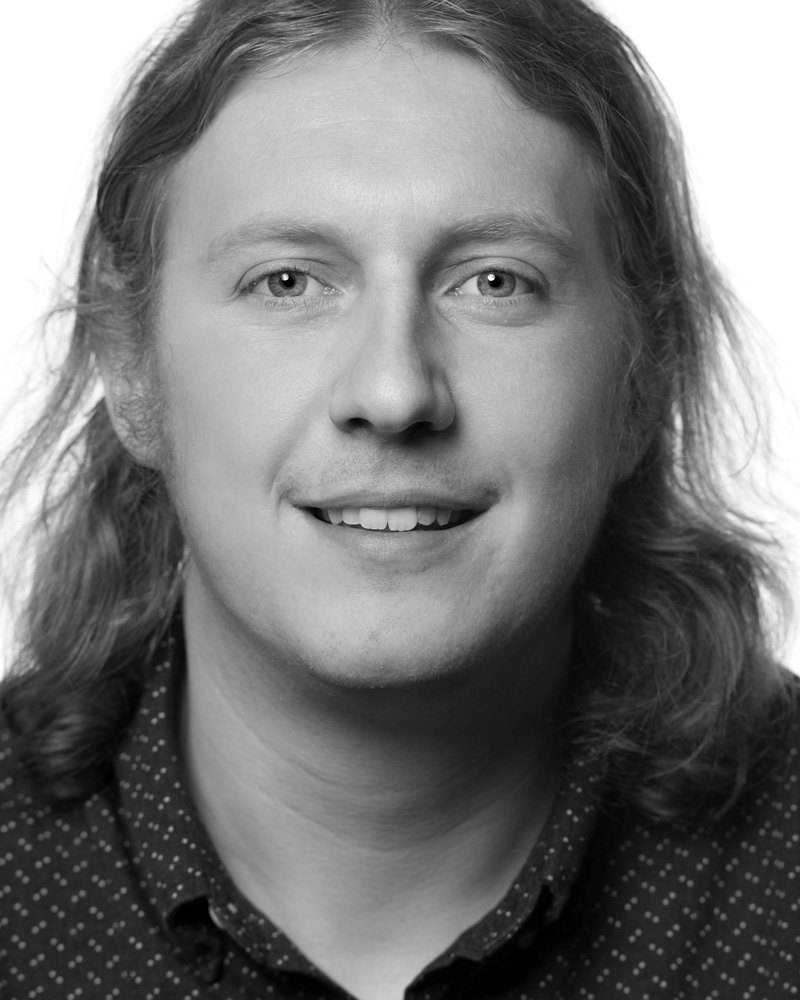
|
| Netherlands | Nikhef | Milo Vermeulen | NetherlandsNikhefMilo VermeulenI used to do a little bit of paragliding. My father was an instructor, so I was fortunate to fly a bunch. I didn’t continue it for long, because it takes a lot of effort in the Netherlands – it is difficult to get up high. From a very young age I was very interested in the way things work. I thought about how random processes in nature occur, and I thought, if I’m going to be thinking about it anyway, I might as well make it my job. Now I think about how processes occur every day, and it’s great. I work on the event reconstruction from neutrino interactions. It means looking at particle showers and trying to trace them back to a single point, and trying to unmask the neutrino imposters. I like my work because I do a lot of intuitive things, and it’s very geometrical. There’s a nice feedback to the work. |
|
| United States | Fermilab | Minerba Betancourt | United StatesFermilabMinerba BetancourtI was a high school teacher in my home country of Venezuela when I was getting my master’s degree. Soon after, I moved to the United States and started my PhD. I was a theoretical physicist, but then I decided to try something new. I switched to experimental work. My first wonderful experience was installing and commissioning a huge prototype for the NOvA experiment. I’m a scientist now and enjoy the research, but I also like to do outreach and teach students at the lab. I see it as a way to engage and bring in new generations of scientists that are going to help us build future experiments. I coordinate STEM outreach events for high school and middle school girls and bring in scientists from the lab to share our experiences. I am excited about building the DUNE near detector – it’s going to be complex and have many challenges that I am looking forward to solving. |
Minerba Betancourt
Fermilab
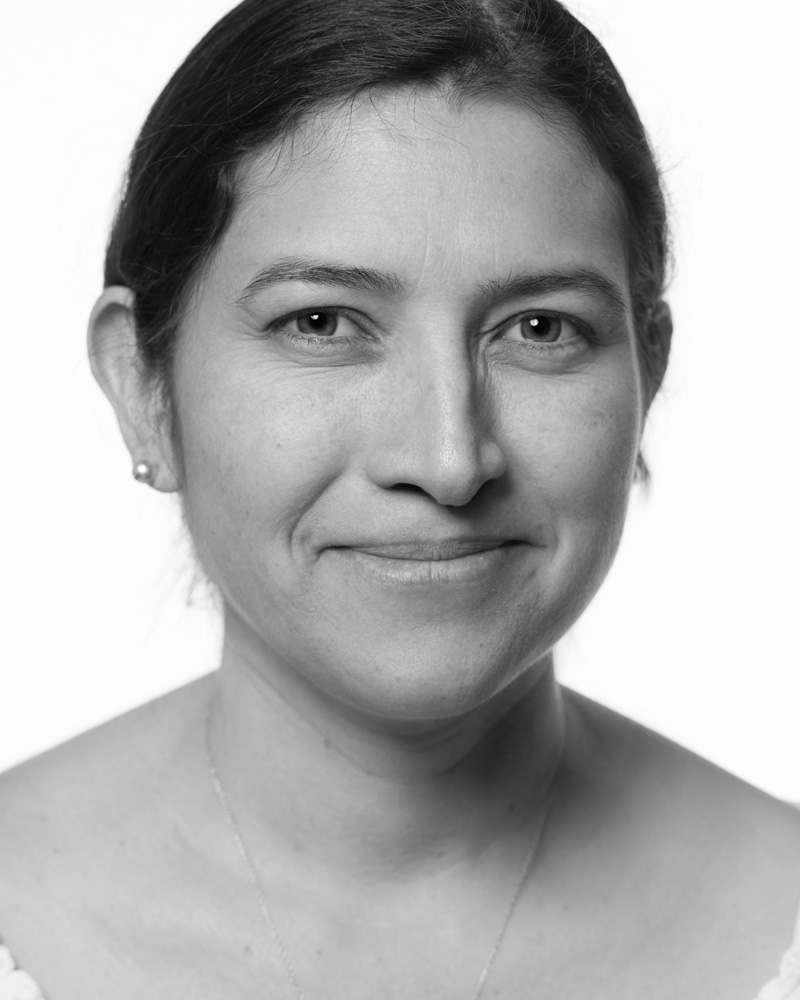
|
| United Kingdom | University of Edinburgh | Miquel Nebot-Guinot | United KingdomUniversity of EdinburghMiquel Nebot-GuinotI used to play rugby and we won the Spanish Junior Championship. One of the things that I liked the best that I learned there was how to make a good team. There’s a position for everyone, and I think this is kind of the same thing in DUNE or any collaboration like us. There’s some space or position for different skills and different people. I’m in the DAQ [data acquisition] high-end computing consortium, working on simulations, and data management and movement. One of the things that I love most is how I’ve made really good friends during my time as an undergraduate and my PhD and now as a postdoc. You end up meeting people at conferences from around the world. I am also quite amazed that during my short career I have seen so many really interesting discoveries, like the Higgs boson and gravitational waves. People will read about these amazing breakthroughs in books in the years to come – and we hope we can contribute to that with DUNE. |
Miquel Nebot-Guinot
University of Edinburgh
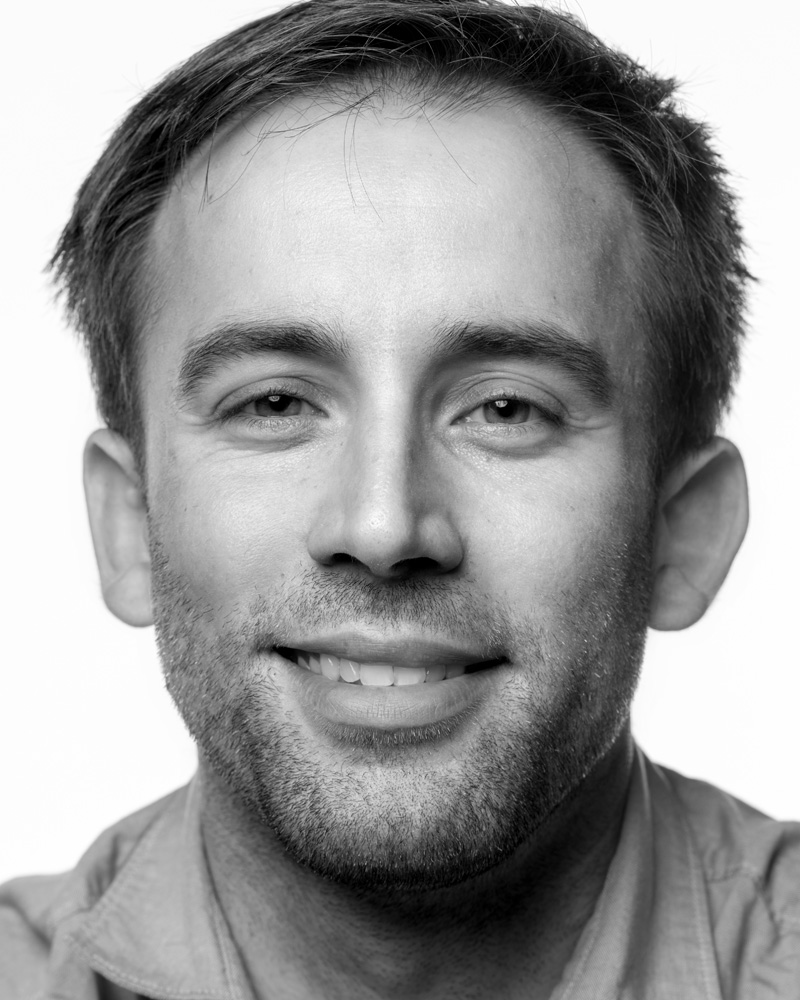
|
| United States | Fermilab | Mohammed Elrafih | United StatesFermilabMohammed ElrafihI started my career in project management in the oil and gas industry up in northern Canada. The winters above the Arctic Circle were extreme. The month of February, on average, would be around minus 40 degrees C without wind chill – the second you walked outside, you would feel the moisture in your nose crystalize. It was a different world, with maybe six hours of sunlight – but the summers were beautiful and sunny. Project controls is the same idea no matter what industry you work in, so it was easy to translate what I learned in the past to Fermilab: to build plans and schedules, analyze costs and estimates, measure performance and build reports. I’ve been working on LBNF/DUNE for a few years now, and I love that DUNE is a once-in-a-lifetime project – there’s no other project like it in the world! And I get to learn how they build neutrino detectors, which I never would have learned otherwise. |
Mohammed Elrafih
Fermilab
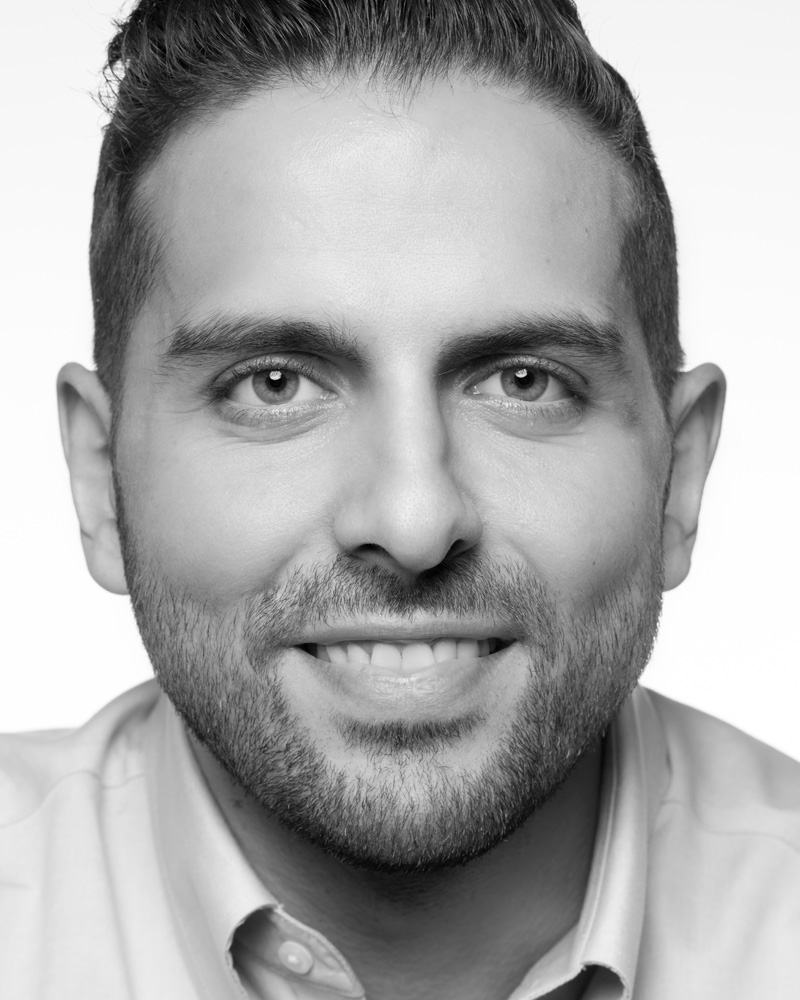
|
| United States | Iowa State University | Navaneeth Poonthottathil | United StatesIowa State UniversityNavaneeth PoonthottathilWhen I first came to Fermilab in 2012 under an India-Fermilab neutrino collaboration to work on the MINOS experiment, I was truly amazed to see how scientists work together to produce better science results. Working in science helps you connect all over the globe. Working on DUNE, I’m seeing again how people work together for a better understanding of the universe. I am mostly involved in the cold-electronics development for the DUNE experiment. I am working on primarily developing inspection techniques for the cold-electronics components that are going to sit in the extreme cold for years. I am also planning to contribute to the other aspects of the experiment such as signal processing and physics analysis in the future. |
Navaneeth Poonthottathil
Iowa State University
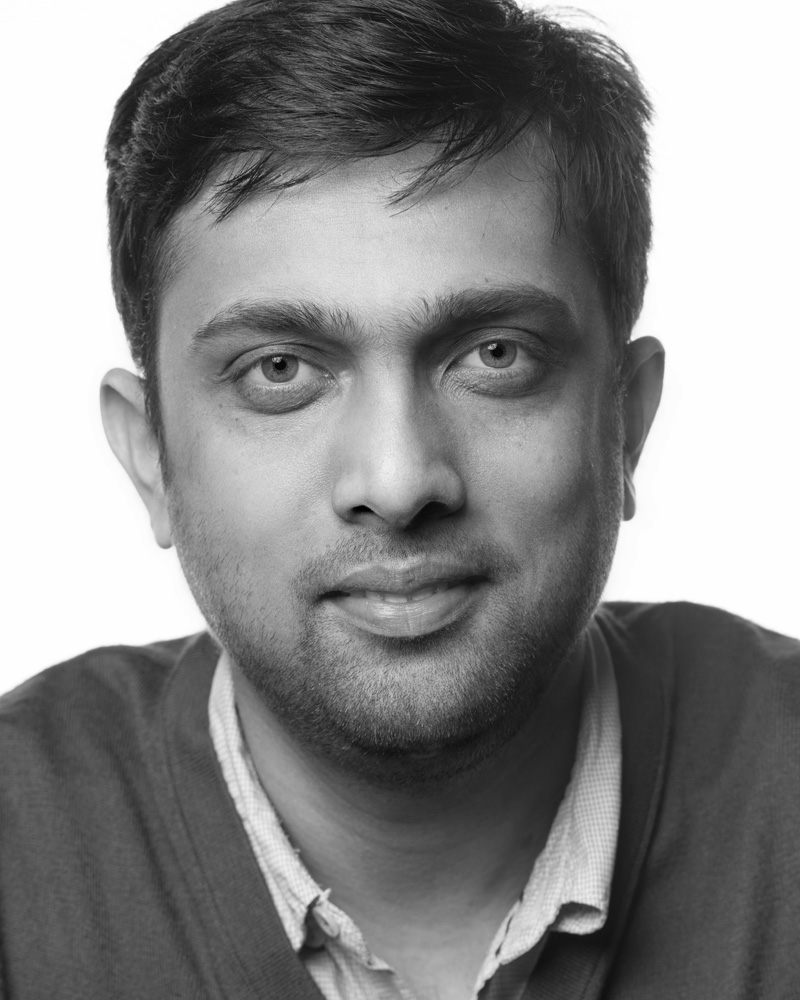
|
| United Kingdom | University of Warwick | Nick Grant | United KingdomUniversity of WarwickNick GrantI've been interested in neutrinos for many years, since the time when we were detecting less of them from the sun than we expected from the solar model. It turns out that this is due to them changing from one type to another as they travel. I find it fascinating that a neutrino starts as one thing and then changes into something else without needing to interact with anything along the way. A highlight for me was working on a neutrino experiment in Japan that was the first to actually detect muon neutrinos changing to electron neutrinos. Outside work, I enjoy mountaineering and seeing blues bands when I visit Chicago. |
Nick Grant
University of Warwick
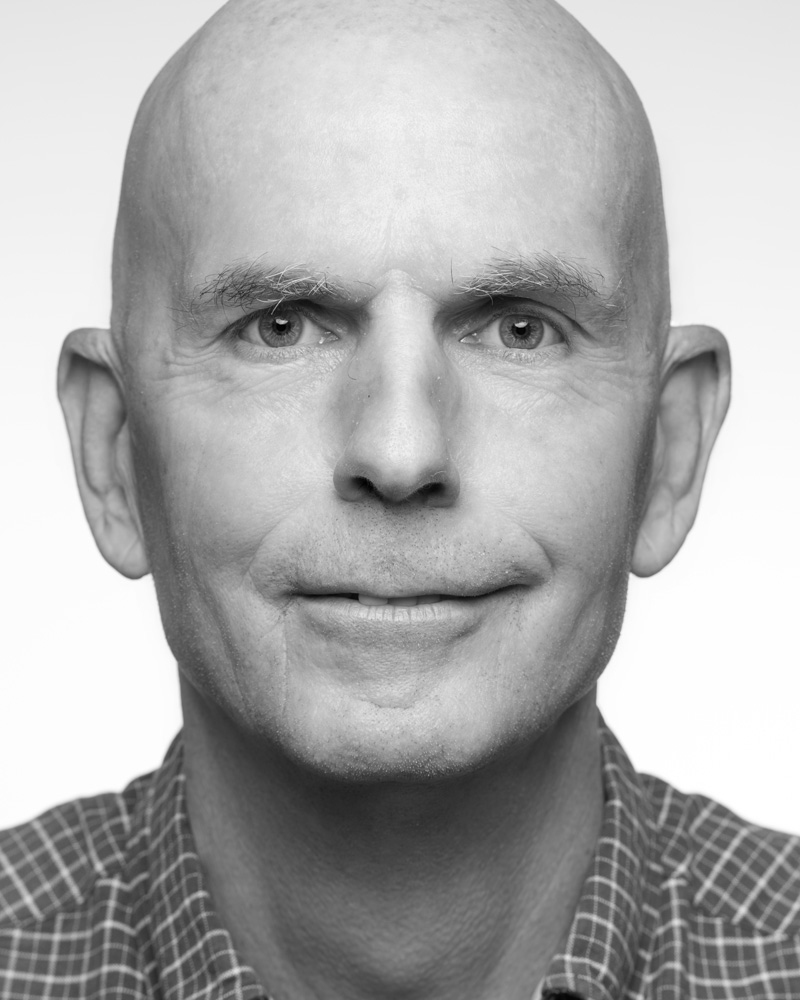
|
| United Kingdom | University of Manchester | Nicola McConkey | United KingdomUniversity of ManchesterNicola McConkeyWhen I’m not doing physics, I play folk music and I dance. When I travel places, I don’t go without my violin. It’s funny, because it’s such an intrinsic part of me, I forget that not everyone knows that I play – I feel like it’s written all over me. I was standing at the home of the ProtoDUNE detector at CERN when I got into a conversation with some colleagues who had been chatting with someone I jam with. They asked if I had my violin, and I said, 'Of course, it’s back where I’m staying.' And he said, 'Do you want to bring it in tomorrow and give us a concert?' I brought my violin in the next day, and I was thinking as I was cycling in that I really hoped they weren’t joking, because I wasn’t! I didn’t want to disturb people or make a big fuss about it, so I felt a bit shy. At lunchtime, when no one was working, I got suited up and went inside the ProtoDUNE cryostat and played for my friends. Wearing the cleanroom suit to play was very warm, but it was really cool to hear the acoustics. It was amazing - it was like my two worlds collided. I was playing music inside of a particle detector. |
Nicola McConkey
University of Manchester
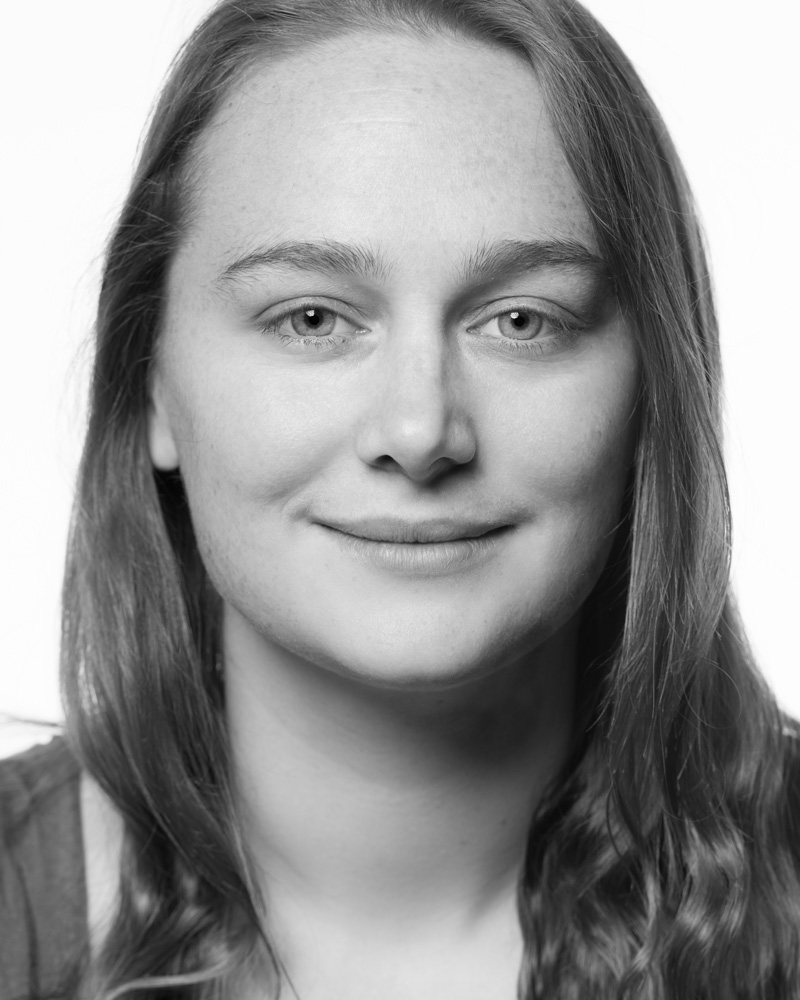
|
| Mexico | CINVESTAV | Omar Miranda | MexicoCINVESTAVOmar MirandaI like to draw, mostly sketches, but a little bit of watercolors also. When I find a flower, I try to sketch it. Roses are my favorite, now that I can draw them. I’ve liked physics since I was 12 years old. It was easy for me and I was enjoying it, so at some point I decided to study physics. I’m working on physics beyond the Standard Model, trying to see what the reach of DUNE is. I’ve been following DUNE since the beginning, when I saw the letter of intent for it. I thought it was necessary to support, to join, and to also try to bring other professors and students with me. I like the idea of discussing with different people that have different points of views about the same problem. We’re all working together for this important purpose – for, I think, the most important experiment in neutrino physics. |
|
| United States | Idaho State University | P. James Norris | United StatesIdaho State UniversityP. James NorrisI studied electrical engineering and worked in a patent office before I decided to go back to graduate school a year ago. My specialty was reviewing patents related to graphical user interfaces for smartphones and other devices. But after reading many fascinating articles about physics research in Scientific American and other magazines, I decided to get a degree in physics. Now it’s all about neutrinos. For DUNE I work on computational fluid dynamics to understand the transport of ions and electrons in argon, the liquid inside the DUNE detectors. It’s important to understand how the noise created by impurities in the argon will affect our measurements of neutrino interactions. |
P. James Norris
Idaho State University

|
| United Kingdom | Imperial College London | Patrick Dunne | United KingdomImperial College LondonPatrick DunneWhen I was little I was diagnosed with Asperger’s syndrome. A lot of the kids at school were not very understanding. When I started studying physics, I found all these other people who cared about what I cared about. I always wanted to know, 'How does that work?' I used to love going to the science museum every holiday. Physics answers questions about how it all works. I did a summer project at the LHC, which cemented the area of physics I wanted to work on. And what I find amazing about these international projects is that if you have good ideas and are willing to work hard, you get to play a part. People will evaluate you on what you can contribute. It’s hard and complicated, but people come together and do amazing things when they are willing to collaborate. |
Patrick Dunne
Imperial College London
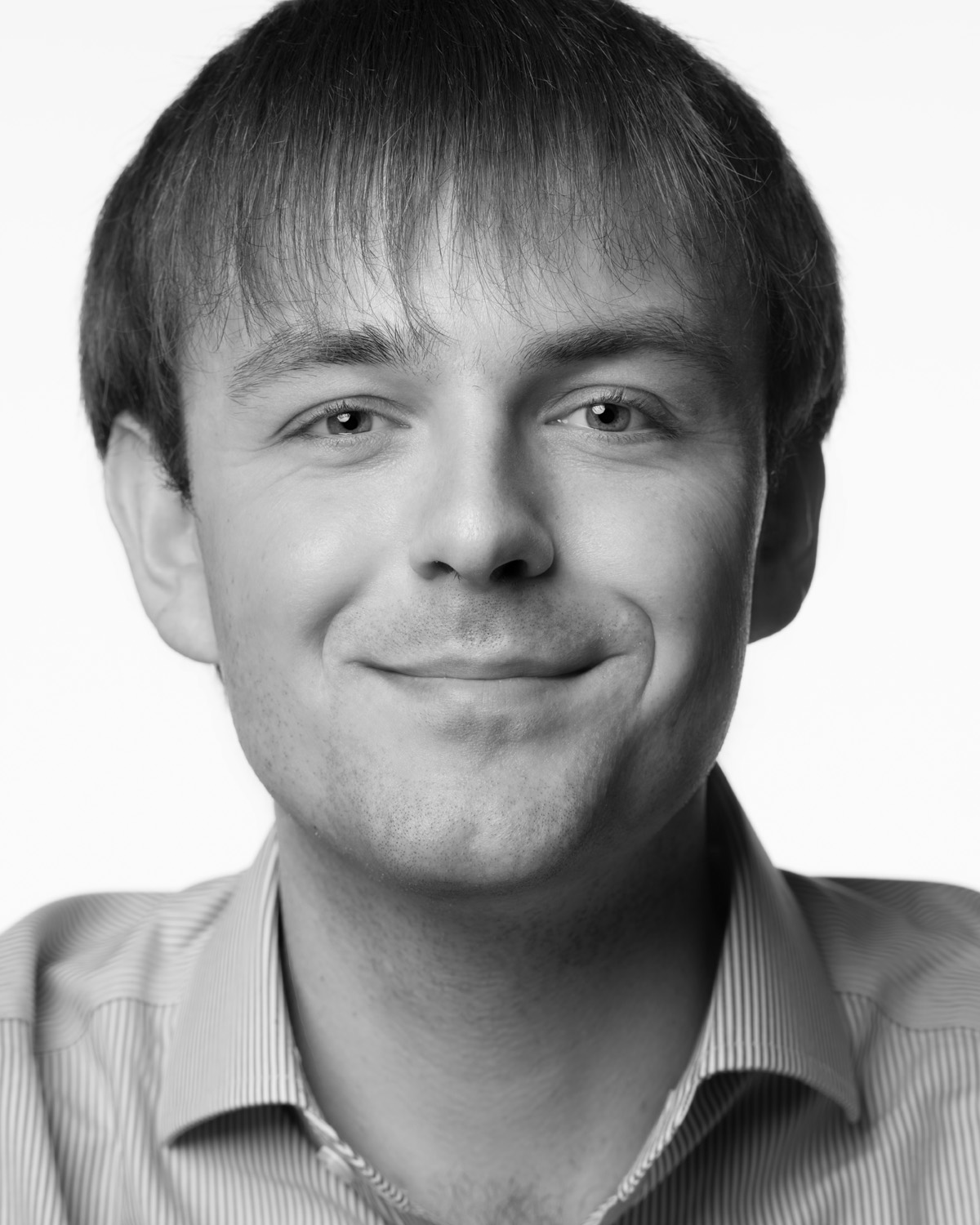
|
| United Kingdom | University of Sussex | Pierre Lasorak | United KingdomUniversity of SussexPierre LasorakEvery year, my family and I cycle across France, because we want to go on holiday cycling. With my friend, we also crossed the Alps a couple of years ago. We do the same as the Tour de France, but much slower. I also cycle to work every day. On DUNE, I work on the supernova trigger, the algorithm that selects the neutrino interactions that will come from a supernova and tell the system to record it, if we are lucky enough to have a supernova. I think what's really fun with DUNE is that it has a very broad physics program that keeps on being extended all the time. People are having new ideas and realizing what we can do with DUNE. And, you also get to come to the US for work – and there’s deep-fried pizza here. |
Pierre Lasorak
University of Sussex
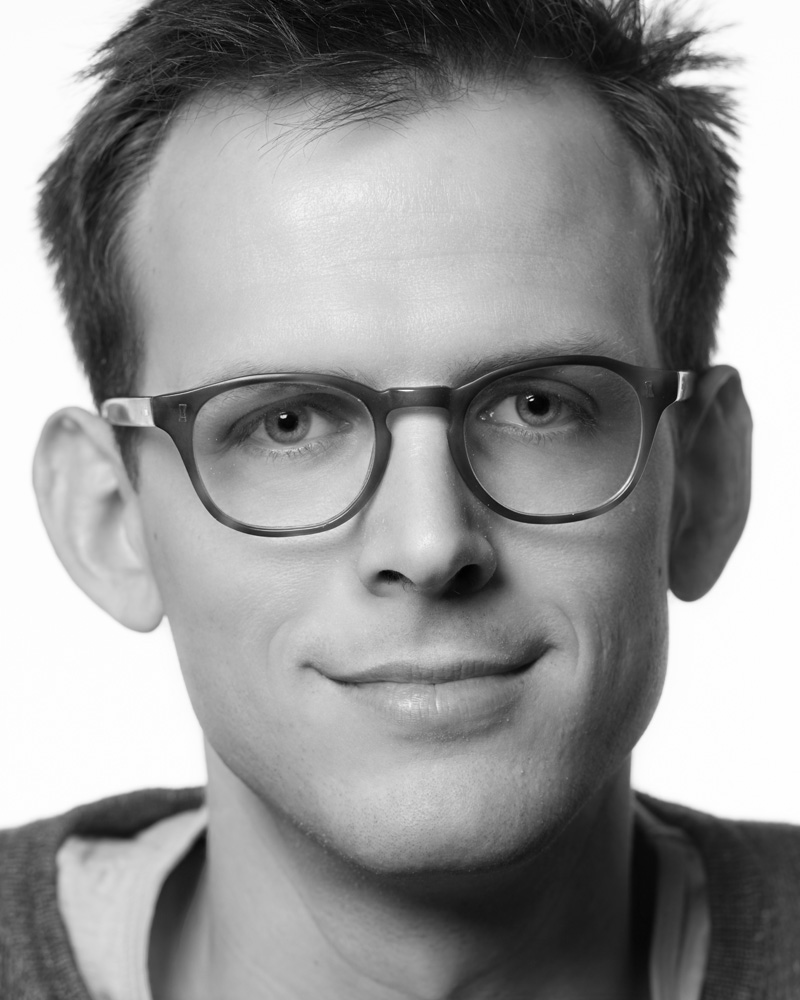
|
| United Kingdom | University of Liverpool | Rhiannon Jones | United KingdomUniversity of LiverpoolRhiannon JonesI spent about eight years during primary and secondary school training almost every day to be a classical dancer. I regularly entered competitions and performed in numerous shows. I was also hugely into acting when I was in school and started a sketch writing and performing society whilst studying for my undergraduate degree. I think I'd have gone into the performing arts if I didn't do physics! One of my other favorite things to do when I was little was to lie on top of my dad’s narrowboat on a clear night and look at the stars. We’d spend hours trying to find constellations and planets. My favorite days out were to Jodrell Bank, the home of the Lovell Telescope – and I have loved physics since then, though my field of focus has shrunk a little.
I work on a neutrino experiment called SBND, or the Short-Baseline Near Detector, which in many ways will be a prototype experiment for DUNE as it uses the same liquid-argon detector technology as DUNE. In particular, I am studying the complex interactions between neutrinos and argon nuclei. Understanding these interactions will involve bridging the gap between particle and nuclear physics. The entire neutrino physics community is so enthusiastic about sharing ideas and building on each other’s work in such a positive way. We’re working with novel detectors, technologies, and analysis techniques, so there are loads of opportunities to be at the frontier of different areas of research, which is really exciting. |
Rhiannon Jones
University of Liverpool
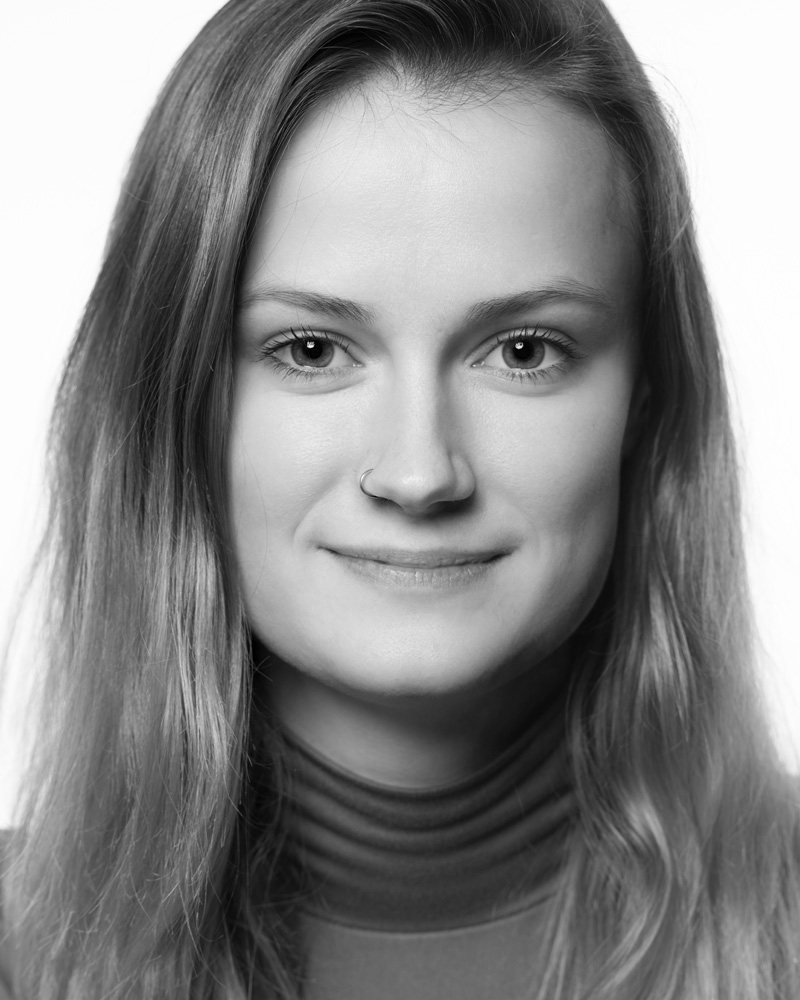
|
| United States | University of Pennsylvania | Rick Van Berg | United StatesUniversity of PennsylvaniaRick Van BergI spent the summer of 1968 three meters under the Aegean looking for archaeological remains. A team was getting together to do an underwater archaeology dig, and the organizer remembered I was a physicist who could help with pumps and the Bernoulli effect and silt movement. I thought that sounded interesting. I took a leave for a summer and spent it with a high pay of 30 drachmas a day, plus food. It was fun. For DUNE, I basically build - or try to build - instruments to do interesting measurements. The oscillatory nature of the neutrino, now that we have demonstrated that irrefutably, is one of the remaining clear puzzles that we have a chance of solving. It seems a grand challenge. And it is interesting science that covers a broad range. You can do other things with the DUNE detectors, beyond measuring how neutrinos change, like studying supernovae. I’d like to catch neutrinos from another supernova. That would be cute. |
Rick Van Berg
University of Pennsylvania
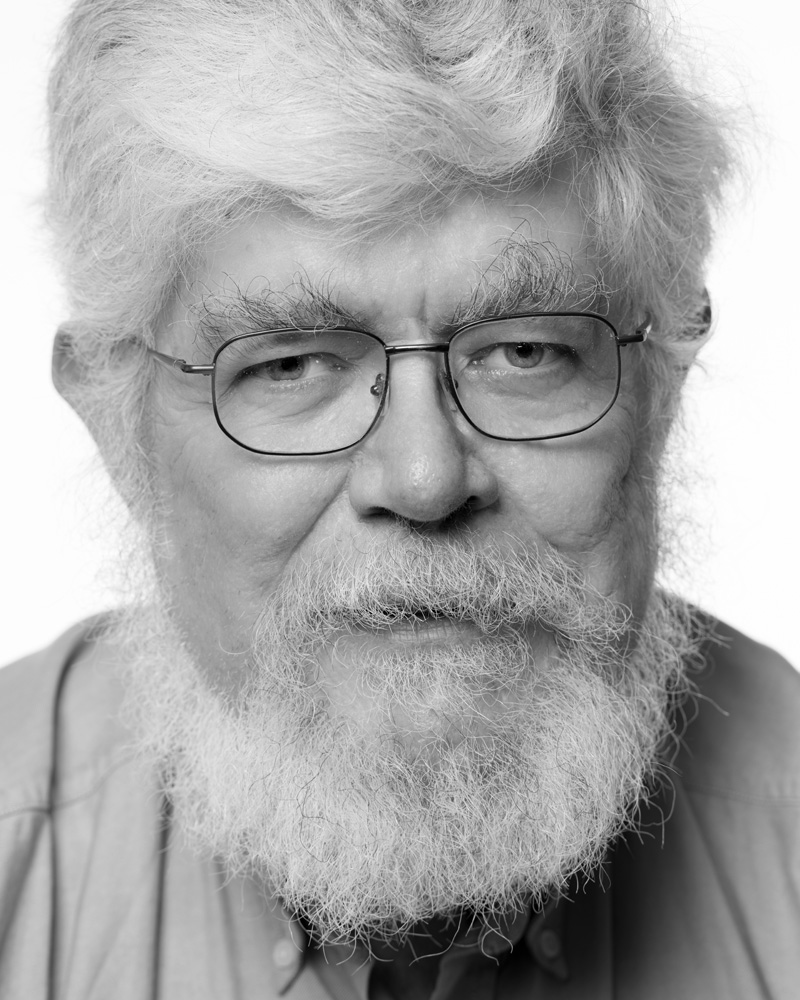
|
| United States | Harvard University | Roxanne Guenette | United StatesHarvard UniversityRoxanne GuenetteI grew up in a town of 600 people in northern Quebec, next to a racetrack. My three brothers and I would race old cars along that track in the summer. As I grew up in the countryside where the skies are very clear, I was interested from a young age in the mysteries of the universe and in understanding how the world around us works. My family was first-generation and low-income, and I never imagined the job prospects I would have studying physics. Now I am the installation liaison for the anode plane assembly for the DUNE detector. That means I work with the teams building the components and with the installation teams to make sure the designs on both sides agree. Being a professor at Harvard and working on neutrino detectors was not something that I thought I could do. My family is very proud of me, though they don’t understand quite what it is that I do. When I go home I still race sometimes, but my brothers, having continued to race while I was studying neutrinos, have gotten way better than me and I can't really compete with them anymore. |
Roxanne Guenette
Harvard University
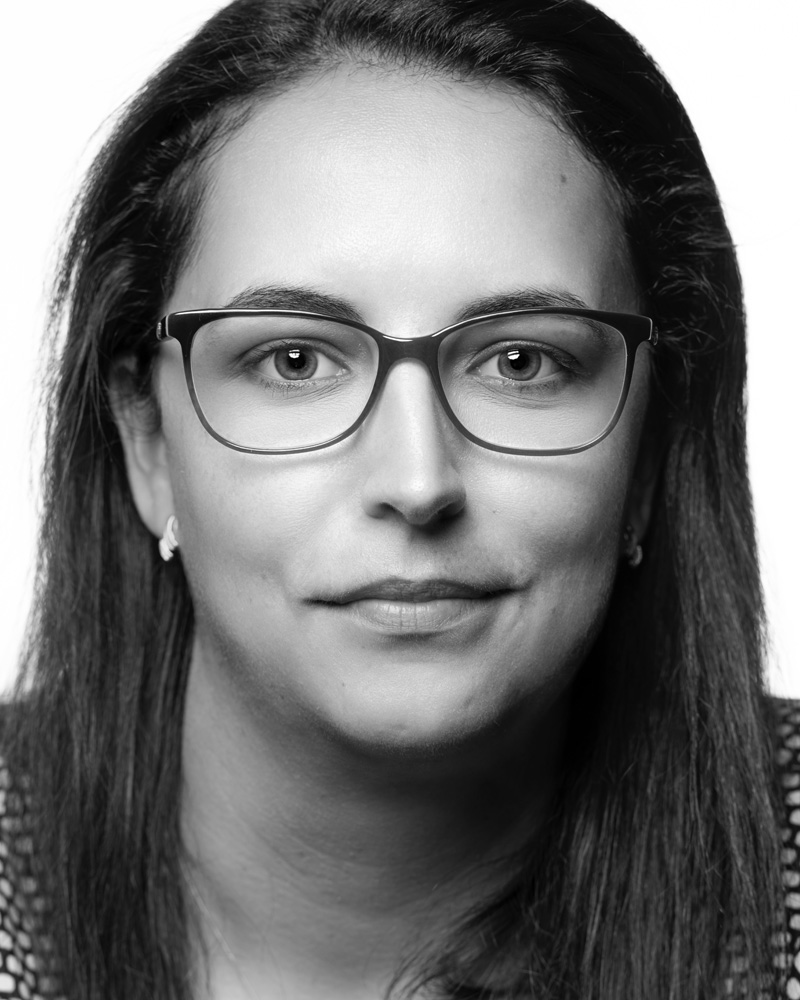
|
| Switzerland | CERN | Saul Alonso-Monsalve | SwitzerlandCERNSaul Alonso-MonsalveI've loved computer science since I was 14 years old, and I never really wanted to make money but to contribute to science. More than half of the DUNE collaboration probably thinks I'm a physicist instead of a computer scientist. At a previous collaboration meeting in the U.S., I gave a plenary talk about my work. I was back home in Spain, so I videoconferenced in. I had played soccer earlier that day and injured my hamstring. Since I was seven time zones over and it was nighttime in Spain, I gave my talk in my pajamas and with ice on my hamstring and the camera was focused on my slides. Eventually I visited Fermilab and saw the [830-seat] auditorium that was the location of the big presentation that I videoconferenced to from Spain—and now I realize how big my audience was! |
Saul Alonso-Monsalve
CERN
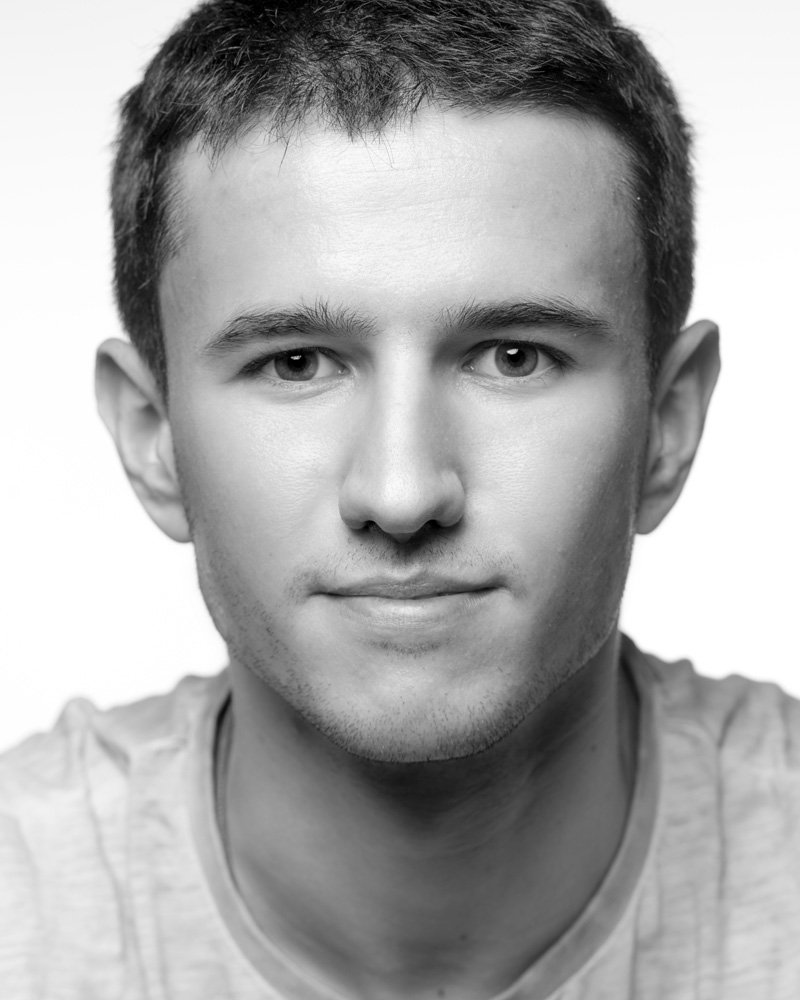
|
| United Kingdom | University College London | Seb Jones | United KingdomUniversity College LondonSeb JonesMy passion is sports. I just ran a half-marathon in London and I also like playing lacrosse and going rock climbing in my free time. And I like working on DUNE. It’s a very stimulating environment. Every week I learn something new and it is this learning process that I enjoy the most. This summer I’ll be heading to CERN to work on the ProtoDUNE detectors. My research focuses on trying to put an accurate number on the uncertainty in the energy of the neutrinos in the far detector and then seeing how this affects our ability to measure key parameters. Before joining DUNE, I wrote my master’s thesis on the MicroBooNE experiment, which also utilizes liquid argon. But I have an interest in all of science, not just physics. |
Seb Jones
University College London
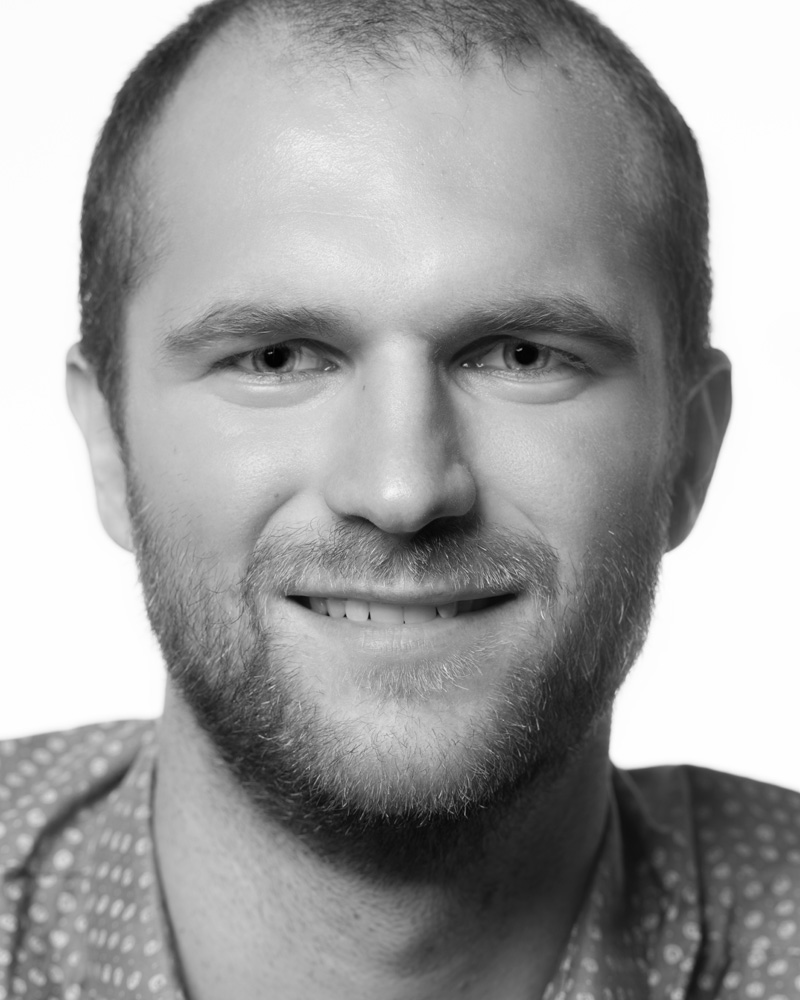
|
| United States | Harvard University | Sebastien Prince | United StatesHarvard UniversitySebastien PrinceWhen I was starting as a student in a different experiment, I was at a collaboration meeting. I was going to every session there was. One of them was essentially a private session for high-level people, but I didn't know that. I went in and sat at the table. The spokesperson arrived late, and the table was full at that point, so he had to lean on the window. I could see people looking at me, but the meeting goes on. Two hours into the meeting, I got asked, 'Who are you?'
'I'm a new Ph.D. student.'
'You know this is private?'
'Oh ... I can leave.'
'That would be appreciated.'
While leaving I could hear the room laughing about what just happened. |
Sebastien Prince
Harvard University
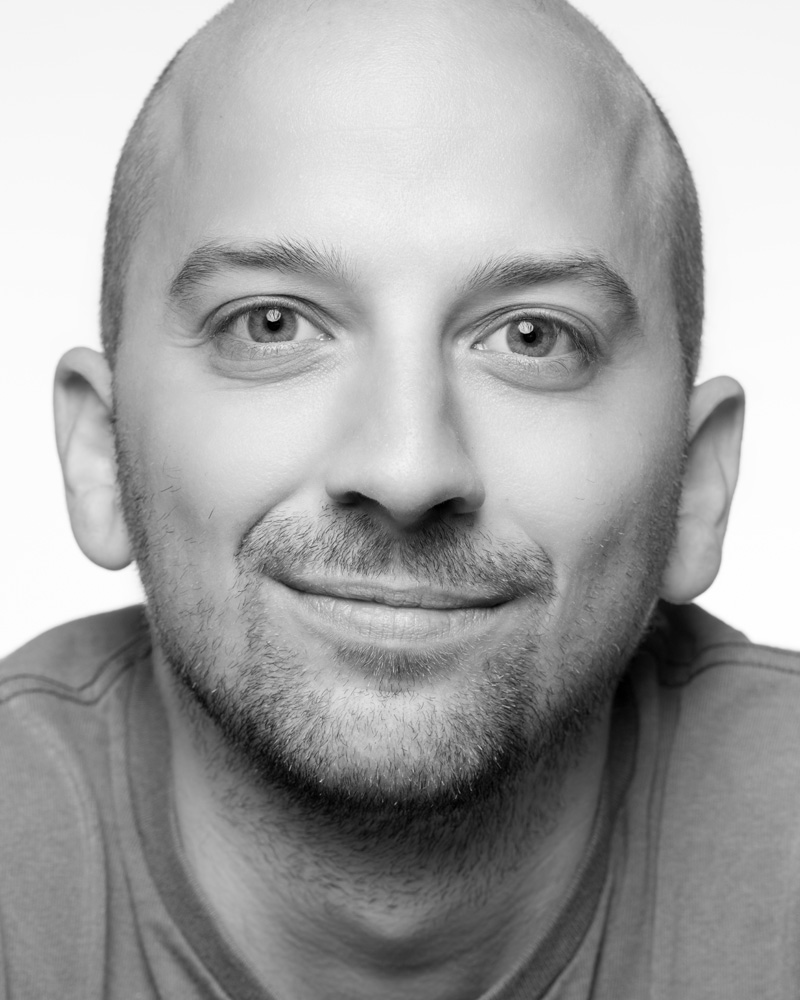
|
| United Kingdom | University of Sussex | Simon Peeters | United KingdomUniversity of SussexSimon PeetersI never really wanted to be a physicist. As a kid I wanted to be a biologist, because I wanted to figure things out. I was always asking questions. Asking about the color of the grass leads to asking about the origin of the universe. Physics is the one thing that comes closest to answering all the questions, and once I started studying it I knew it was the right choice. The best experience was working at Sudbury Neutrino Observatory in Ontario, Canada, as Art McDonald and the collaboration were publishing their final analyses on neutrino oscillations. It shows you that with enough determination a lot of things can be achieved. |
Simon Peeters
University of Sussex
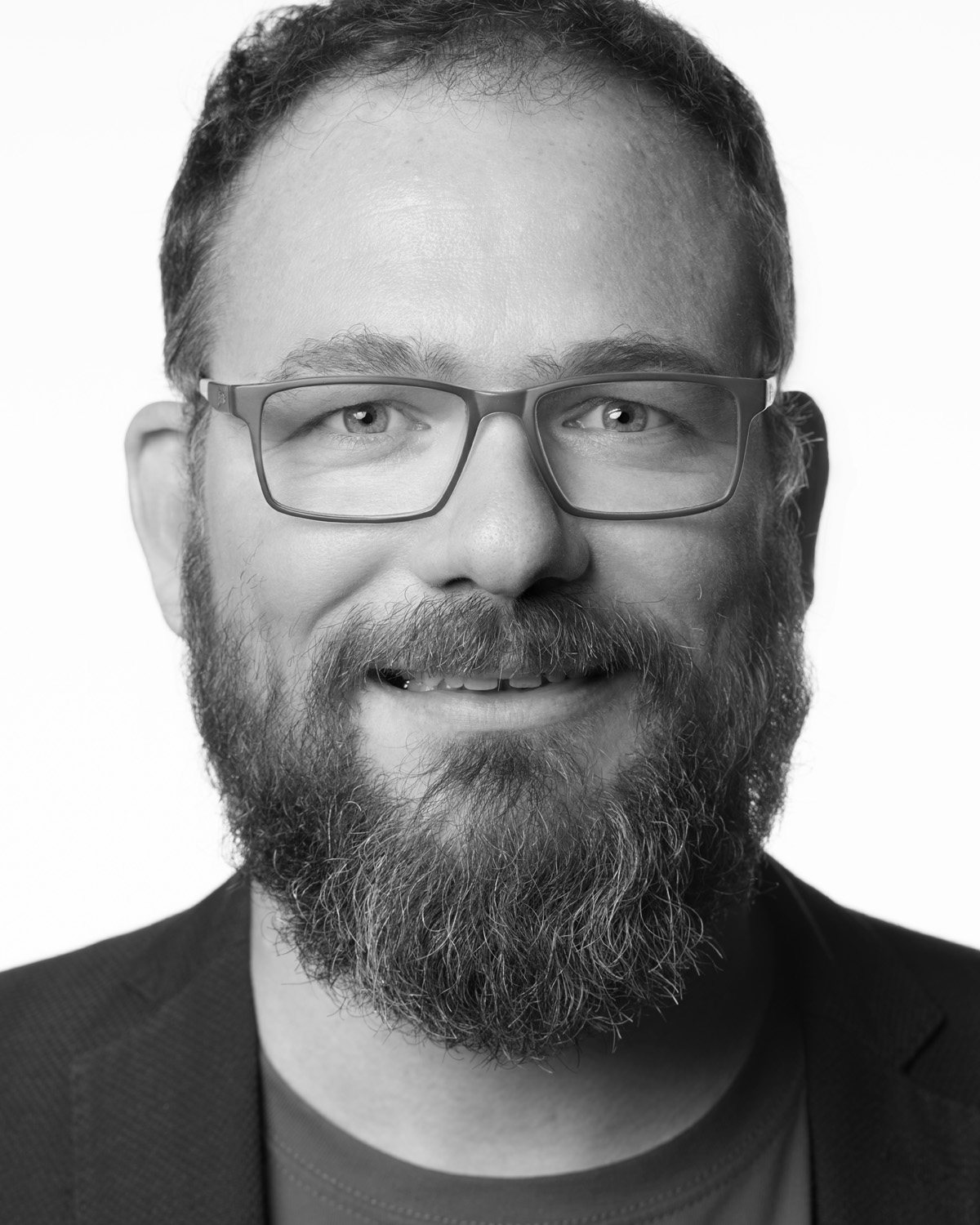
|
| United States | University of Tennessee, Knoxville | Sowjanya Gollapinni | United StatesUniversity of Tennessee, KnoxvilleSowjanya GollapinniI realized early on that there is great value in the scientific method not just for science but for everything we do in our lives. Asking the ‘why’ and ‘how’ questions and trying to find answers logically made me a stronger and confident person in all contexts but especially in fighting the cultural bias I faced at home and in society and building a better day-to-day life for myself. That was my main motivation to want to become a physicist. My 9-year old daughter thinks I am awesome and recently wrote a comic about me called ‘Adventures of a Super Mom,’ because she is amazed at how much I multi-task between family, travel, and career. She thinks I am the best mom and scientist in the world and wants to be like me when she grows up. I tend to see that her comic is not just about me but about all those women out there who are strong, independent, and powerful and have built successful careers despite the challenges they face. |
Sowjanya Gollapinni
University of Tennessee, Knoxville
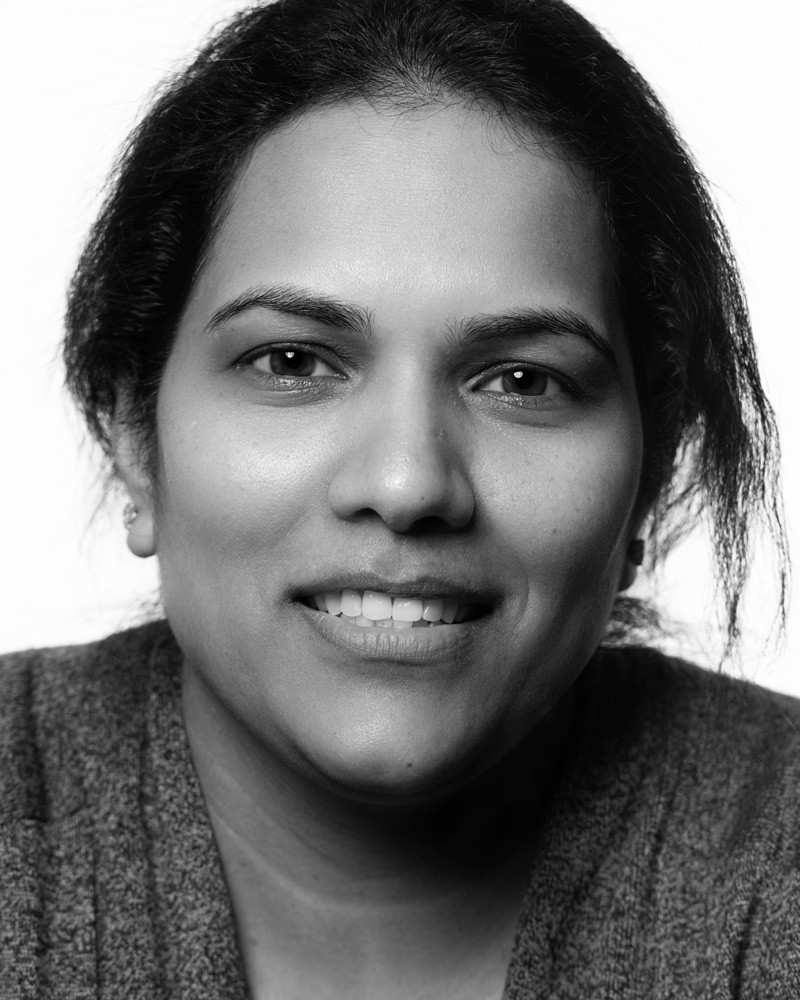
|
| United Kingdom | University of Manchester | Stefan Söldner-Rembold | United KingdomUniversity of ManchesterStefan Söldner-RemboldTo be one mile underground, I wouldn’t say it’s creepy – but it’s a little bit surreal. Going down the mineshaft to the 4850 foot level where the DUNE detector will be built is quite an experience. It makes you appreciate how challenging it will be to get this enormous detector down there, basically with a lift. And what we do now will influence how this will look in 20 years, and the experiment people will work with in 20 years, which is quite interesting. It’s fun, working with a wide range of different people on a project where you can still define how it looks at the end. |
Stefan Söldner-Rembold
University of Manchester
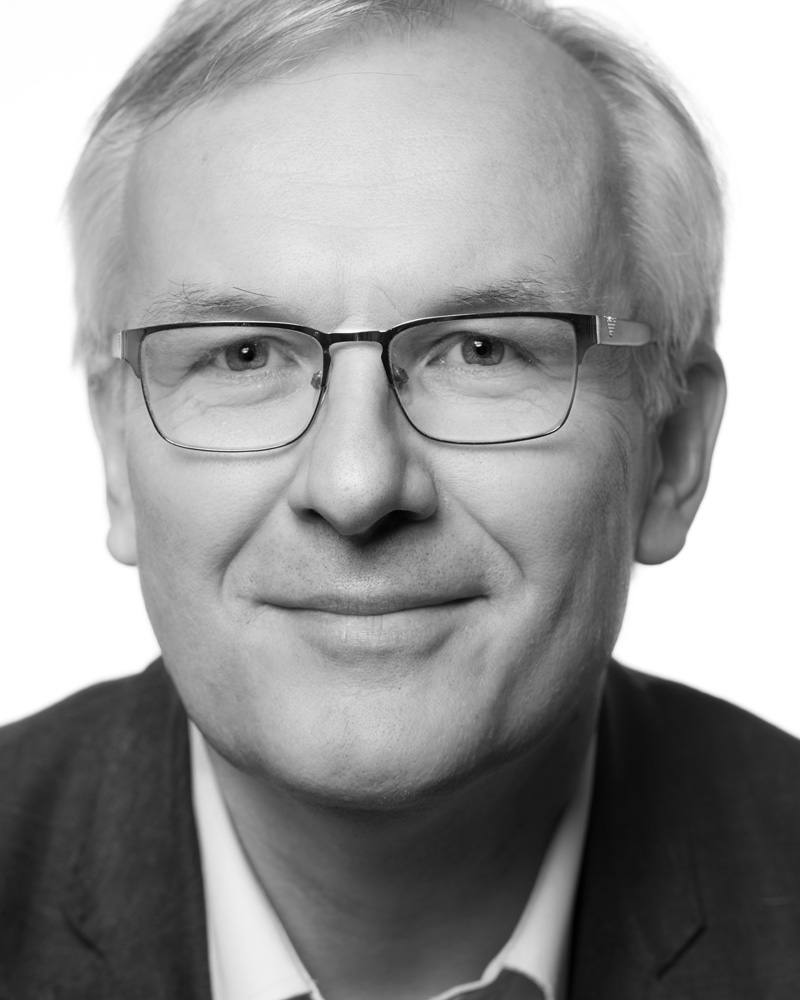
|
| United Kingdom | University of Cambridge | Stefano Vergani | United KingdomUniversity of CambridgeStefano VerganiDUNE is a new experiment, and I love seeing it growing up, getting bigger and bigger. It's a good size, too: It's not too small, it's not too big, so you get to know most of the people, and you can do lots of different projects in different areas. I decided to do physics after military school, which I joined when I was 16. After three years, when I was done with the academy, I realized I wanted to study science instead of pursing the military career as an officer. I chose physics because I could be free to study a variety of possible fields. And it isn't all high-tech. The first time I started working in a lab in Switzerland, my very first task was to take some bricks and move them from place A to place B. I did that for two hours. It was just manual labor. It was good, in a way: You see that real labs aren't all high-tech. A real lab is a lot of dust, a lot of hard work, it's sometimes uncomfortable. There was no daylight because we were in the basement. I learned something from that. |
Stefano Vergani
University of Cambridge
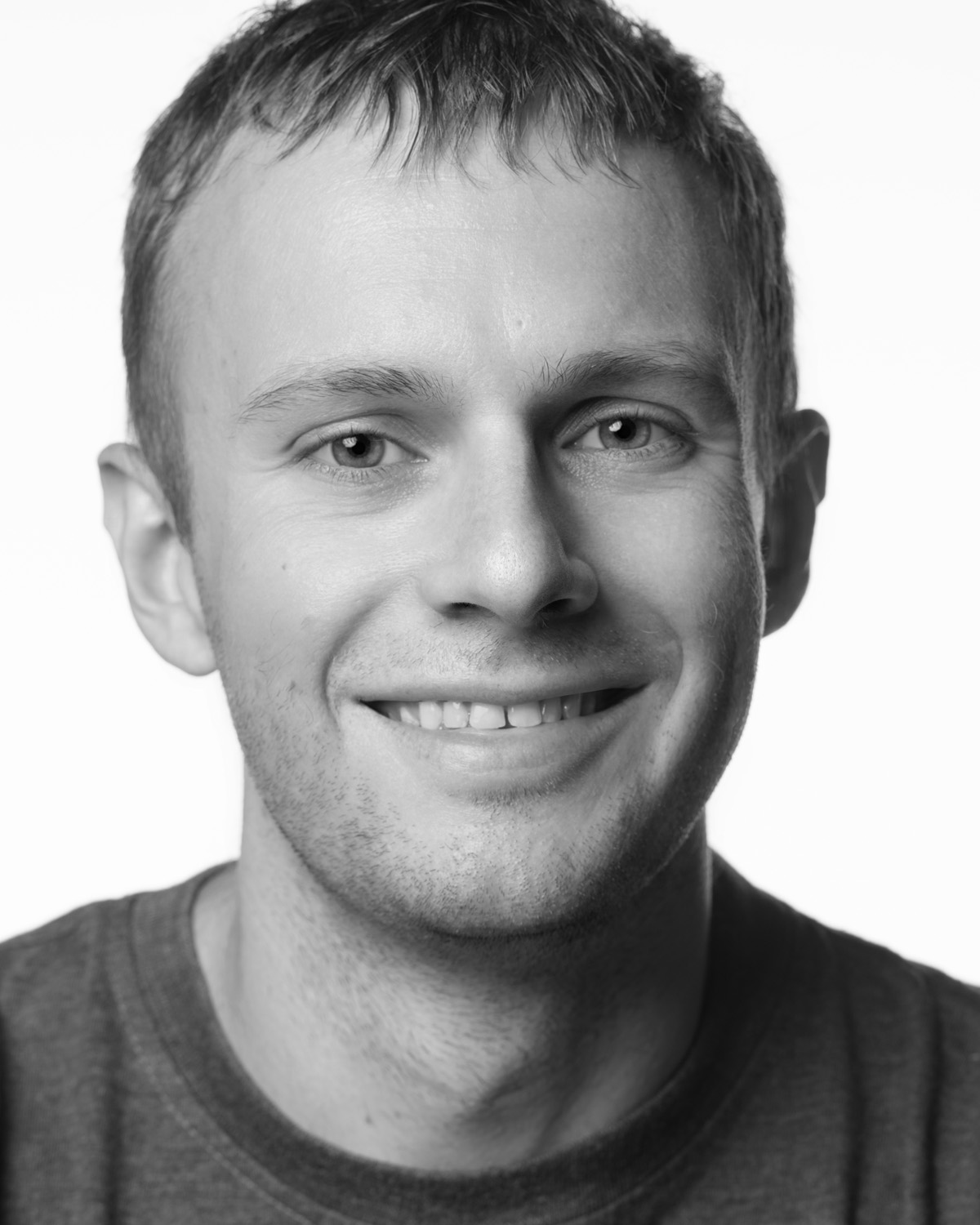
|
| United States | University of Colorado Boulder | Thomas Campbell | United StatesUniversity of Colorado BoulderThomas CampbellI have several pet snakes, two pythons and two boas. They’re beautiful and quite affectionate – once they get to know you. We have lots of other pets too; I like animals. I take care of the farm at home, go out in the mountains, and write lots of code. I’m very interested in the machine learning side of things and writing good software to make precise measurements. I came from industrial software development in tech, but what really hooked me with particle physics is trying to learn something – something very specific – from a potentially noisy and difficult-to-deal-with data set. Neutrino physics data isn’t as messy as collider physics, but it has lots of unknowns. It’s a very interesting problem to me. DUNE is chasing the Holy Grail of neutrino physics. Being able to contribute both to machine learning and fundamental physics is the best of both worlds. |
Thomas Campbell
University of Colorado Boulder
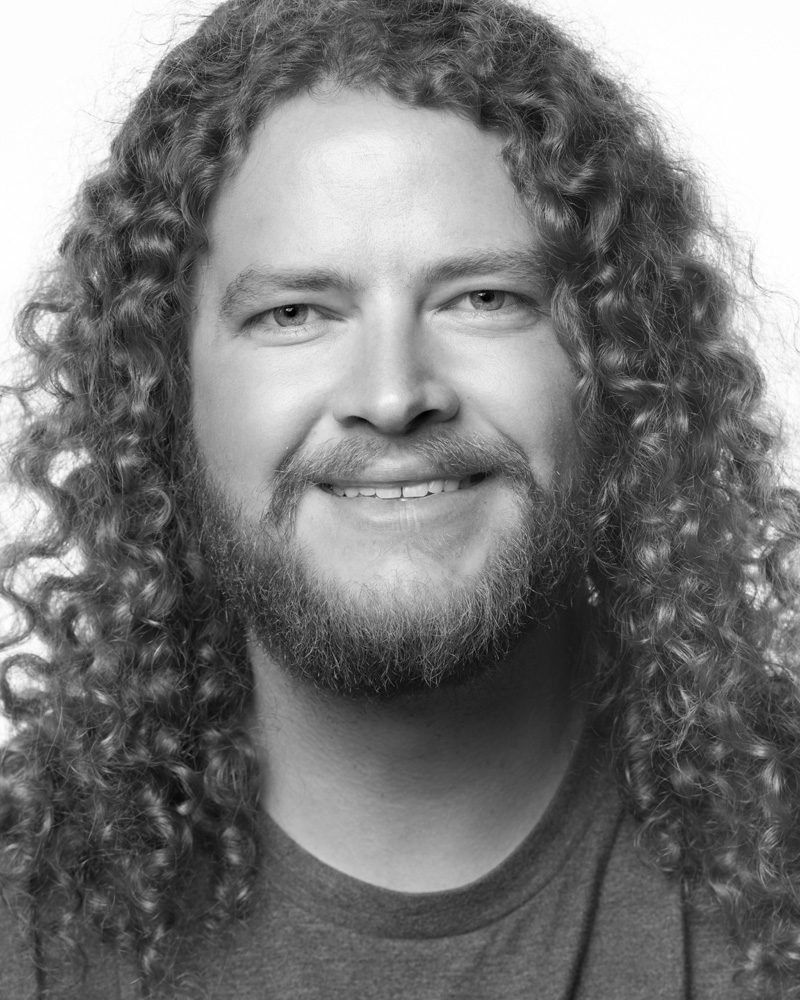
|
| United States | Kansas State University | Tim Bolton | United StatesKansas State UniversityTim BoltonMy colleagues probably don’t know that I’m a huge fan of classic country music. Modern country is just a variant of pop, but that classic country music from the ‘30s and ‘40s through the ‘60s and ‘70s, it’s this tear-jerking, soul-stirring music that’s really great. I have no musical talent, but I can cue up Hank Williams. Right now, I’m helping put together the Technical Design Report, this giant document that is basically the blueprint for building DUNE and necessary to move things forward – but a while back, I took two years out to go work for the Department of Energy. With my DOE badge, I had access to fascinating experiments around the world. That was cool. It was like a backstage pass to classic country music concerts. |
Tim Bolton
Kansas State University
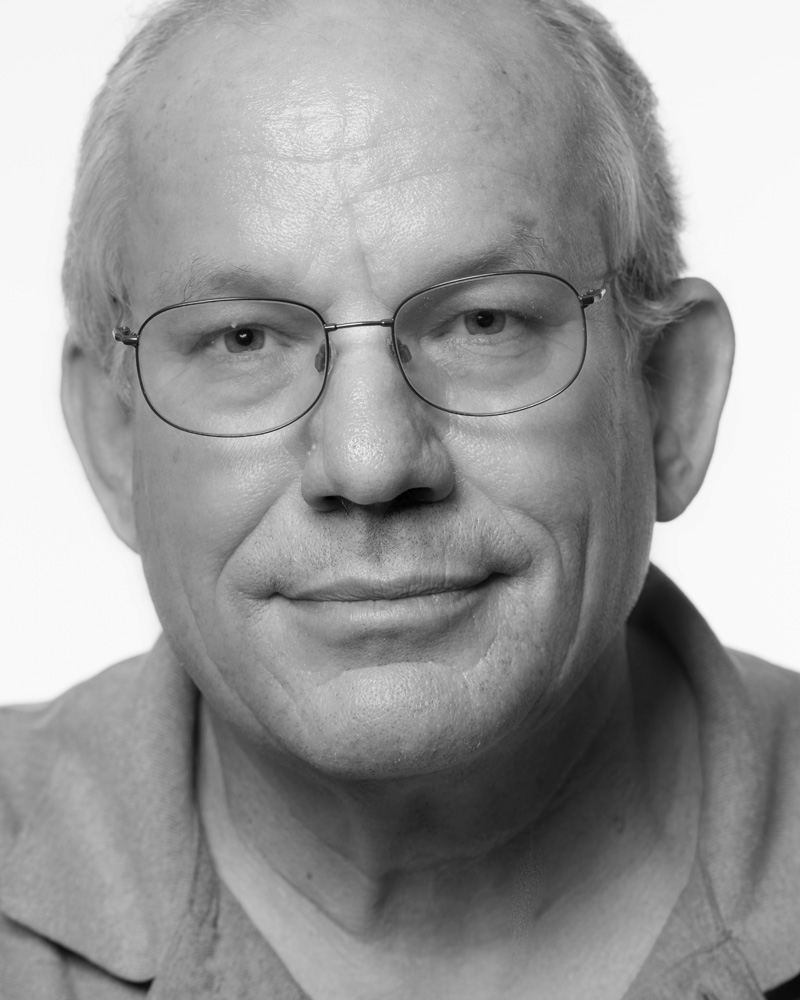
|
| United States | University of North Dakota | Timothy Young | United StatesUniversity of North DakotaTimothy YoungI’m really big into rocketry, like building really large, 15-foot-tall, solid-fuel rockets. Recently we formed a team of about 60 students, and we are determined to build a liquid-fuel rocket that is going to reach space. It’s a three-year project that we just started in January. I also direct professional development workshops for K-12 teachers on the physics, astronomy, and science of energy, and go into classrooms and museums to present planetarium shows. Now I am directing a Future City competition for North Dakota as part of a national competition. The response from teachers and kids to science and making engineering devices is pretty powerful. I hope these efforts will help students find a life-long affinity for science. For DUNE, I run numerical supernova simulations and test to what extent future supernovae will be detected. Explosions of stars, called Type-II supernovae, are thought to emit neutrinos. I’m also working with a group of researchers to develop a charged-particle tracking display for education purposes. We are making the analysis of particle tracks simpler so that teachers and students can better understand them. I like the breadth of things that you can do on DUNE. There are so many ways you can participate and be involved in such a big project. |
Timothy Young
University of North Dakota
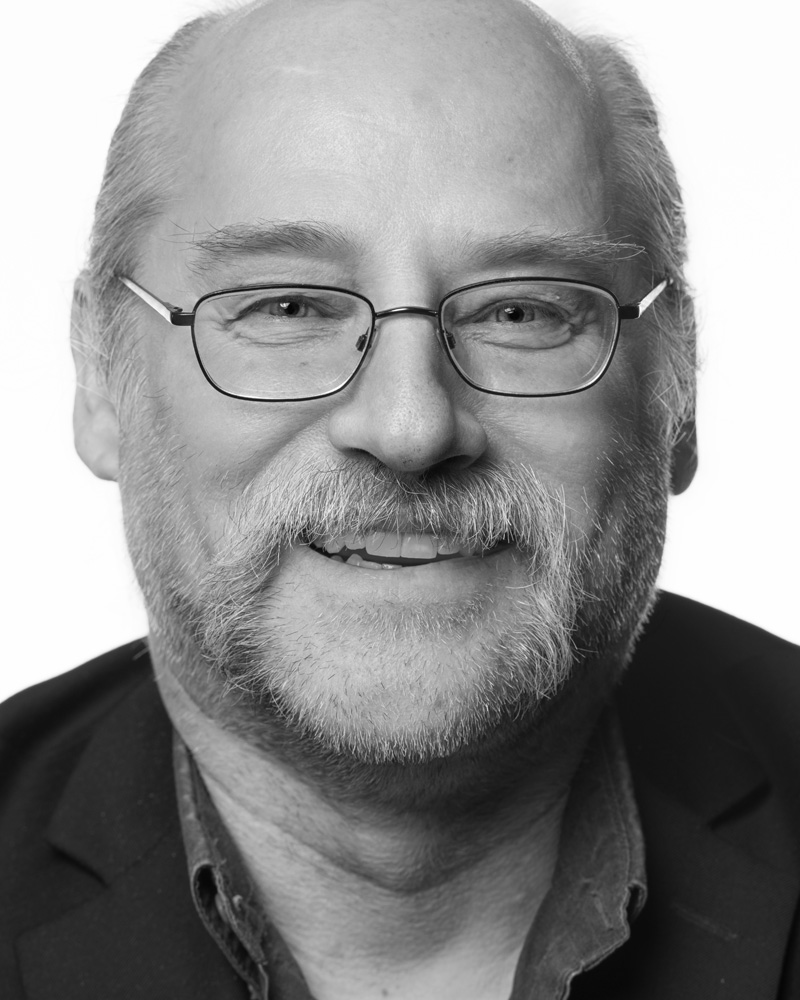
|
| United States | Fermilab | Tingjun Yang | United StatesFermilabTingjun YangI like to read detective novels because sometimes I feel my research is like solving a mystery. I feel that we can understand very fundamental things through physics, from the planets rotating to particles interacting with each other – that’s really amazing. When I went to Stanford to get my PhD in 2002, that was kind of the beginning of the neutrino era, when lots of interesting results were coming out of the neutrino experiments, so I became very interested. DUNE is the next generation of neutrino experiments. This detector has a much higher resolution, compared with previous detectors, so it can see the real details of the neutrino interactions, which we can learn a lot from. The technology is just amazing. |
|
| United States | Fermilab | Tom Junk | United StatesFermilabTom JunkI guess I became a physicist because it was fun. Even beginners and underdogs and newbies can be right – and prove that they’re right. People have to listen to them because they listen to the data. I get to work with a lot of smart, capable people. Neutrino oscillations may have one of the last bits of particle physics that we don’t know yet and can reach. I used to work on CDF and OPAL, and we’ve learned a lot of things from particle colliders. Now we get to see what neutrinos have to show us. We have to build gigantic detectors and work very hard to calibrate them and understand how neutrinos interact with them. It’s nature we’re after. |
|
| United States | Fermilab | Vaia Papadimitriou | United StatesFermilabVaia PapadimitriouDuring college and at the beginning of my graduate studies, I was interested in solid-state physics, which focused more on how materials worked and how we could use their properties to build powerful devices. For my Ph.D. thesis, I switched to particle physics, which is fundamental physics. It’s more philosophical in that we are trying to understand the building blocks of matter, the forces in nature, how the world was created, and why things happen the way they do. In the course of studying that, we are practically exploring and advancing many other areas. For example, the World Wide Web and MRI machines started in particle physics. DUNE is amazing because we can study many neutrino oscillation-related aspects all in the same experiment. We don’t have to depend on other experiments. We can study the neutrino mass ordering, we can study CP violation, we can study the three-flavor neutrino oscillation paradigm – all in one. |
Vaia Papadimitriou
Fermilab
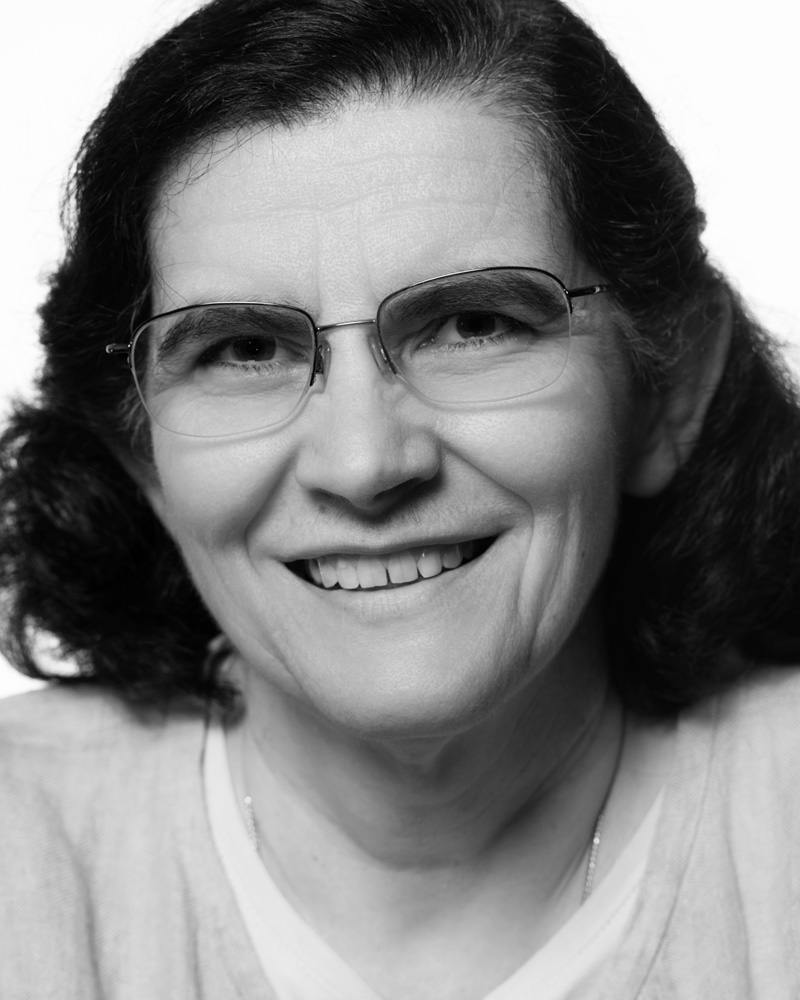
|
| United States | Kansas State University | Varuna Meddage | United StatesKansas State UniversityVaruna MeddageI don’t think my colleagues would guess this about me, but I am actually a nature-lover. I love hiking. When I went to the DUNE collaboration last year at CERN in Switzerland, I went hiking in the Alps, and it was so beautiful. I also play sports a lot. My favorite is cricket. I was on a team back home in Sri Lanka, but it’s not very popular in the United States, so I definitely miss it. I enjoy math, and as a kid, I originally wanted to be a mathematician. But at university I learned more about physics and found that it was the perfect combination of math and science. Another thing I like about physics, and DUNE, is using novel technologies. I have the opportunity to observe and solve problems with technology that no one else has used before. |
Varuna Meddage
Kansas State University
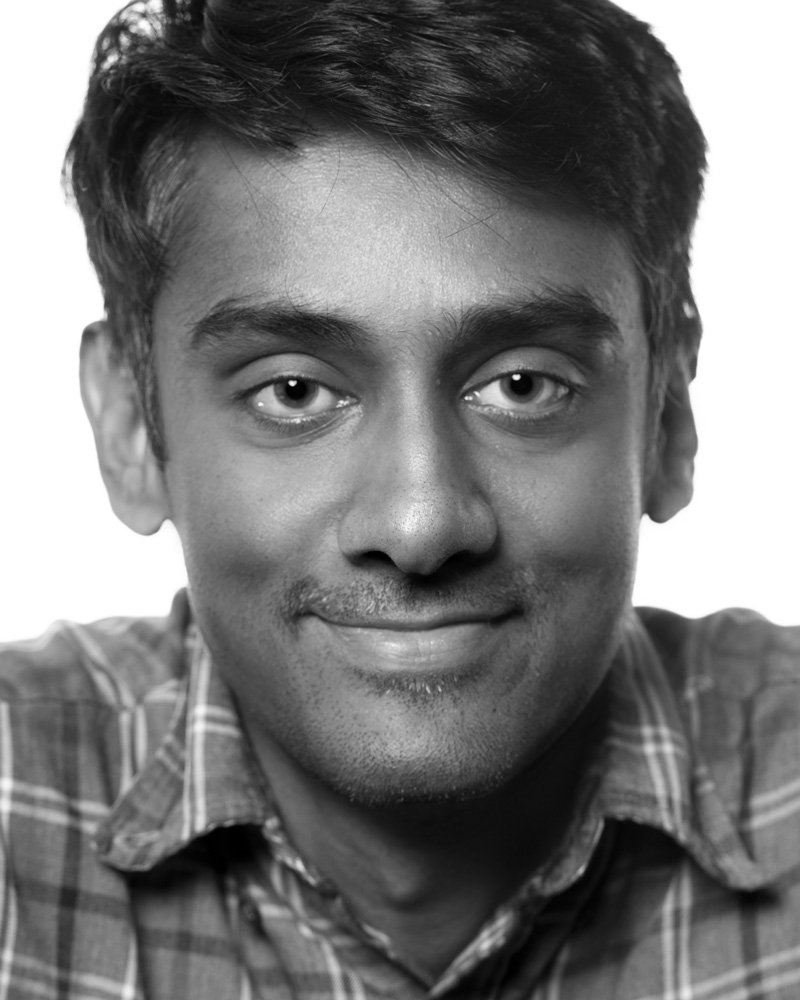
|
| United Kingdom | University of Sheffield | Viktor Pěč | United KingdomUniversity of SheffieldViktor PěčAs a kid, I liked math and physics because they both follow a basic set of rules and logic. I decided to do physics because it was trying to answer the fundamental questions about the world we live in, and it also offered more hands-on work experience. Joining DUNE was a transition from my previous project with about 100 collaborators to a project with more than a thousand, which offers even broader possibility of interaction and personal development. Also, the designs are completely different. I like DUNE’s physical and technological ambitions in pushing the frontiers further. I started working with the proton decay search group, but I also look forward to joining the efforts of the far-detector calibration group.
When I’m not working on physics, I play basketball, which has been my hobby for most of my life. I also started climbing. That happened around the time I was moving from the Czech Republic to Sheffield, which is coincidentally considered the center of climbing in England. I have also found some time to learn swing dancing, which was something I always wanted to do. |
Viktor Pěč
University of Sheffield
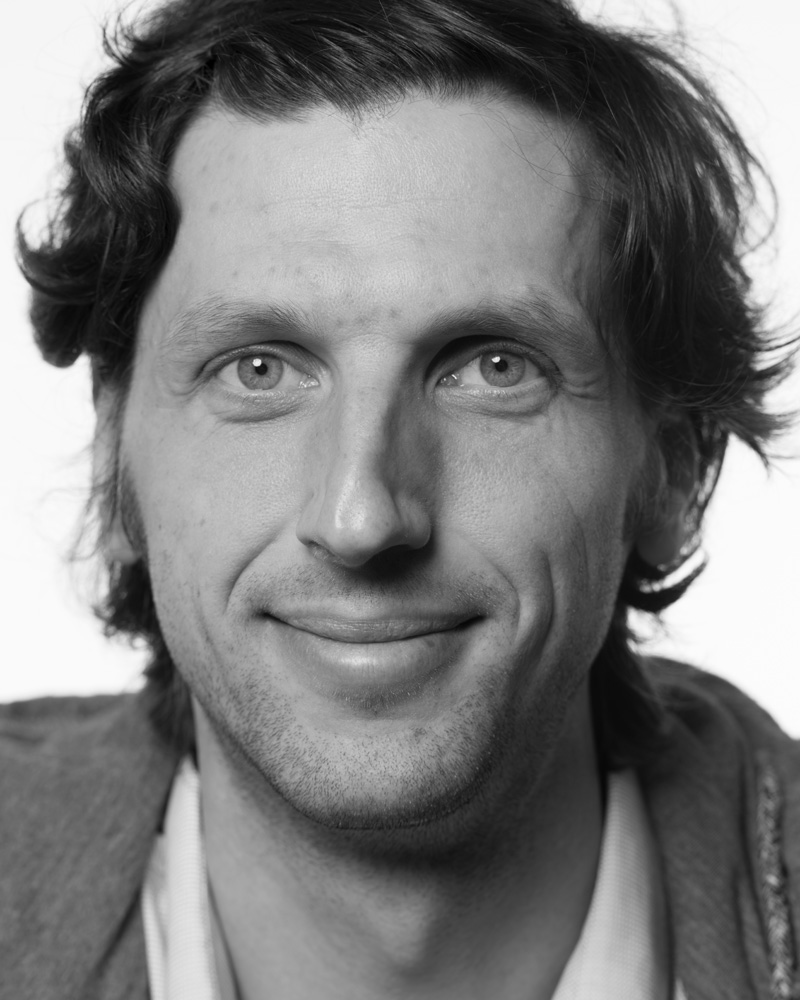
|
| United States | Fermilab | Wanwei Wu | United StatesFermilabWanwei WuI'm a person who keeps dreaming and holds dreams as a child. I love physics, literature, and my garden. I play badminton and like to do some programming for fun. Neutrino physics exhibits this amazing and brilliant capacity to explore the mysteries of the universe. This really attracts me. On DUNE, I'm working on liquid-argon time projection chamber event reconstruction. When I was young, I dreamed of being a mathematician instead of studying physics. But physics is more intriguing - and I can still keep learning math while exploring the nature and beauty of our universe. |
|
| United States | Brookhaven National Laboratory | Xin Qian | United StatesBrookhaven National LaboratoryXin QianWhen I was young, I was really inspired by a biography of Albert Einstein. At that point, I didn’t fully understand it, but I was fascinated by the fact that we could understand nature just through logic and thinking. Early in my career, I was making my way toward becoming a theoretical physicist, but I found myself more drawn to technology and experimental technique. For DUNE, I work on event reconstruction and detector optimization. The liquid-argon time projection chamber technology we’re working on is very innovative and challenging. The primary physics goal of DUNE could be the next major discovery of neutrino physics. It’s an open field, one where you can make your mark. I think that’s one of the reasons I’m interested in this. I only started working on liquid argon about four or five years ago. Before that I knew almost nothing about this technology and now I’m a semi-expert. It just goes to show that if you’re interested in something and spend time on it, you can become an expert. |
Xin Qian
Brookhaven National Laboratory
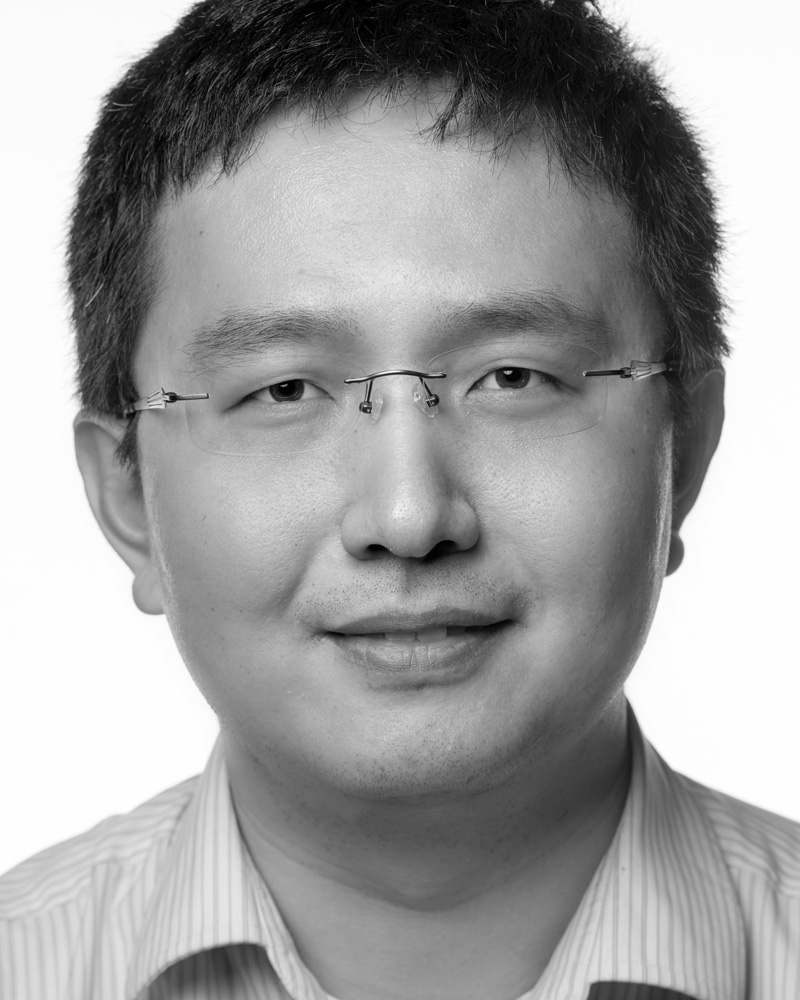
|
| United States | SLAC National Accelerator Laboratory | Yun-Tse Tsai | United StatesSLAC National Accelerator LaboratoryYun-Tse TsaiI feel amazed and inspired to see how people explore and advance our knowledge from what we know into what we didn’t know. When I was a kid in Taiwan, I knew I wanted to be a scientist, but at that time I probably had the wrong idea of what a scientist did. I thought they would try to figure out new knowledge, but I didn’t know so much about research. I learned how to be a scientist during my PhD working on collider experiments, and later switched to neutrino physics. Currently I’m working on some studies for physics beyond the Standard Model using DUNE, the fancy neutrino detector that will have unprecedented precision and capability to characterize the activity inside the detector. I’m positive that we will see something new using the detector, because it’s more powerful than previous detectors to these unknown things we’re looking for. Those unknowns are what excite and motivate me. |
Yun-Tse Tsai
SLAC National Accelerator Laboratory
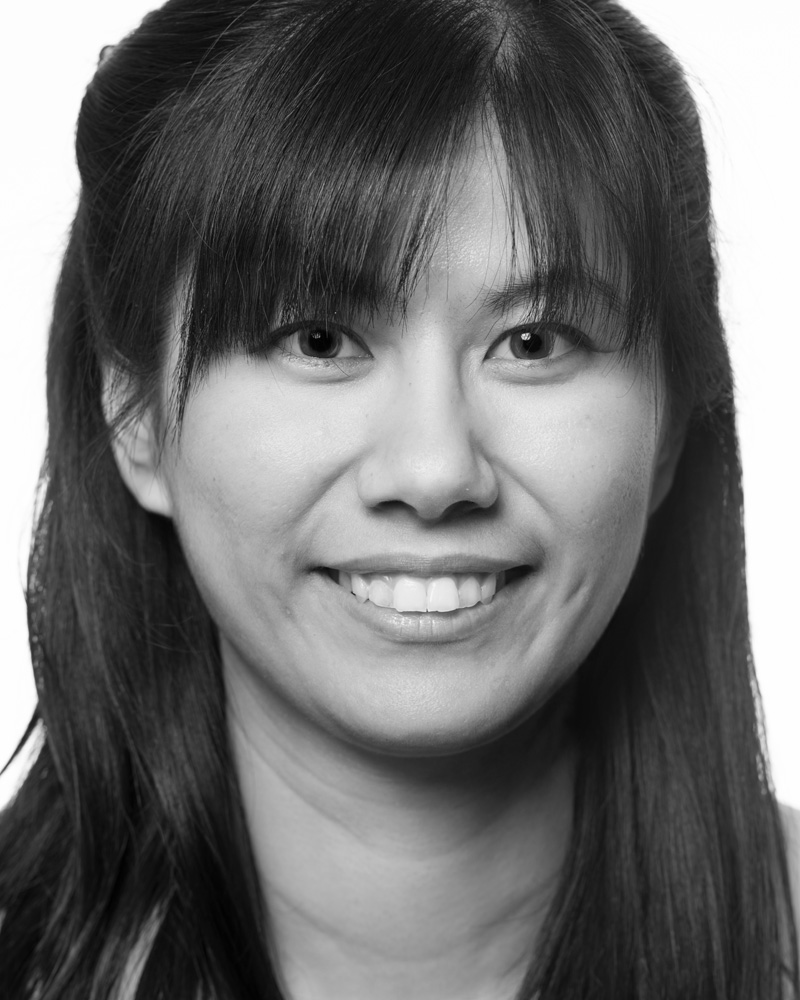
|
| United States | Fermilab | Zarko Pavlovic | United StatesFermilabZarko PavlovicOften times before going to sleep, my 9-year-old asks me to tell him something interesting. While I try to tell him about various fantastic things about our world and universe, it always feels amazing to be able to draw from the work we are doing here – the exciting technologies we are using, the fundamental physics we are exploring. Ever since I was a kid, I always loved math and science, and I wanted to understand how nature works. Going down to fundamentals naturally led me to physics. I am working on understanding and characterizing the neutrino beam that we will aim at the DUNE detectors. I enjoy working with brilliant people from around the world building the experiment that will make some of the most exciting and important physics measurements over the coming decades. |
|
| United States | Argonne National Laboratory | Zelimir Djurcic | United StatesArgonne National LaboratoryZelimir DjurcicWith our improved knowledge of how neutrinos behave, it is now possible to plan on using neutrinos as a tool to help understand why the universe is built from matter rather than antimatter. This is tied to the question of neutrino CP violation. I've been heavily involved with the development of ProtoDUNE at CERN and with its data analysis to show that DUNE will work smoothly. My research plan is to dedicate myself to the searches for physics beyond the Standard Model already in place at Argonne, where I currently work, and elsewhere. There is also the question of whether the neutrino is its own antiparticle. In the future my research could extend into tests of the nature of neutrinos. Maybe I'll do something else in the future, like science policy or teaching. But I'm still excited about these measurements in neutrino science. For now I don't want to do anything else. |
Zelimir Djurcic
Argonne National Laboratory
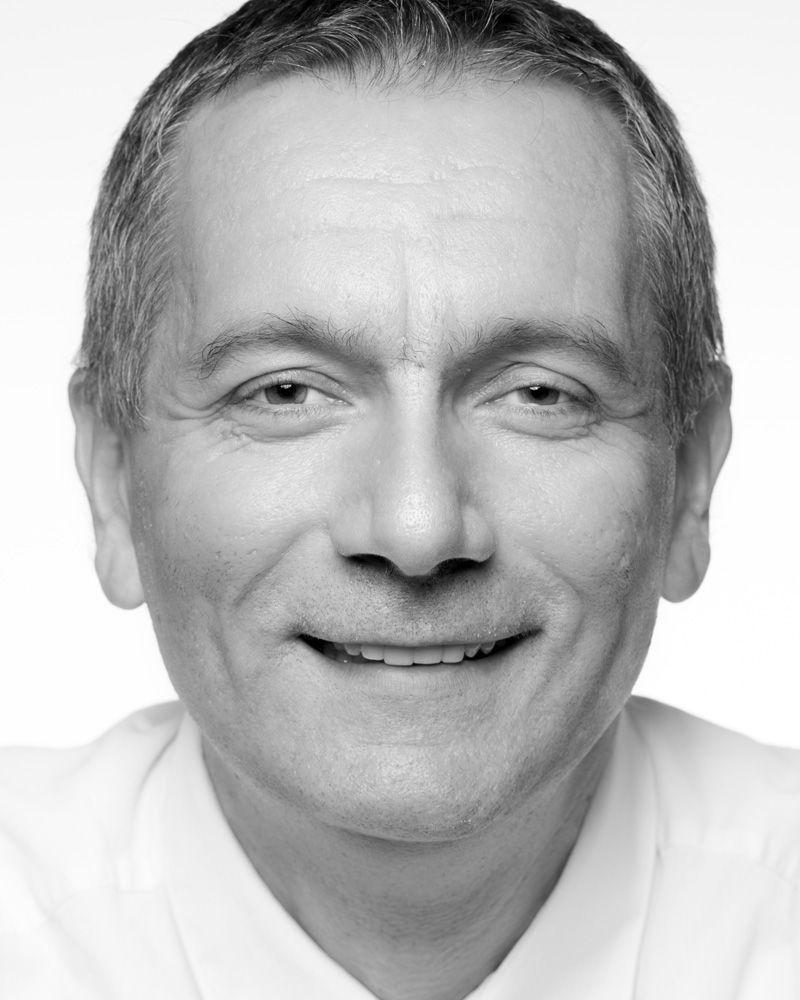
|




















